Over the course of five days, we saw Hong Kong with fresh eyes, beyond the typical tourist destinations and explored some of the most fascinating sights and experiences, from cultural discoveries and nature escapes, to culinary adventures.
The invitation was as intriguing as the daily itinerary because the trip was designed to present new surprises every day. Beyond the usual and expected destinations, Hong Kong Tourism Board (HKTB) wished to offer another side of Hong Kong we have never experienced before. Indeed, a huge part of the fun was in not knowing exactly what was in store until the last minute. Admittedly, this arrangement would pose a challenge for those who prefer to know their everyday activities ahead of time. On the up side, the surprises allowed one to reconnect with their inner child and to be fully present in the moment. It was a much appreciated luxury to indulge in over the next five days, as we experienced Asia’s World City less like a tourist and more like a traveler.

Upon arrival, we were offered some much appreciated down time at Cordis Hong Kong, a contemporary luxury five-star hotel right at the heart of bustling Mongkok. Immediately, one would admire the numerous artworks adorning various areas of the hotel. The collection is worth more than HK$35 million, featuring over 1,500 pieces of contemporary Chinese art by renowned artists such as Wang Guangyi, Yue Minjun, and Jiang Shuo.
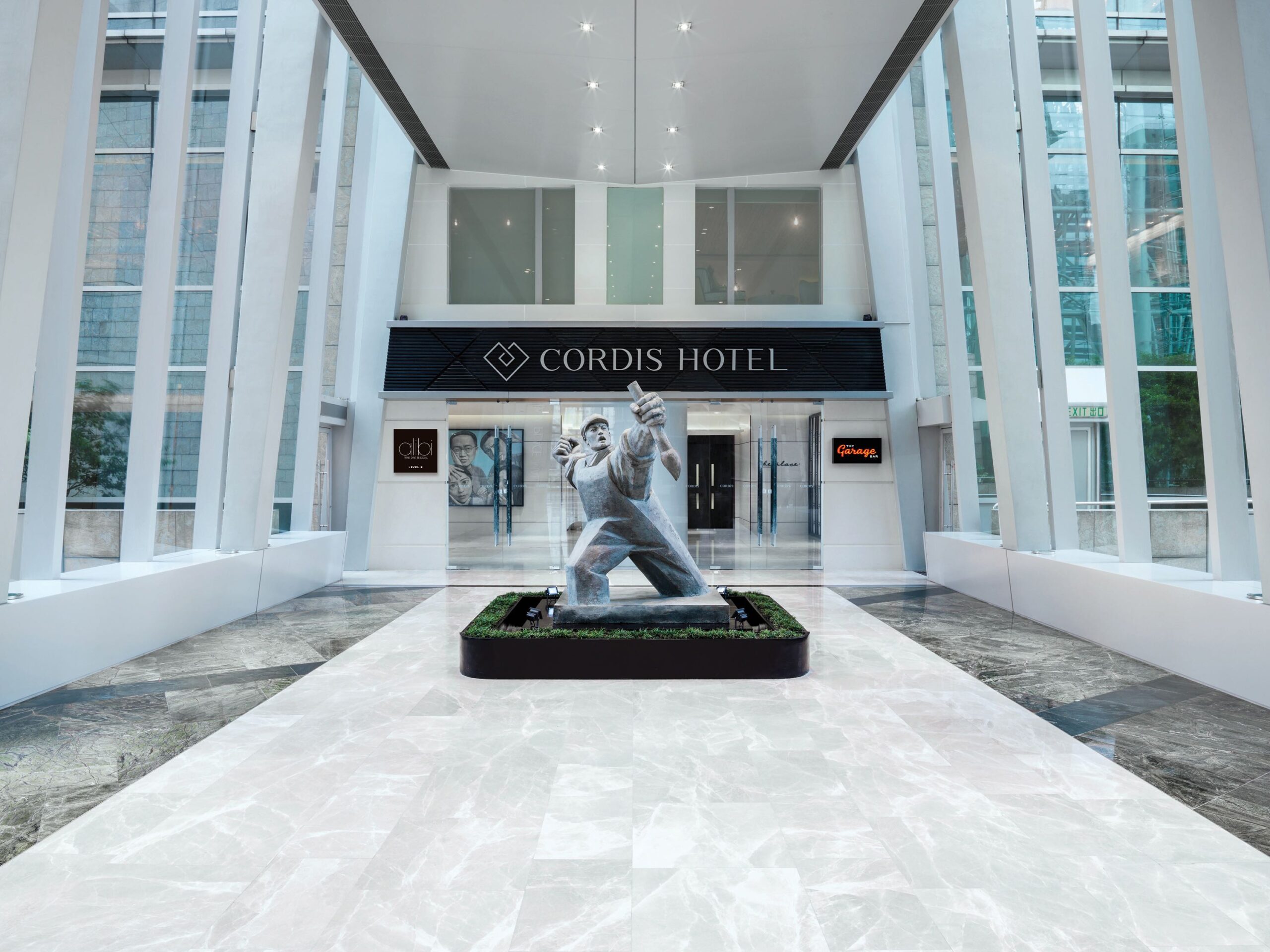
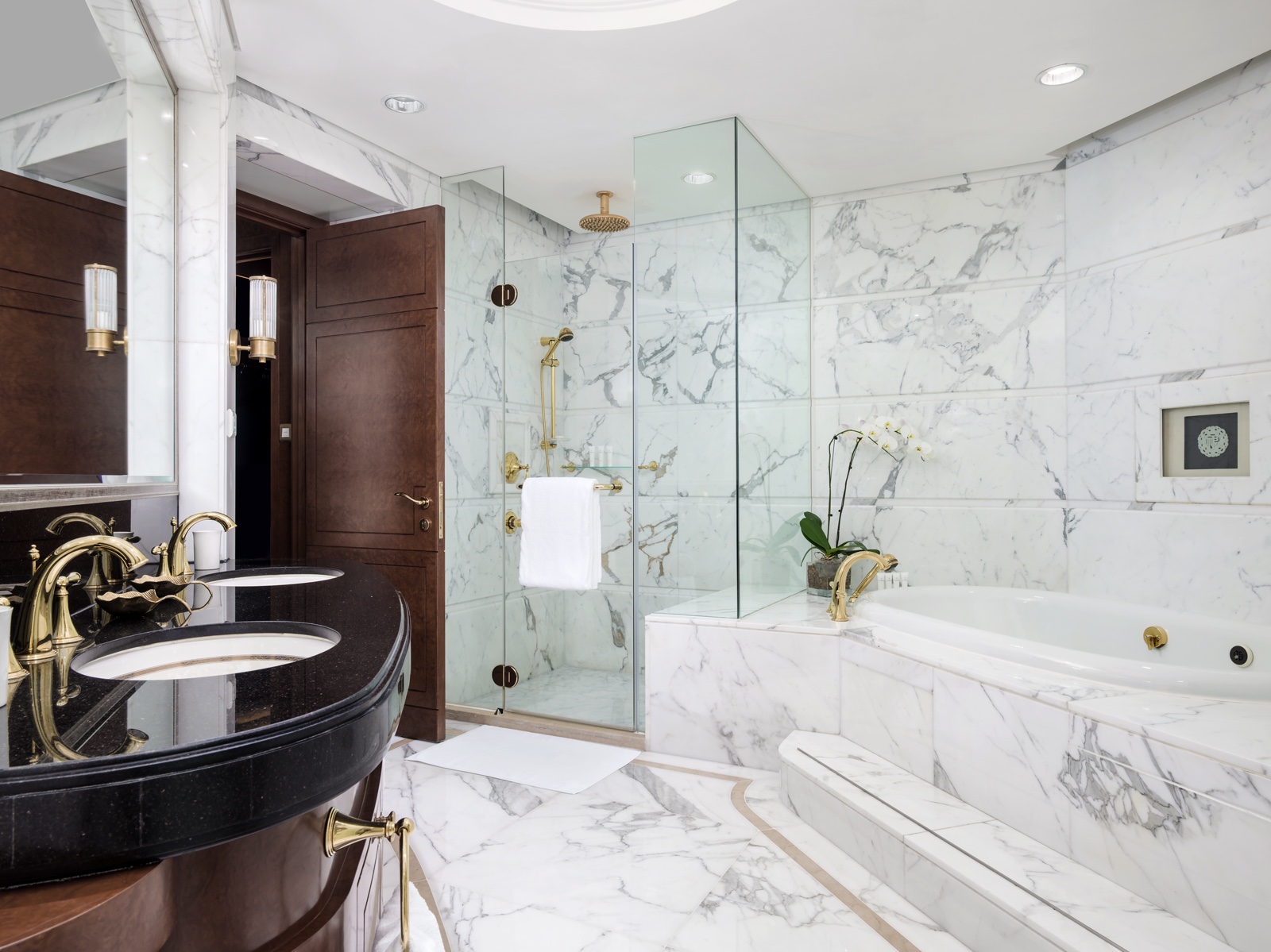
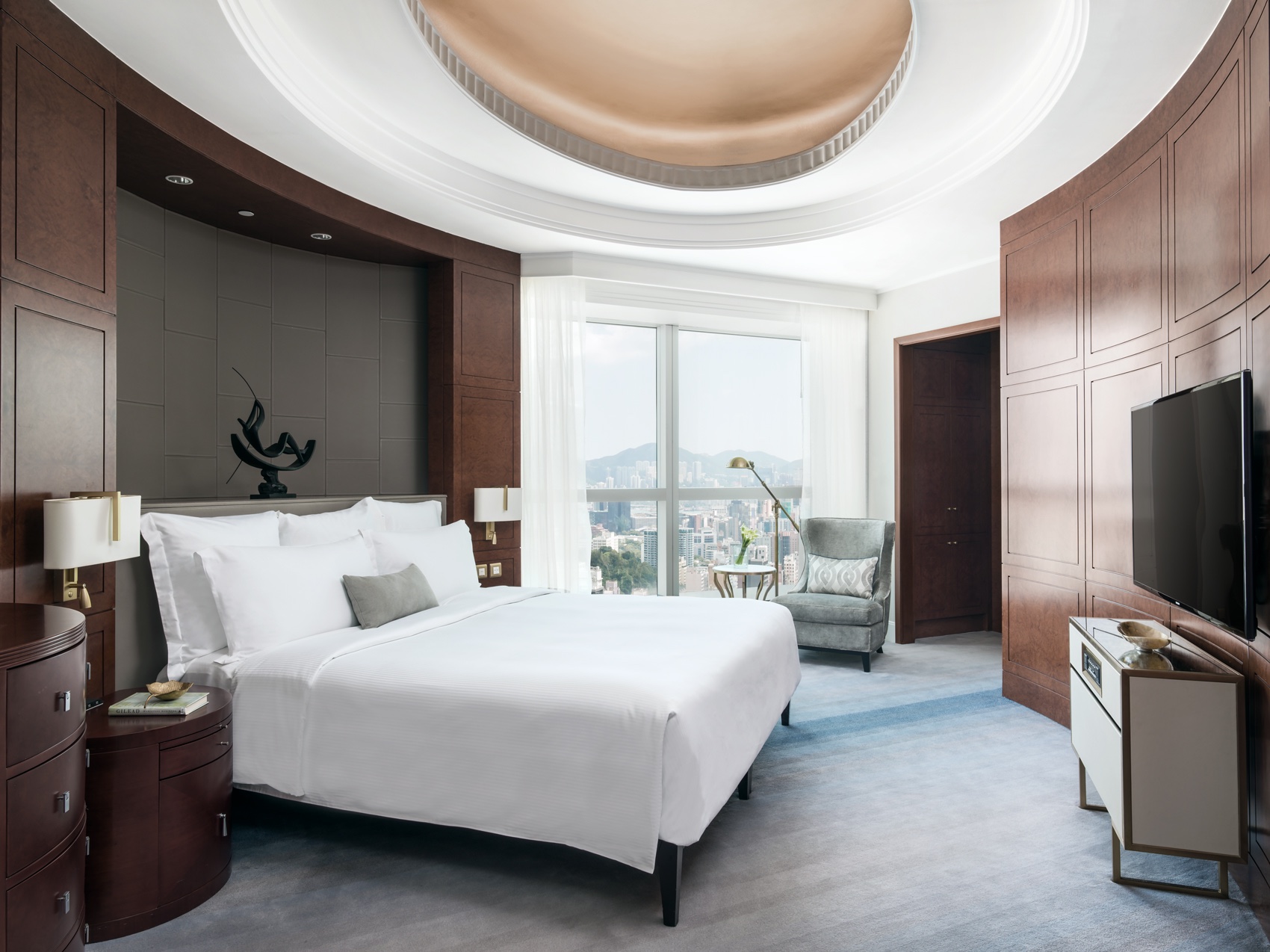
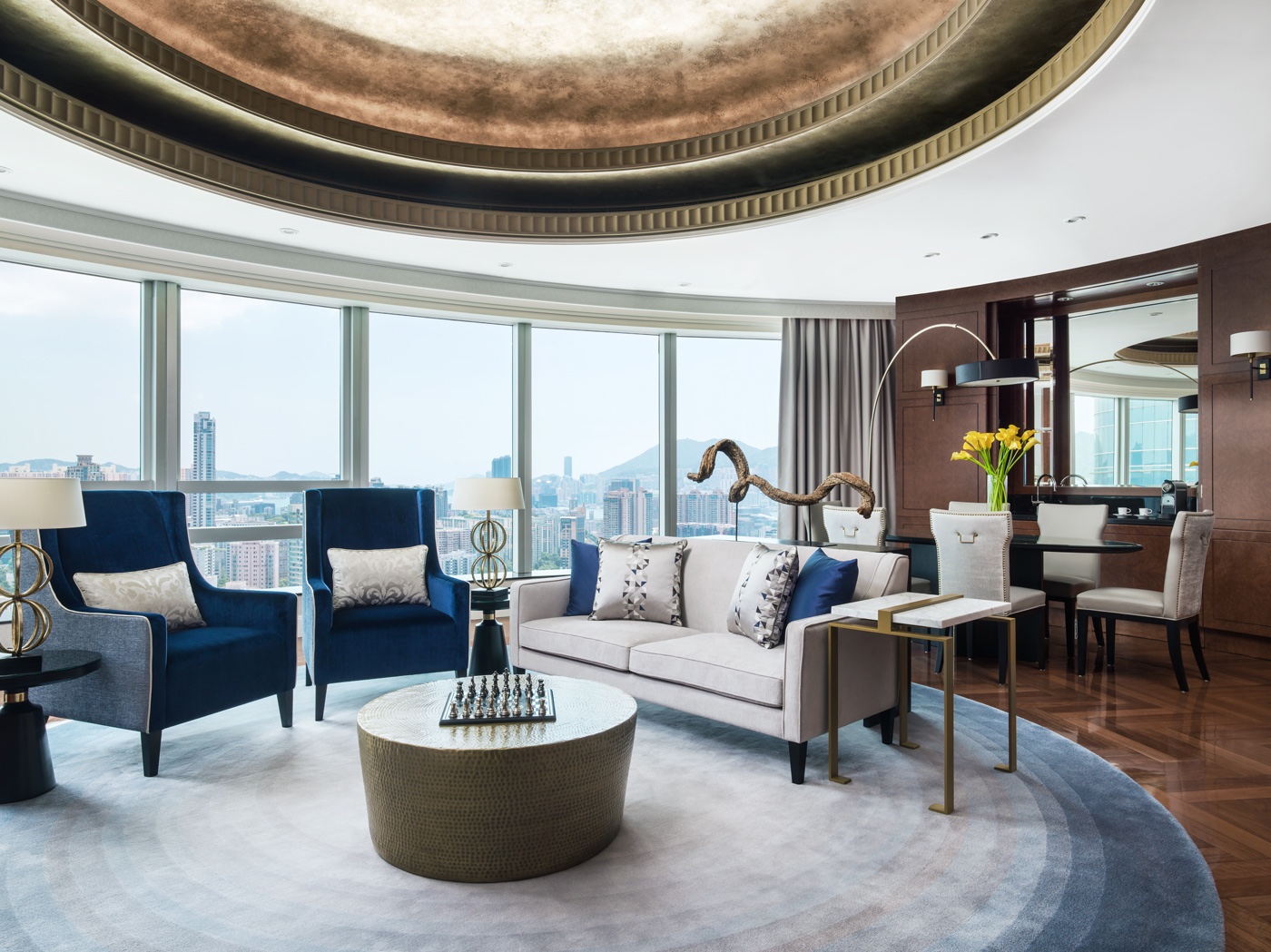
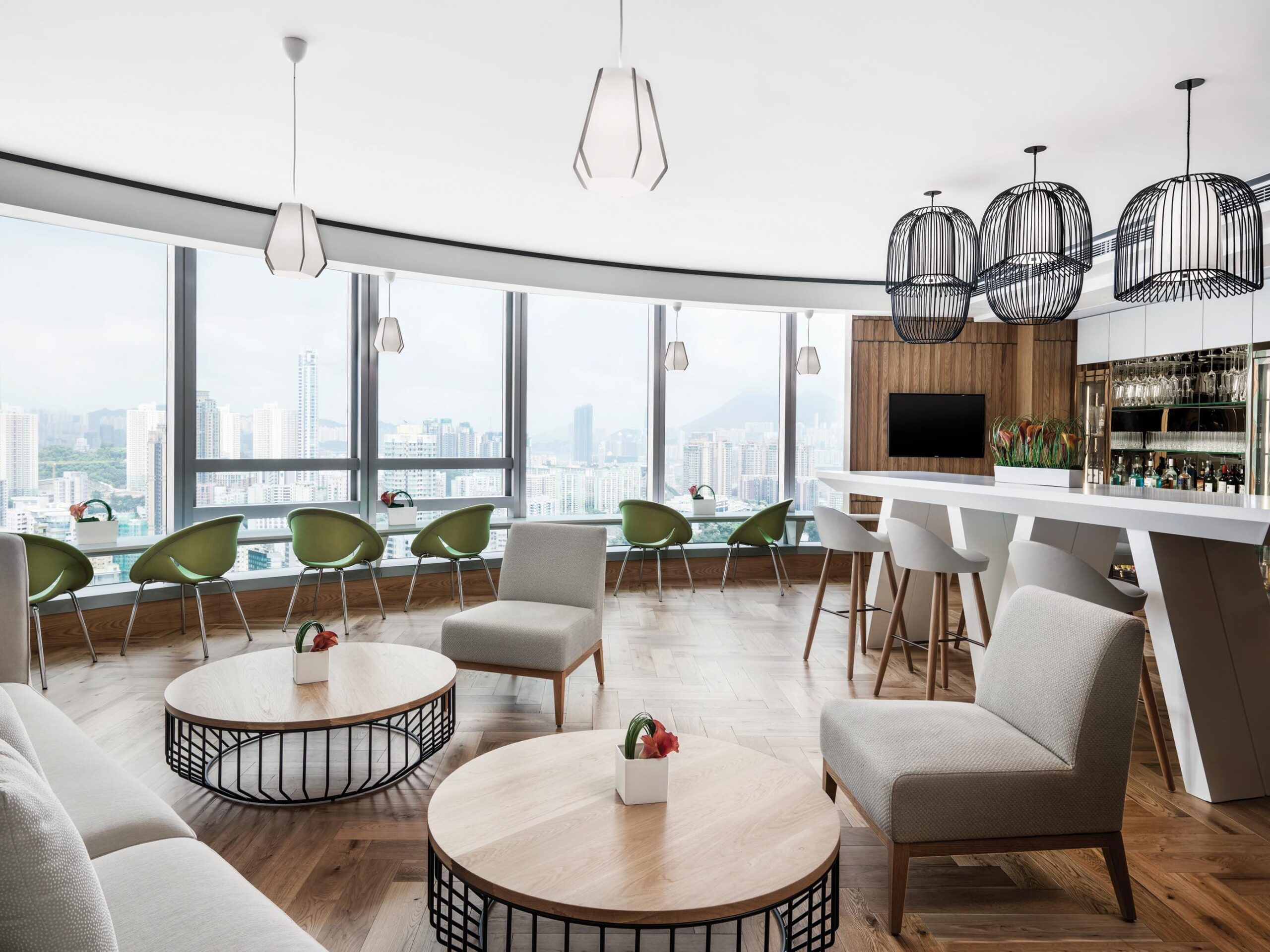
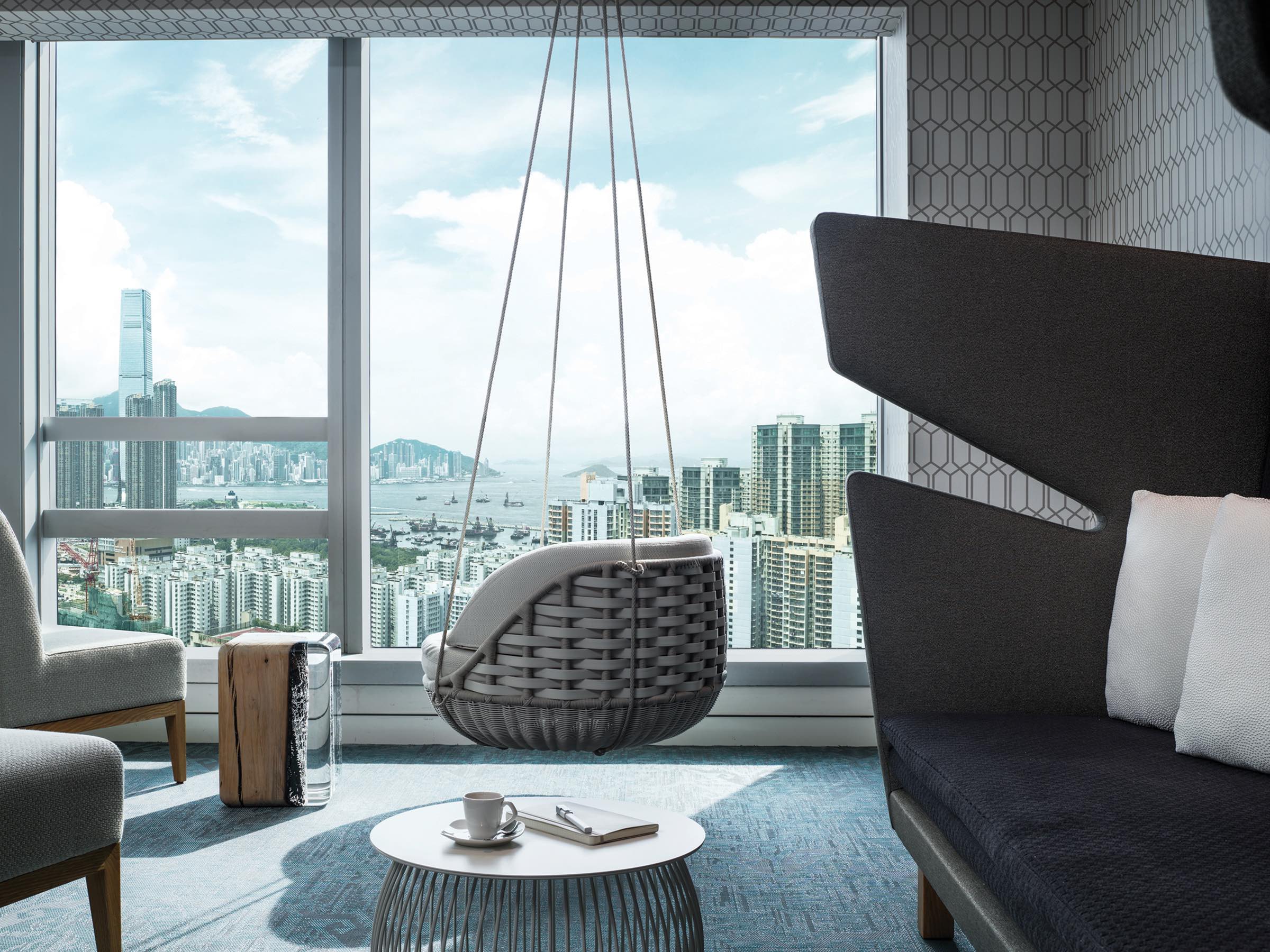
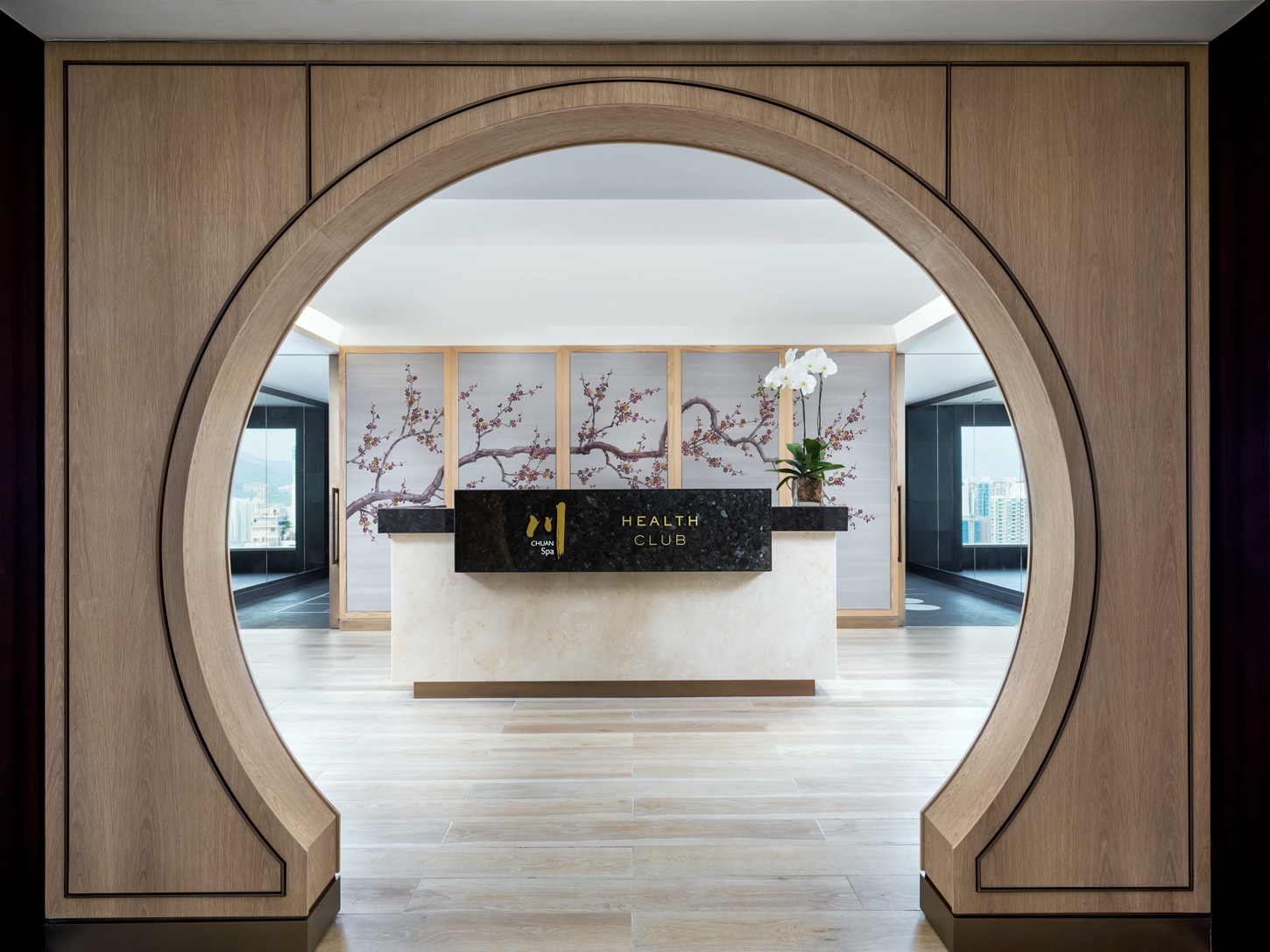
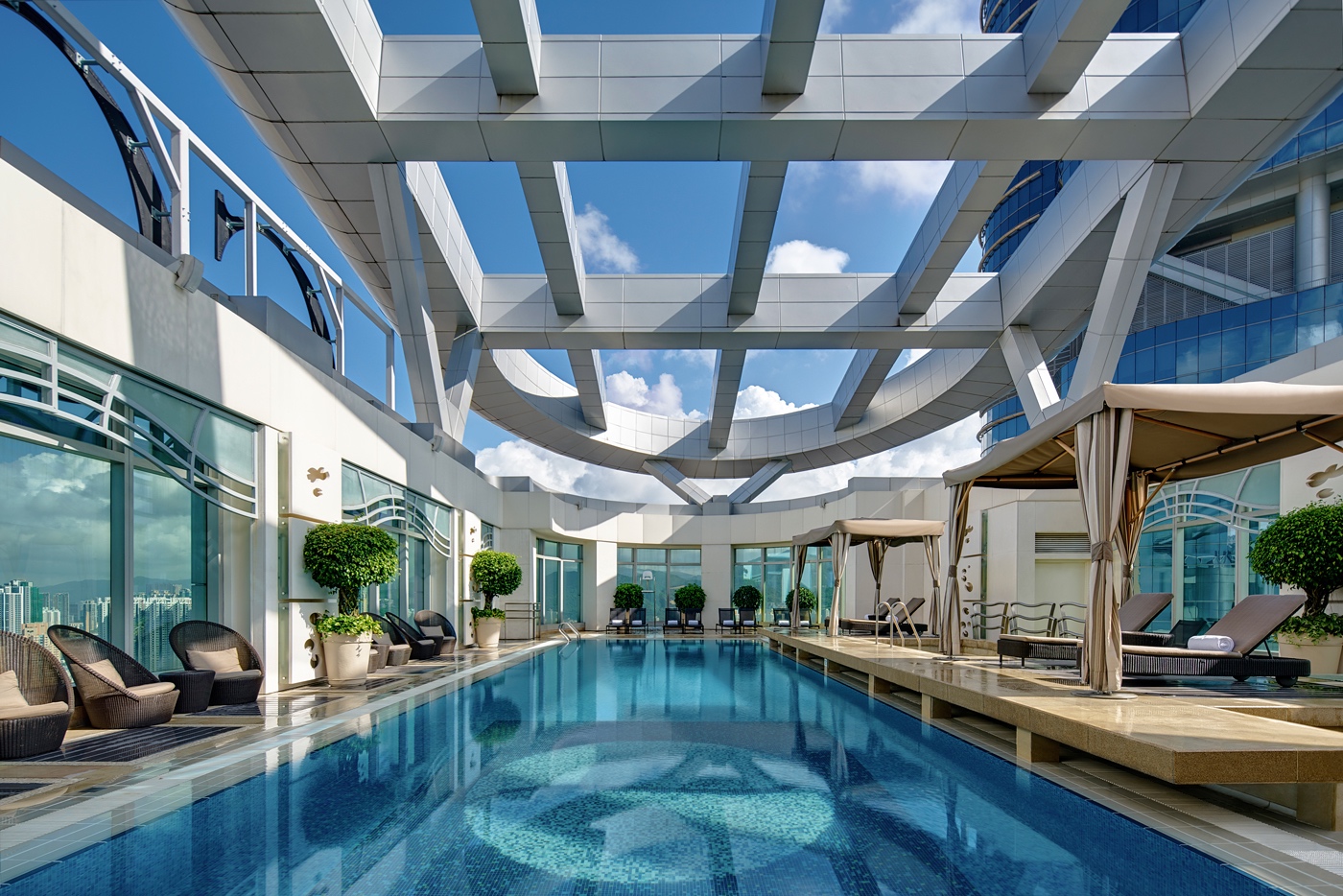
From top to bottom, left to right: Chairman Suite Bathroom, Chairman Suite Bedroom, Chairman Suite; Club Lounge on the 36th Floor and Relaxation Area at the Club Lounge; Chuan Spa and Health Club Reception and Rooftop Swimming Pool
The Club Lounge on the 36th floor served as a peaceful sanctuary for breakfast, afternoon tea, and evening cocktails. Picturesque views of the city created a serene escape from the busy streets below, a prelude to the warm welcome of the cozy room awaiting us, with its promise of a restful night’s sleep.
CULTURAL DISCOVERIES
Tsz Shan Monastery
A beautiful way to begin our hidden gems journey was by embracing mindfulness at Tsz Shan Monastery Buddhist Art Museum.

It was Mr. Li Ka-shing’s idea to develop the Tsz Shan Monastery Buddhist Art Museum. As a youngster, Mr. Li was influenced by his elders and developed a life-long affinity with Buddhism. His purpose in building the Monastery as an institute of Buddhist practice and learning was to provide a place for quiet contemplation and purification, as well as to foster a culture of sharing and giving. Mr. Li’s Foundation has contributed more than HK$3.4 billion for the land acquisition, construction, and operating expenses. The Monastery’s planning and construction began in 2003 and was completed after more than 10 years. It was established for the preservation of the inheritance of the Dharma preached by Śakyamuni Buddha and has been open to the public since April 2015.
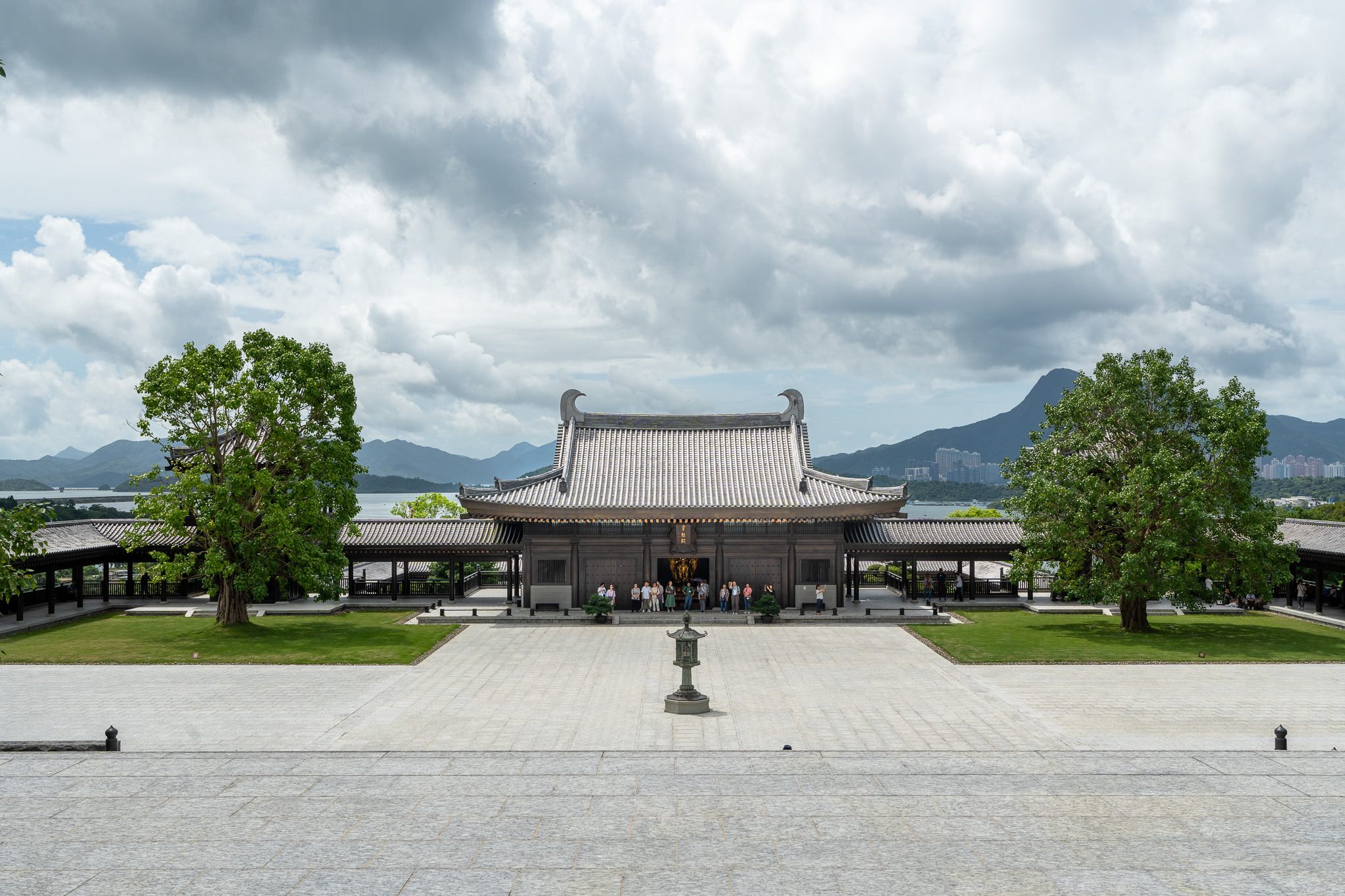
Just like Buddhism, a key element of the Monastery’s design is its connection with nature, featuring manicured gardens and numerous varieties of indigenous trees, creating spaces that are conducive to reflection and meditation. One would observe the presence of three grounding colors throughout the Monastery: green, brown, and gray.
Charles Au, executive officer of the Tsz Shan Institute, shared that the teaching of Buddhism is always about trying to ask everyone to reflect upon our limitation of thinking, why we have such preferences (in reference to our human nature of preferring, for instance, hot coffee over warm coffee). He added that Buddhism is about liberation…while asking, liberation from what? Perhaps, liberation from suffering that is caused by negative emotions and thoughts. It’s about transcending life and death, so that we don’t have to come back again through reincarnation.
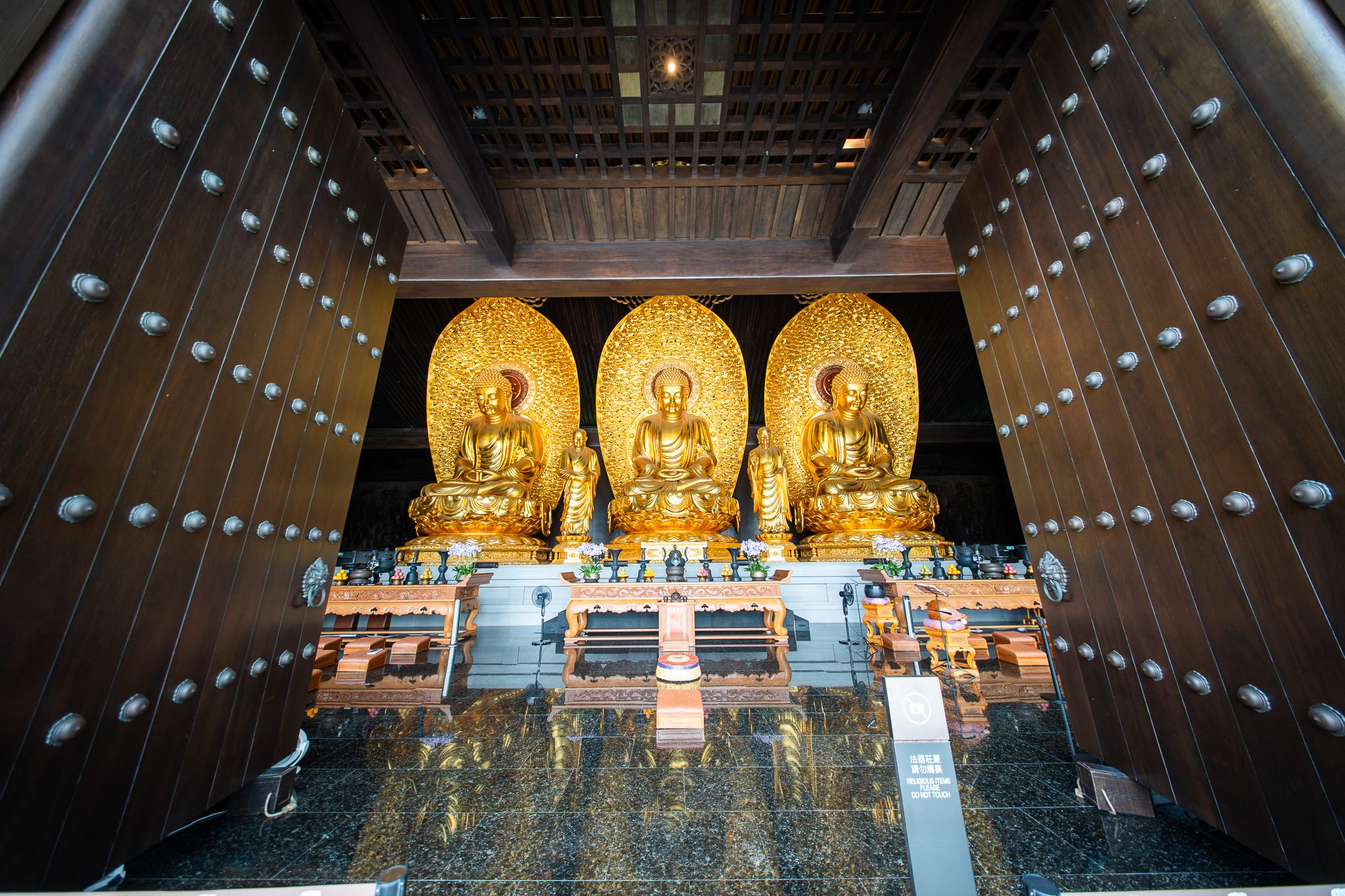

Charles elaborates, “In Buddhism everything just happens… there’s no so-called good or bad. The heat itself doesn’t create any good or bad [in reference to the hot weather during the visit], it’s our mind that creates the duality of thinking. Buddhism is a tool to help us reflect upon this kind of mindset to try to liberate ourselves from limitations.” With a lighthearted quip, Charles welcomed the group, saying, “Feel free to drop your mental baggages here and let’s enter a transformation of liberation.”
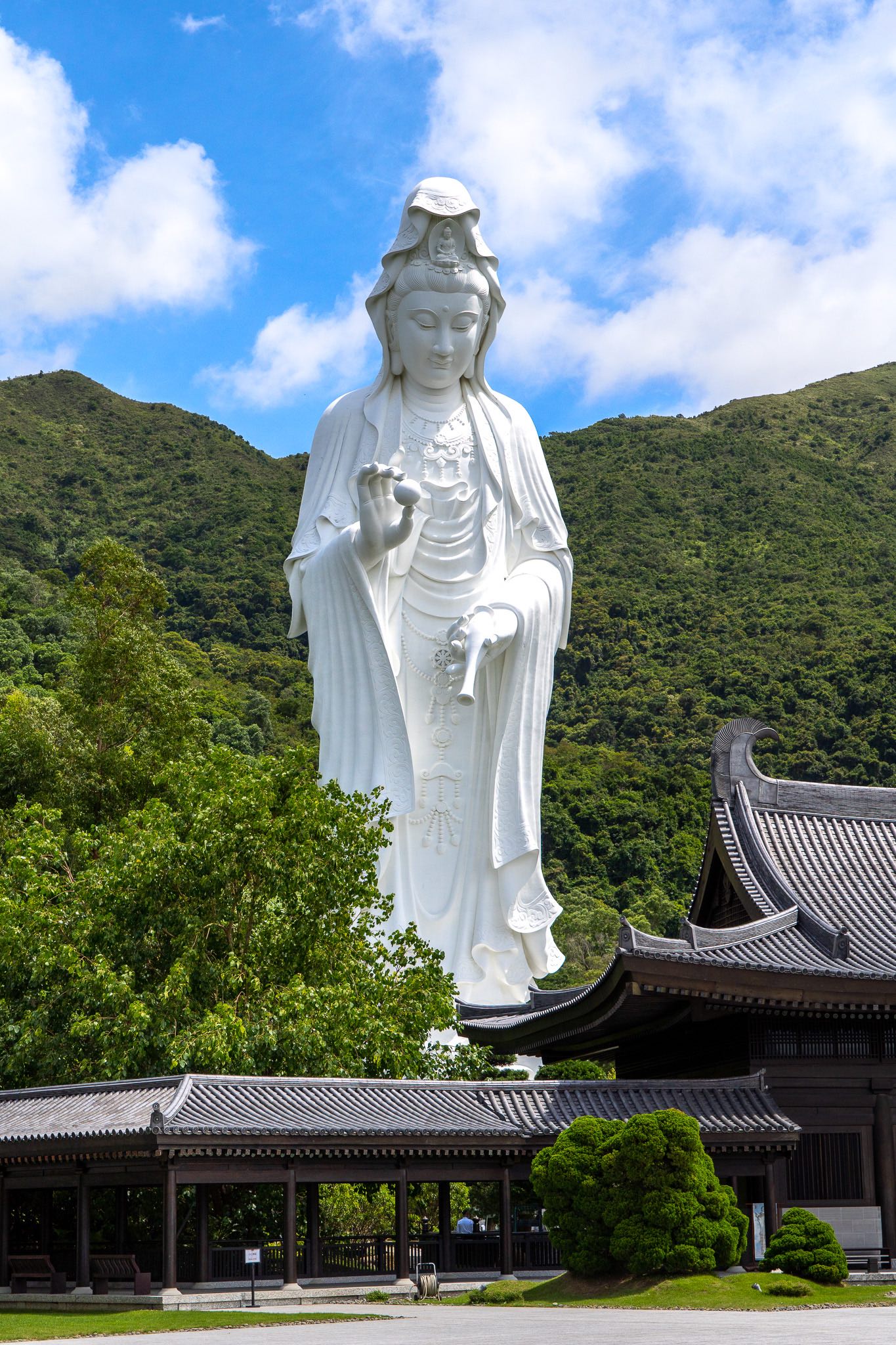

And what a transformation it was. Being in the monastery felt like hitting a reset button, a sacred pause from our usual hurried lives. One of the highlights of the visit was experiencing the meaningful Water Offering. A slow and purposeful practice, one fills a wooden bowl with water before walking along the Compassion Path, after which the water is poured into the Thousand Wishes Pond. Beyond a unique and peaceful practice, the Water Offering is a memorable inner journey of love and compassion for others and the self.
Read the website to learn how to register for a visit to the Tsz Shan Monastery, as well as to understand the guidelines on the dress code.
Sha Tau Kok Border Town
It is rumored that this beautiful border town’s name, Sha Tau Kok, came from a poem which goes:
The sun rises from the beach (“Sha Tau”)
The moon hangs above the cape (“Kok”)
Legend says that a Qing dynasty minister had written these verses after being captivated by the spectacular views while on an inspection visit in Guangdong Coast.
It was only in June 2022 when phase one of the opening of Sha Tau Kok began, followed by phase two in January of this year. Sha Tau Kok, located in Hong Kong’s North District and right beside Shenzhen’s Yantian District, China, was in fact designated as part of the Frontier Closed Area as far back as 1951. It continues to open gradually, but is still only accessible to those with a closed area permit. It’s good to keep in mind that individual travelers must enter Sha Tau Kok by public transport, as private cars are not permitted.
Here’s where to find information on bus services traveling to and from the beautiful border town of Sha Tau Kok.

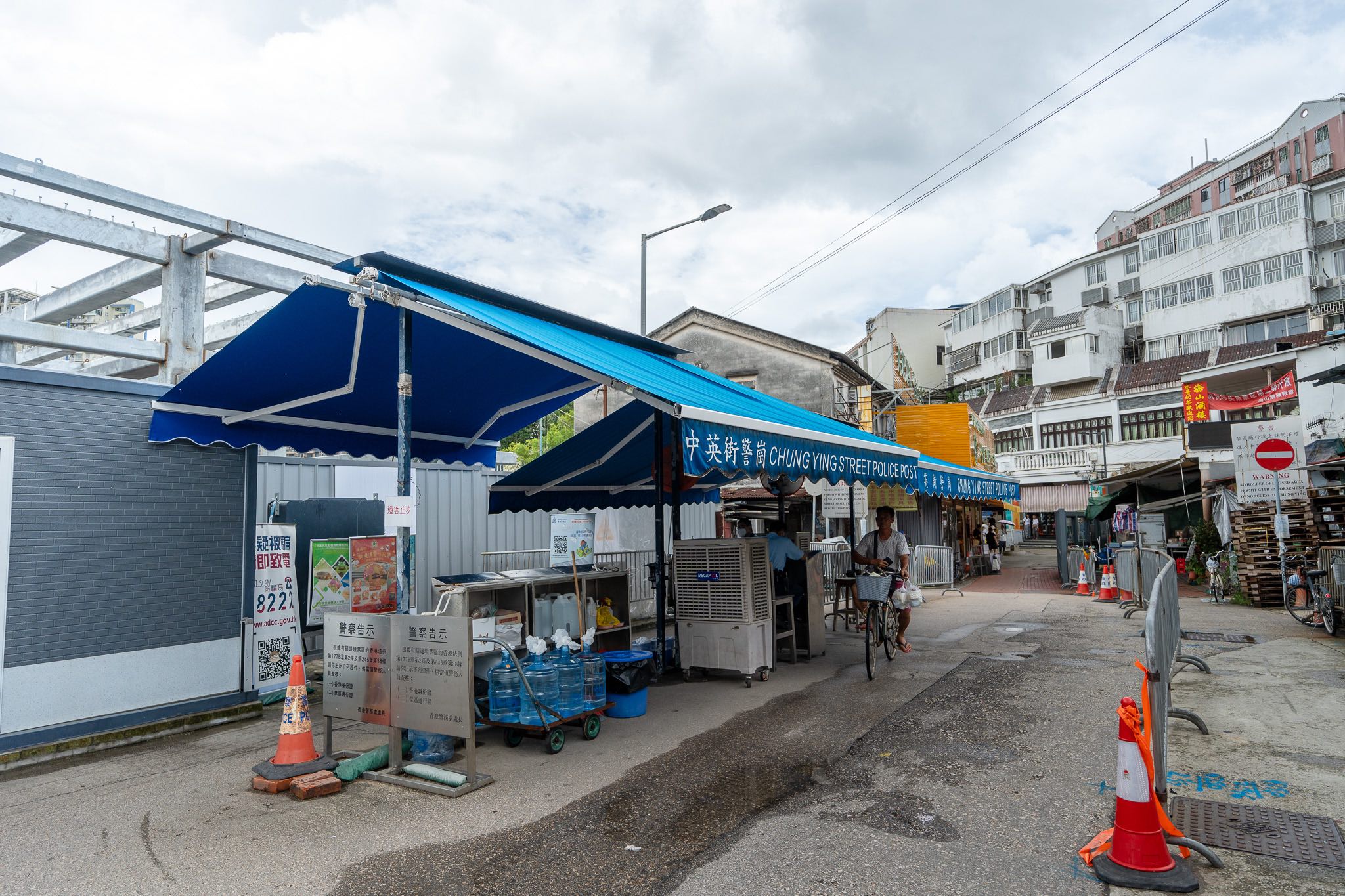
At the border of Hong Kong and China and Bordering Hong Kong’s North District & Shenzhen’s Yantian District, China
Applications for a Tourism Closed Area Permit is accomplished through the Hong Kong Police Force’s online applications platform, which is free of charge. This platform opens on the first day of each month, for applications of the following month. When applying, remember that applications are on a first-come, first-served basis, and must be submitted at least three days prior to the visit. Sha Tau Kok is open everyday from 7 A.M. to 9 P.M. Here’s a video to help you with your application.
Sun and Moon Pavilion

Located at the corner of the bay, the Sun and Moon Pavilion is where one can indulge in the first ray of sunrise and also relish the mesmerizing tranquility of sunset. The pavilion perfectly captures the poem: The sun rises from the beach (“Sha Tau”) / The moon hangs above the cape (“Kok”)
Shun Ping Street Murals
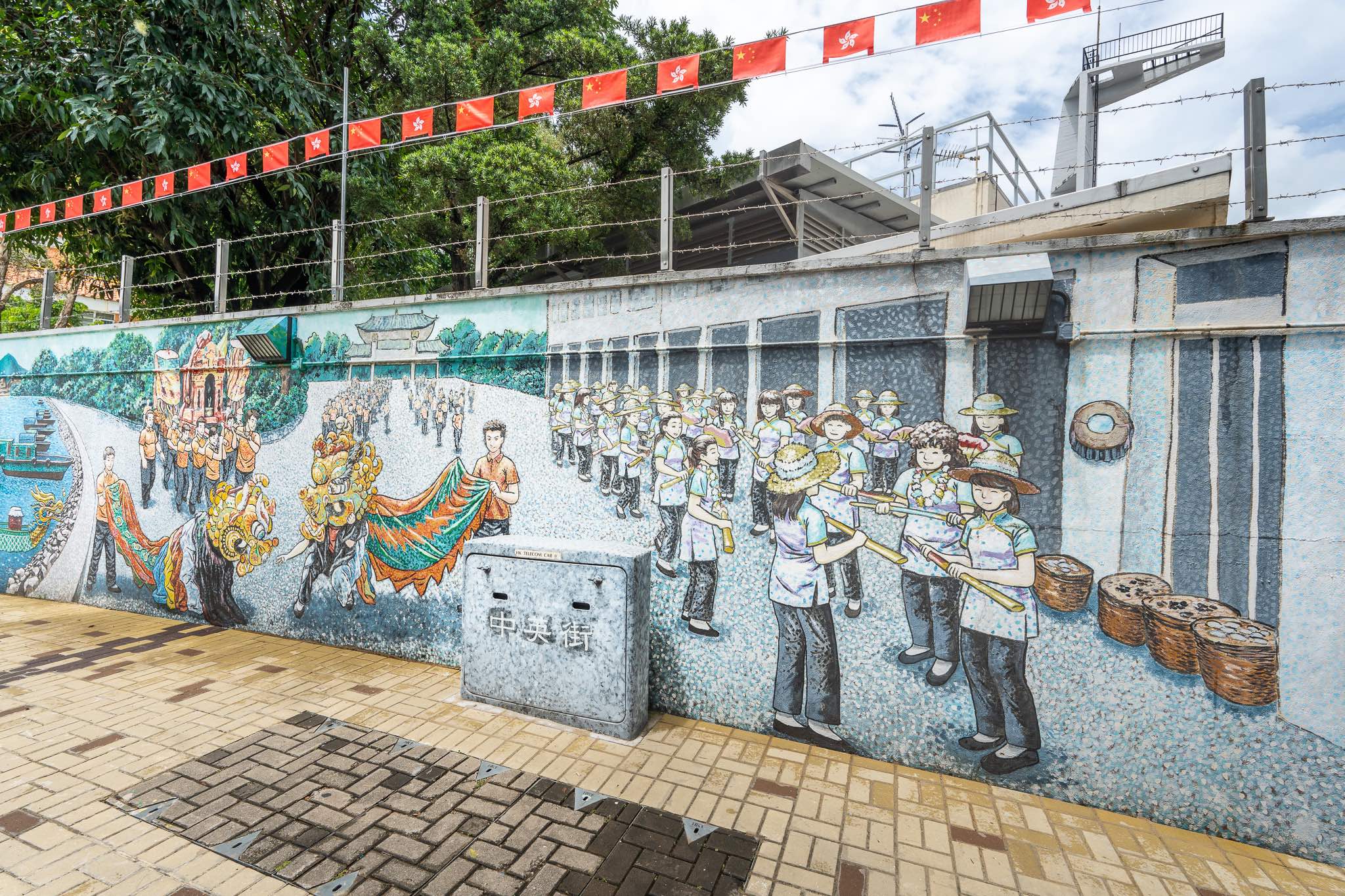
Two murals depict the deity-thanking ceremony, which is a traditional cultural event. Even today, residents celebrate the Tin Hau Festival every year, with a grand ceremony that is celebrated every decade. This mural shows one of the most distinctive celebrations, Hoklo women performing the dragon boat dance.
Salmon House
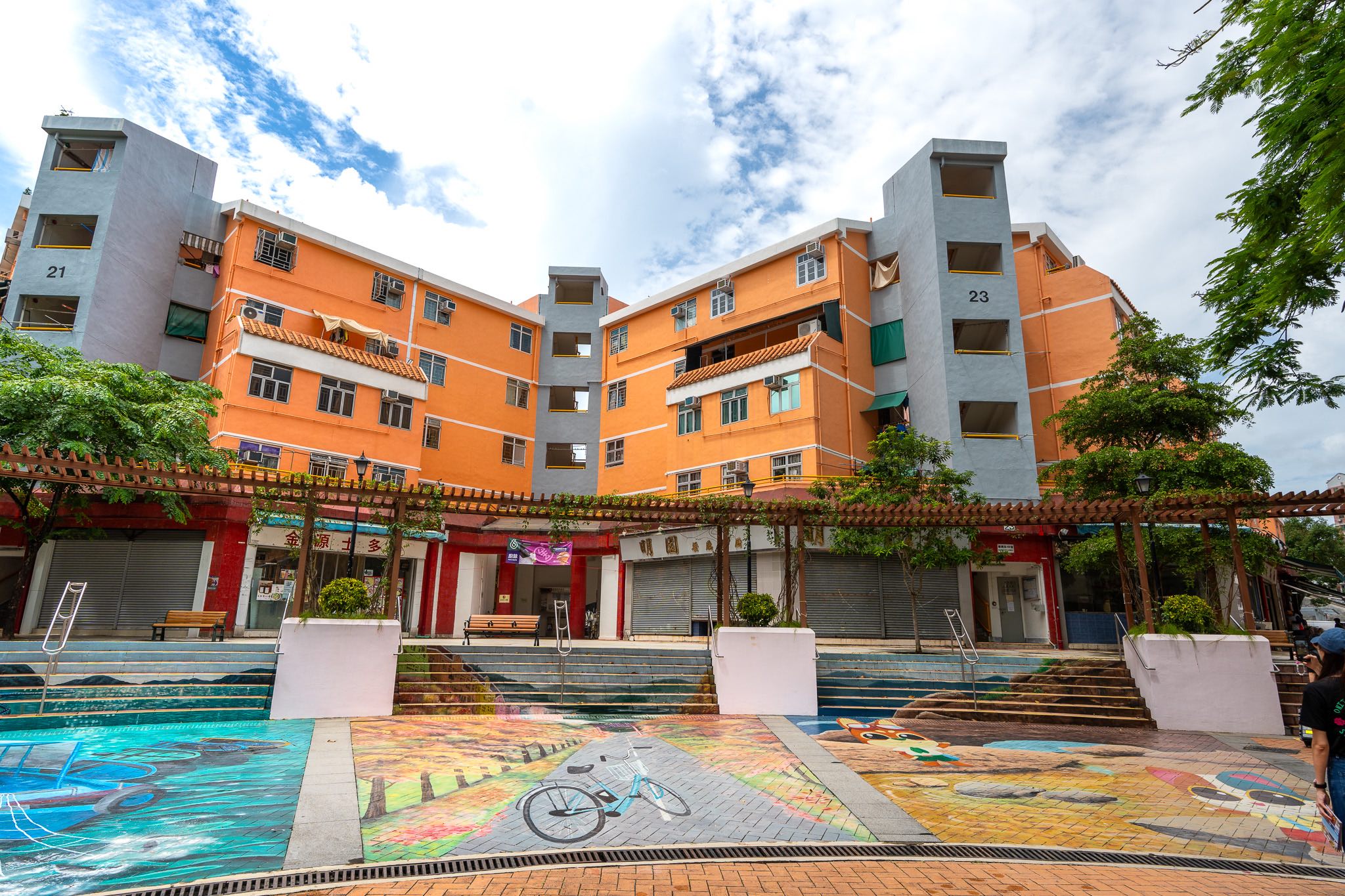
The Sha Tau Kok Chuen was created to give homes to the indigenous residents of Yim Liu Ha and Tsoi Yuen Kok, who were impacted by the informal settler clearances. The development covers 35,000 square meters with 52 blocks and 802 flats. While the original color palettes were muted tones, Ying Hoi House opted for a more unconventional design to infuse energy and style through vibrant colors. In 2020, older blocks of the estate underwent renovation and were repainted with brighter hues like purple, orange, pink, and apple green. Some were painted in pastel orange with horizontal stripes seemingly mimicking salmon fillets, thus the monicker, “Salmon House.”
Sha Tau Kok Pier
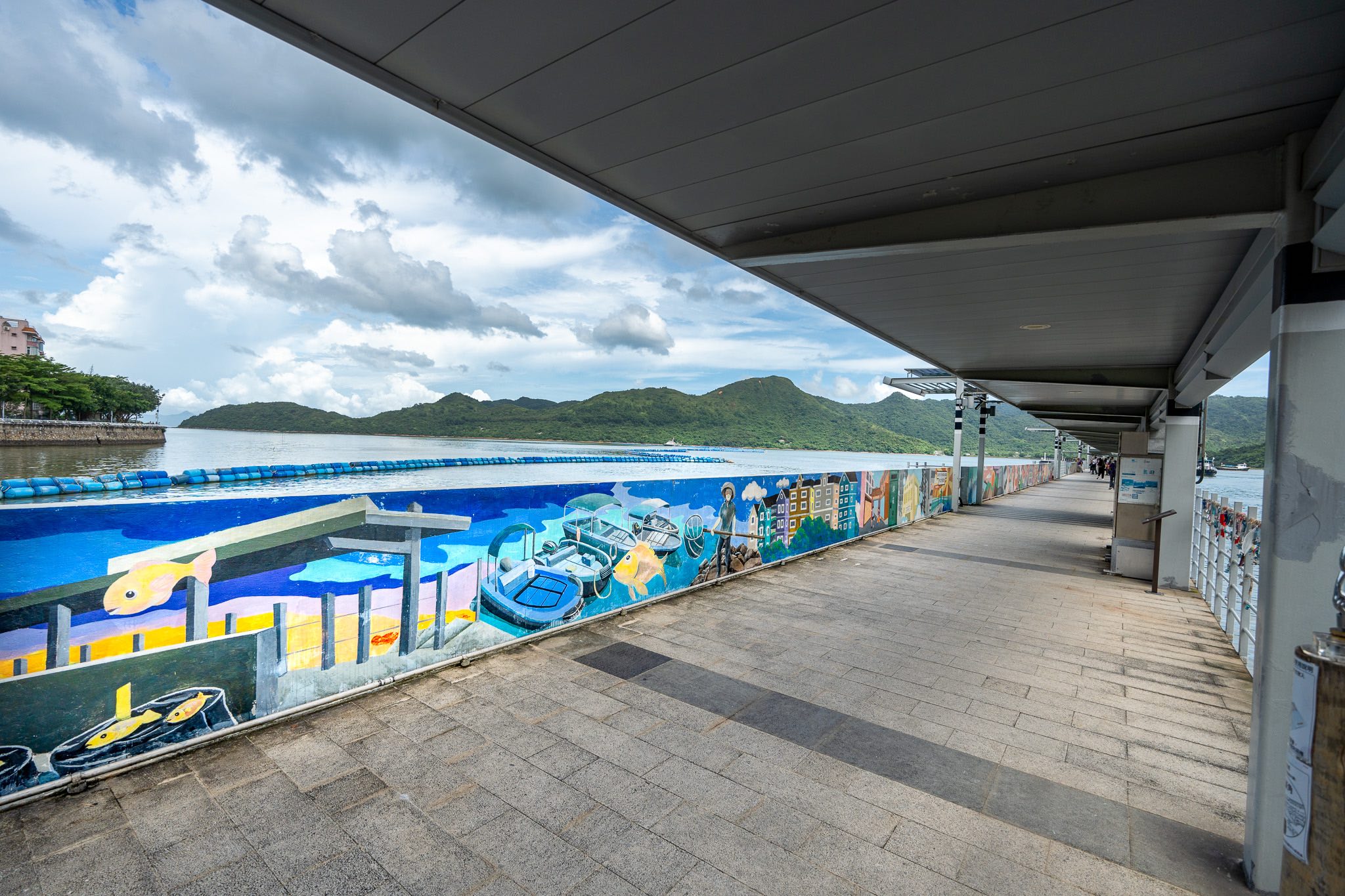
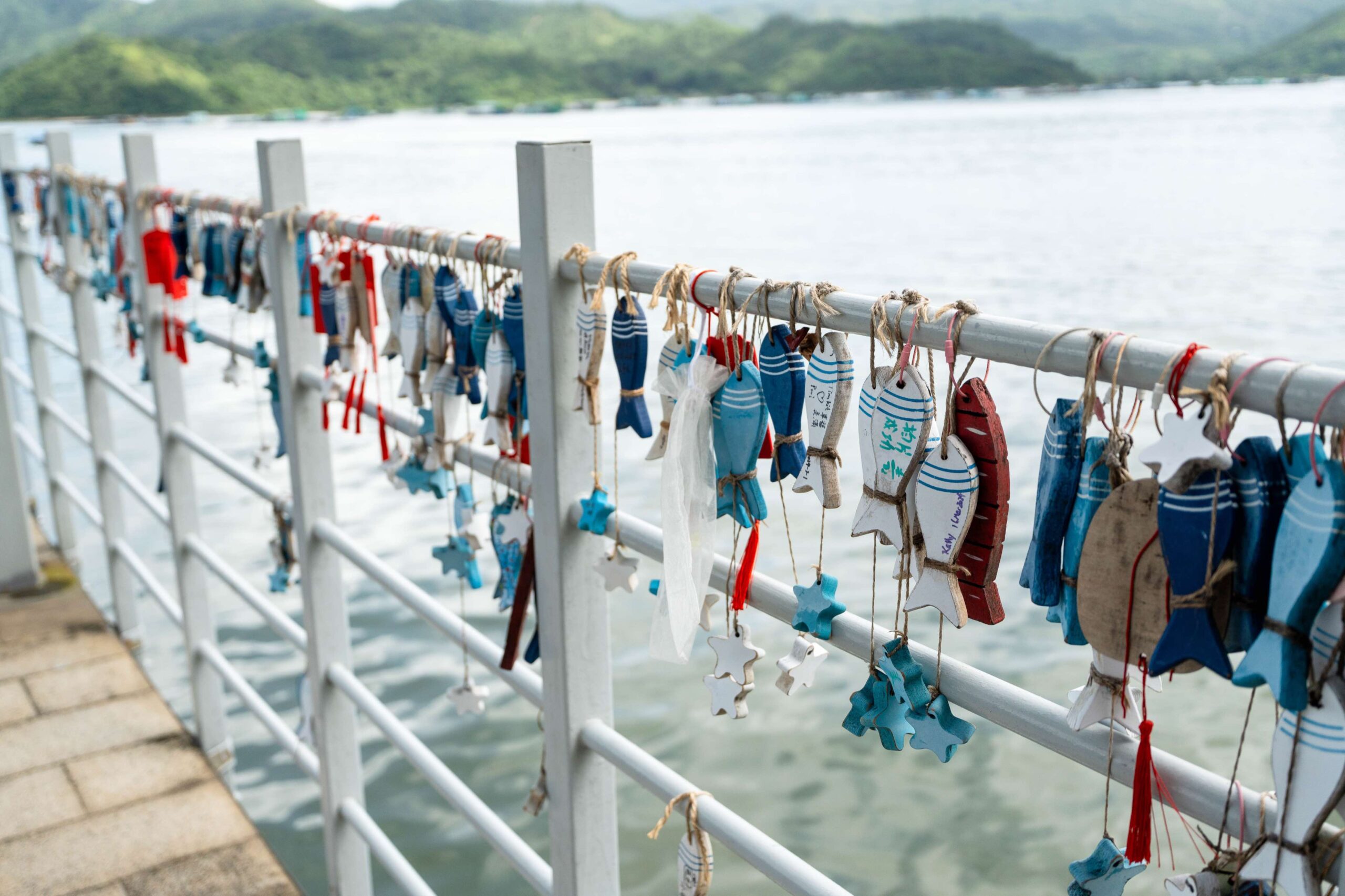
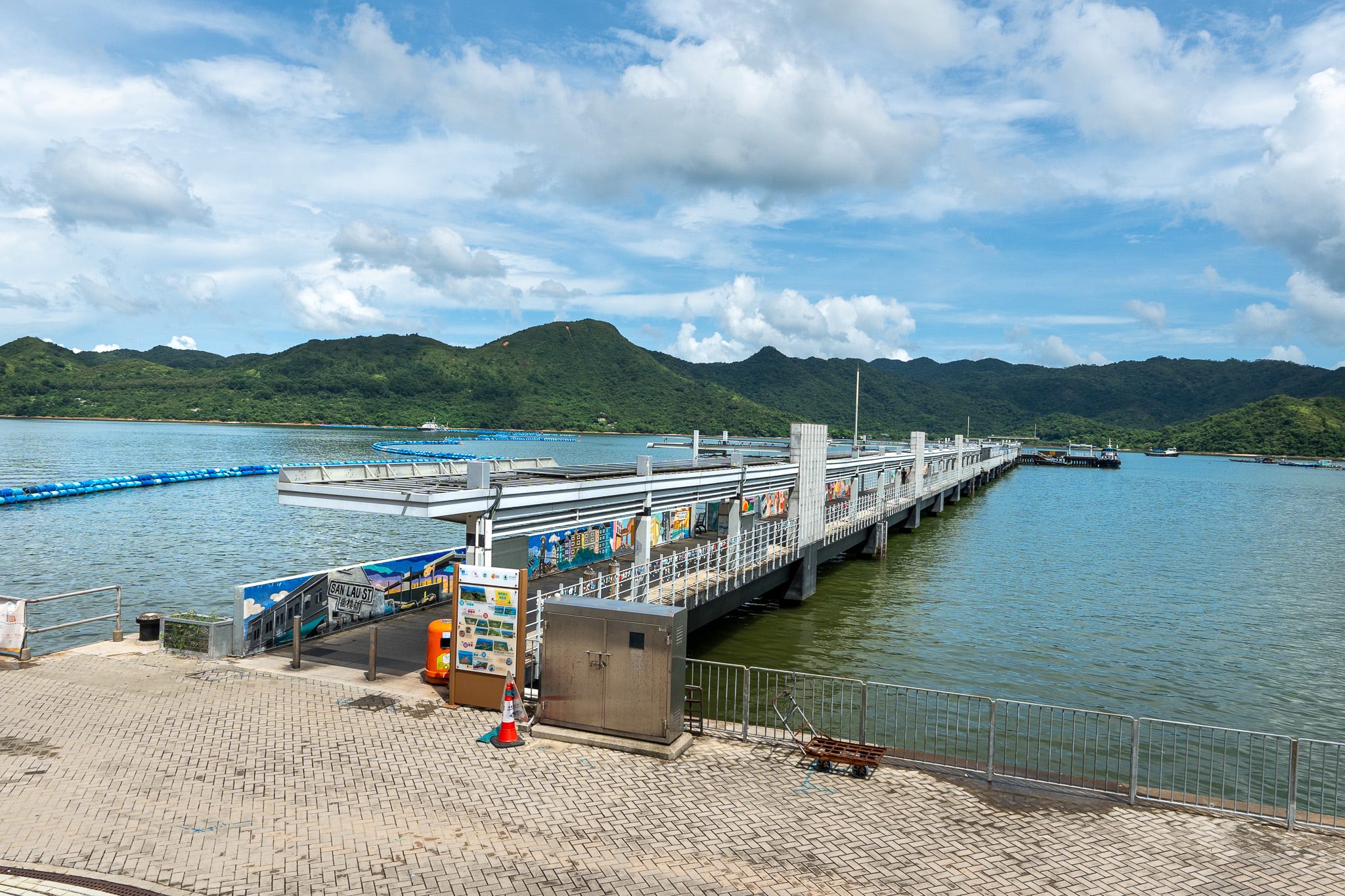
Surprisingly enough, the longest pier in Hong Kong sits right within the little community of Sha Tau Kok. It was first built in the 1960s and redeveloped in 2004, measuring 280 meters in length. The waterfront’s shallow waters gave way to the pier’s extension towards the deeper part of the sea, so that vessels may berth more easily. Given this, the boarding point is positioned halfway out into the ocean.
It is from Sha Tau Kok Pier where we boarded our kaito ferry to our next destination: the Hong Kong UNESCO Global Geopark and the historic Hakka Village of Lai Chi Wo.
Lai Chi Wo
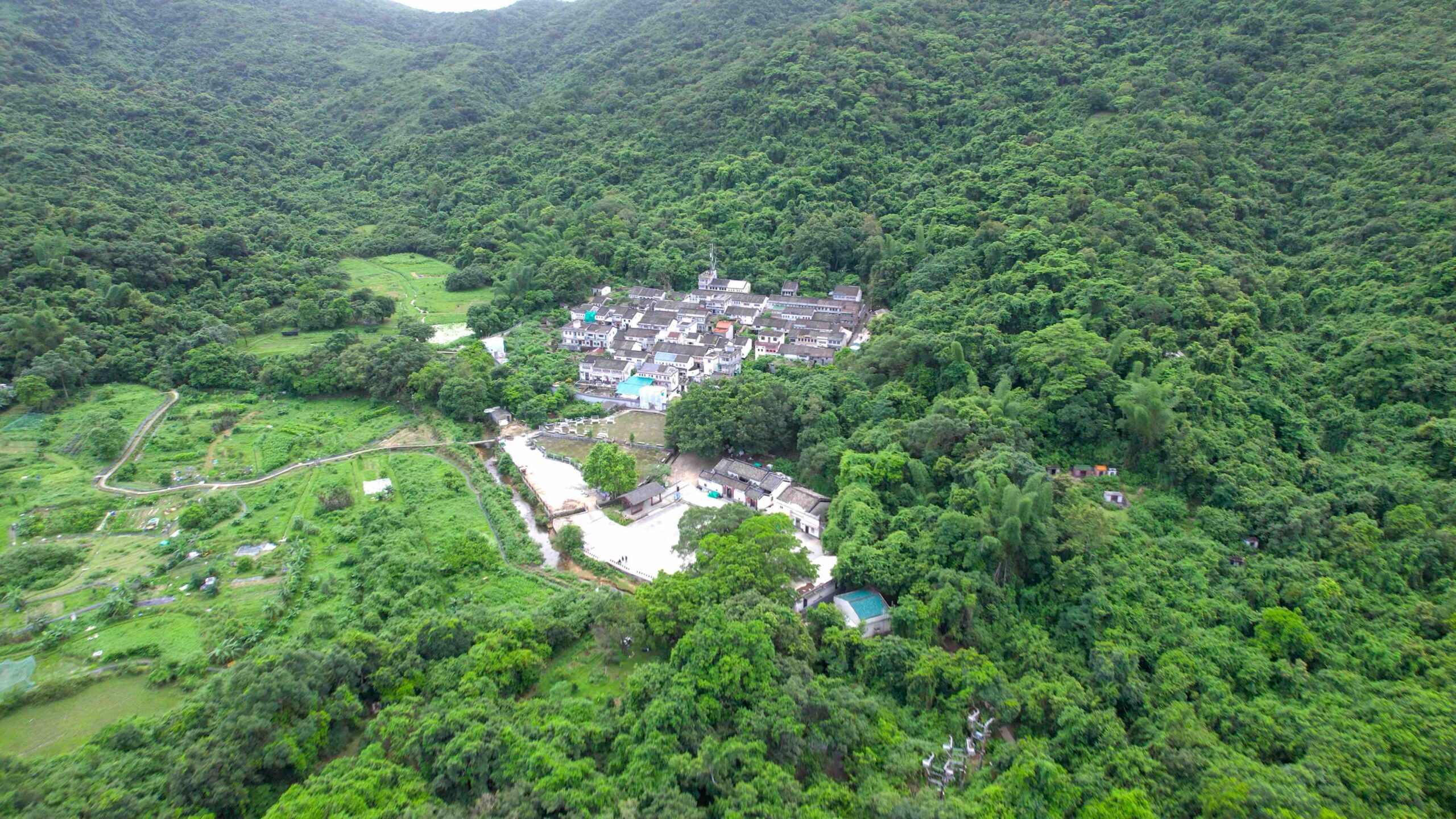
Lai Chi Wo, built by the Tsang and Wong clans over 300 years ago, is home to the historic and enchanting Hakka Village. Today, it is one of Hong Kong’s oldest, largest, and best-preserved rural settlements. It is flanked by the lush fung shui wood and mangrove forest near the New Territories’ northeast coast.

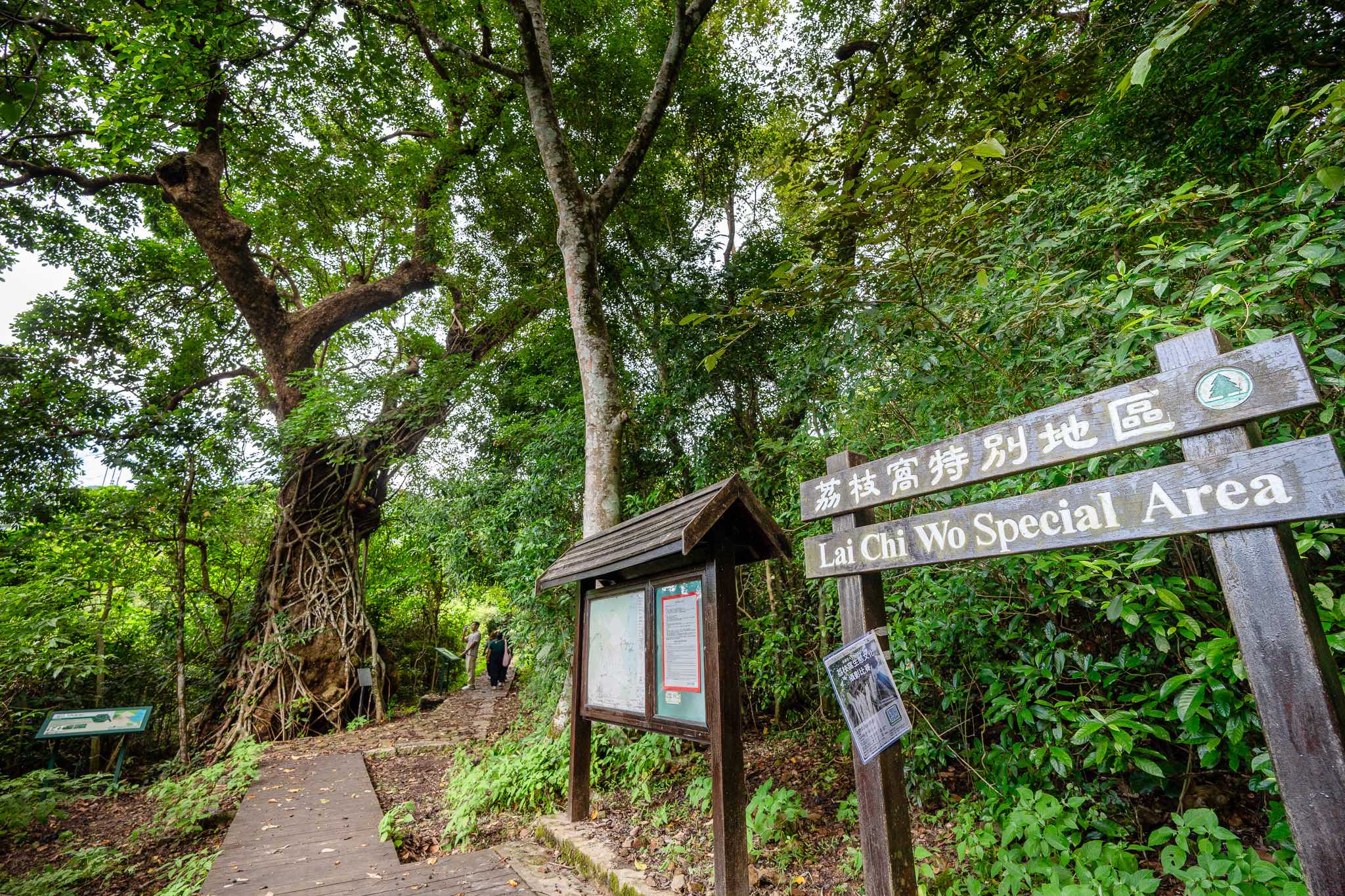
The walled village with more than 200 picturesque hillside homes, is arranged neatly and auspiciously in three vertical streets and nine horizontal lanes. A fung shui wall was built at the front entrance of the settlement. The wall is believed to gather wealth and wards off perils, and to maintain such good fung shui, structures must never be built outside the wall. Because Hakka people believe that water brings wealth and fire brings offspring, a typical village house positions the bathroom on the left and the kitchen on the right to boost prosperity and have a large family.
At one point, Lai Chi Wo had more than 1,000 residents but in the 1960s there was a drop in population. However, the village was recognized for promoting cultural heritage conservation and won UNESCO’s prestigious Special Recognition for Sustainable Development award in 2020. As today’s Hong Kong UNESCO Global Geopark, it has become a destination for hikers and ecotourists. Farmers have returned to grow rice and vegetables, and cows can be spotted grazing the land.
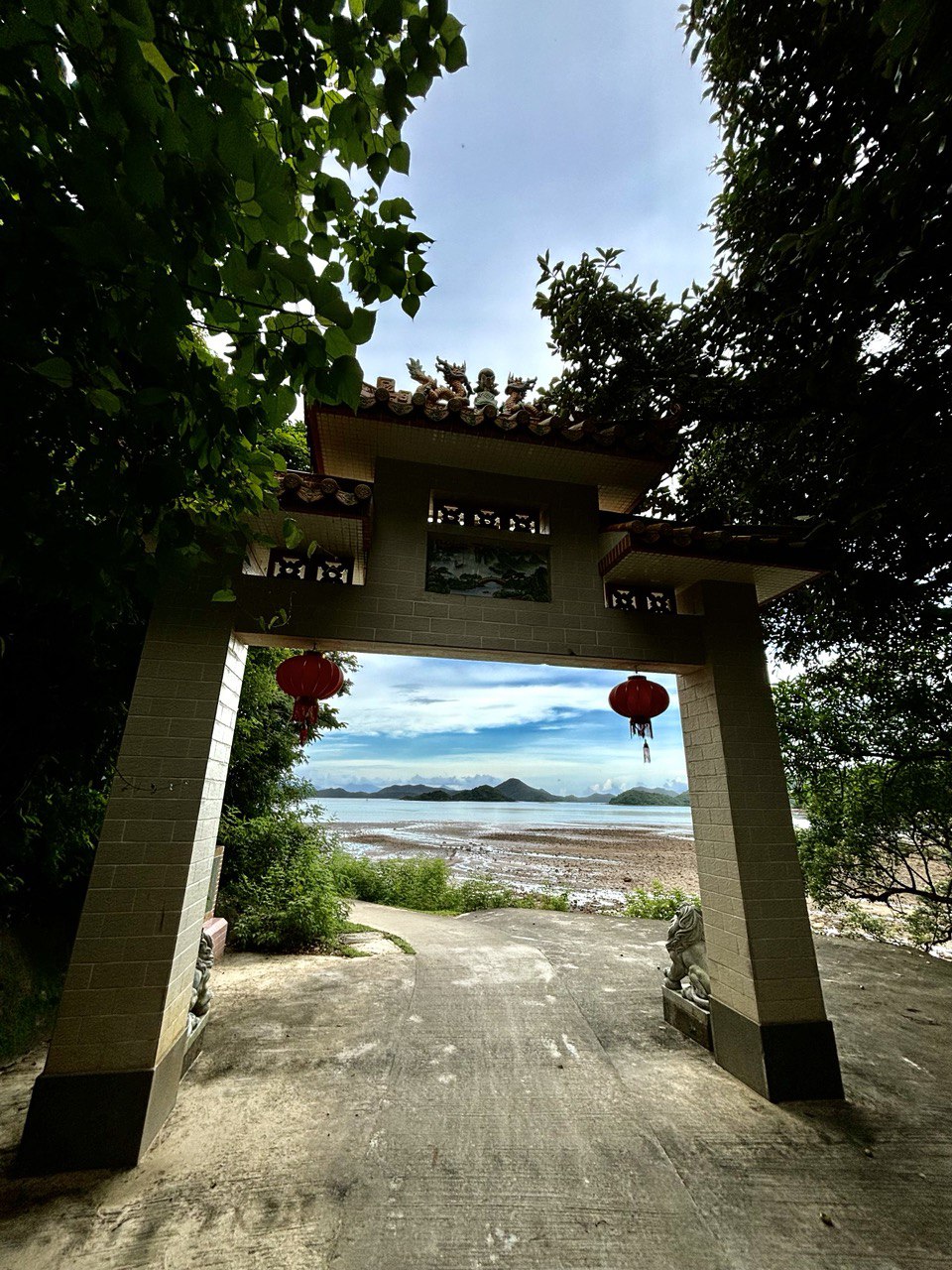
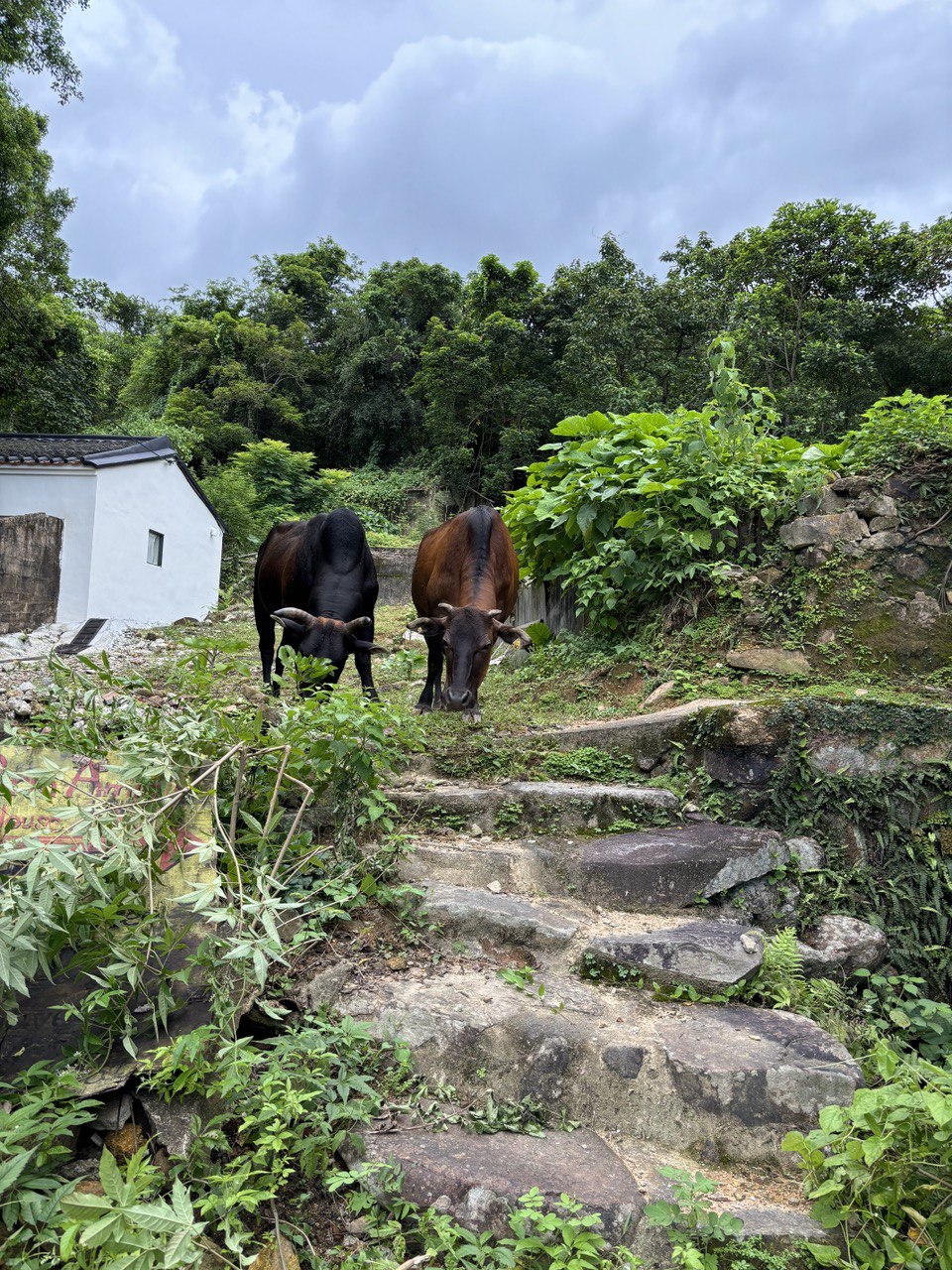
During weekends and public holidays, village stores will offer Hakka dishes such as salty chicken, braised pork, and omelets with preserved radish, dumplings, and chicken congee. We had the privilege of meeting Keith, one of the Hakka farmers who offered his healthy homemade popsicles in different flavors like ginger, turmeric, and chocolate banana. He feels fortunate to have taken part in the revitalization of the farmland, considering this 300-year-old village as a paradise where he is free to live life as he wishes.
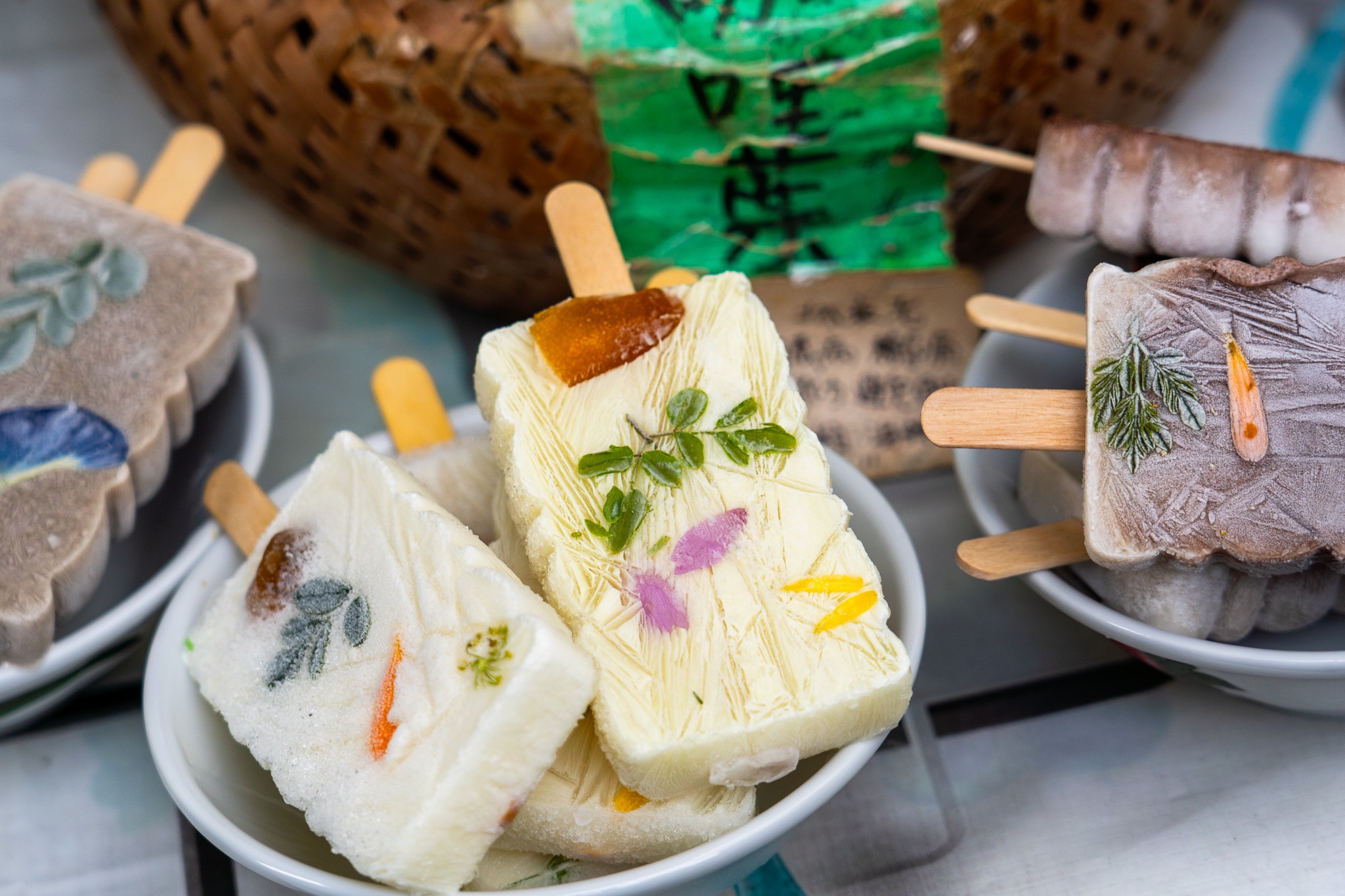
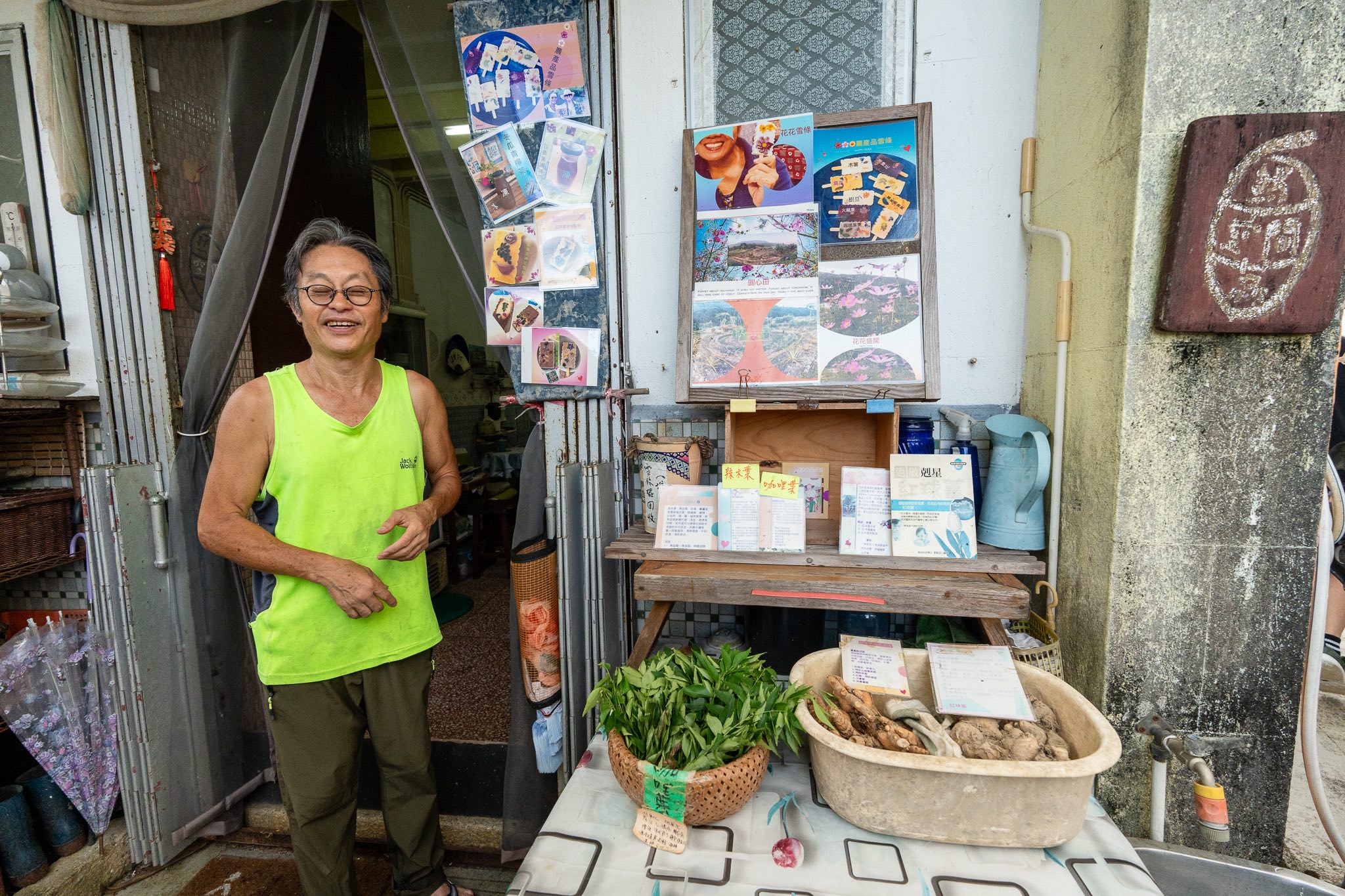
Lai Chi Wo Cultural Hub
Lai Chi Wo is one of Hong Kong’s models for rural revitalization. UNESCO has recognized the achievements of its villagers and volunteers, which are recorded inside a restored village house. Organic rice, turmeric, winter melon, and roselle are among crops that are being grown in the restored farmland. The cultural hub features an exhibit of old rock specimens, farming tools, household items, and traditional Hakka attire to give visitors a deeper understanding of Lai Chi Wo’s local ecology and history.
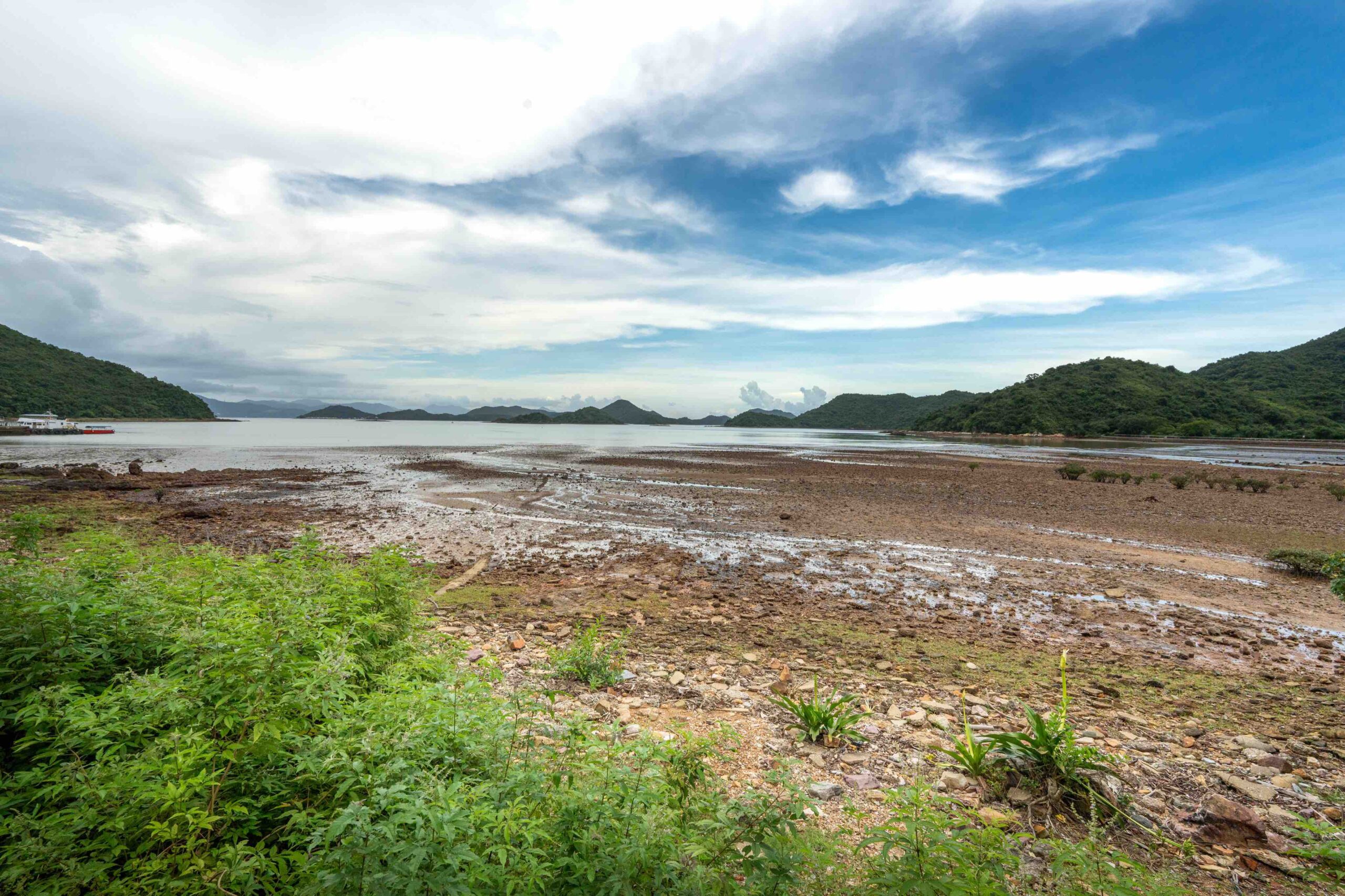
From Sha Tau Kok, take the kaito ferry from the Sha Tau Kok Public Pier. A valid Sha Tau Kok Closed Area Permit is necessary to access the Pier. It is advisable to bring enough drinking water and food to stay hydrated and nourished during the visit to Lai Chi Wo. The ferry ride takes about 30 minutes. You will take the kaito ferry back to Sha Tau Kok. Please visit the Transportation Department website for more information on the kaito ferry service.
Aberdeen Fishing Village
The Aberdeen Fishing Village was an essential fishing and trading port of Hong Kong. It contributed to the city’s rise from a small fishing village to the international metropolis and financial center we know today. Eventually, the village evolved into a self-contained community with floating kitchens, grocery stores, casinos, and banquet halls. The 1970’s was a glorious time for Hong Kong’s fishing industry. Fishermen experienced prosperity, and many stayed and upgraded their homes from sampans to Chinese-style houseboats. These served as homes for the fishermen’s families while they went out to sea for weeks at a time.
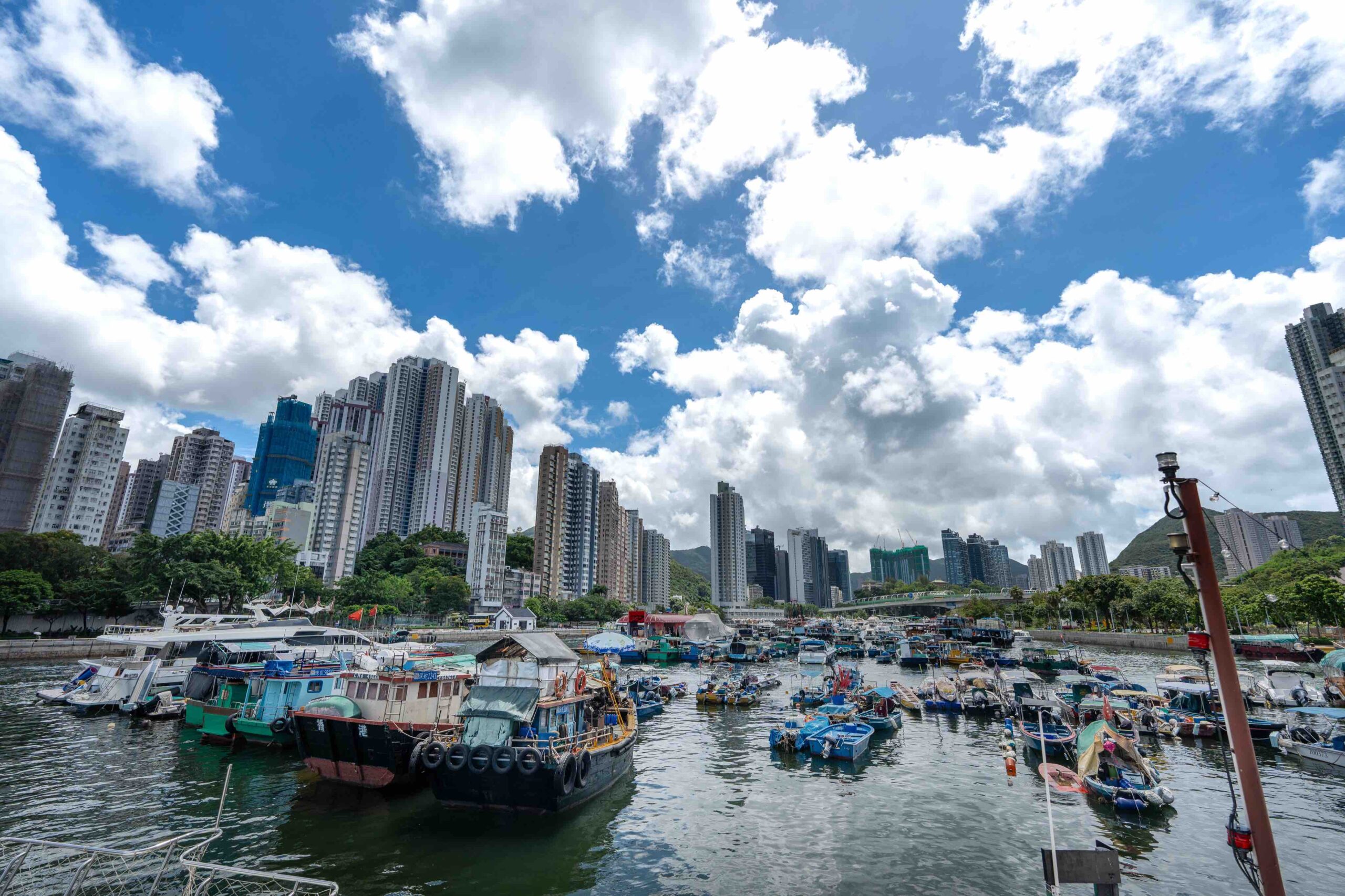
Cruising through Aberdeen Fishing Village on the antique sightseeing boat took us through local landmarks, such as The Aberdeen Wholesale Fish Market, Traditional Shipyards, and the Tai Pak Floating Restaurant. Aberdeen Wholesale Fish Market is Hong Kong’s longest running and largest seafood supplier. It accounts for more than 70% of the city’s seafood supply. The shipyards still use wooden slipways for boat repairs and maintenance. There is one remaining shipyard that continues to build boats today.
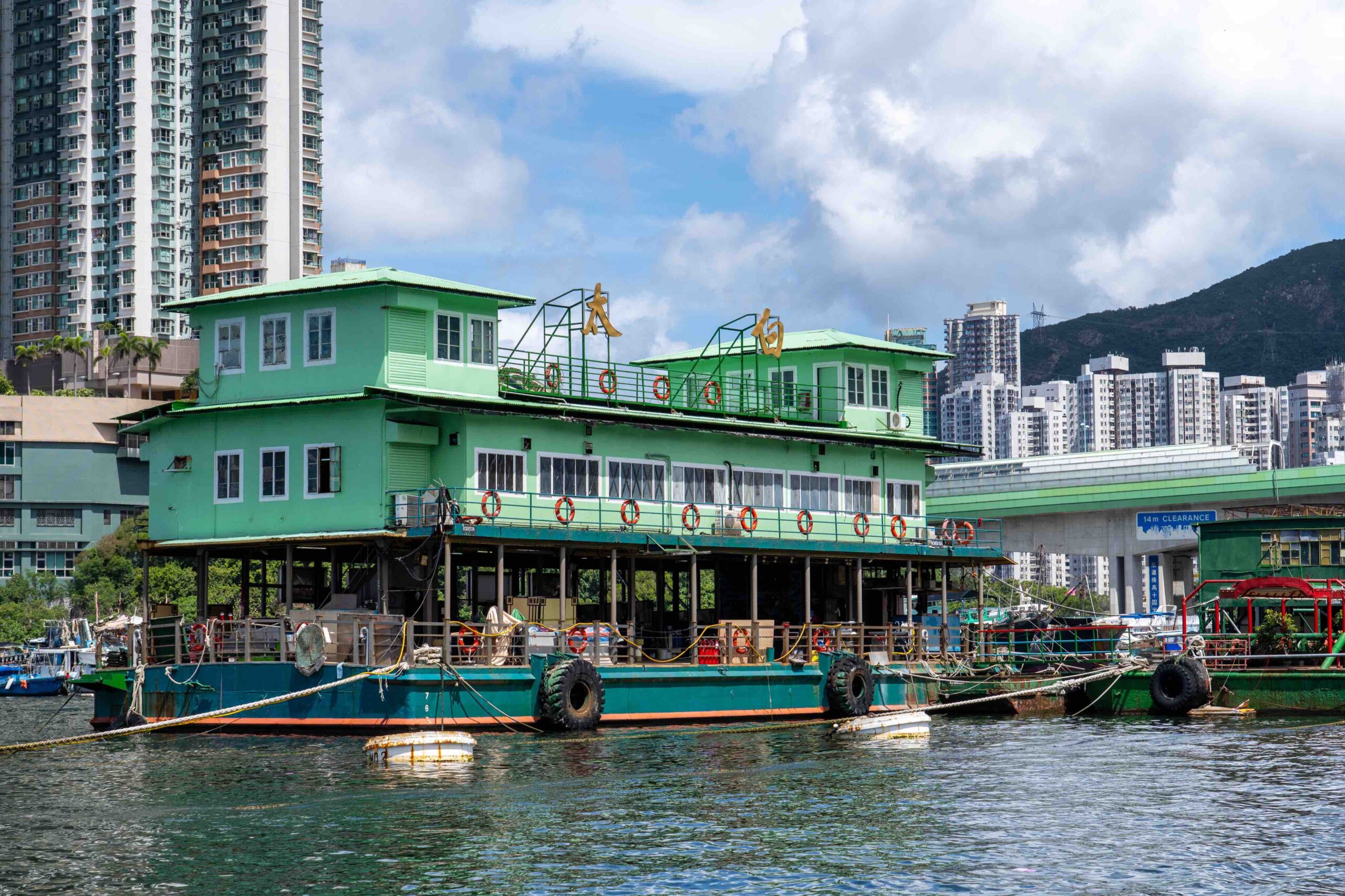

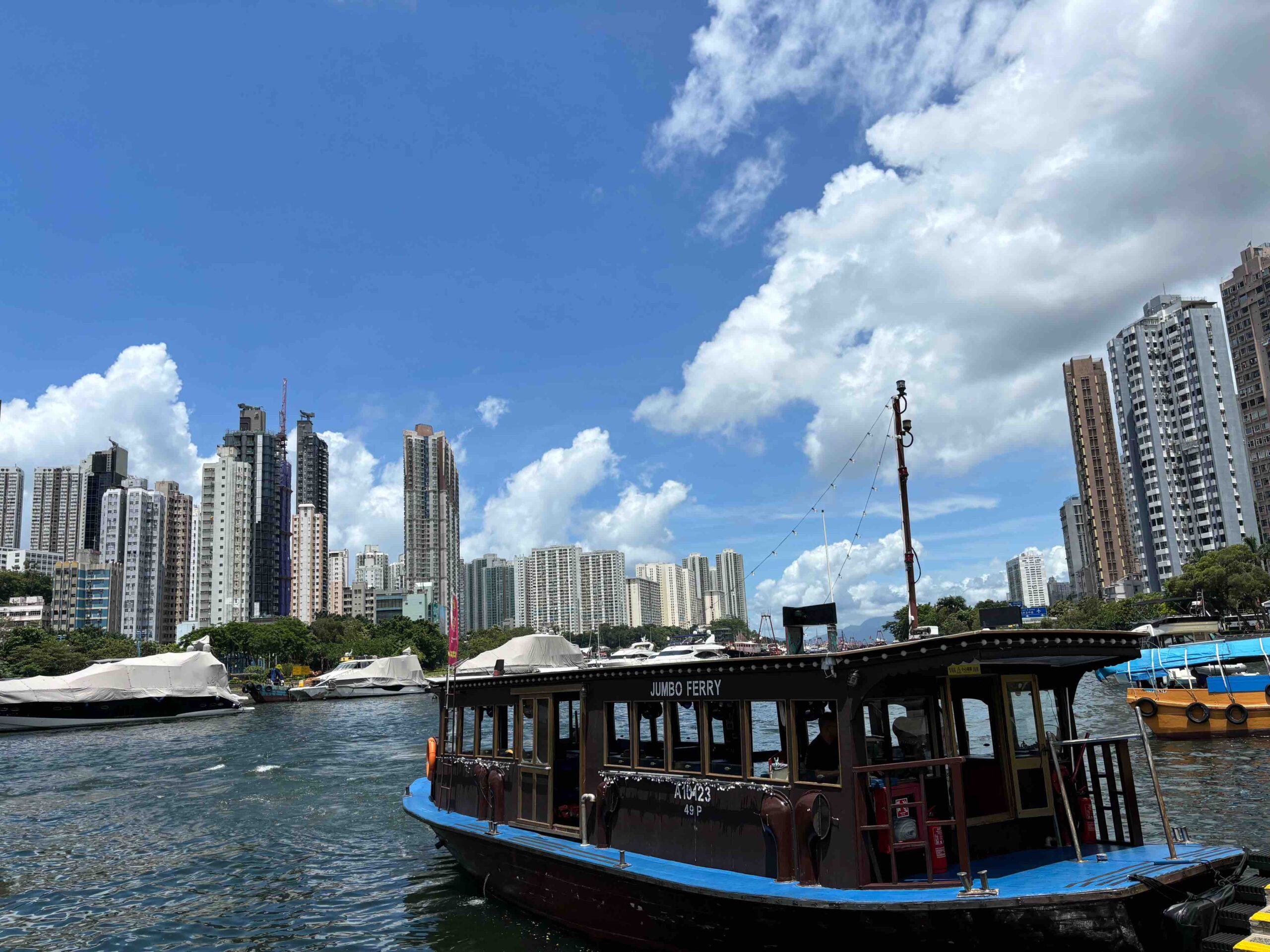
The Tai Pak Floating Restaurant was built in the 1950s, showcasing an imperial palace-like architecture. Guests have included Hollywood stars like Tom Cruise and royalty such as the late Queen Elizabeth II.
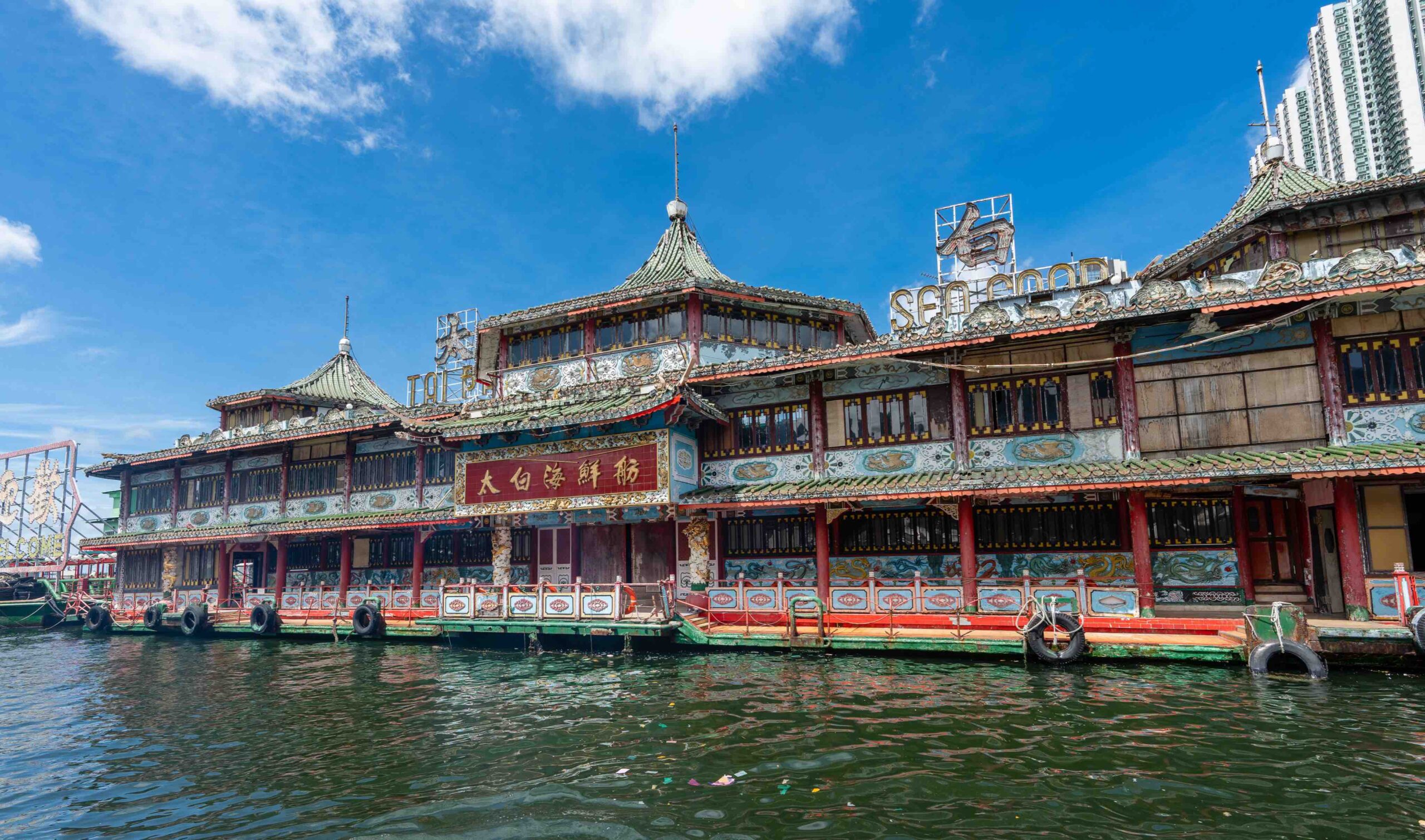

The highlight of the tour was a visit to an Aberdeen Houseboat where we immersed ourselves in fishery history and heritage. The houseboat featured a photo gallery showcasing rare historical photographs depicting how life was like in the fishing village. Because the seas are sometimes rough, the bedroom showed how beds were customized to the user’s body shape and size to keep them secure and to prevent them from rolling sideways. A seafood drying area is found on the rooftop. Since it is an open air area with direct sunlight, this is where salted fish and shrimp are left to dry.
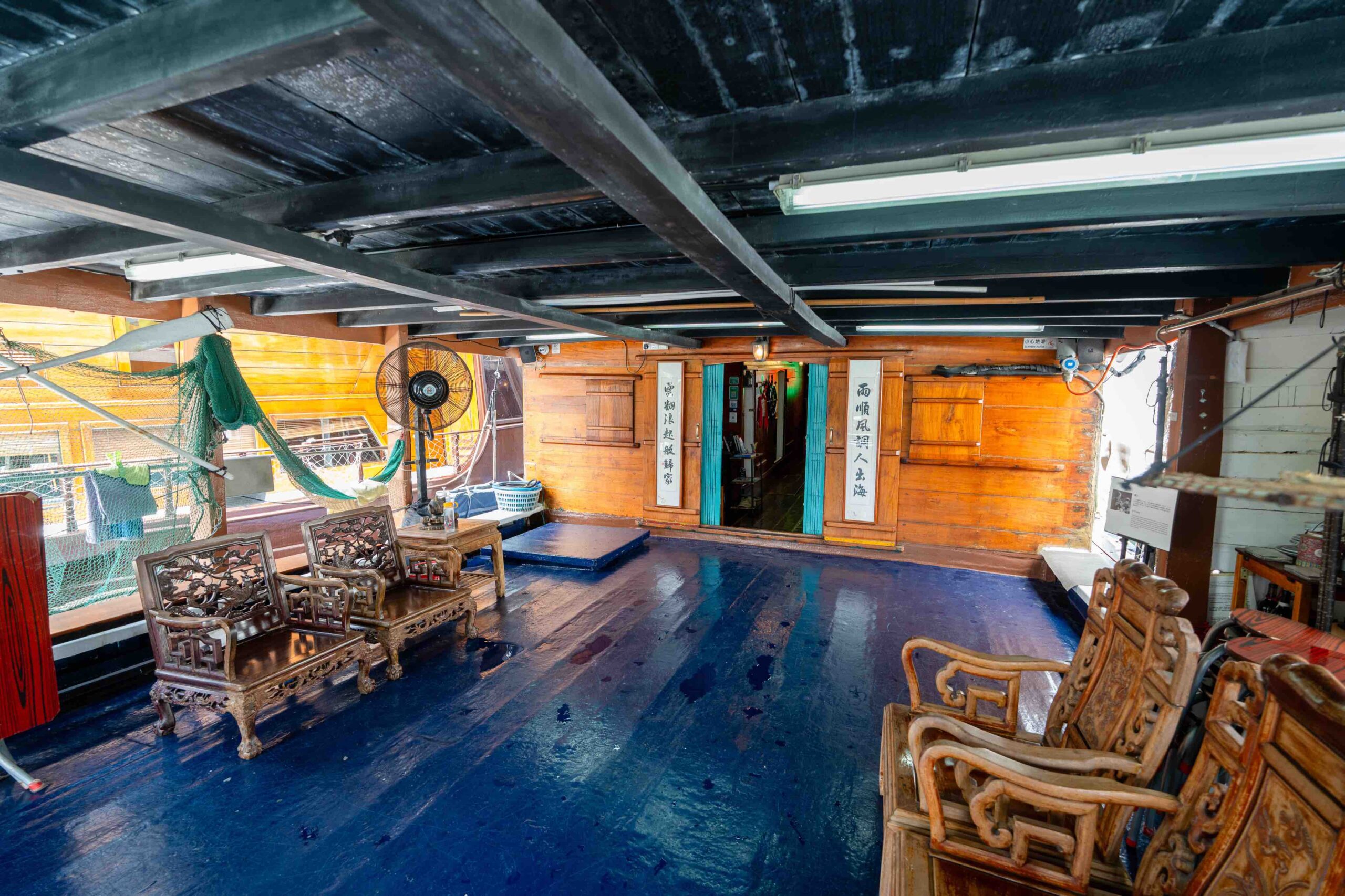
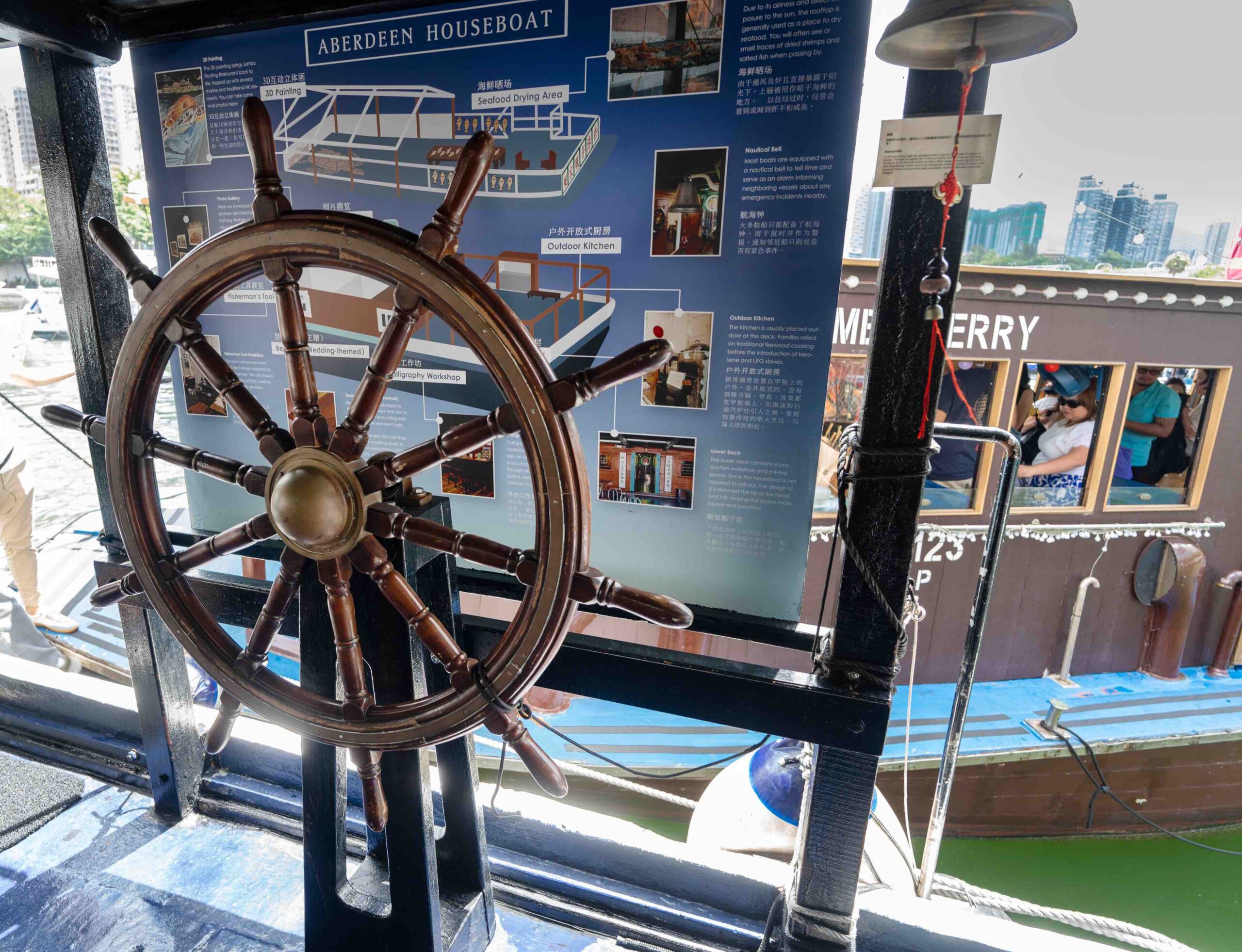
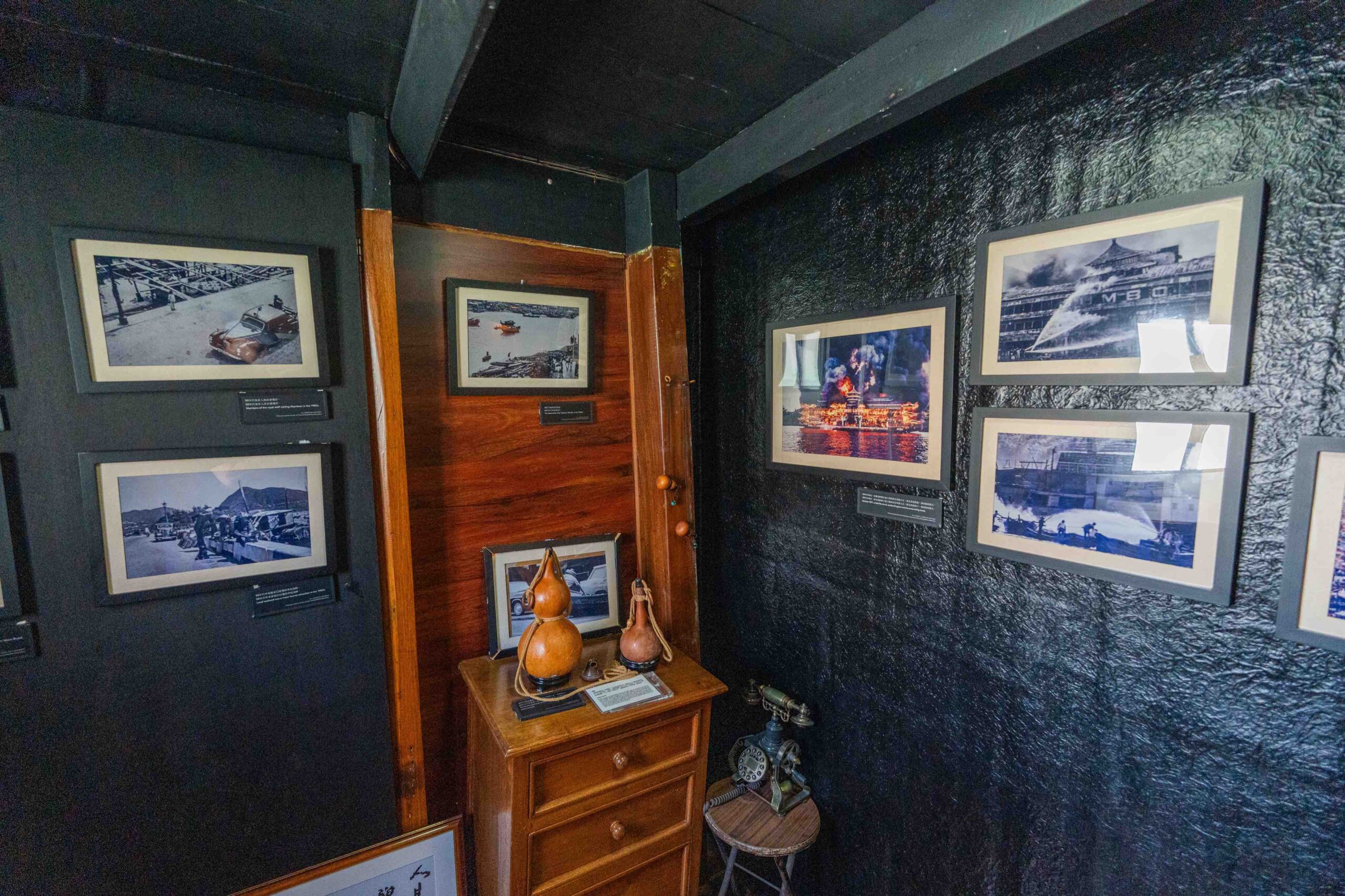
The most interesting part about the houseboat tour was meeting Amy, our facilitator, who was kind enough to share her knowledge and experience as a child who lived on a houseboat with her family. She explained that the houseboat was meant to stay stationary while another boat would be used for going out to sea for fishing. Typically the families are large with an average of 10 children. The men–the father and eldest son, would go out and fish, while the women–the mother, grandmother, and daughters stay in the houseboat and await their return.
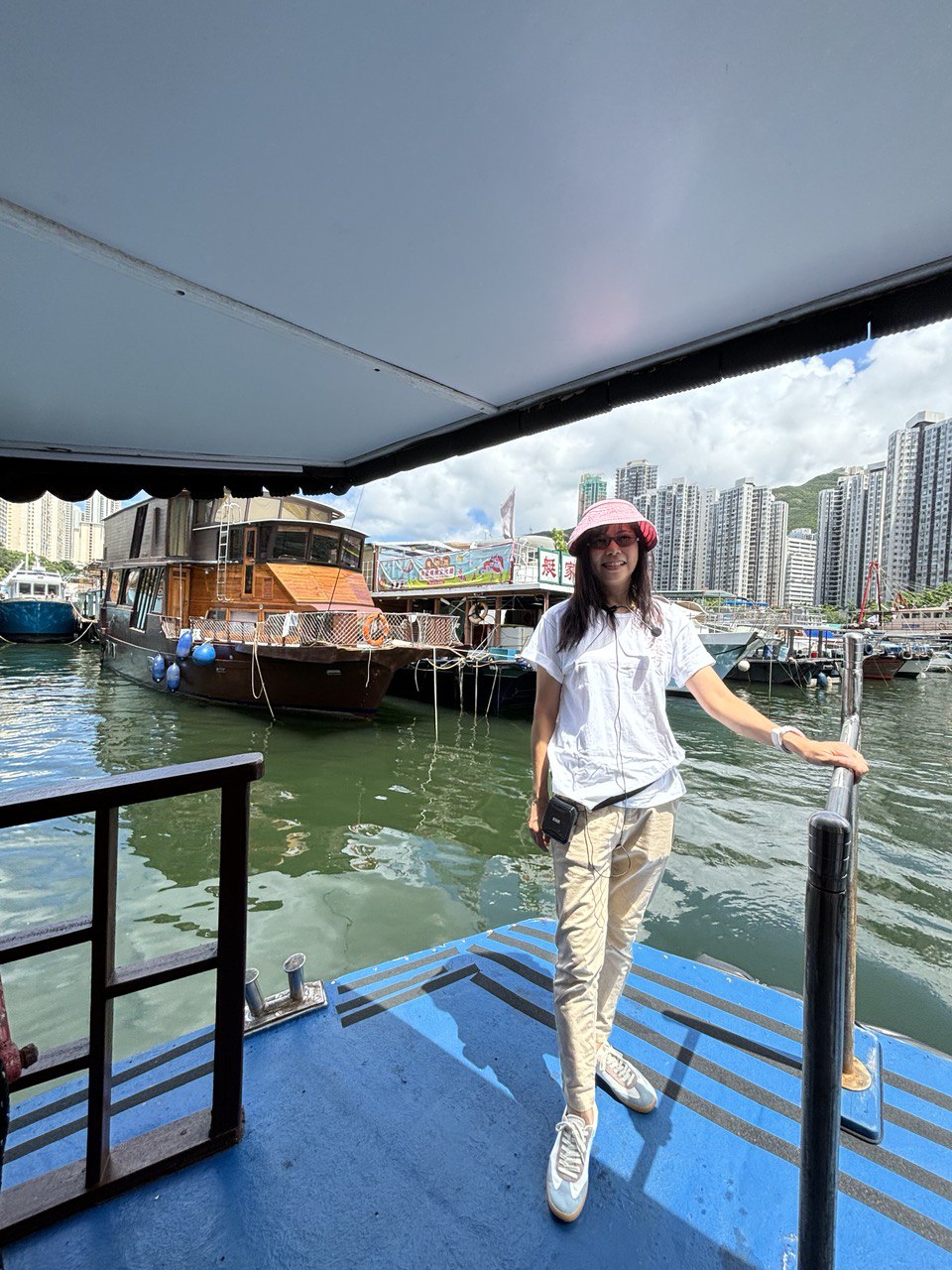
Amy eventually left her family so she could attend secondary school because she wanted to change her life. She continued to tell us stories about life in the fishing village, such as seeing dolphins and sharks during their fishing trips. She recounted the time a huge shark swam next to their sampan. She shared, “We kept quiet, not letting the shark see our shadow, and after staying quiet for at least 15 minutes, the shark will swim away.” “I have experienced really bad weather. It was so scary,” she added, referring to a dangerous time during a typhoon.

For a visit to the Aberdeen Fishing Village, check out aberdeen1773.com, email [email protected], or contact WhatsApp +852 3619 3058.
Sham Shui Po Walking Street Tour
Walking through Sham Shui Po gave us a unique look at Hong Kong’s culture, beyond the usual shopping and sight-seeing destinations. From two historic temples to streets filled with a wide array of items like toys, gadgets, beads, and more, Sham Shui Po also showed us some memorable culinary destinations, including a restaurant that serves snake as its specialty.
Sam Tai Tsz and Pak Tai Temple
After a plague swept through Sham Shui Po in 1898, the Hakka immigrants built the The Sam Tai Tsz Temple, a Grade II historic building to honor their patron deity, Sam Tai Tsz. Featured relics date all the way back to 1644-1911 during the late Qing dynasty.
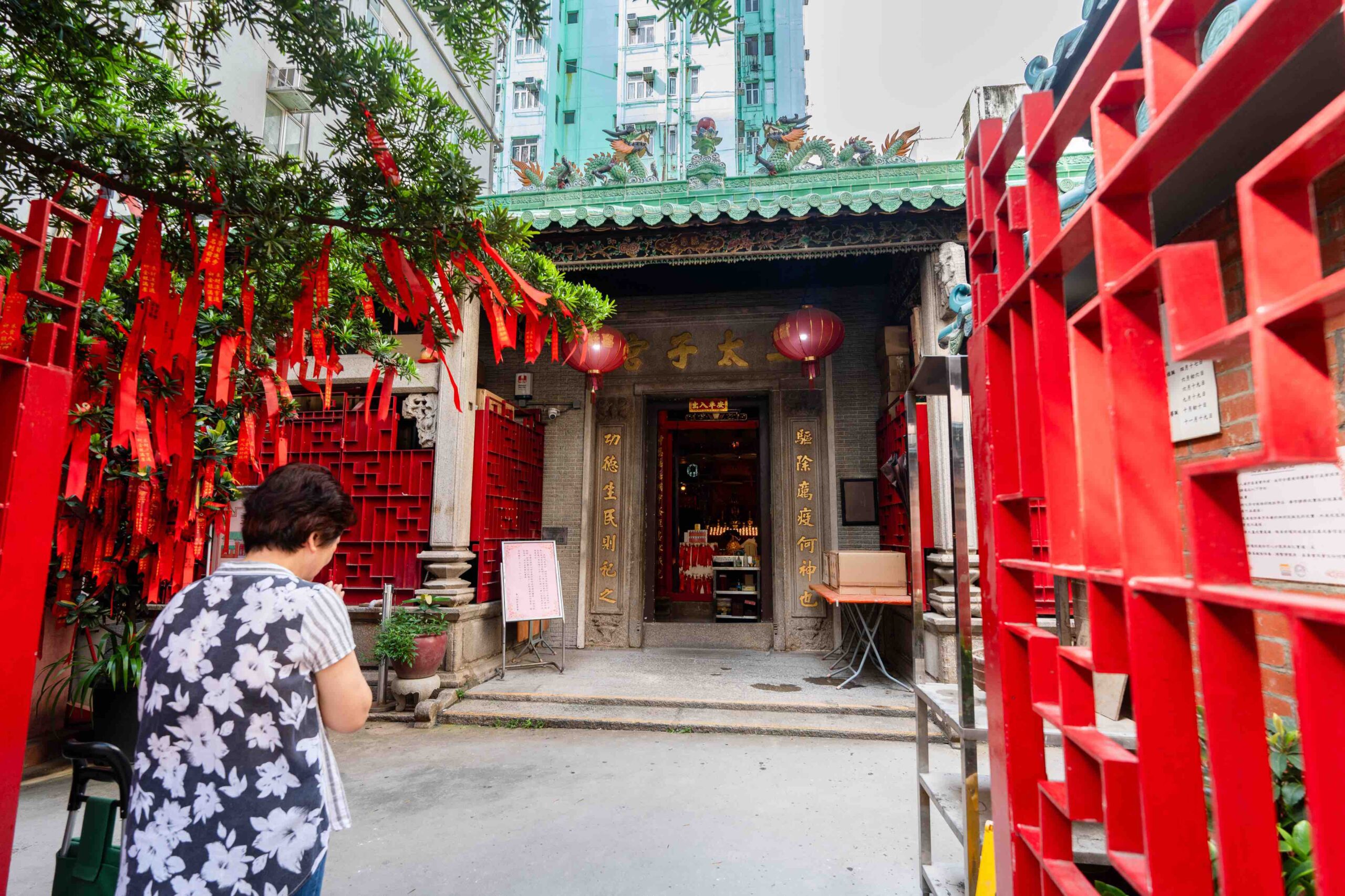

Right beside the Sam Tai Tsz Temple is the Pak Tai Temple, a Grade III historic building which was built in 1020 by local fishermen in honor of Pak Tai, the Emperor of the North.
Fuk Wing Street
Fuk Wing Street is also known as Toy Street, and rightly so, with more than 30 stores featuring children’s toys, affordable stationery, party accessories and more.
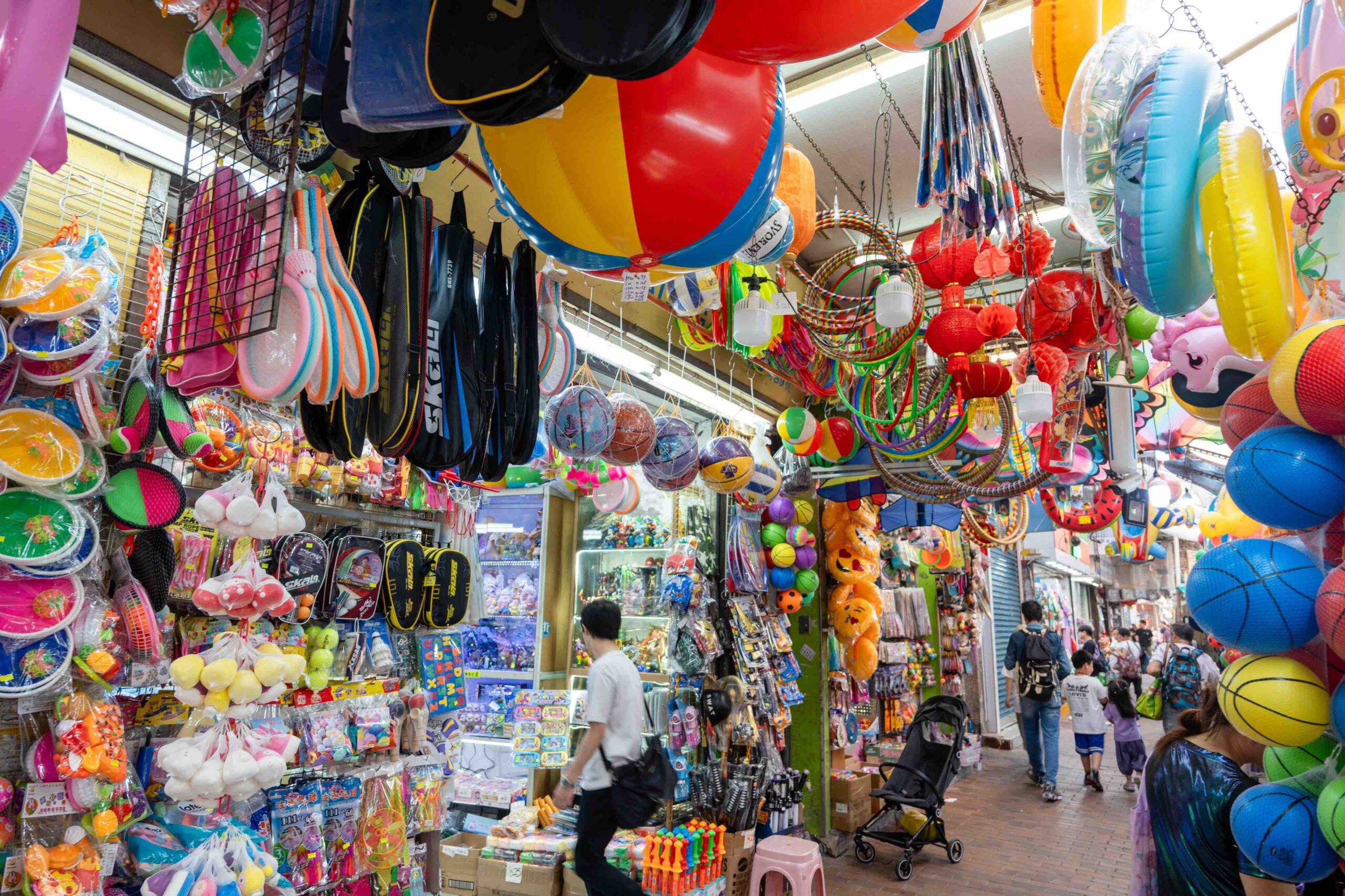
Apliu Street
From electronic gadgets to the latest mobile phone accessories to vintage typewriters and home appliances, you’ll surely find what you need at Apliu Street Flea Market’s shops and stalls at a bargain.
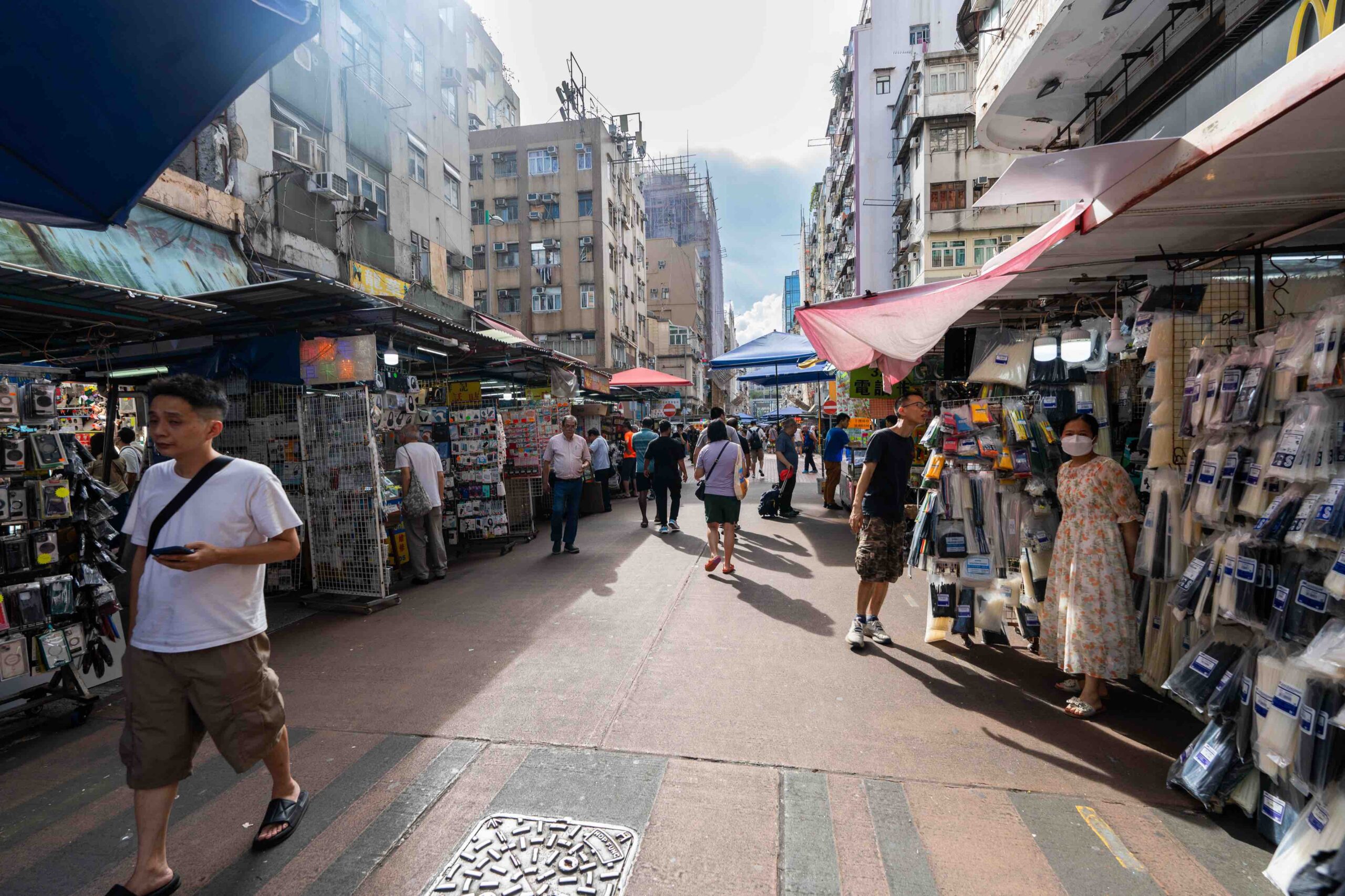
Yu Chau Street
Also known as Bead Street, Yu Chau Street is where one would go for sewing supplies and needs. Recommended stores include Mee Ngai Wah which specializes in costume jewelry made of sterling silver and Mei Tat Hong which carries a vast collection of buttons, beads, ribbons, and Swarovski crystals. Some even come to these stores to find crystals to accessorize mobile phones and add some sparkle to gel nails.
Kung Wo Beancurd
Known as an old-school store offering various soy products since 1960, Kung Wo Beancurd Factory for its signature silky beancurd pudding, beancurd puffs, deep fried tofu, and homemade sugar-free soy milk.
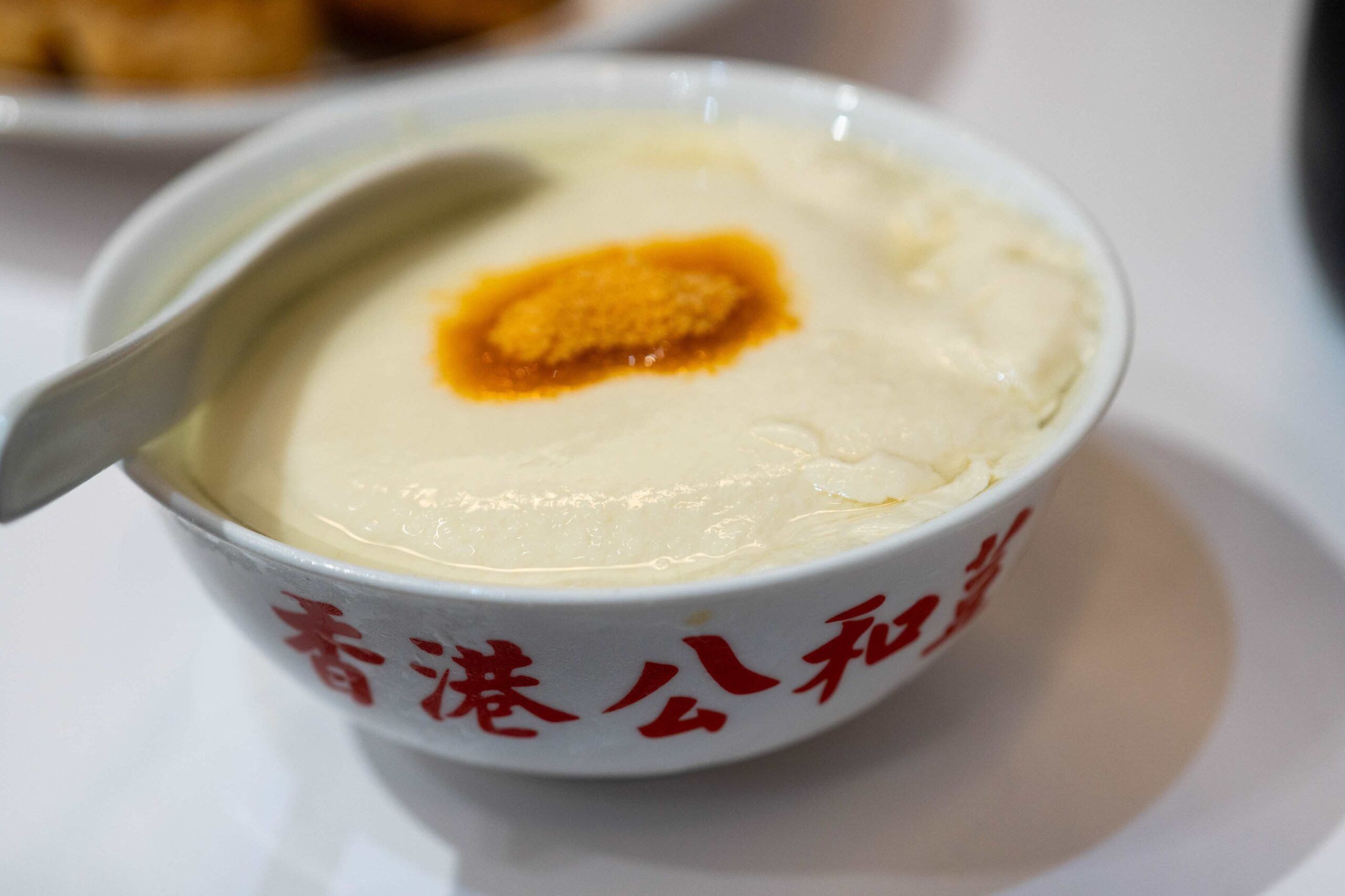

Shia Wong Hip
Perhaps the most exotic delicacy we tasted was the snake soup from Shia Wong Hip. The restaurant was founded by Chau Xiang in 1965 and specializes in snake dishes. Although I hesitated at first, my curiosity got the best of me. The snake soup was surprisingly delicious, its texture and flavor similar to chicken.
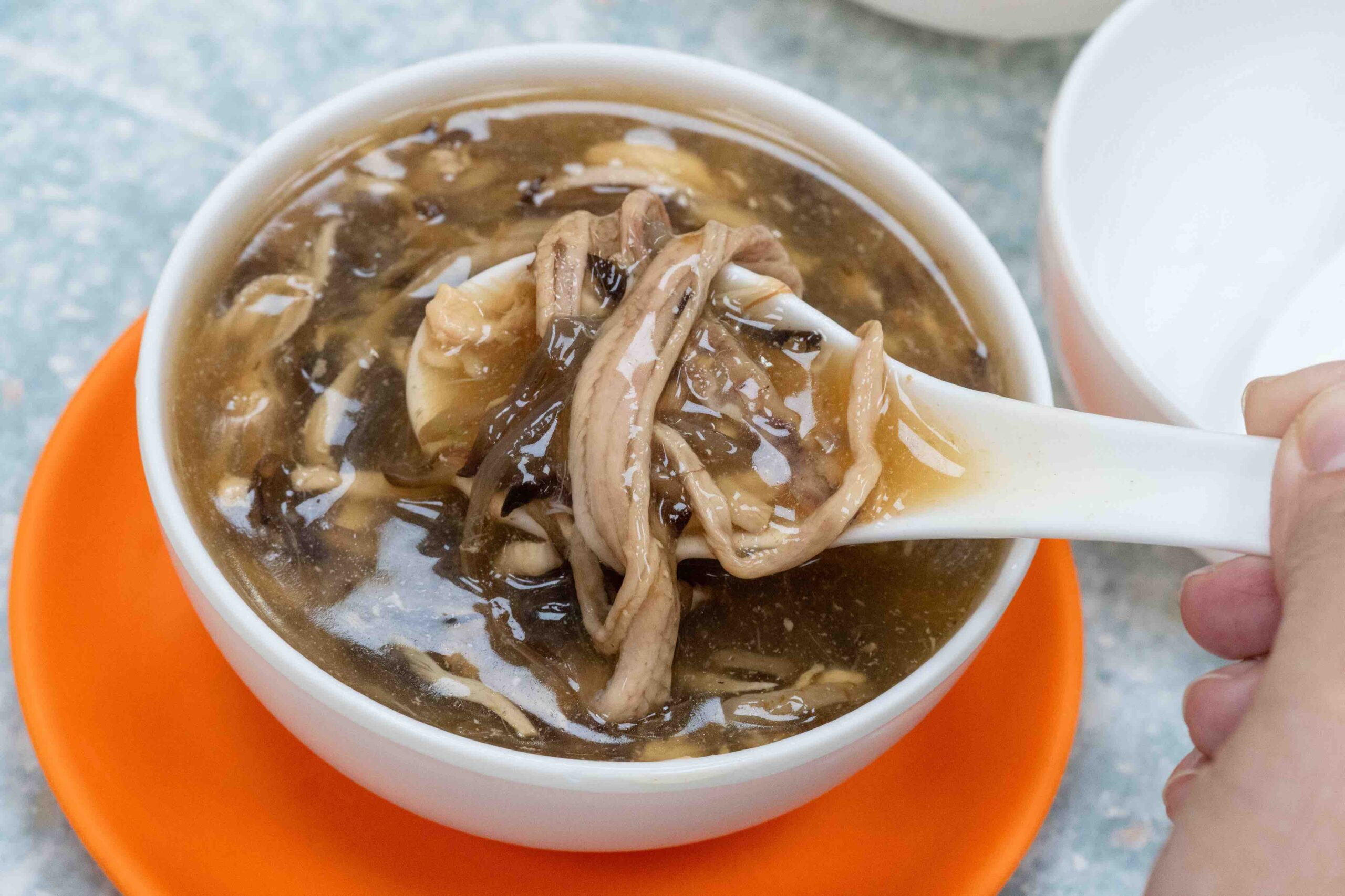
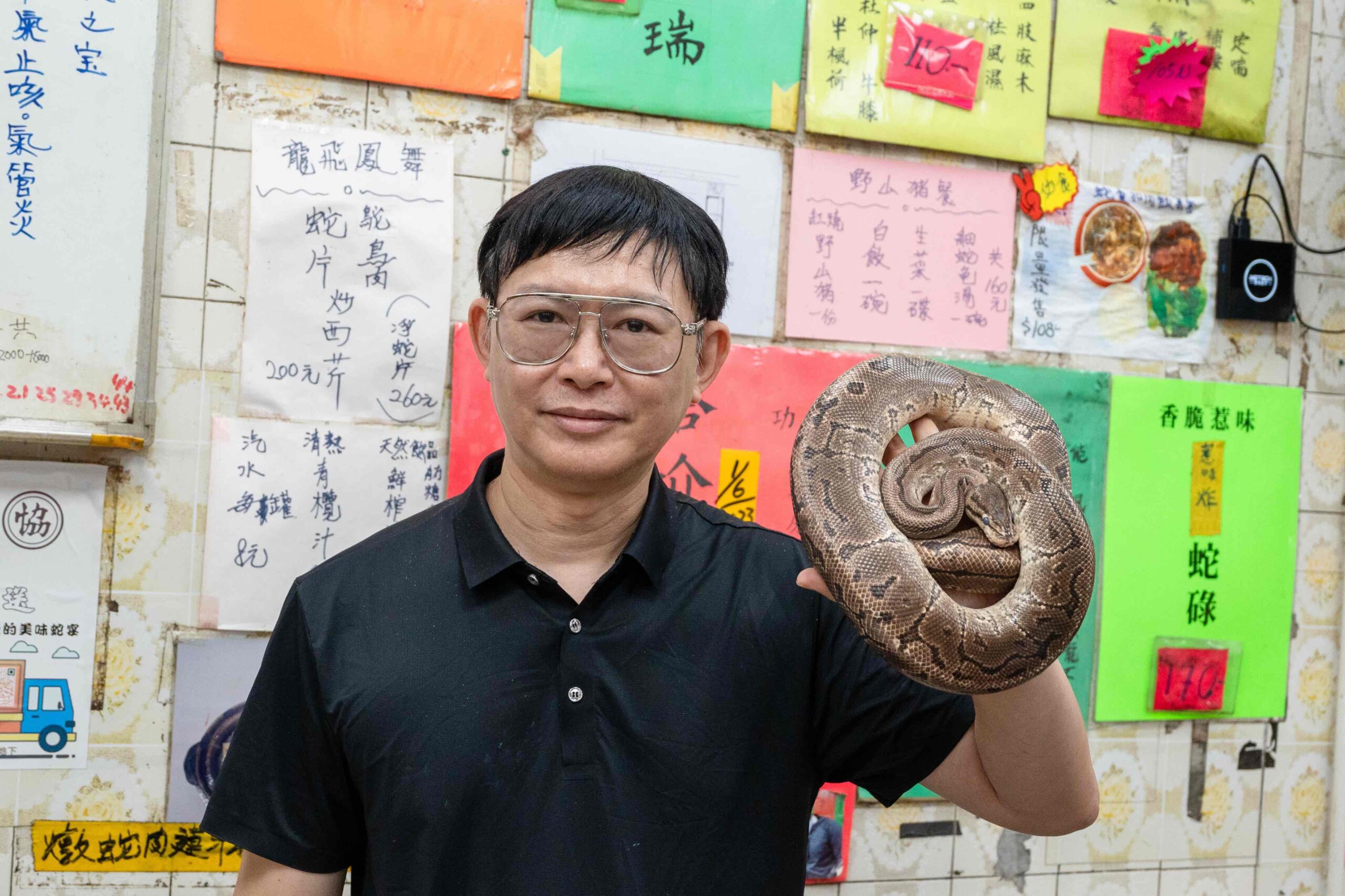
To learn more about the Sham Shui Po Walking Street Tour, please contact Hong Kong Tourism Board’s Manila office through email: [email protected].
kubrick
Beyond a bookstore, the now multi-awarded kubrick was conceptualized in 2001 to be an exchange platform of art and culture. A subsidiary of Edko Films Limited, it is a bookstore, café, and disc store within Broadway Cinematheque located in Yau Ma Tei which has evolved into a rich cultural venue while collaborating with cinema.
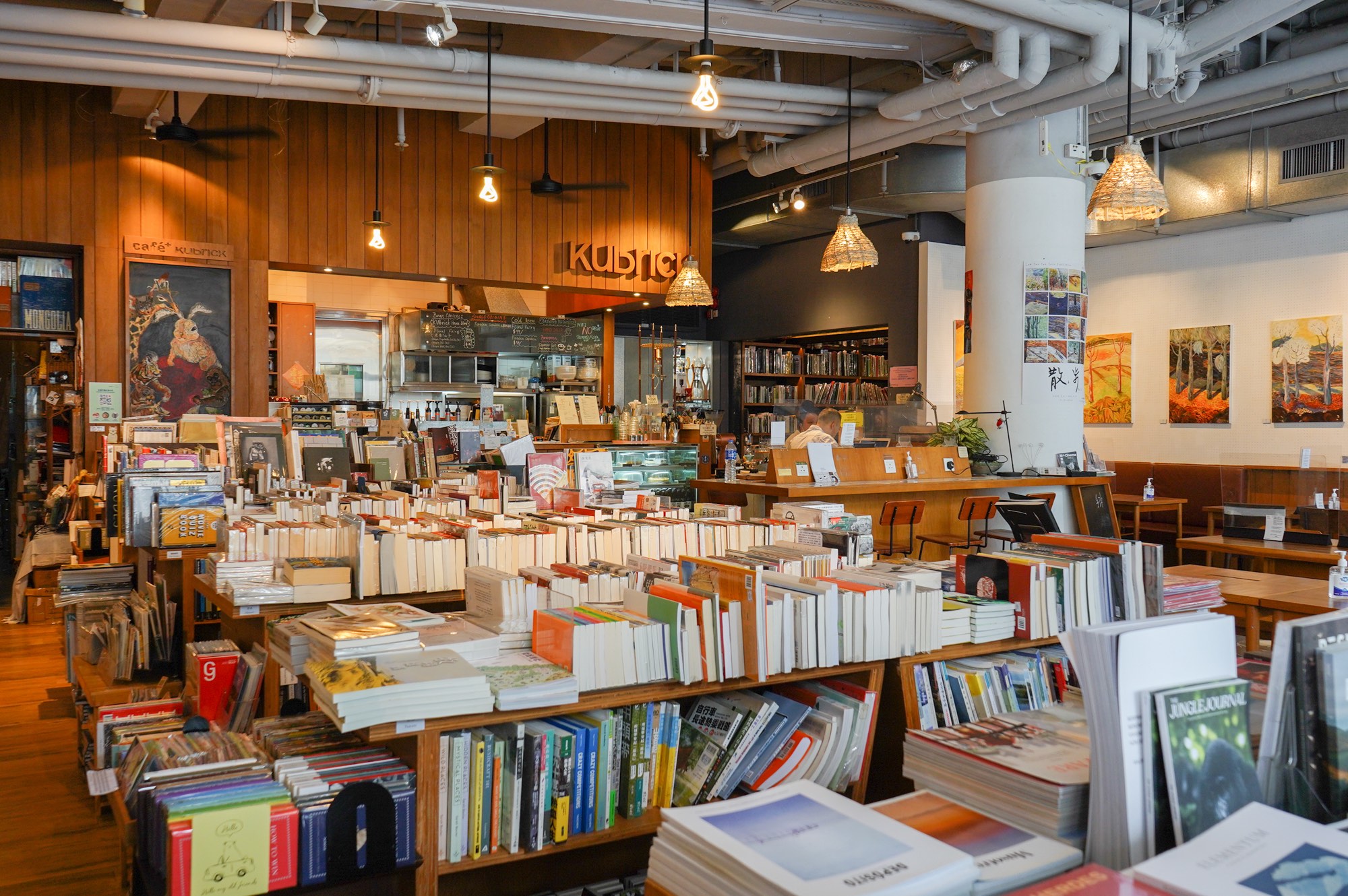
Some of kubrick’s milestones include:
Launching a series of Artist-in-Residence schemes in 2002 by inviting local writers and comic writers such as Craig Au-Yeung Ying Chai, Chan Wai Yee, and Chi Hoi who hosted talks and workshops.
Since 2003, it has worked with theater company Living Stories, who has scheduled monthly “Playback Theatre” performances in front of the store, featuring actors who interact with the audience; also since 2003, began publishing and distributing works for local writers, illustrators, and artists which has given rise to more than 100 titles ranging from novels, poetry, prose, art reviews, illustrations, photography, and picture books–resulting in awards such as the Hong Kong Book Awards, Hong Kong Biennial Awards for Chinese Literature, Hong Kong Arts Development Awards and HKDA Global Design Awards.

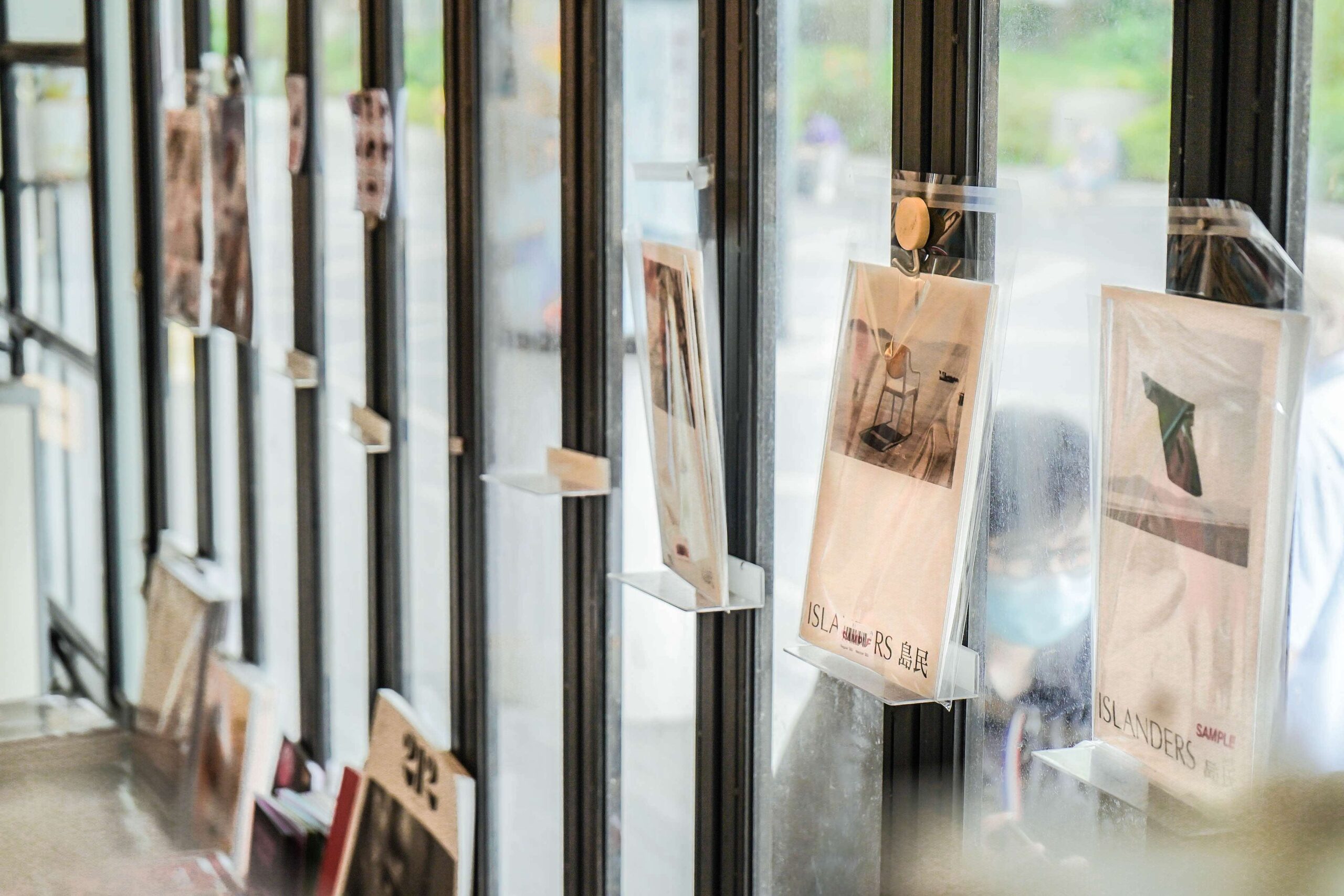
In 2004, they joined Hong Kong Book Fair in order to promote Hong Kong Literature and artistic creation and within 10 years has launched more than 50 events such as writers’ sharing sessions as well as artists’ live painting sessions.
By year 2005, a group of poetry lovers introduced kubrick Poetry Society where poetry reading and sharing sessions take place monthly by local and overseas poets.
kubrick began working with local artists with exhibitions in Hong Kong and Beijing in 2006, featuring artists and organizations such as Carrie Chau, Firenze Lai, Movana Chen, b.wing, and 1 a Space among others; in 2007, Yoshimoto Nara’s first artworks sharing session was launched.
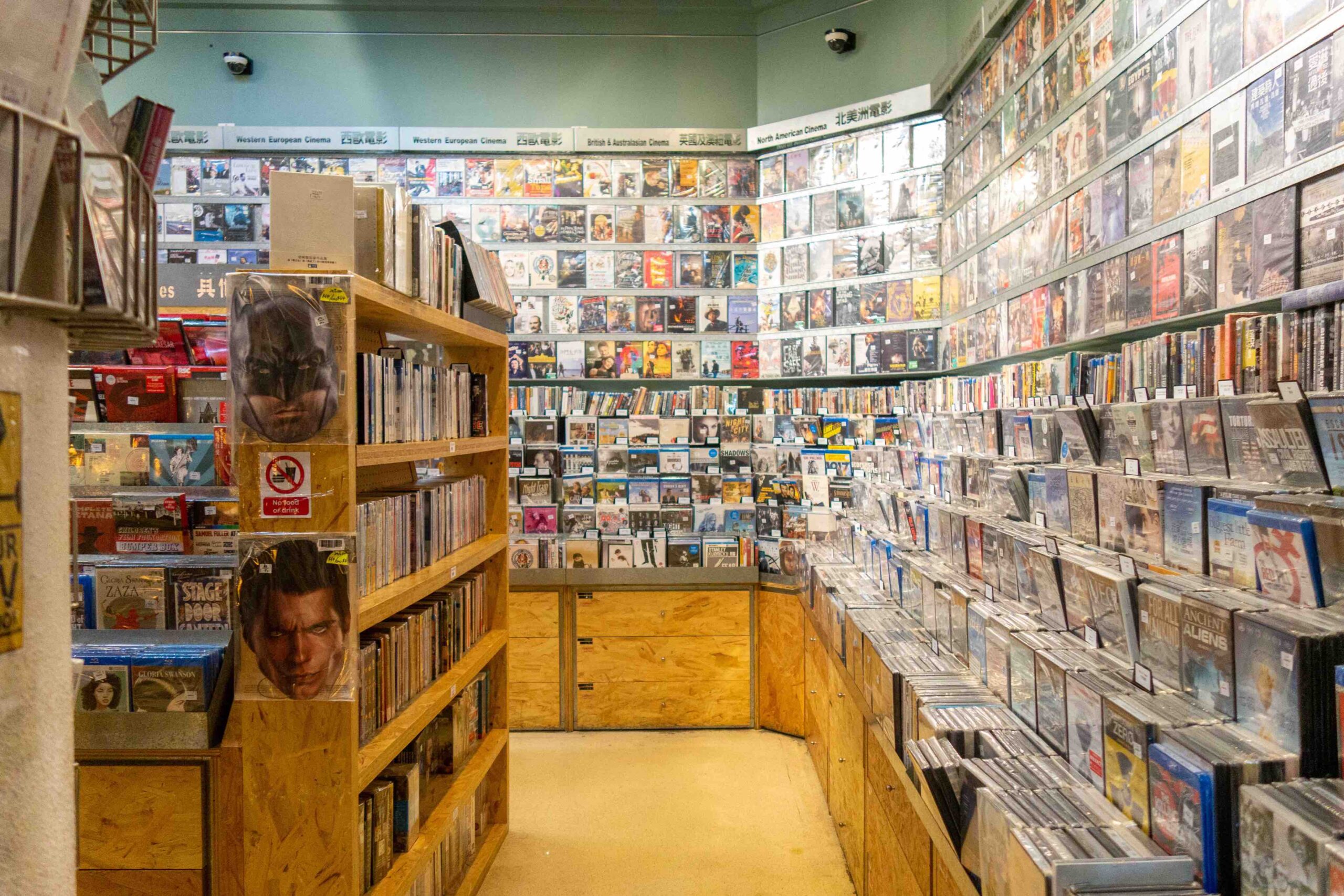
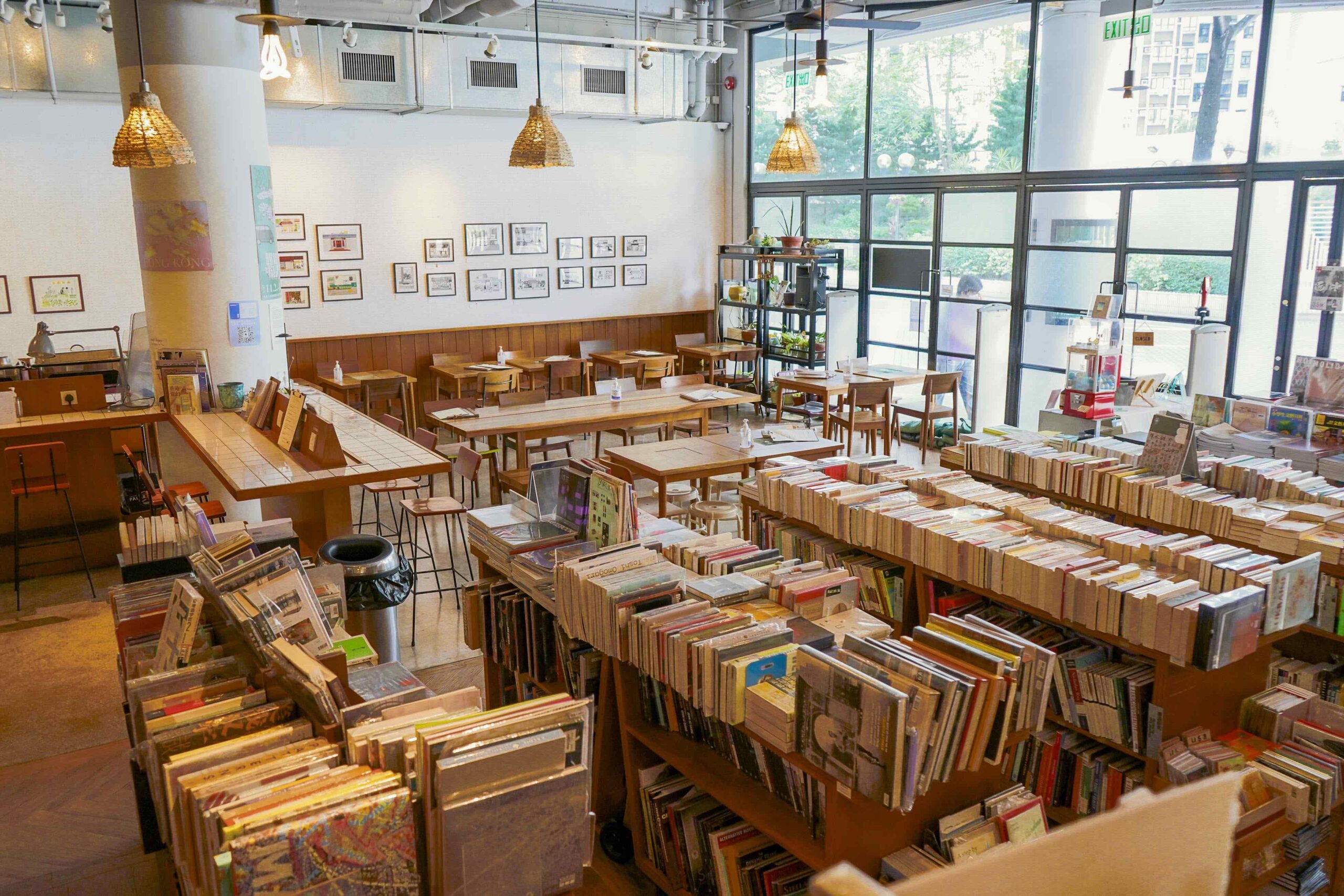
Friday Live was launched in 2009 featuring local and overseas artists and bands who performed cozy music shows on Friday nights which embraced various genres like folk, pop, rock, jazz, and soul, featuring artists like Henry & Roger Chung, Kolor, A Day, Rednoon, Sugar Club, Rachel Kar, Ricemagnet, Ken Mok, Mininoise, Ever, Jing Wong, Modern Children, Ketchup and overseas artists like Yingcfoo Zhou Yun Peng, Wu Tiao Ren and Peggy Hsu.
In 2010, kubrick participated in Taipei International Book Fair, promoting Hong Kong writers and artists to an overseas audience.
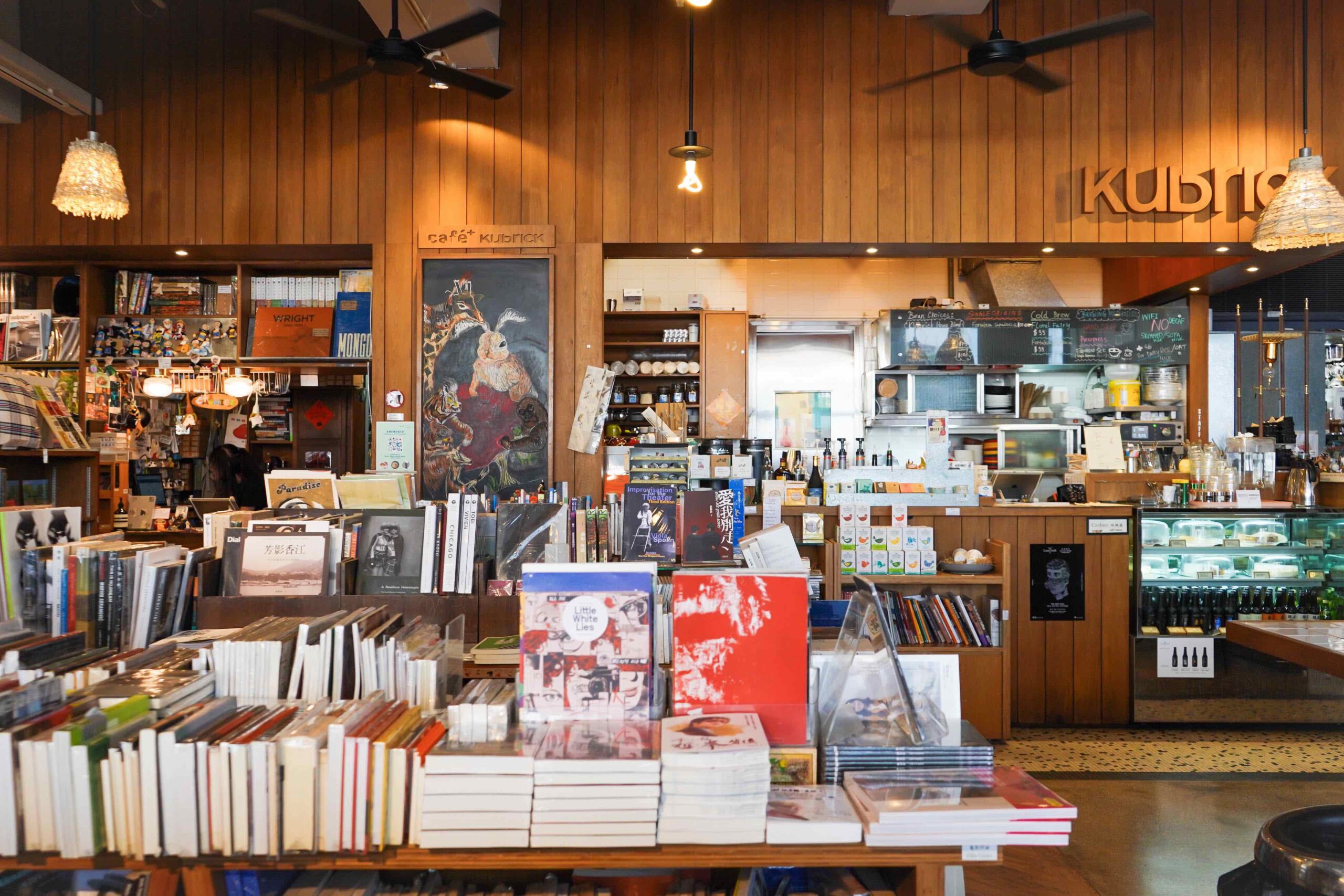
After the 2013 renovation, exhibitions were held monthly, featuring artists such as Ali Moosa, Chan Wai Kwong, Wong Sze Chit, Lai Tat Tai Wing, Li Chi Tak, Leumas To, Jenno Neko, Siugo, Pazu Chan, Deng Xian Xiong, Birdy Chu, Michael Leung, Ada Hung, Peggy Chan and Silvia Chan. Moving forward, kubrick continues to cultivate local cultural scenes, fabricating art exchange platforms while offering assistance to local artists and writers in joining various exhibitions, opening up prospects for development while boosting local culture.
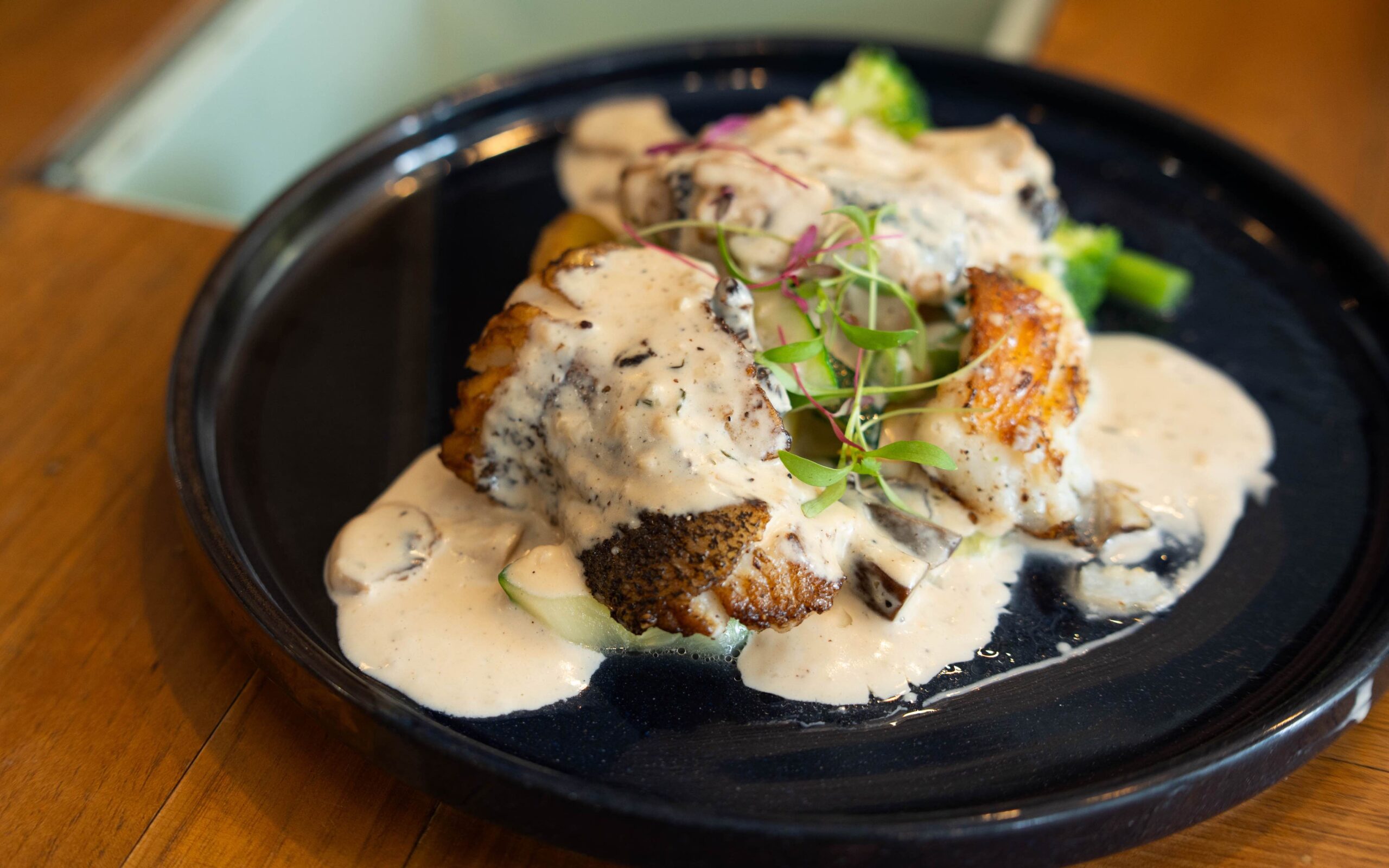

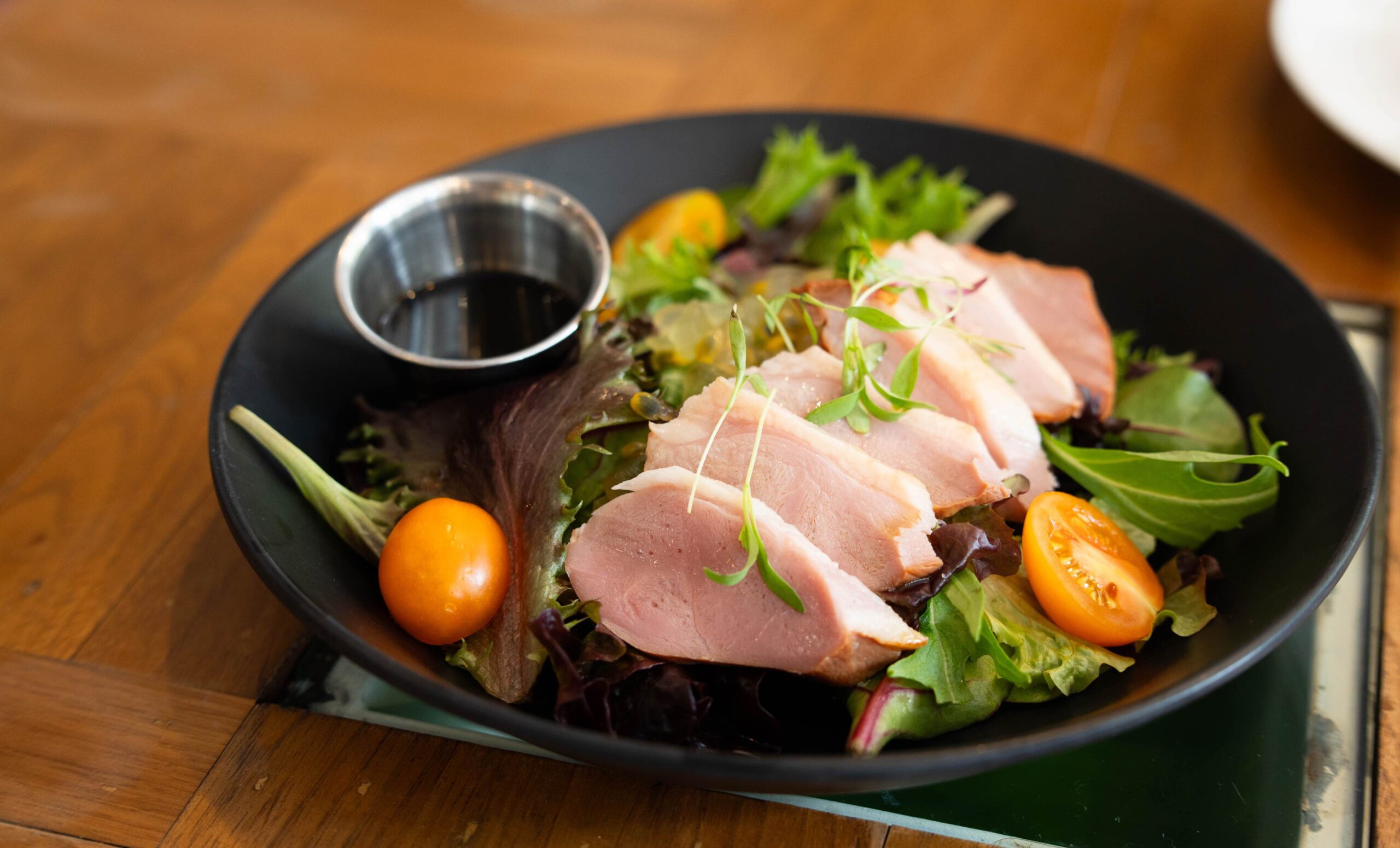
Learn more about kubrick through the website. Visit this link for cafe booking.
Momentism in practice
Working with our hands allowed us to fully immerse ourselves in the joy of the present moment. Both Art Escape and Mini Bus Workshop were wonderful ways to relish in a sacred pause and reconnect with our inner child.
Art Escape at The Hideout
The Hideout is exactly that–a unique getaway in Mui Wo, Lantau Island. With picturesque views of the mountains juxtaposed against serene calm waters, it’s the perfect backdrop for Art Escape, an art session inspired by the wonders of nature.

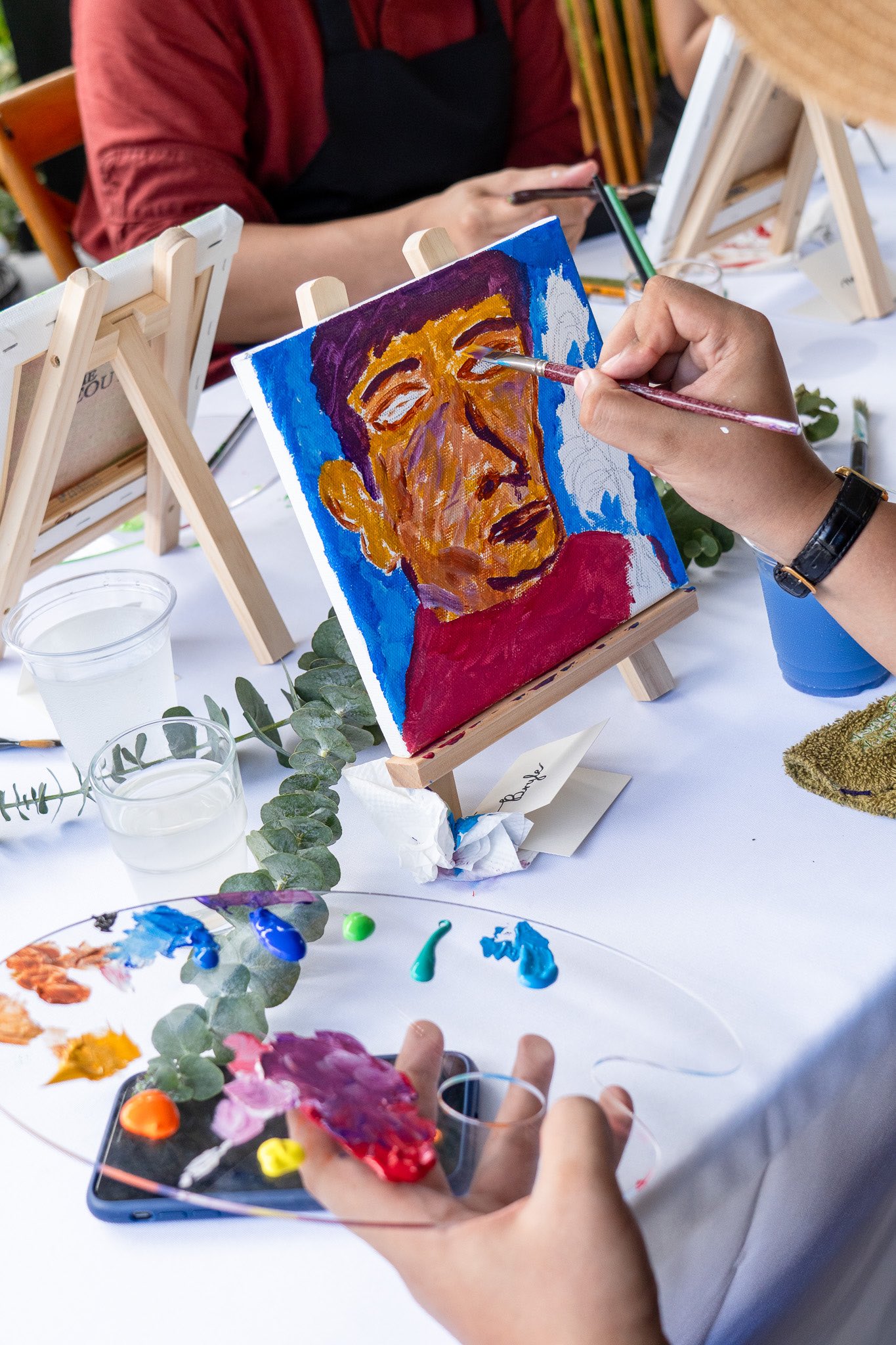
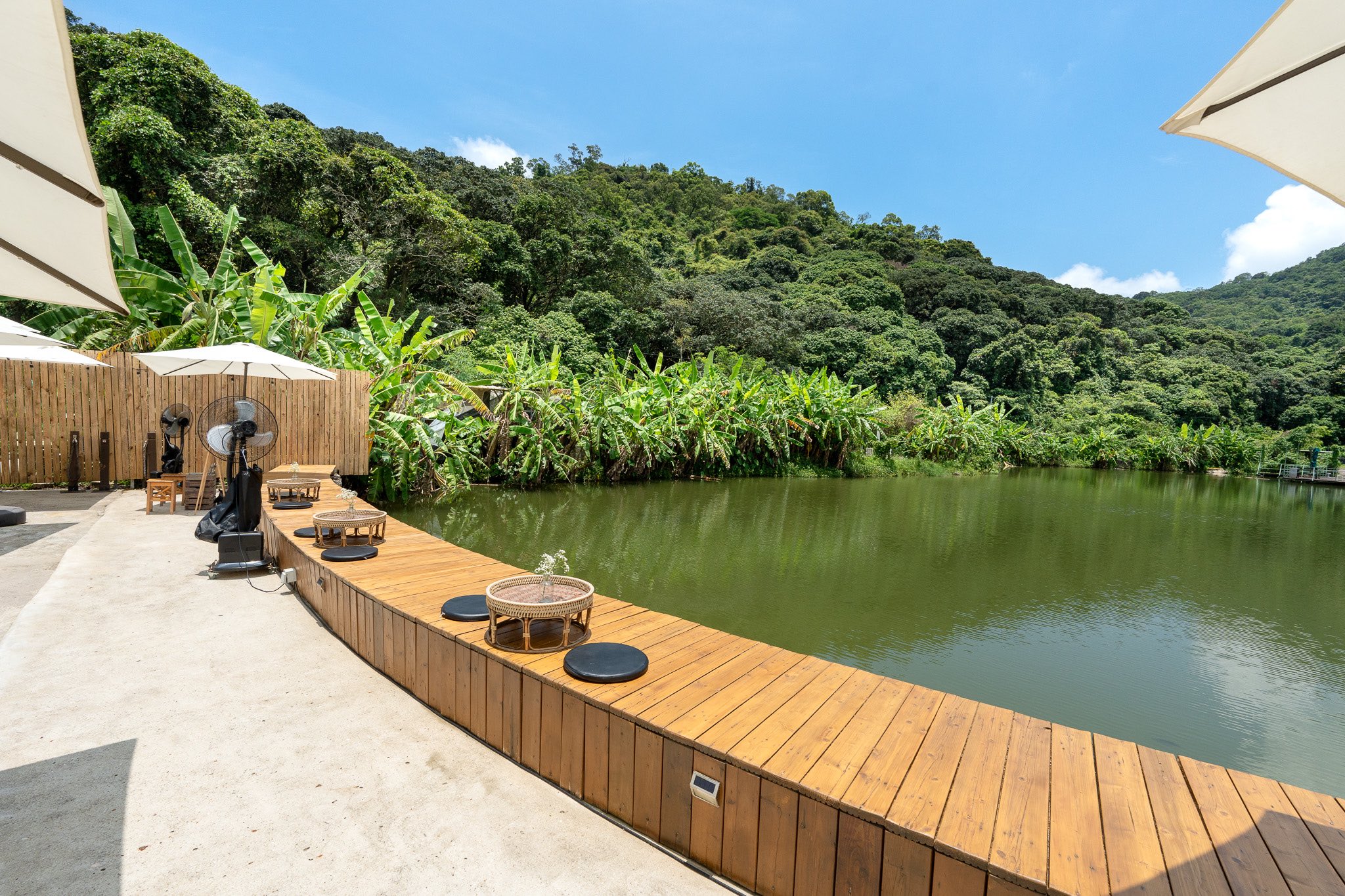
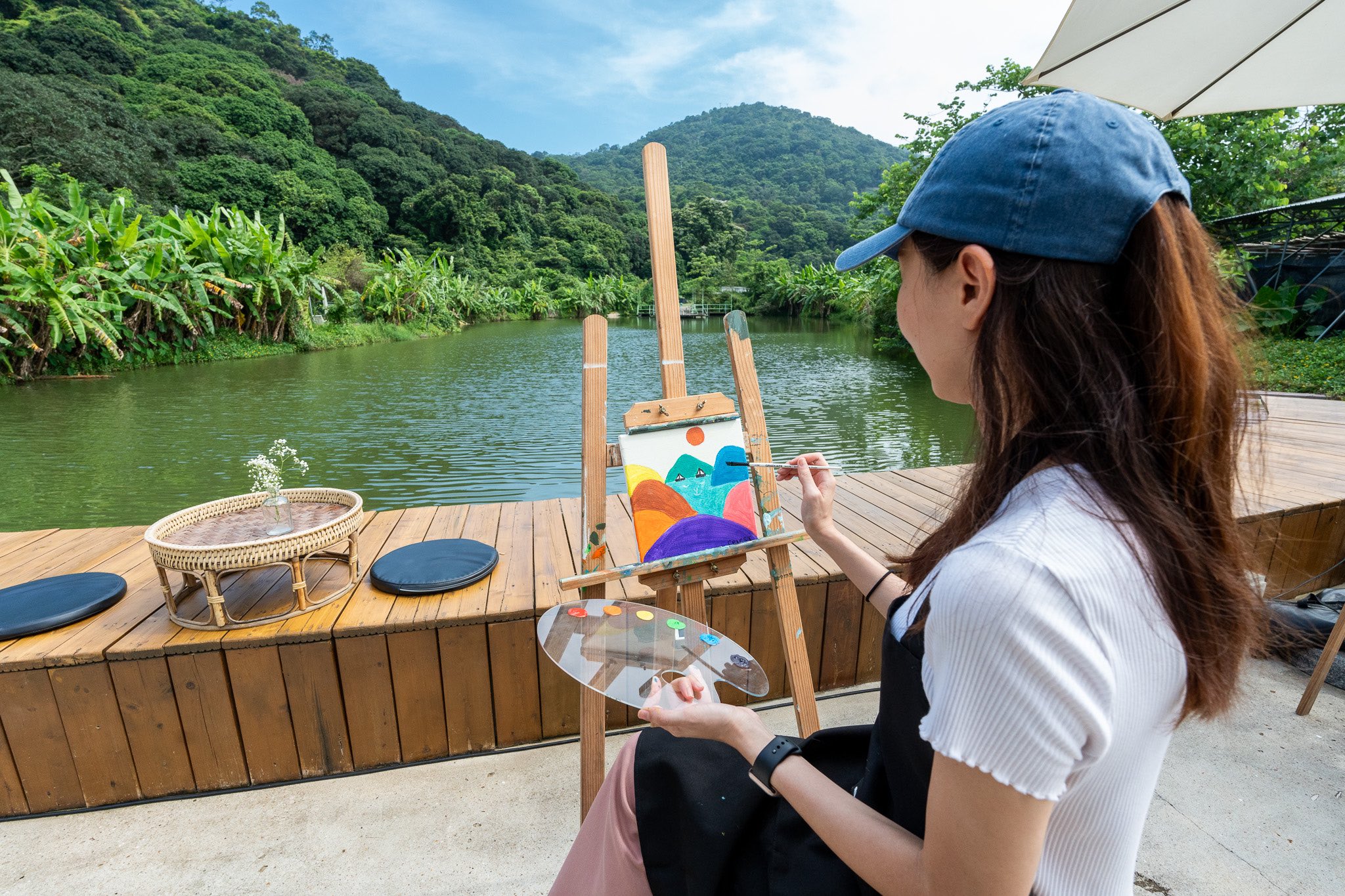
Beyond Art Escape, The Hideout offers other outdoor experiences such as their Community Wellness in Nature classes like Hatha Flow as well as Breathwork and Soundbath.
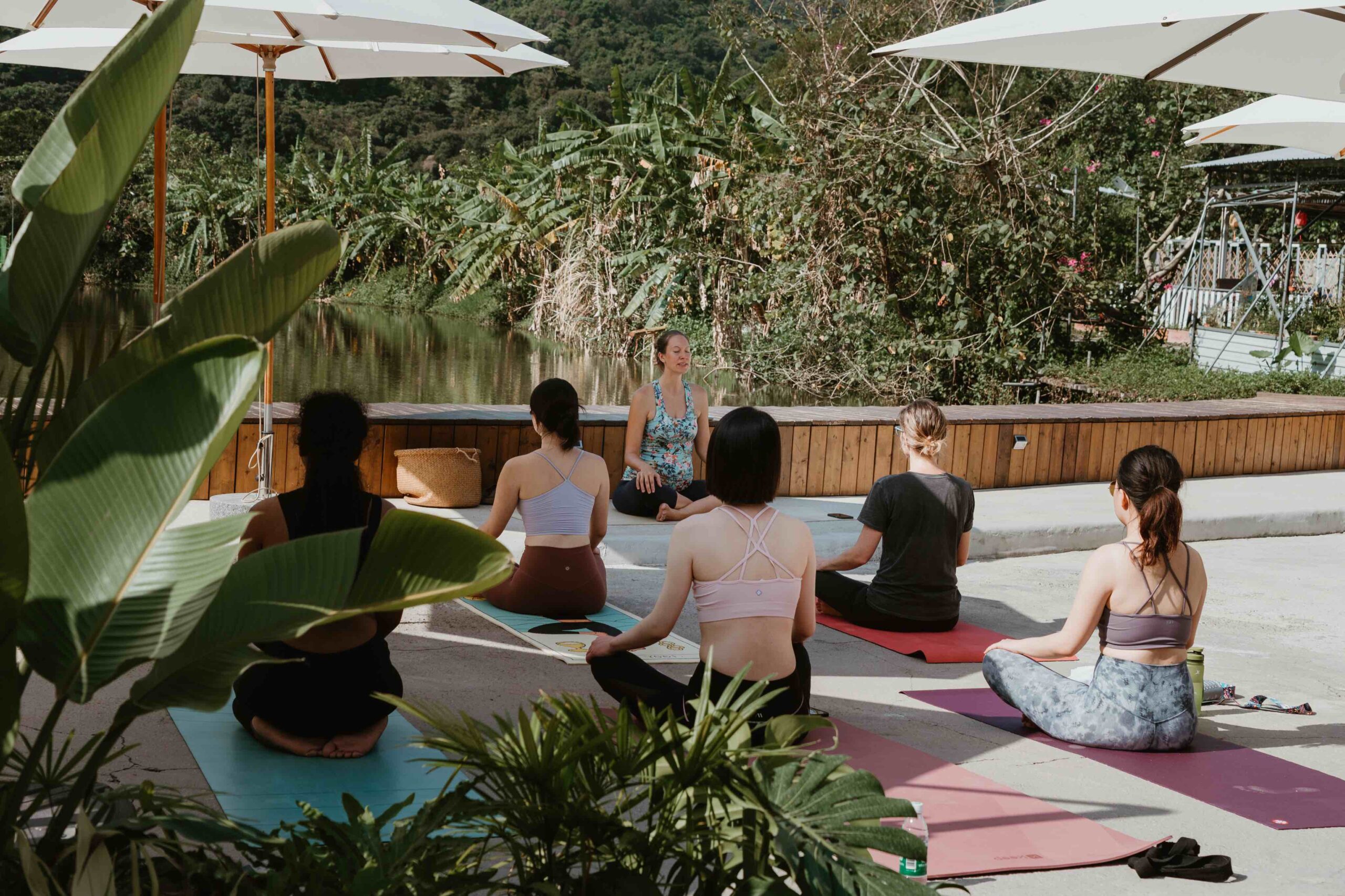
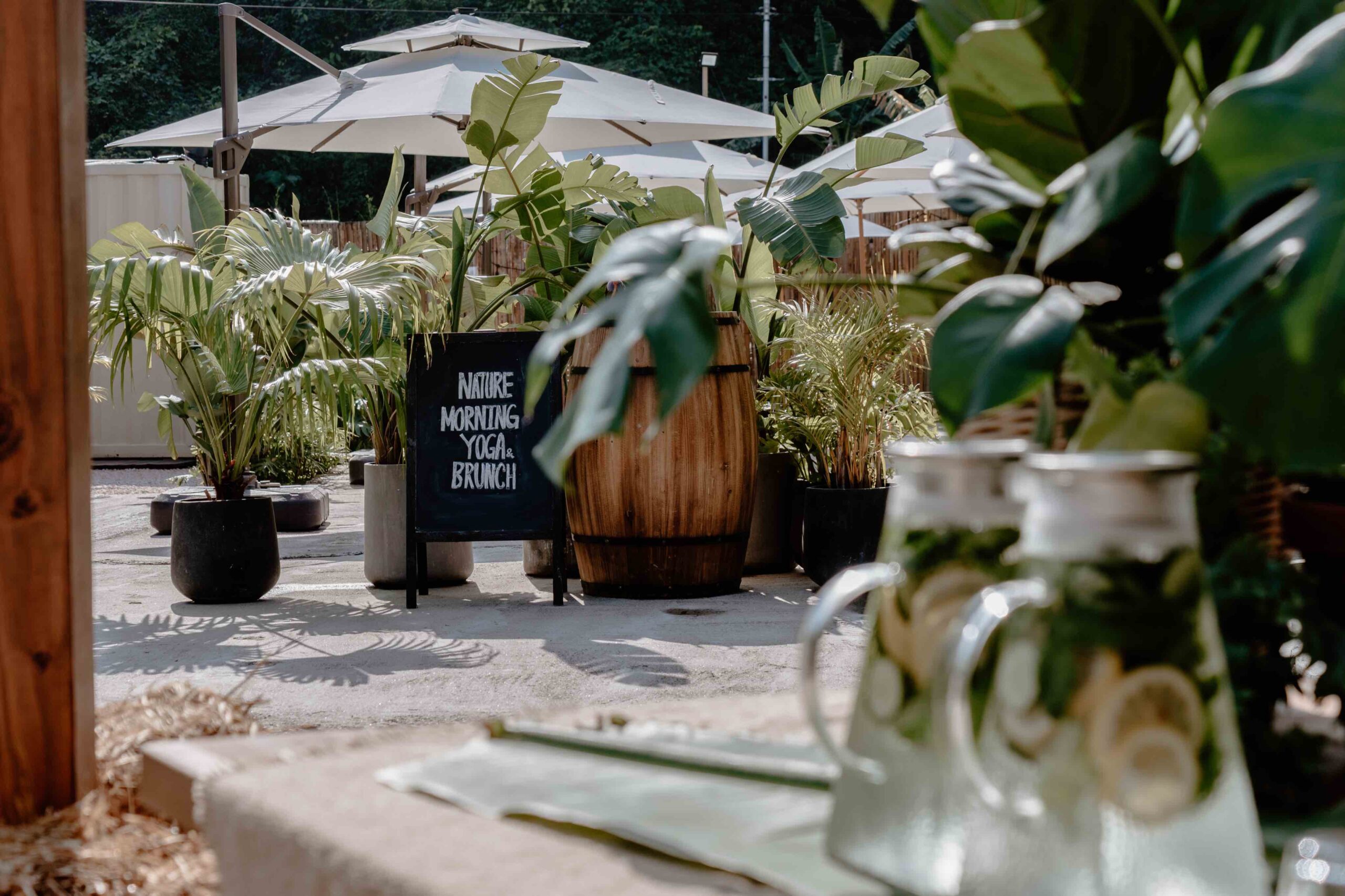
Foodies will be delighted to know that they also offer farm to table dining using locally produced ingredients from their organic vegetable garden.
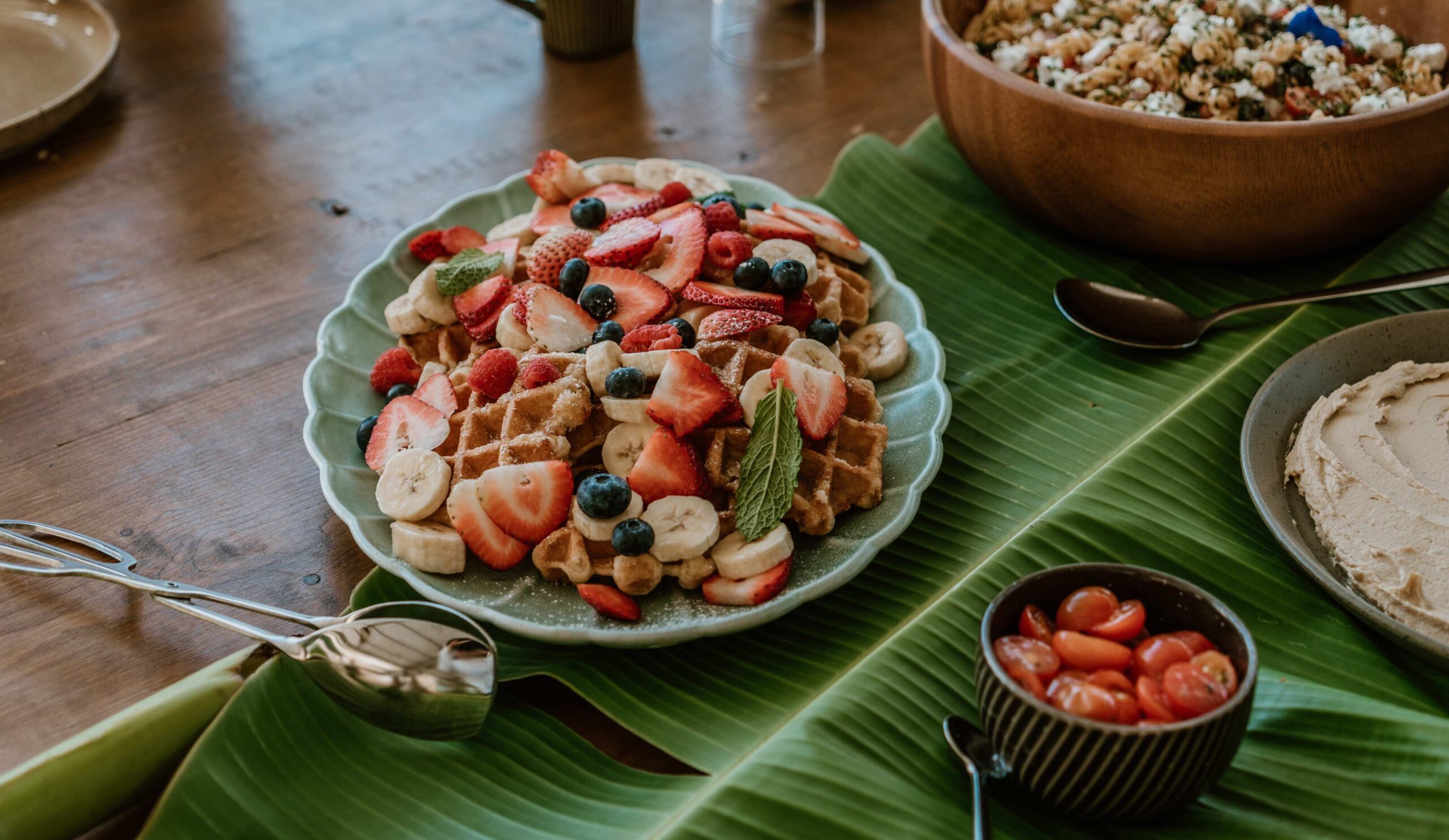
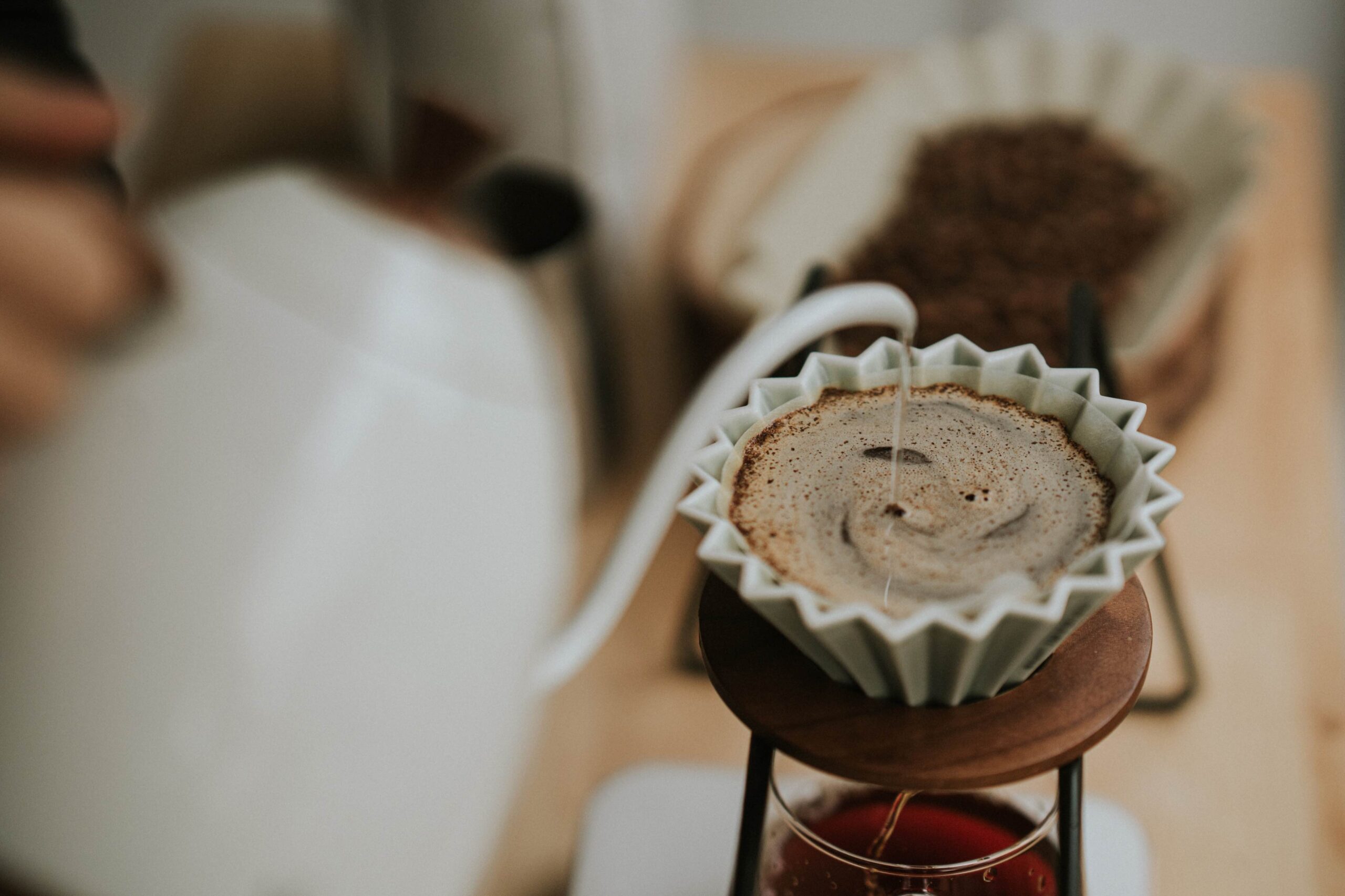
To learn more about The Hideout, email [email protected] or contact +852 9660 2625.
Mini Bus Workshop
The red mini buses have become the iconic mode of public transportation in Hong Kong. During the minibus workshop taught by Mak Kam-sang, also fondly known as Master Mak, we learned that he is the last sign-maker left in Hong Kong keeping the artform of hand-painted acrylic route signs alive.
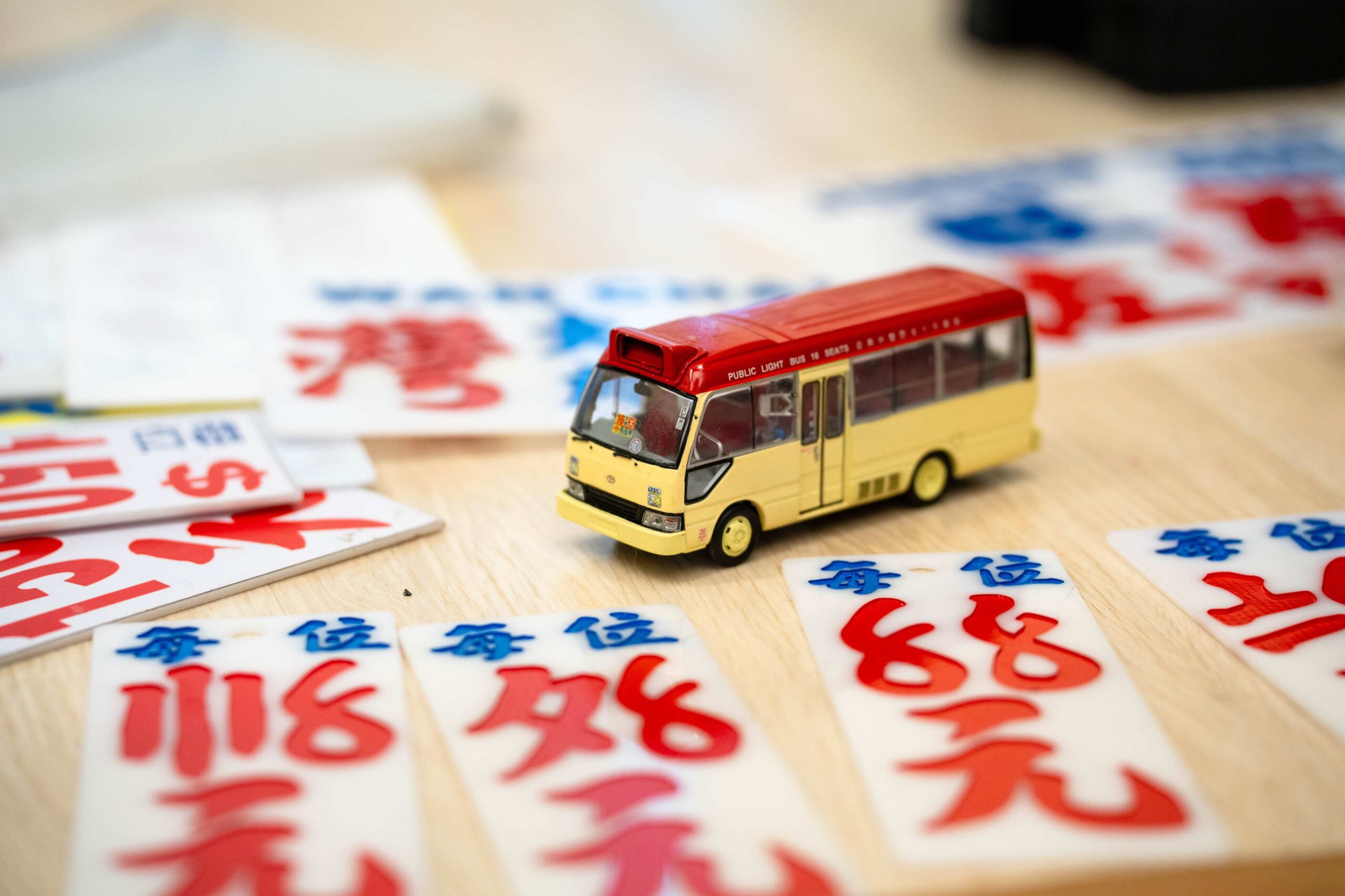
He shared stories about the 40 years he has been refining the aesthetics while teaching us the art of the captivating cultural craft.

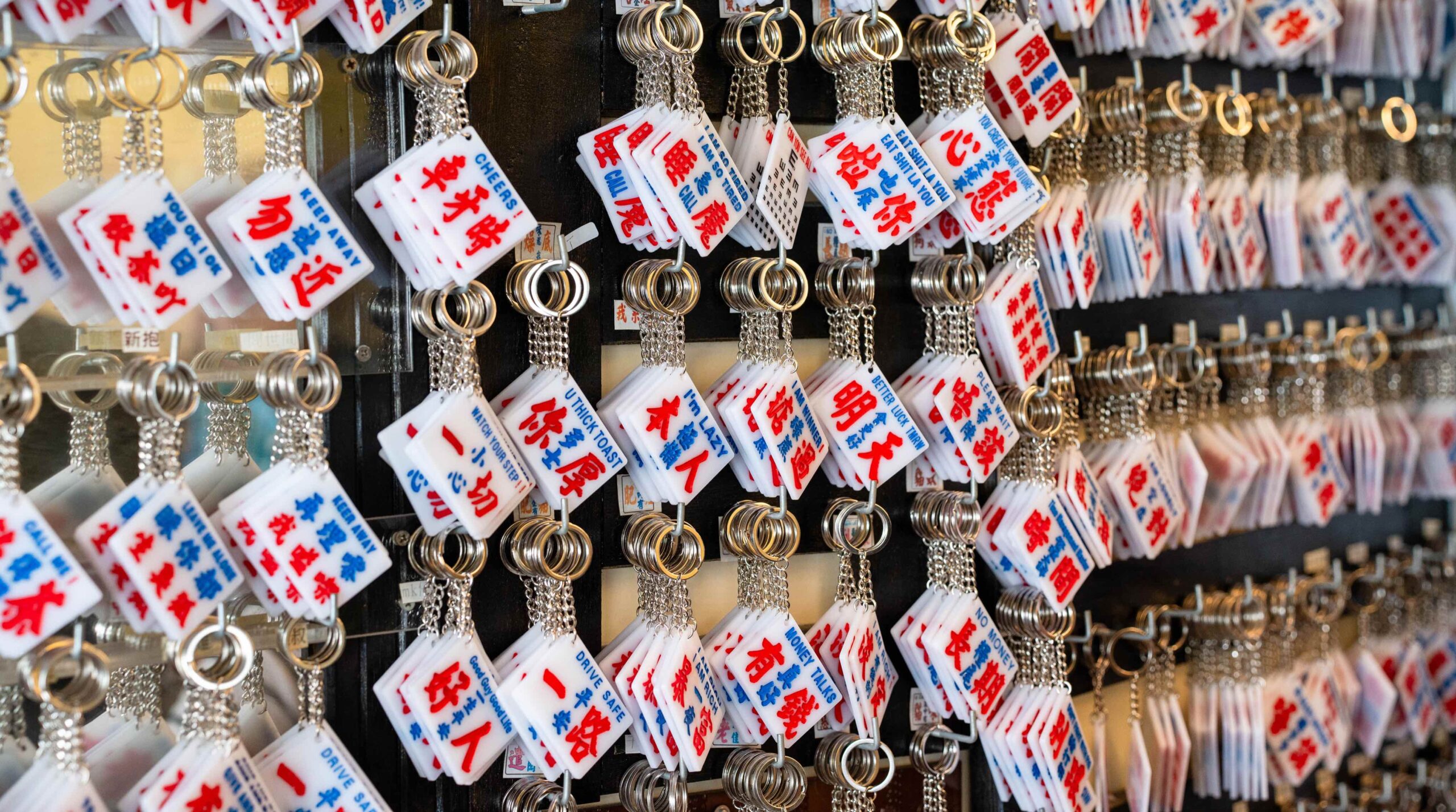
Admittedly, it was a challenge to create our own acrylic sign using Chinese characters, even if ours was just a mini version in the form of a keychain. However, it did feel very fulfilling after persevering and finally completing my own little sign. Much appreciation to Renka and my seatmate Wallace for giving me the tips I needed.
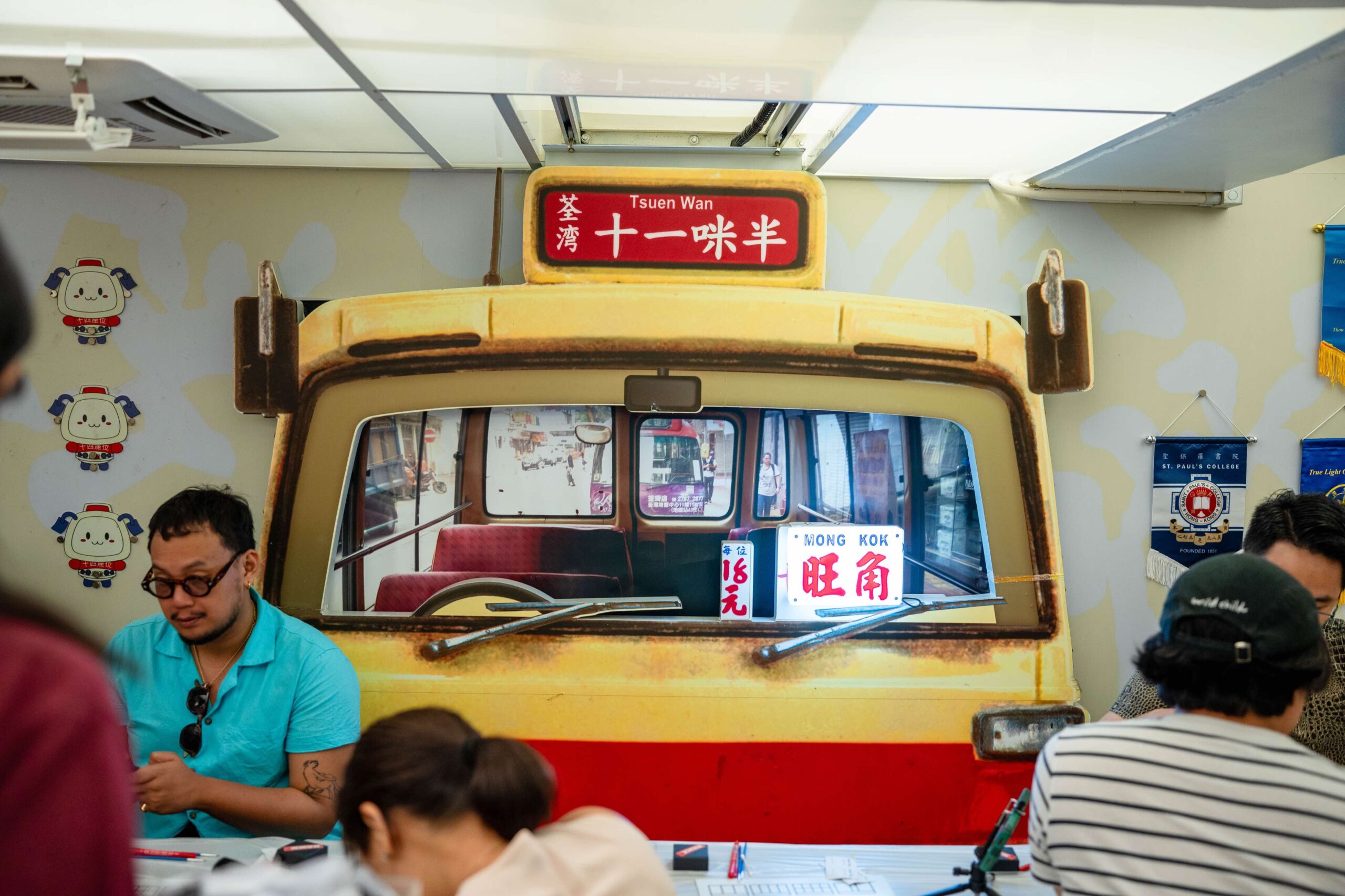
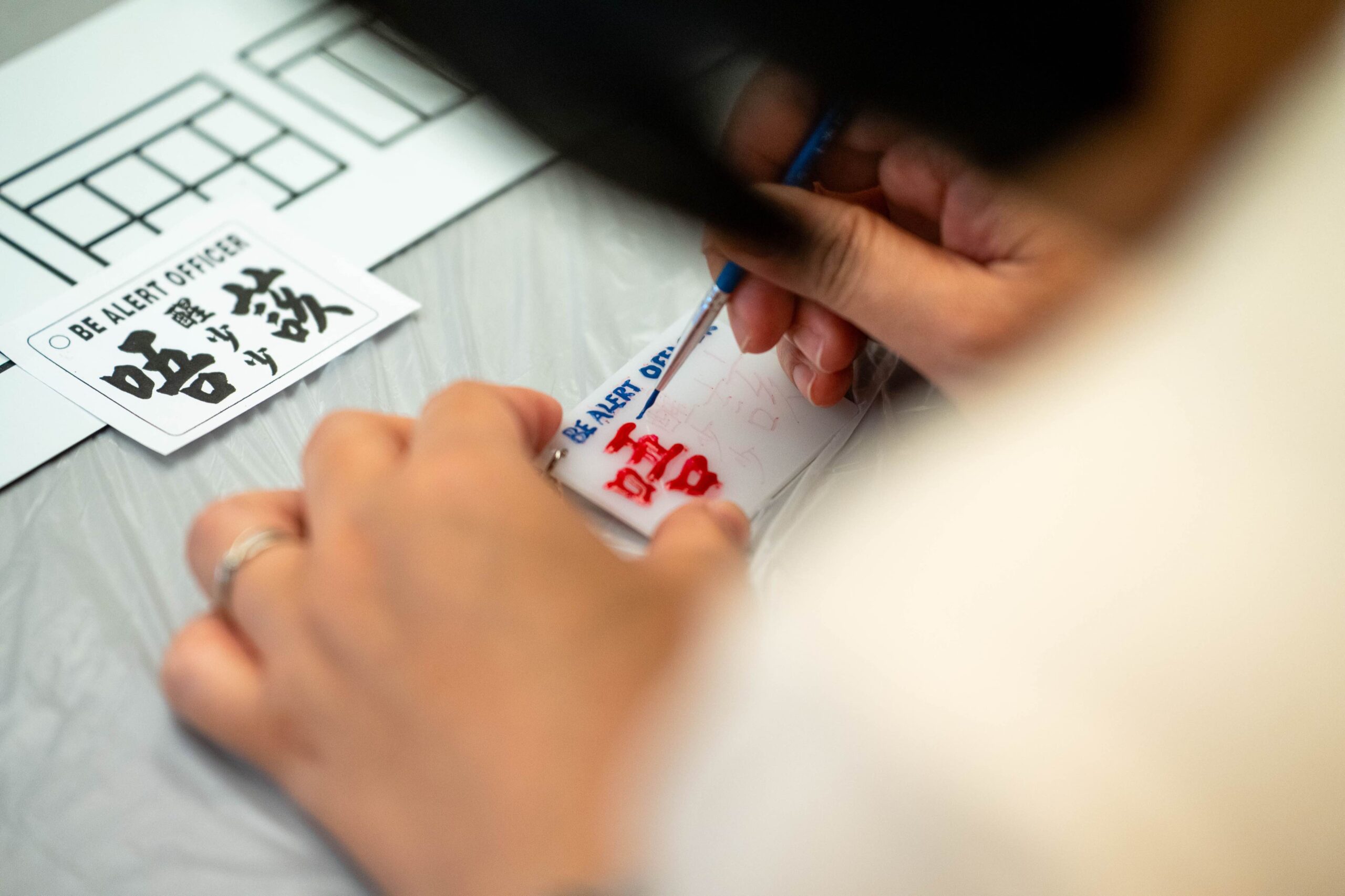
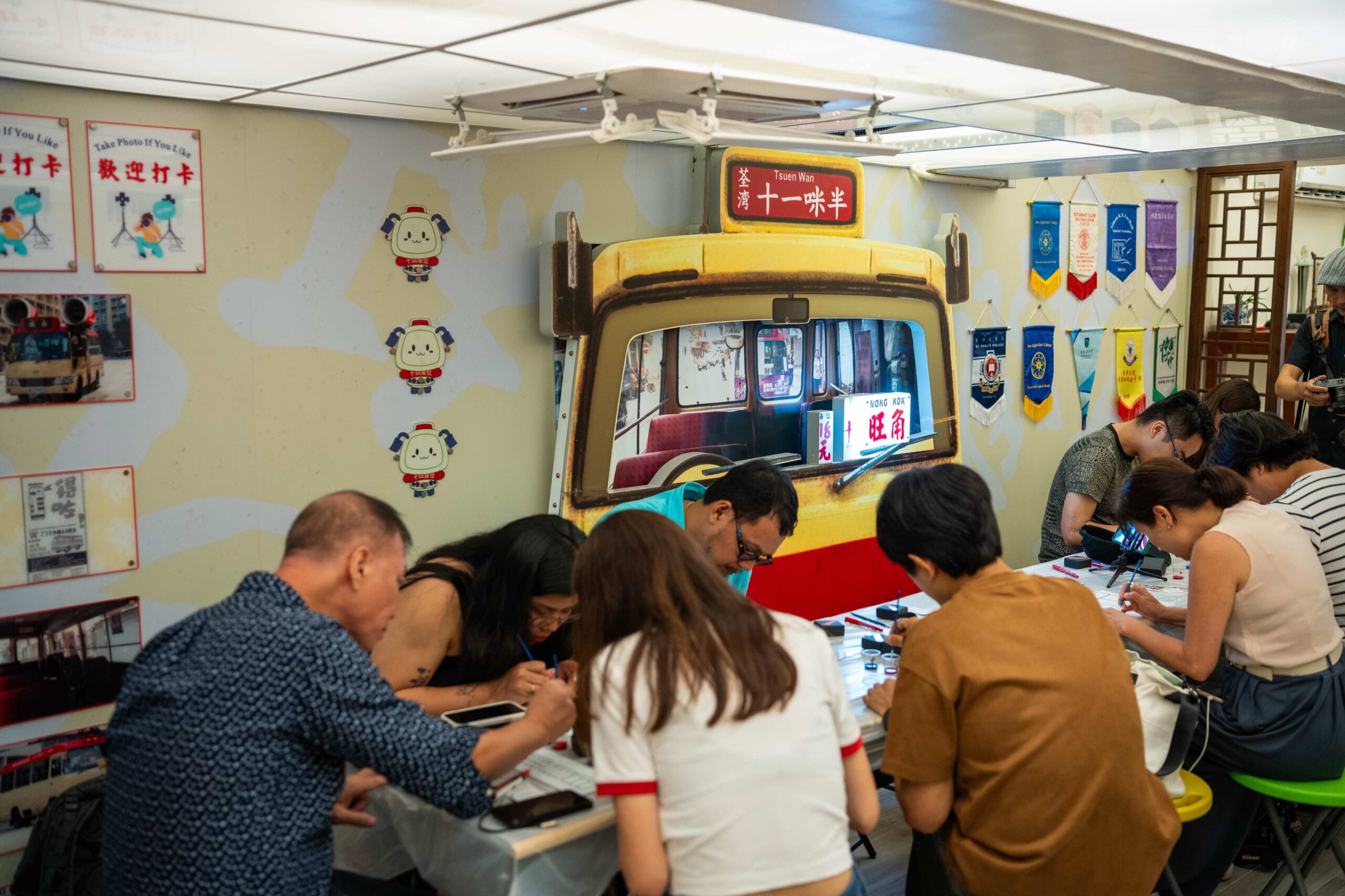
For inquiries on the Mini Bus Workshop, please visit the website or call +852 3973 2496.
MORE NATURE ESCAPES AND SCENIC GETAWAYS
Peng Chau Island
Exploring the islands was a refreshing new experience beyond the usual shopping escapades one is used to when in Hong Kong. The charming Peng Chau Island easily stole a piece of my heart with its mini beach and old leather factory with a secret garden featuring vibrant street art. Peng Chau or “flat island” is less than one hour’s ferry ride from Hong Kong’s central business district, covering just under one square kilometer. History records say that halfway through the Qing Dynasty (1644-1911), Peng Chau was thriving with business activities.
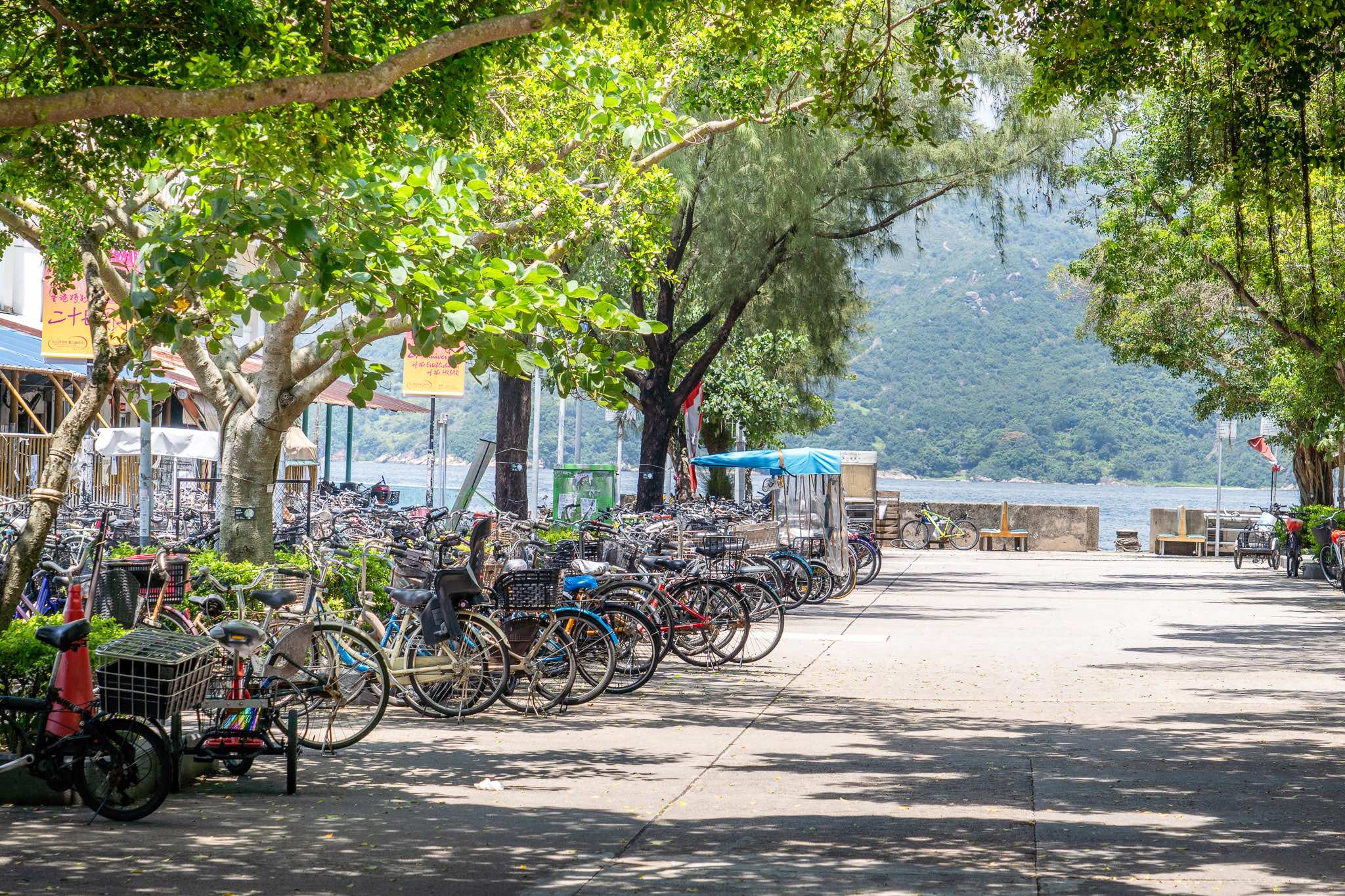
The Fook Yuen Leather Factory along the main street of Peng Chau is a Grade III historic building built in the early 1930s.
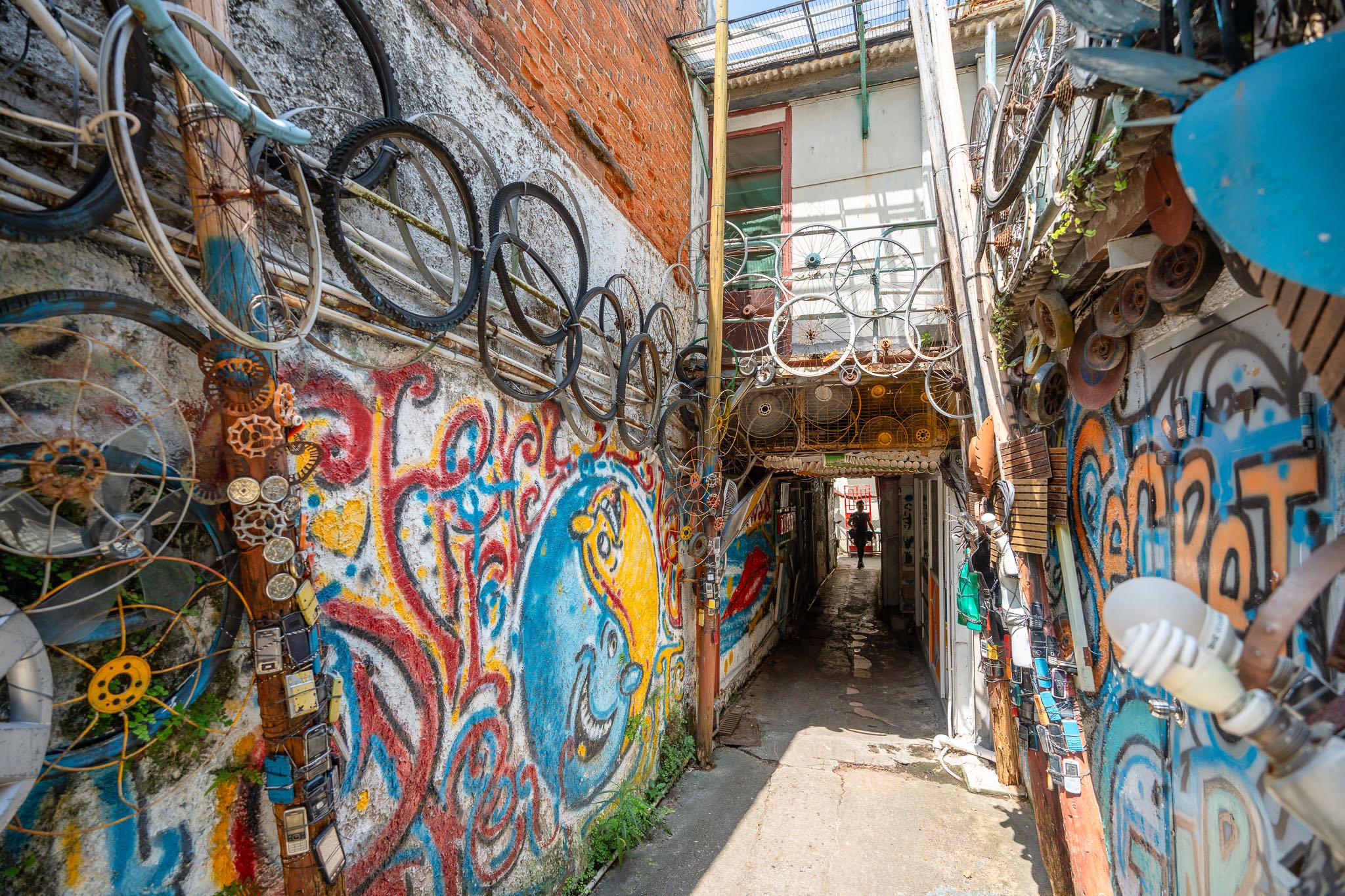

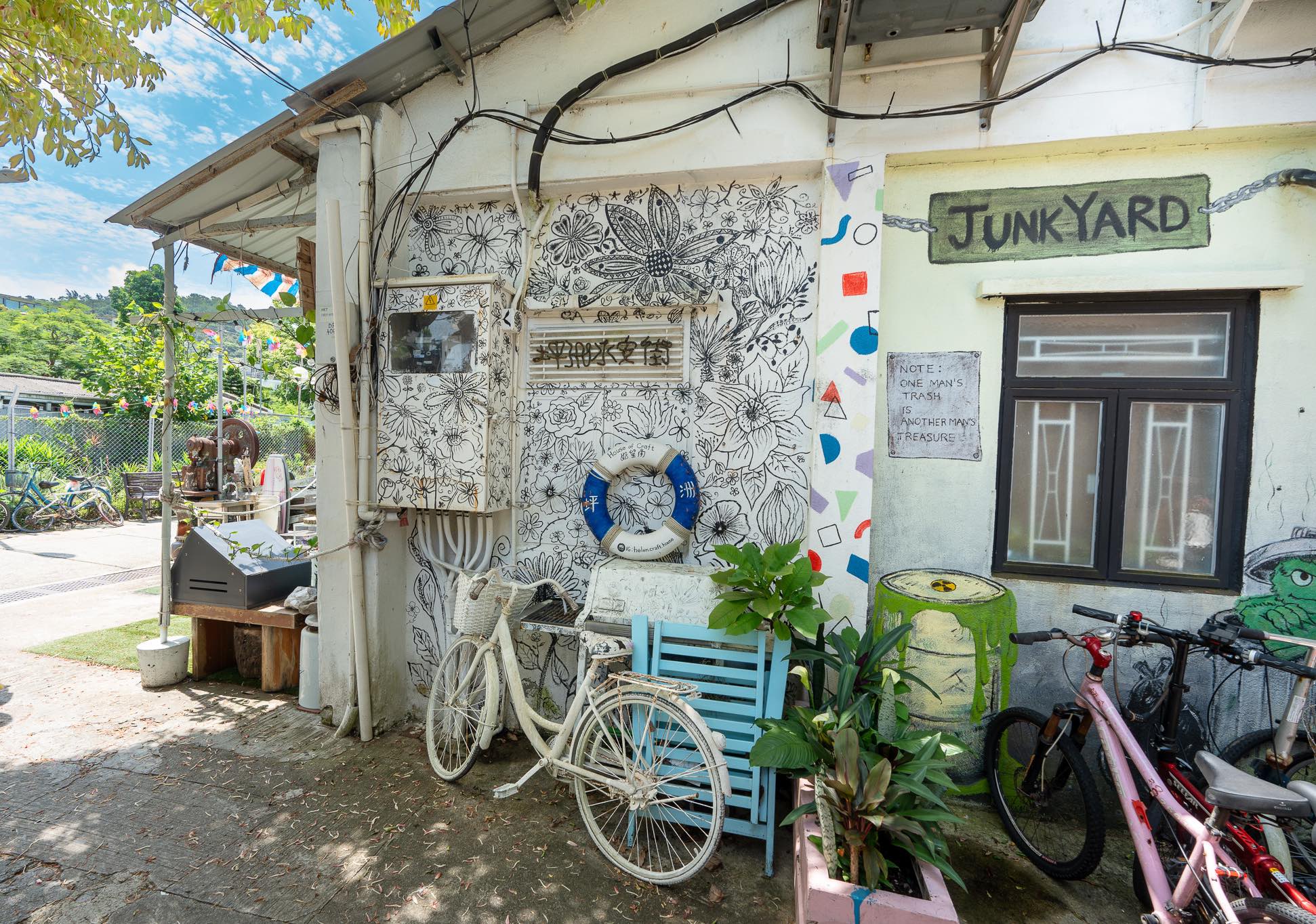
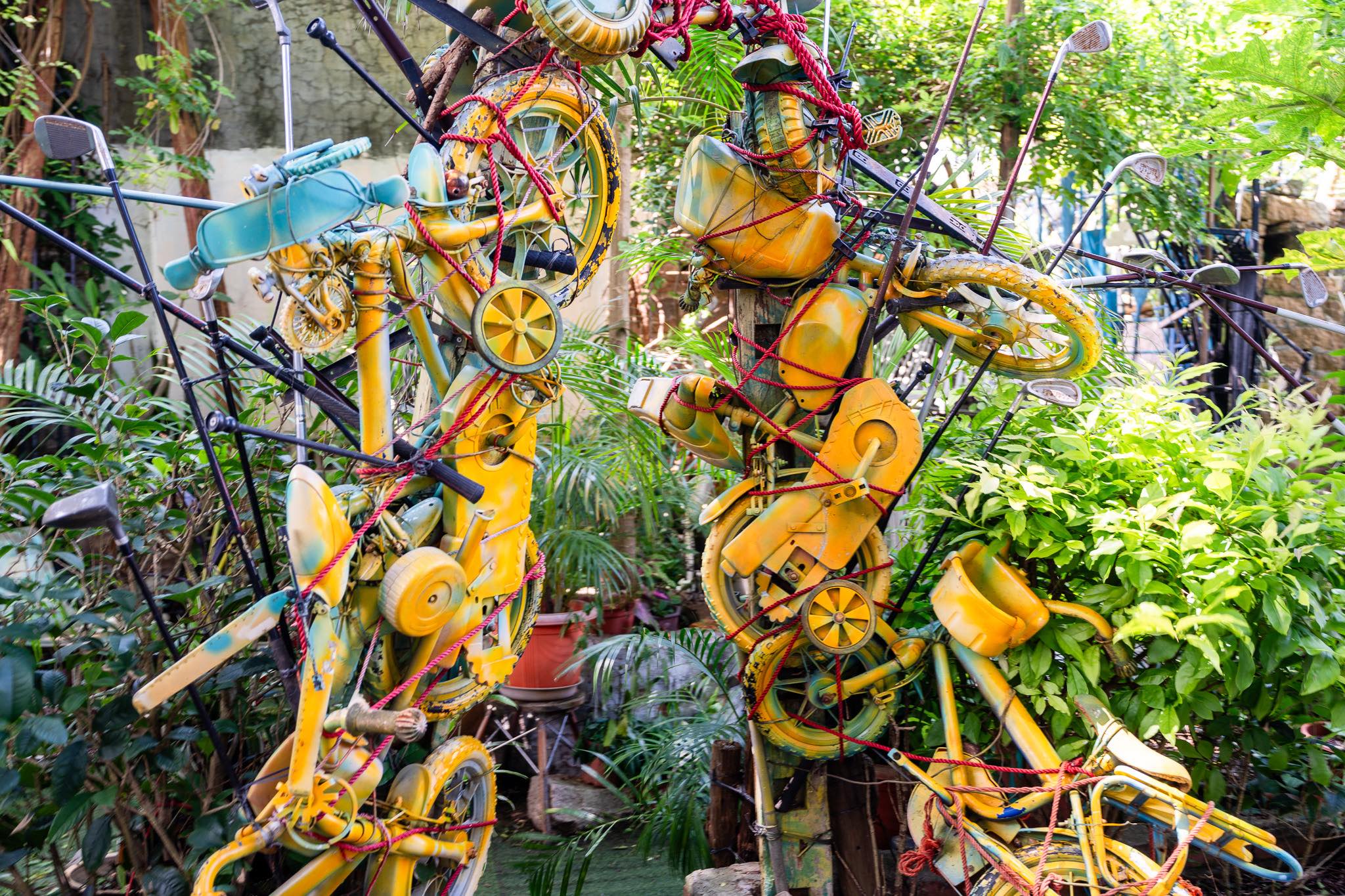
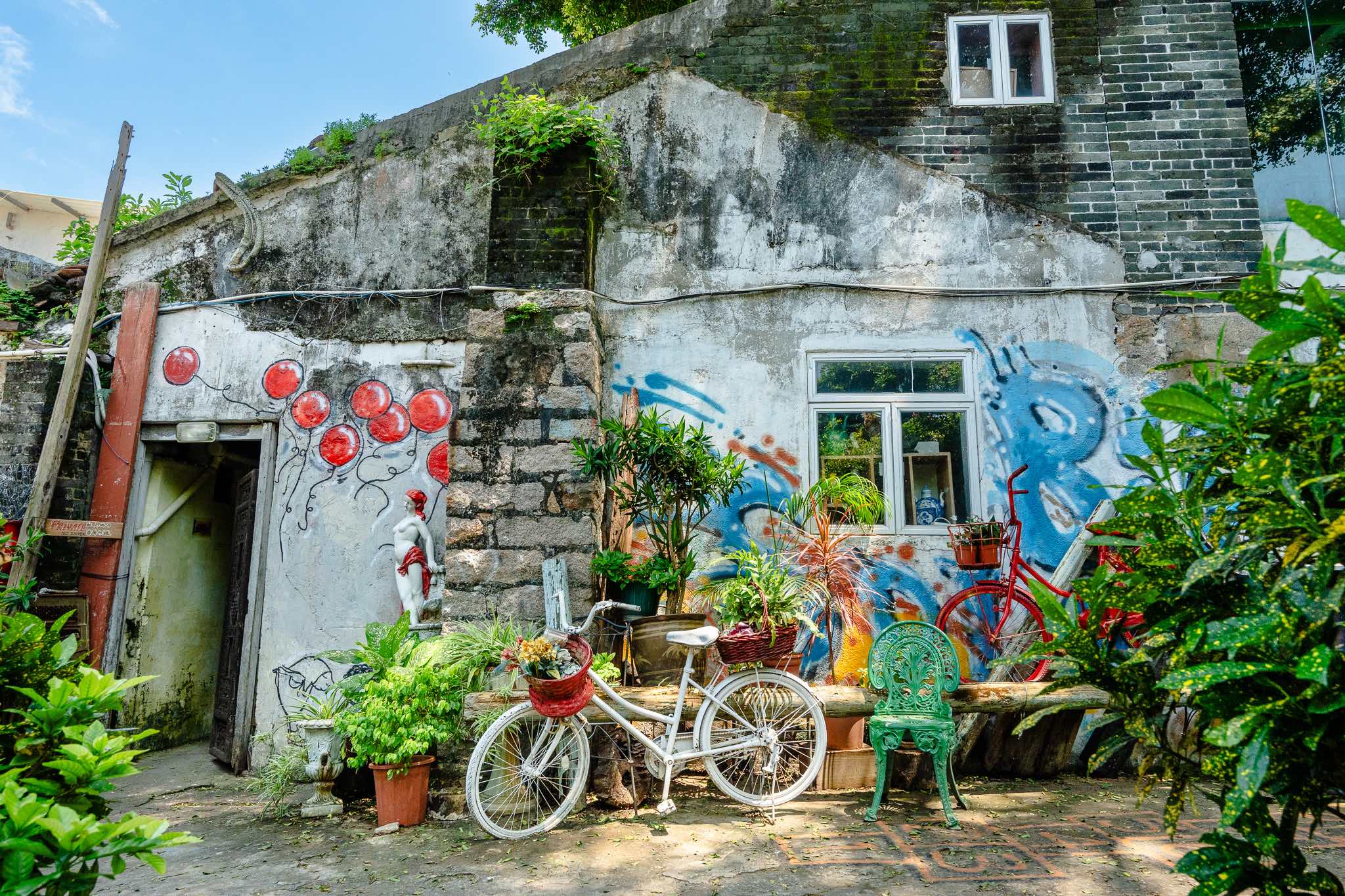
It has since been revitalized and is now a quaint secret garden featuring artistic graffiti and art installations from chairs, bottles, and tires, among others. Sherry, a resident we met at the secret garden revealed that some of the art installations were created by a Filipino artist.
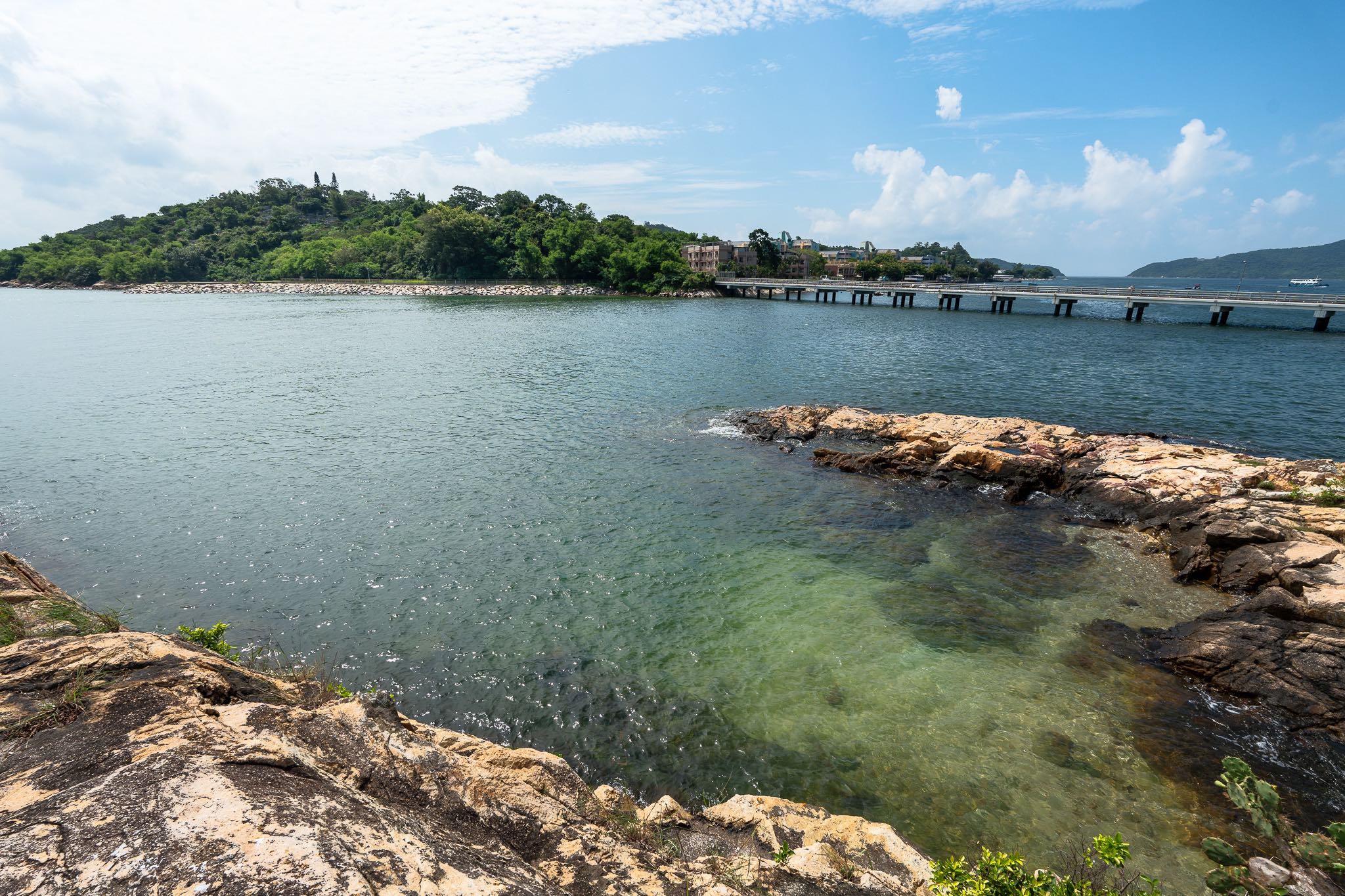
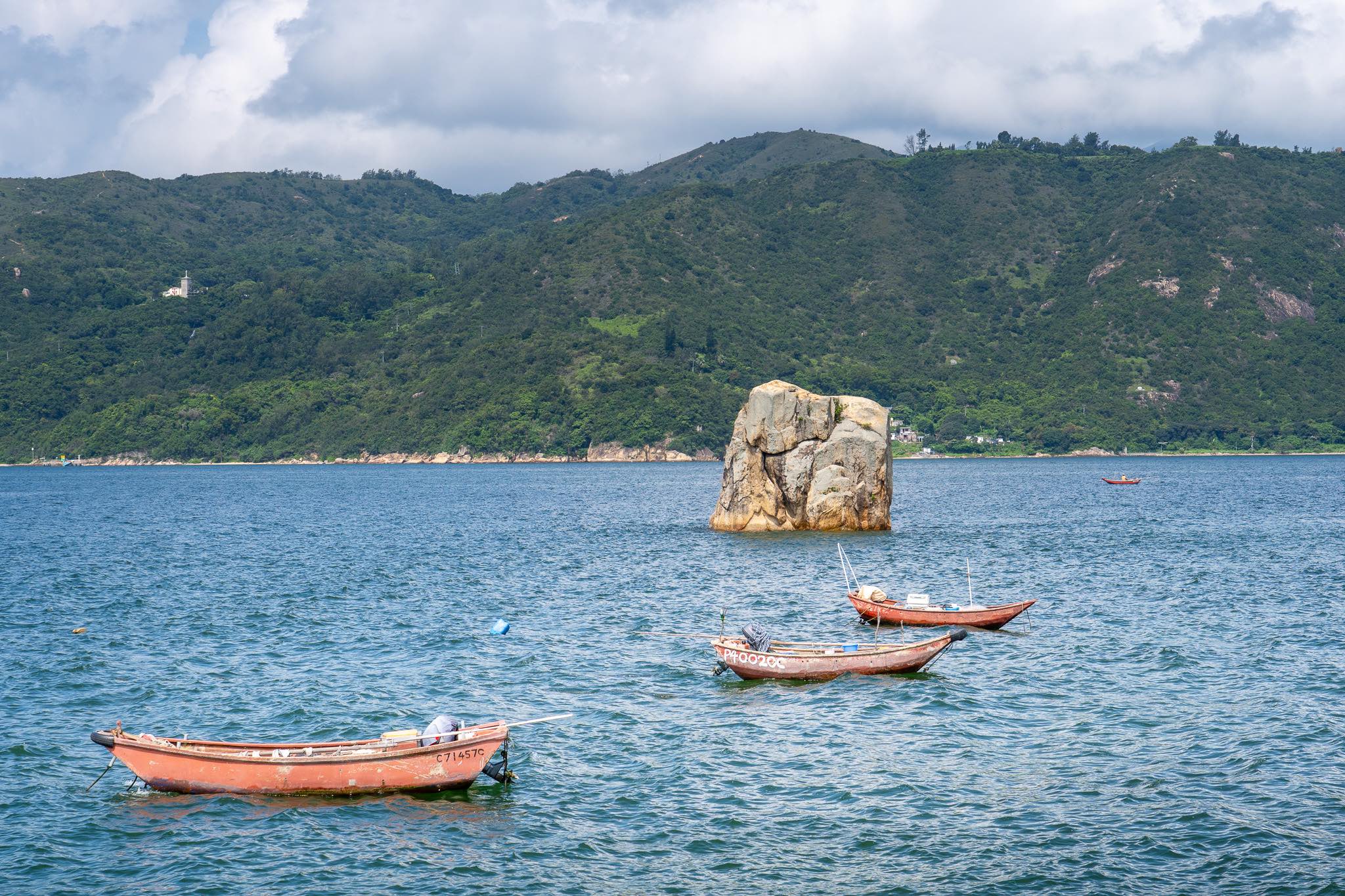
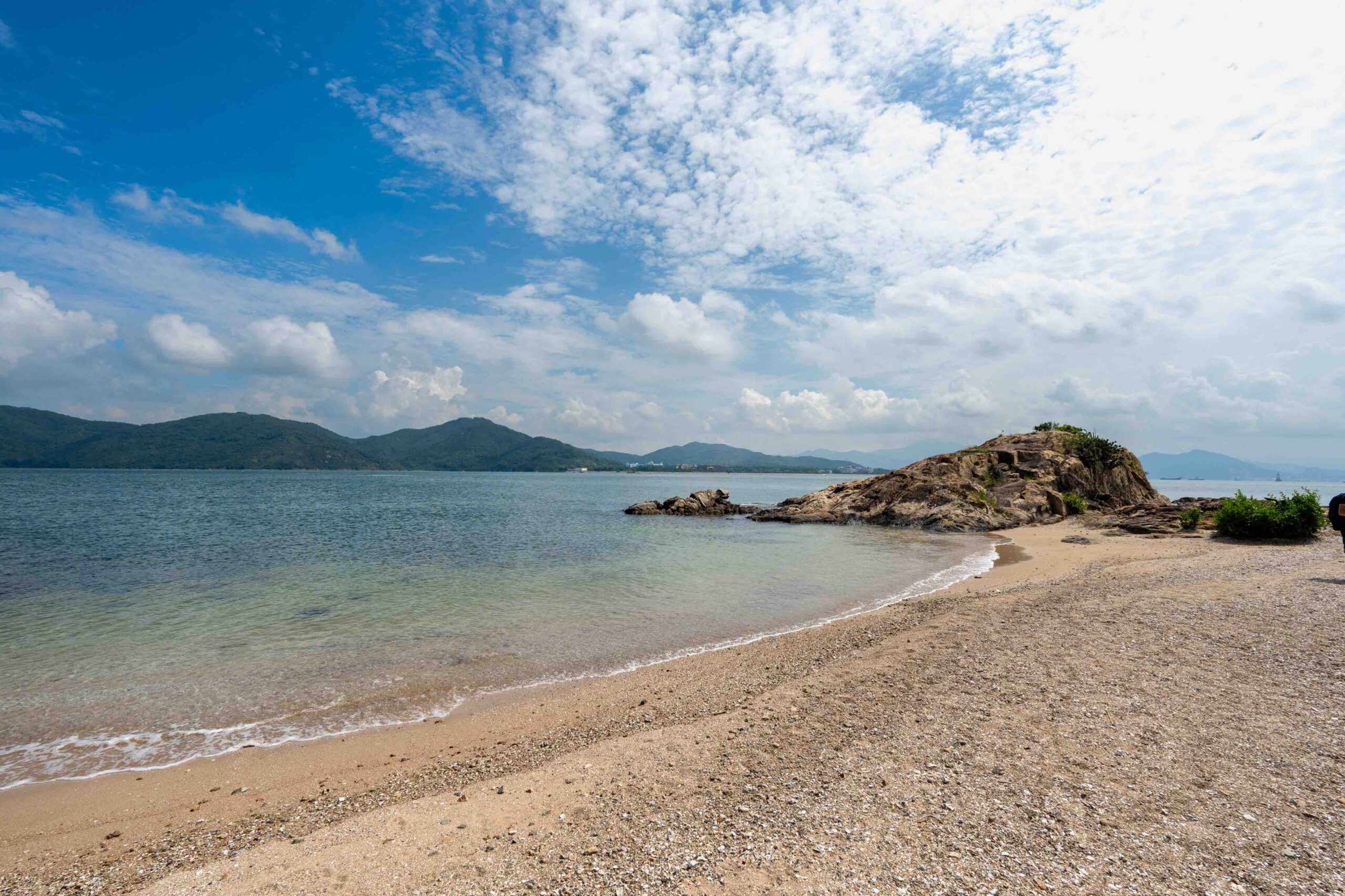
Another highlight in Peng Chau is Tai Lei Island, an islet connected to the main island by a short bridge. The soothing sound of the waves, fresh sea breeze, and serene ocean views at Tai Lei’s mini beach was a much welcome reprieve that quickly and gently recharged the soul.
Cheung Chau Island
Covering about three square meters, Cheung Chau or “long island” is a small, dumb-bell-shaped island. Its unique waterfront is filled with moored fishing boats, facing a stretch of seafood restaurants.
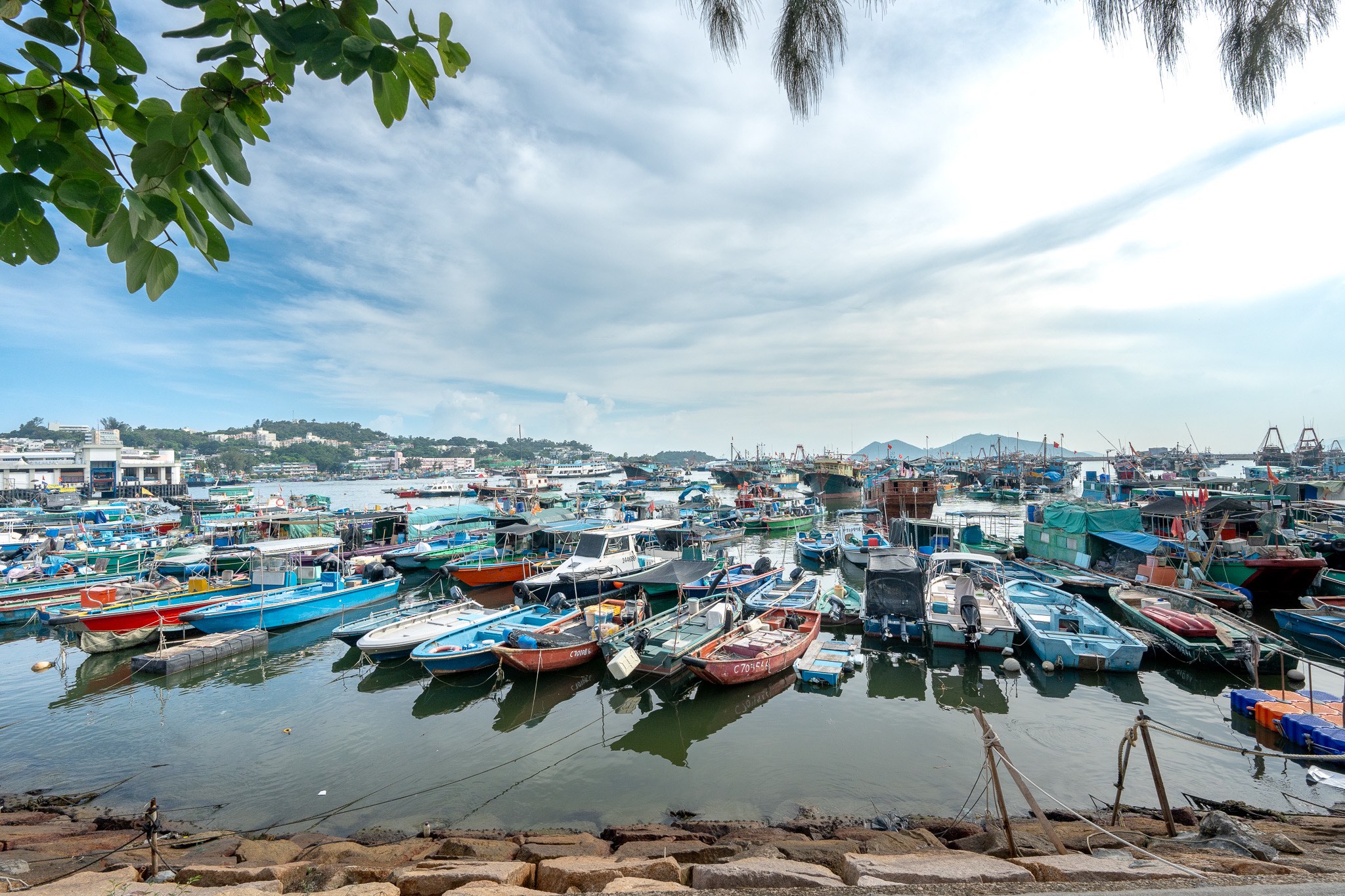
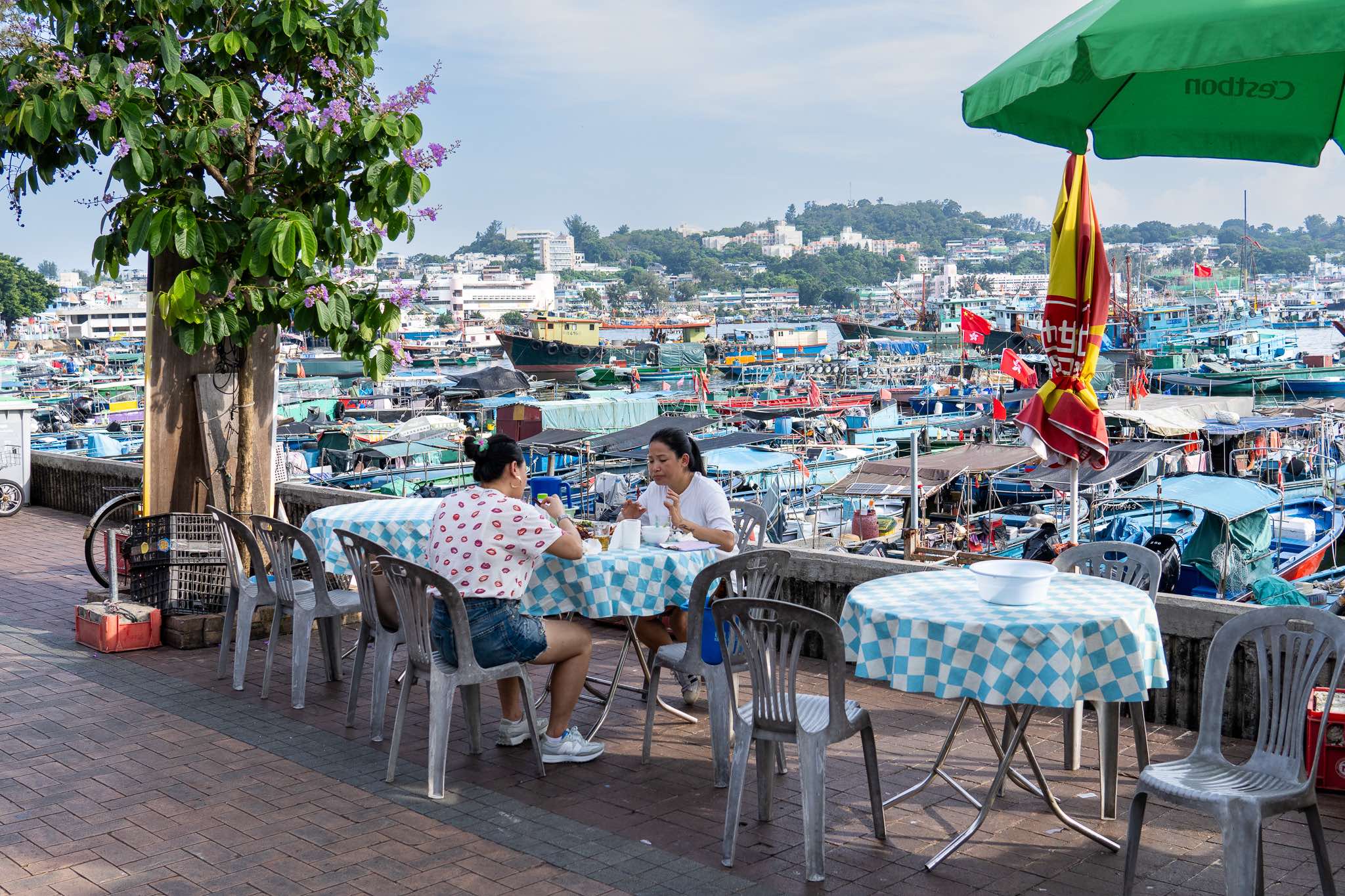
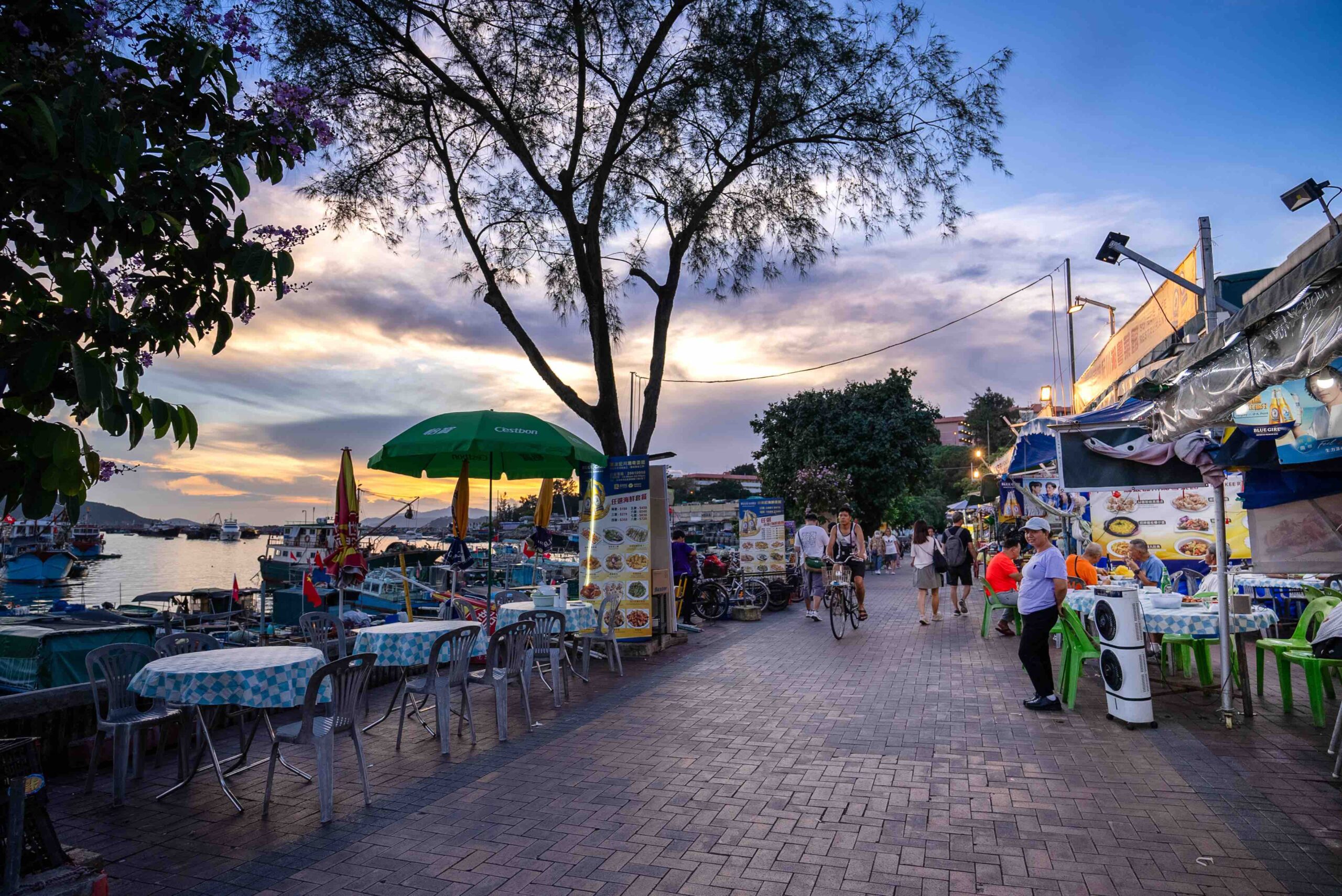

Just a short walk from the waterfront area is the Pak Tai Temple. It was built in 1783 by the island’s fishing community to honor their protector and deity, Pak Tai or the “King of the North.” The impressive structure features a vibrant and ornate ceramic-tiled roof with two green and gold dragons standing guard along the ridge. It is at the main square outside the temple where the cherished Cheung Chau Jiao Festival, otherwise known as the Cheung Chau Bun Festival takes place. In 2011, the third national list of Intangible Cultural Heritage featured the very popular challenge where competitors bravely climb bun towers to claim as many buns as they can.
Another highlight in Cheung Chau Island is the Cheung Chau Cinema. Classified as a Grade III historic building, Cheung Chau Theater is one of the oldest preserved pre-war theaters of the 1930s. After 66 years in operation, the theater closed in 1997.
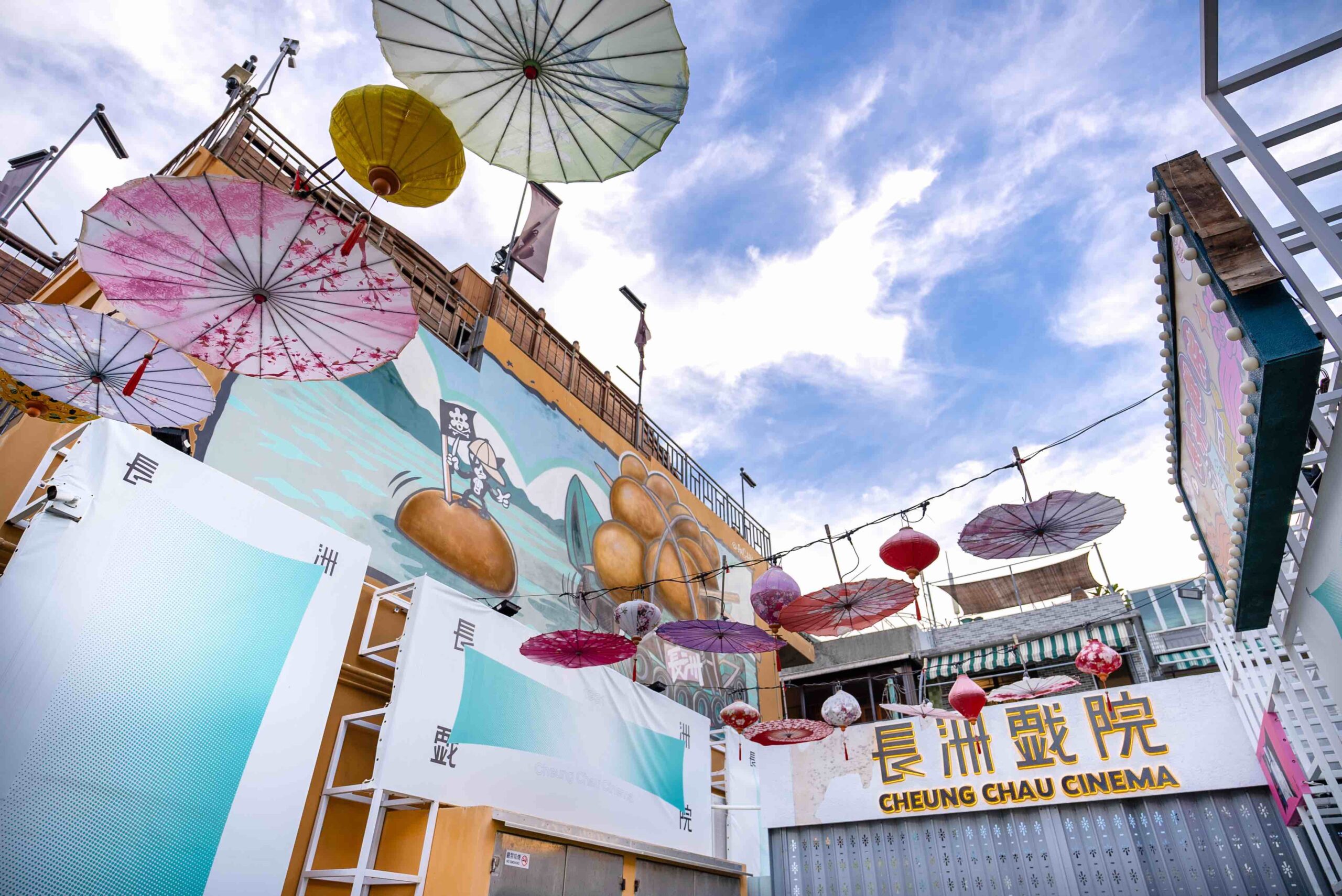
Because it had remained idle for many years, the building’s roof in the center of the auditorium collapsed. Meanwhile, only the projector and green iron folding chairs remained among the ruins, while weeds had grown to the height of half a person. The theater grounds were filled with debris, and even the roots of old trees grew higher than the theater building. It was a relief to know that by 2011, restoration works for the theater had begun and by 2023, the theater’s revitalization project was launched.
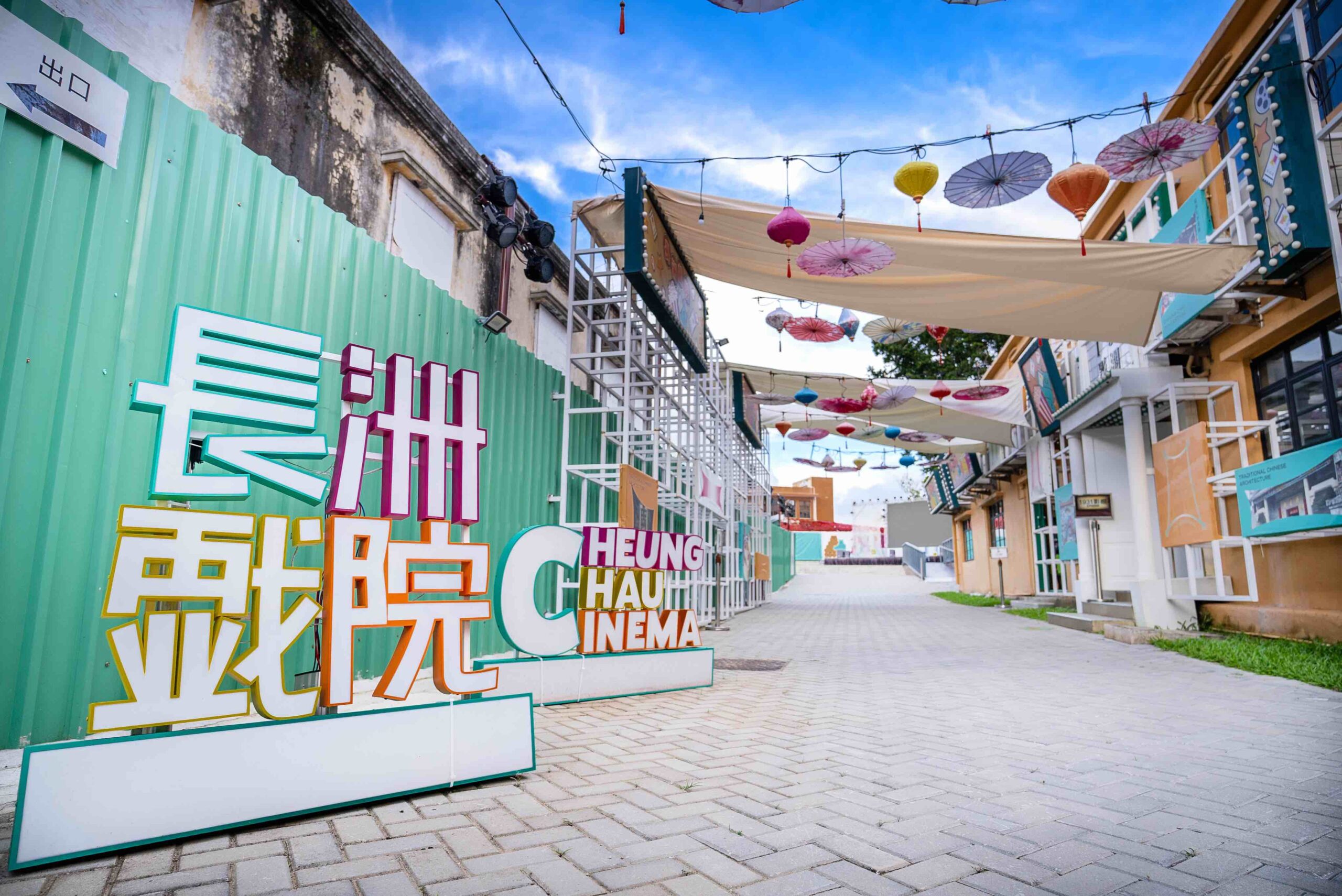
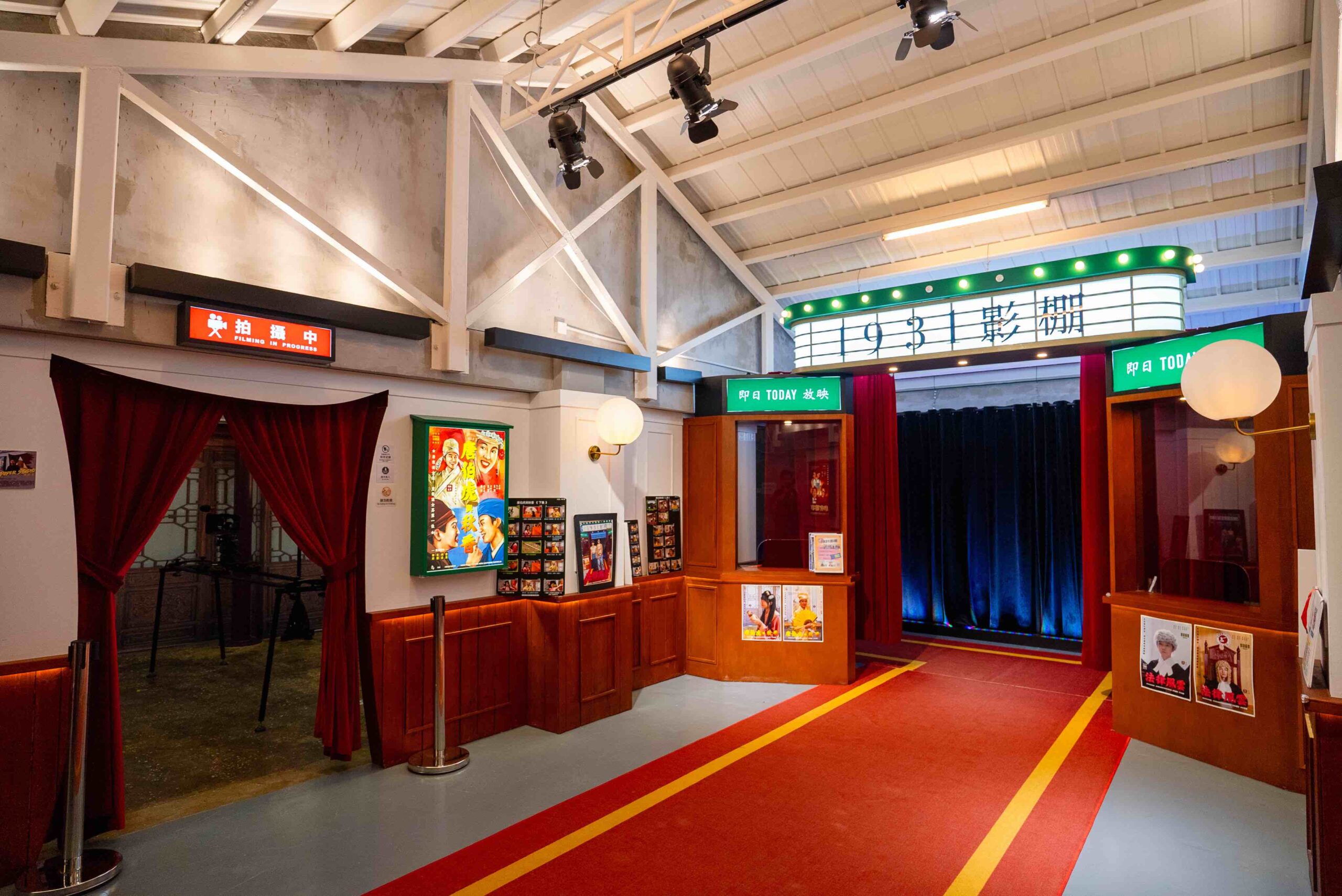

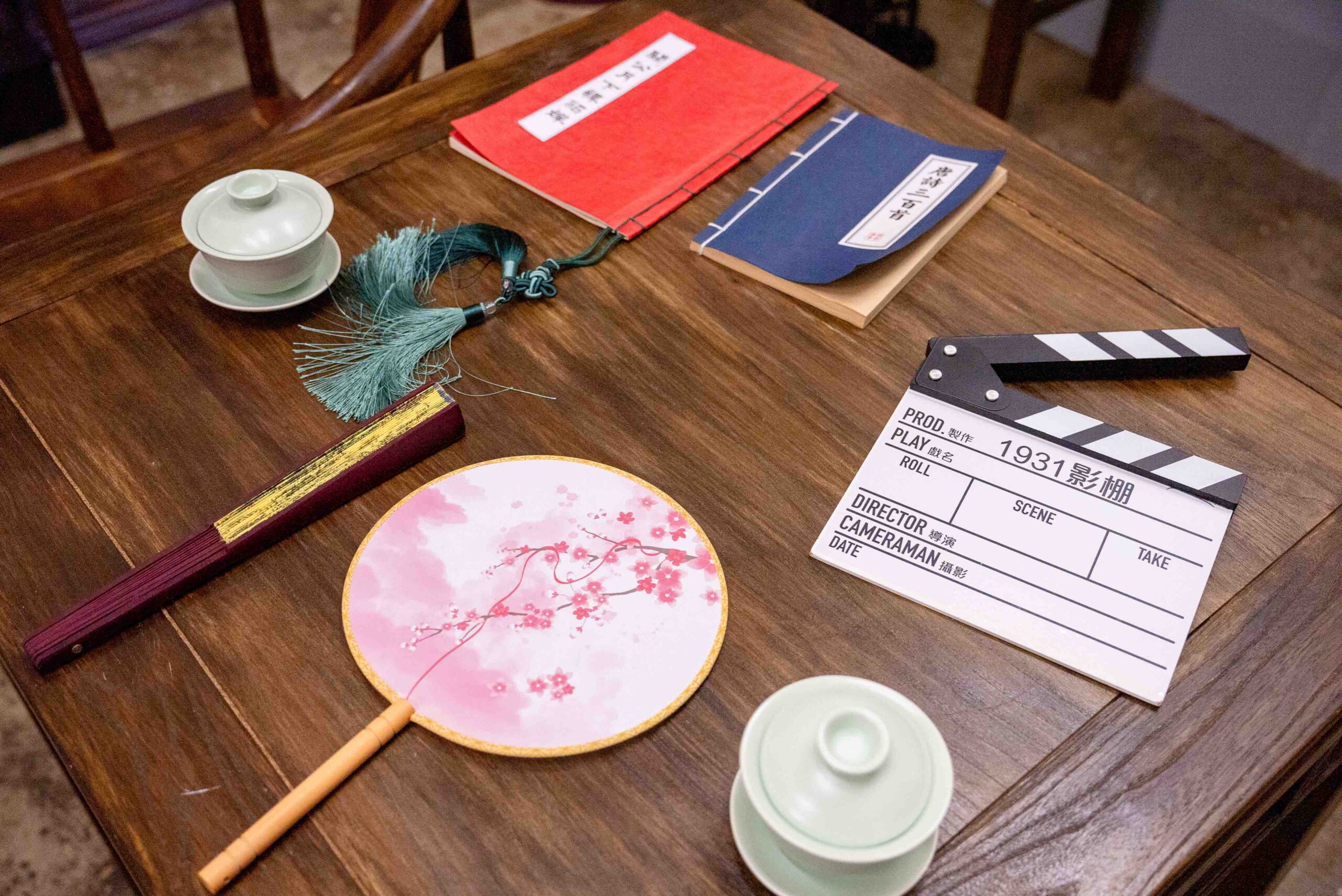
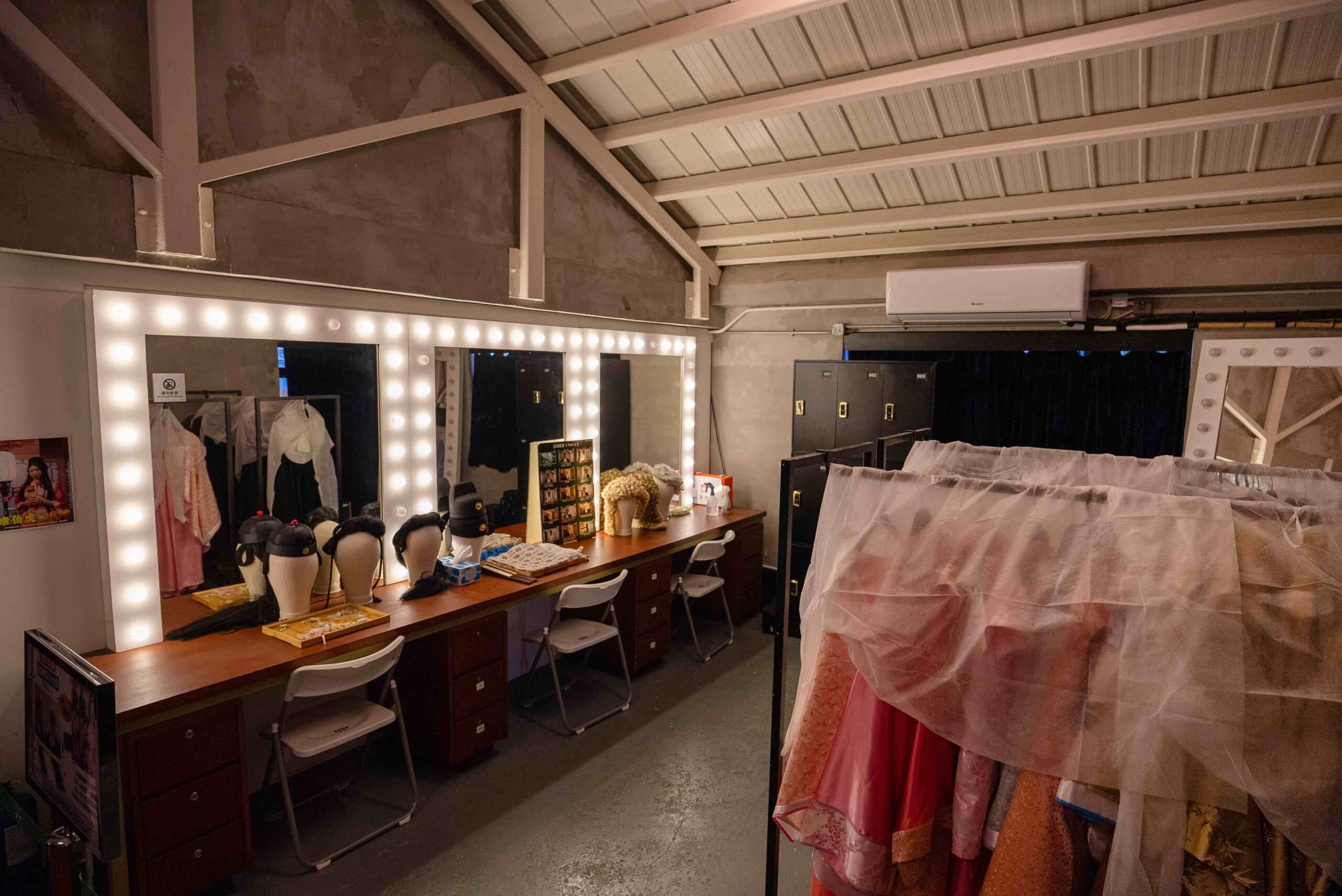
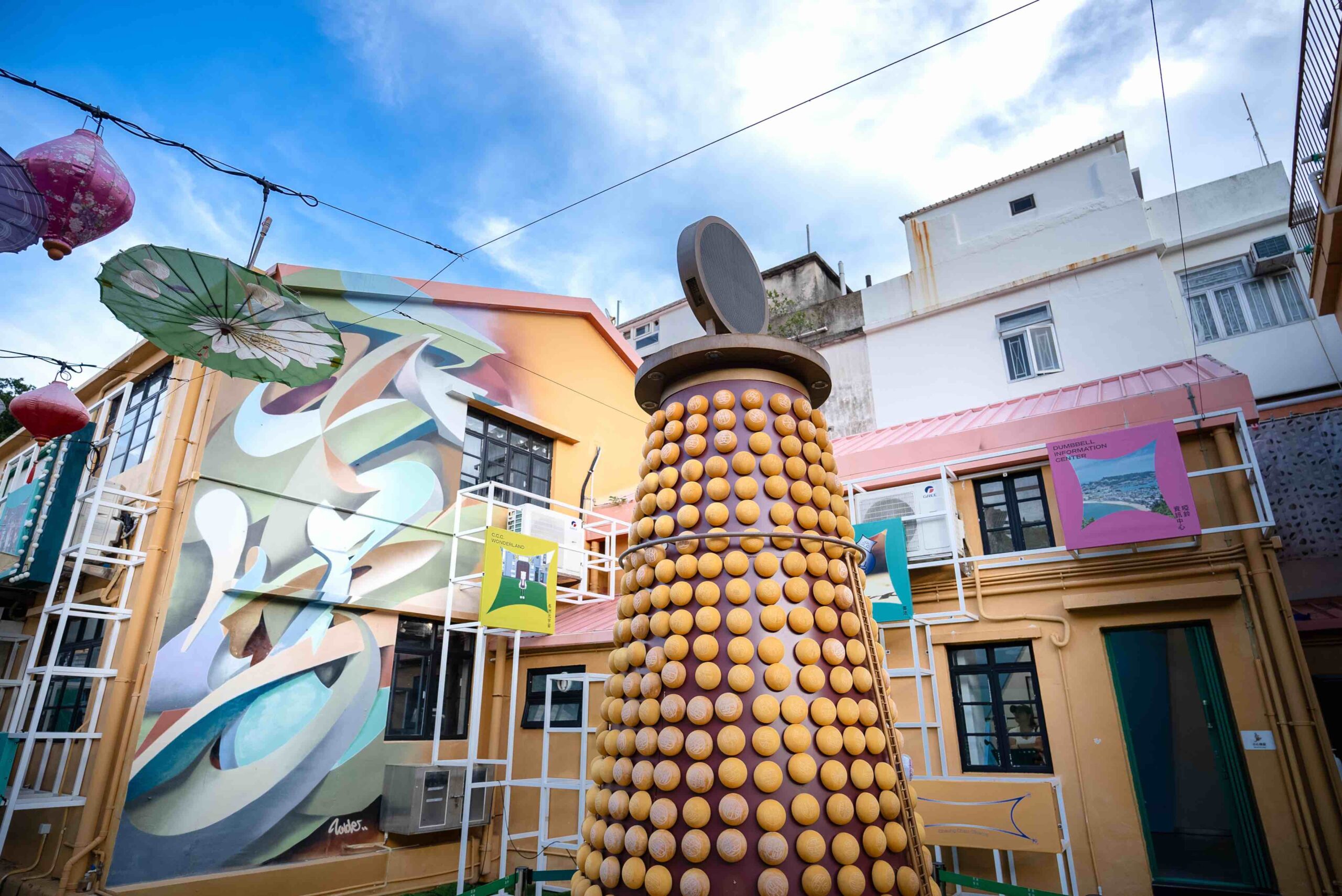
Just this year 2024, the Cheung Chau Theater celebrated the opening of its main building. Visit the website to learn more about the activities one can experience such as “Handmade Cheung Chau Bun” Workshop, Film Making Experience, and more.
For inquiries about Cheung Chau Theater and venue bookings, please visit the website or contact Ian Lai on +852 215 513 13 or [email protected]. You may also get in touch through +852 2386 6226 and [email protected].
Exploring San Hing Street and Pak She Street takes us through a quaint row of craft shops featuring local artists’ works as well as cafés that serve cold brew and homemade Earl Grey tea chiffon cakes. But the highlight was having a taste of the traditional white steamed rice-flour, red-stamped “lucky buns” filled with three kinds of pastes like sesame, red bean, and lotus seed. The red Chinese characters say “ping on” which is “safety” translated in English.
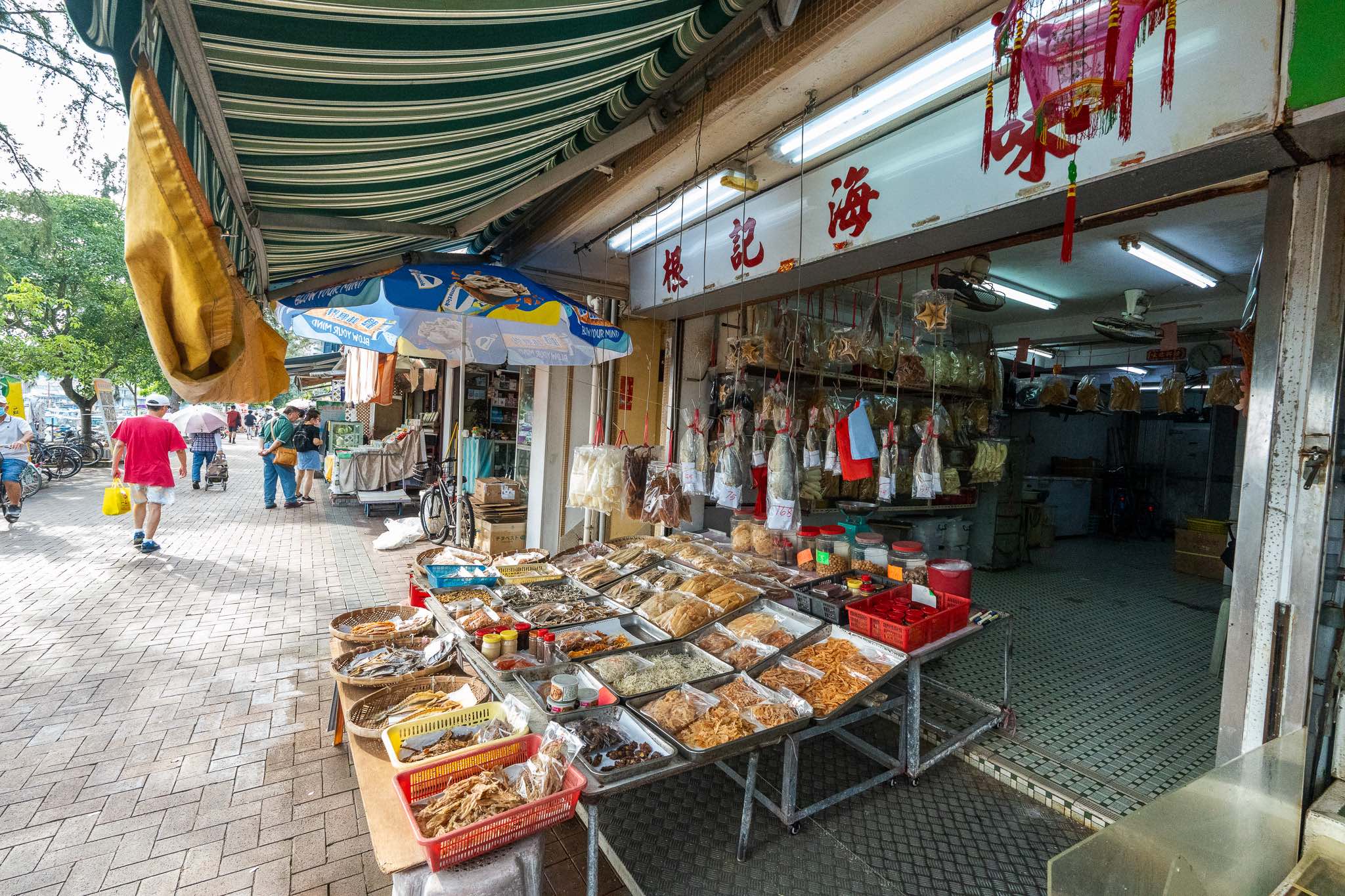
The annual Cheung Chau Bun Festival draws thousands of people to the island where they enjoy lucky buns from bakeries such as Kwok Kam Kee, the oldest on the island.
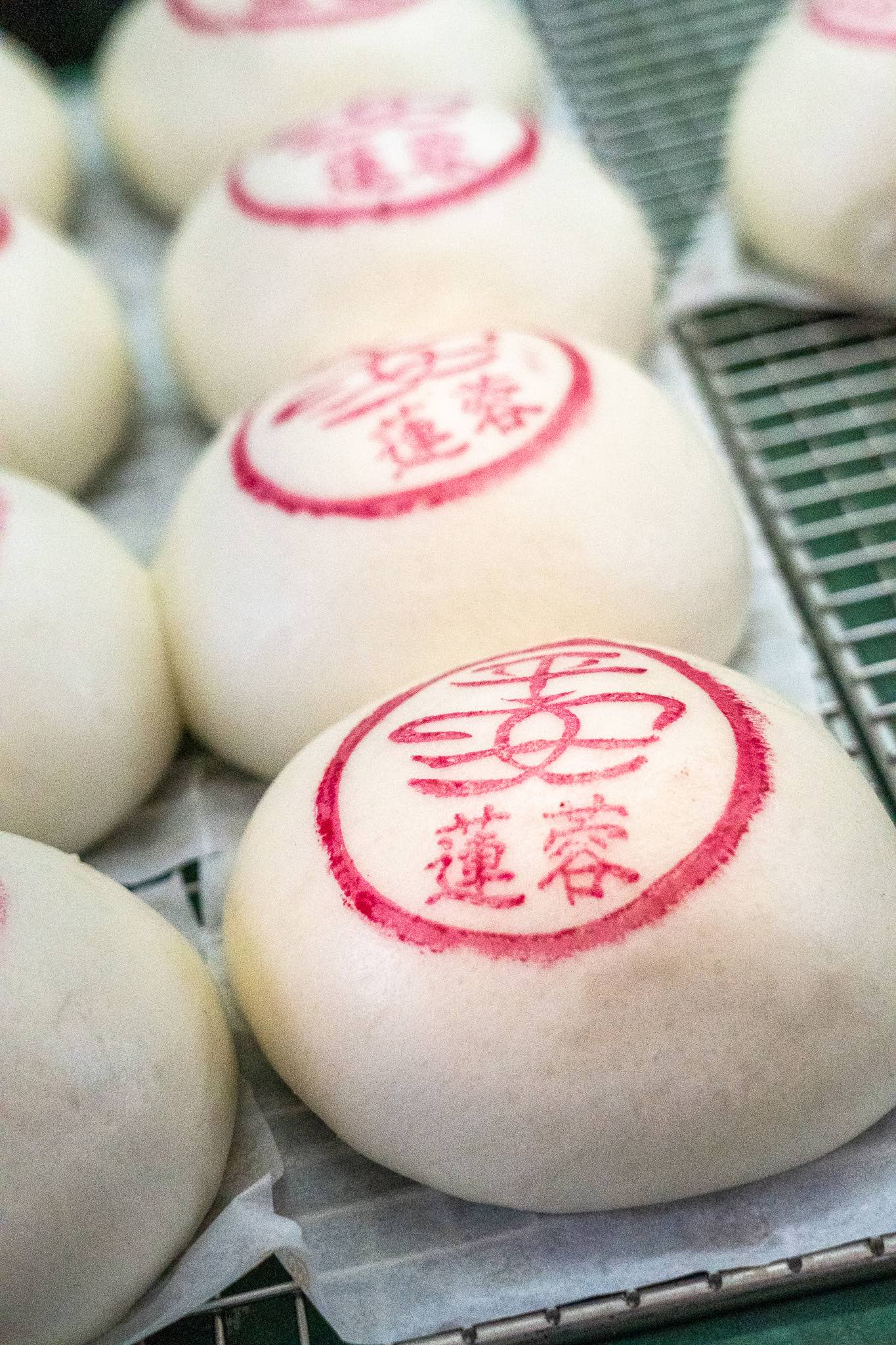
According to legend, a plague infested Cheung Chau during the Qing Dynasty (1644-1911) and in order to appease the angry gods and spirits, buns were made as offerings. Kwok Kam Kee’s 40-year-old bakery can make up to 30,000 buns during the four-day festival that takes place from late April to early May.
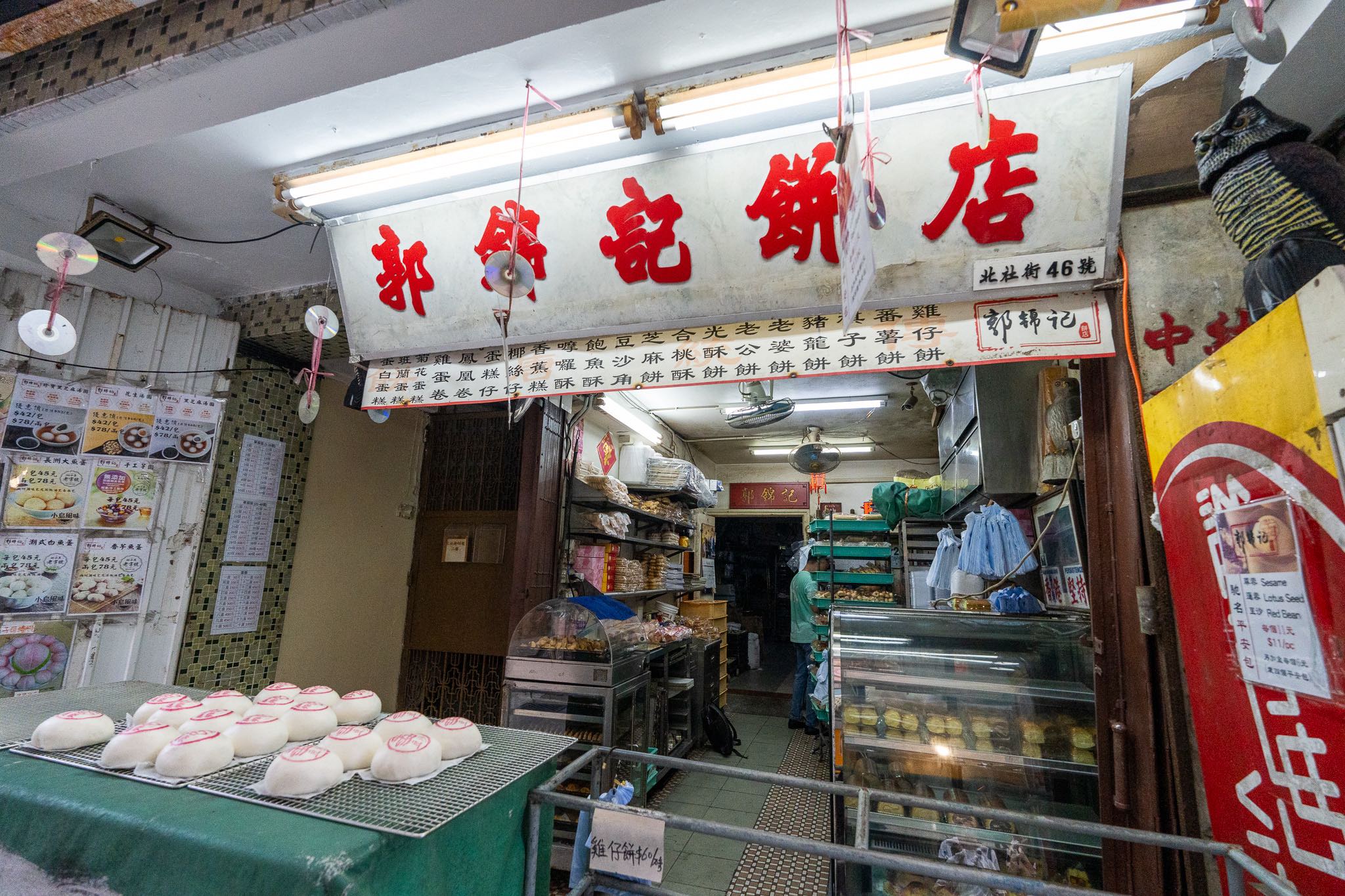
North of the main village area where Pak She Street meets the Cheung Chau Family Walk is the Yuk Hui Temple, a historic Taoist temple and one of Hong Kong’s oldest. The Cheung Chau Family Walk is a steep hike to the North Lookout Pavilion.
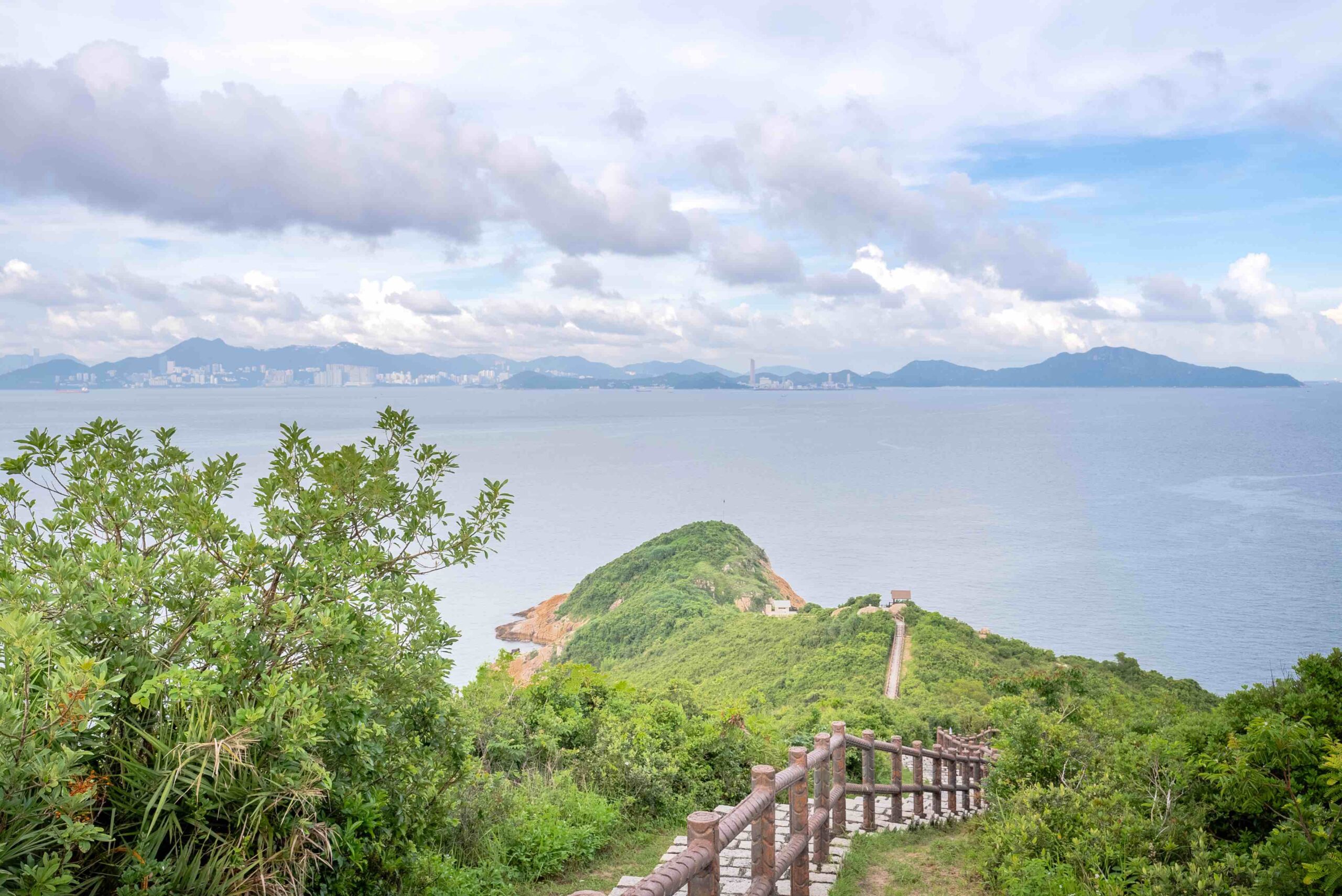
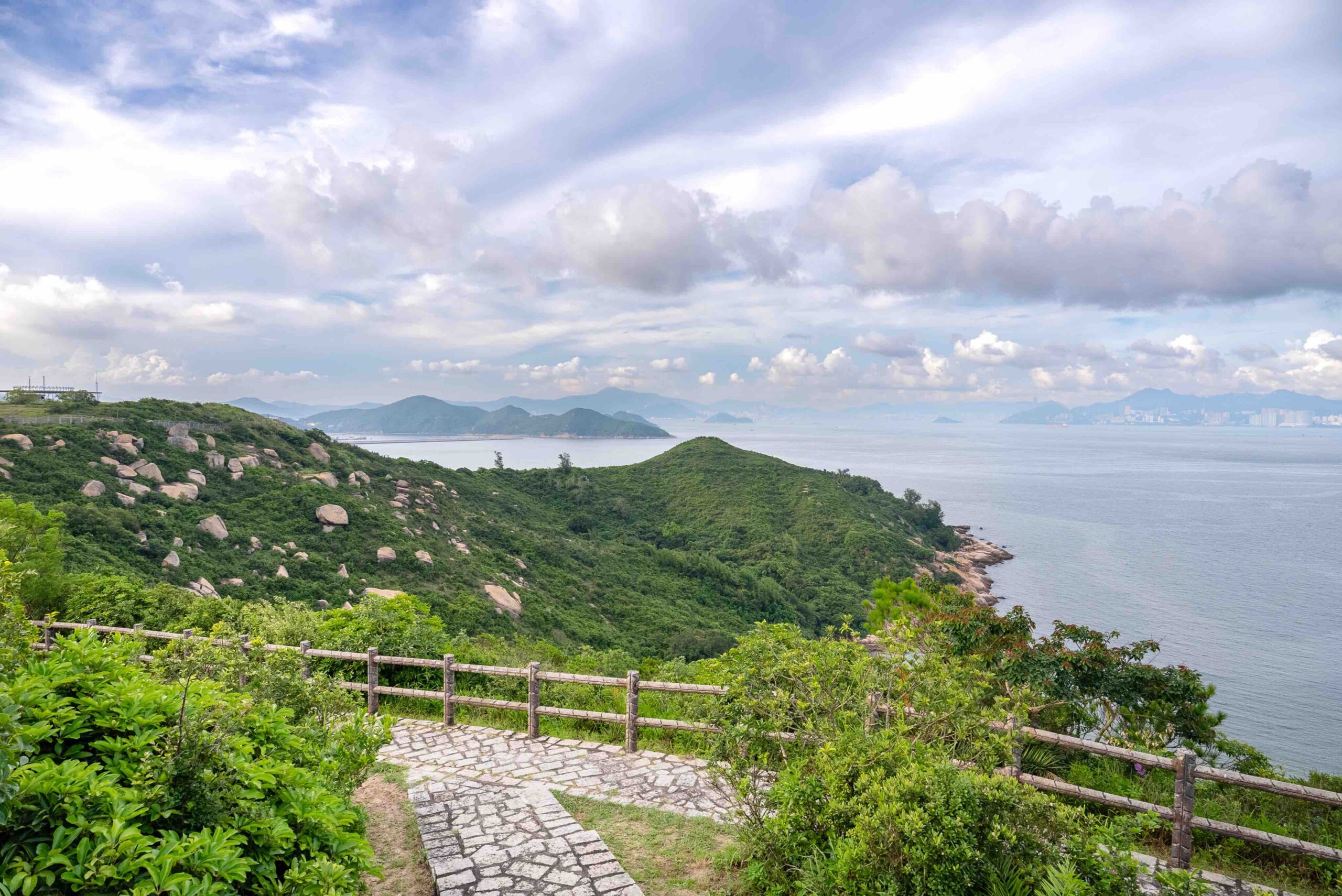
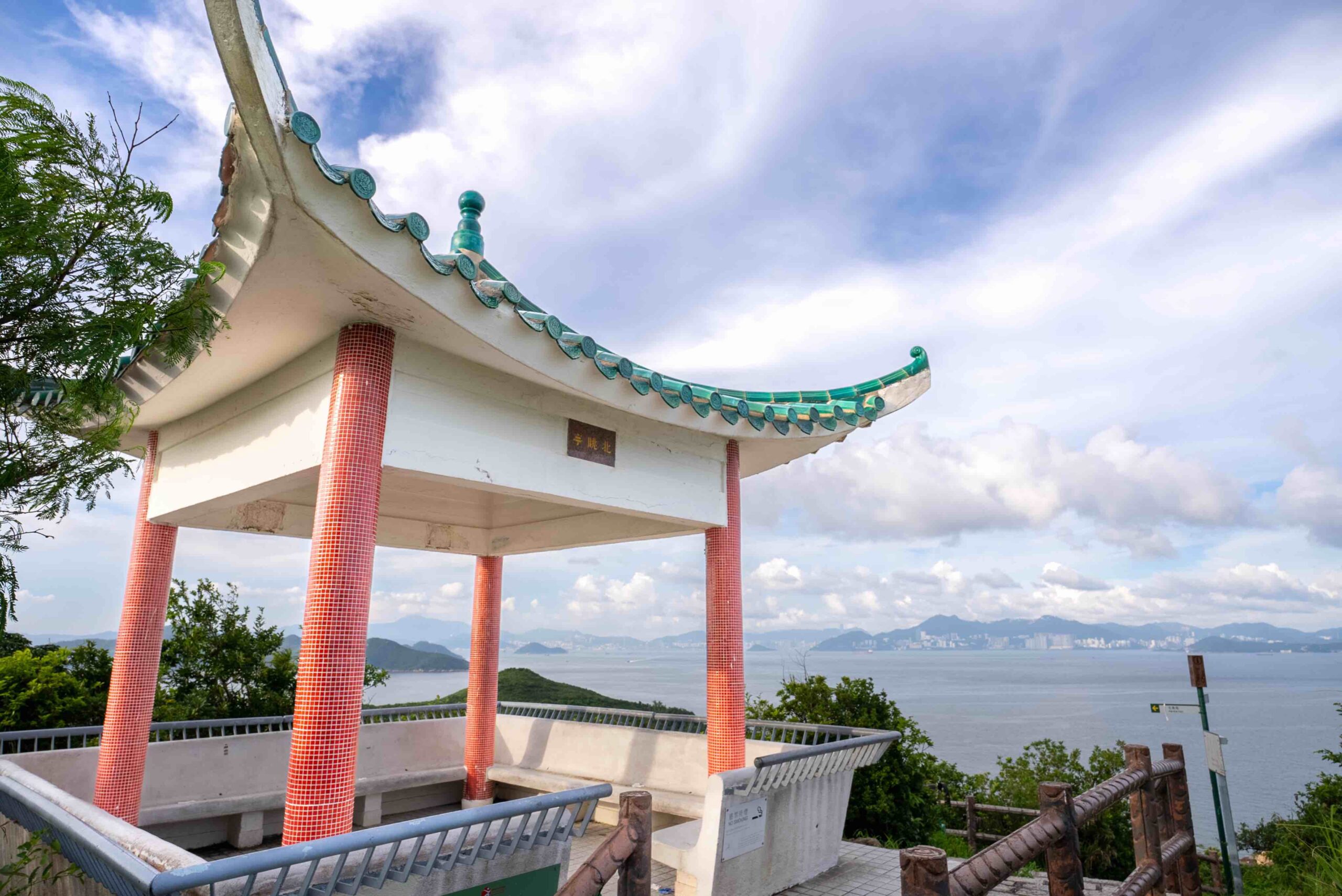
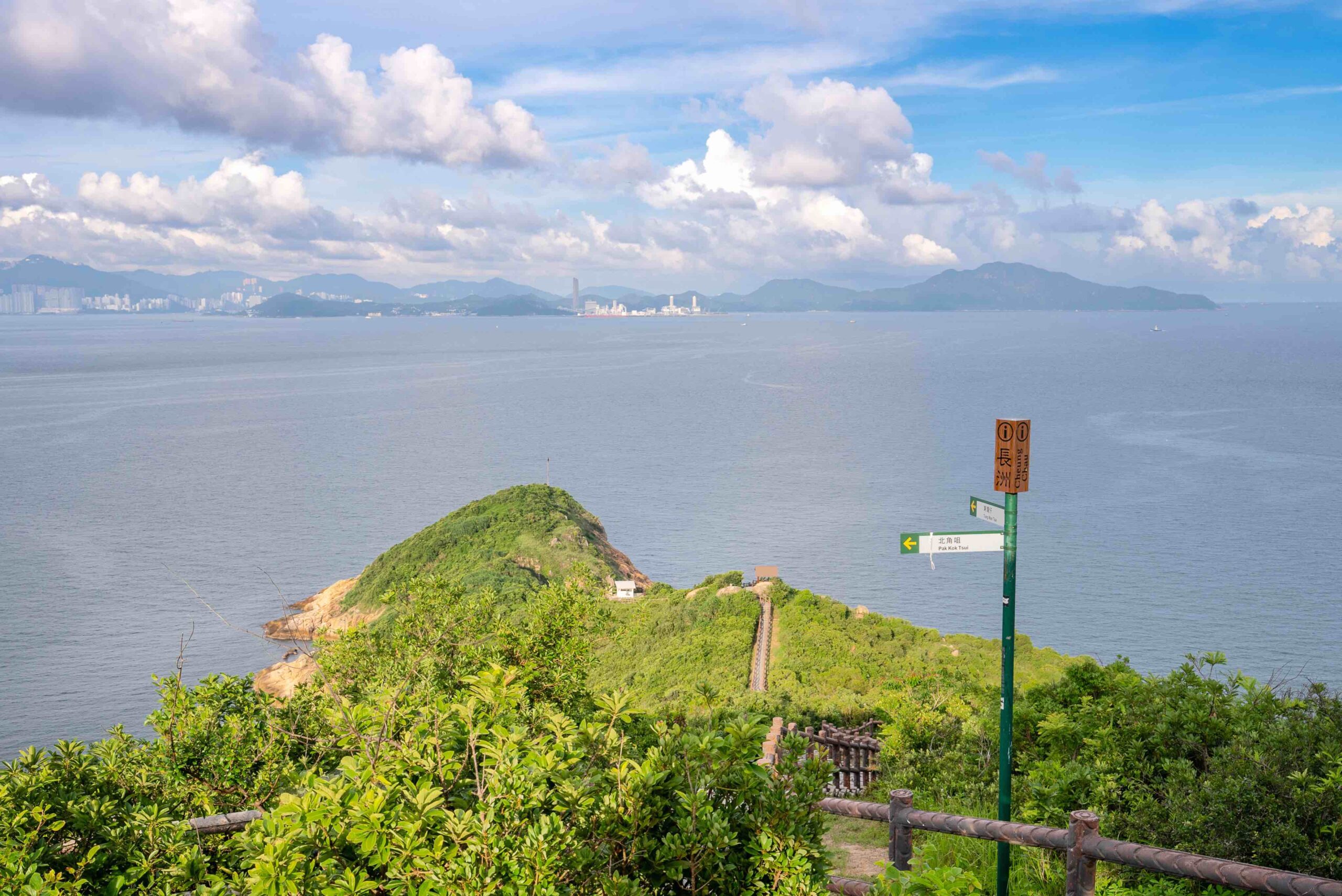
Upon reaching it, hikers are blessed with breathtaking panoramic views of the island’s tombolo formation, Lamma Island on one side, and on the other, Tsing Ma Bridge that connects Lantau Island to Hong Kong’s urban areas. We can only imagine how glorious the sunset would be from here, the highest point in Cheung Chau Island.
EPICUREAN EXPLORATIONS
From modern and classic dai pa dongs to Asian-Western fusion, from seafood with a mix of Cantonese and Hunan cuisine to modern fusion, this Hidden Gems journey was truly a delightful eclectic epicurean experience.
Ladies’ Street Sik Faan Co., Ltd.
A modern dai pai dong located on the upper floor of a building along the Ladies Market, this restaurant’s interior is decorated with retro Hong Kong neon signs and iron gates that bring you back to the old Hong Kong.
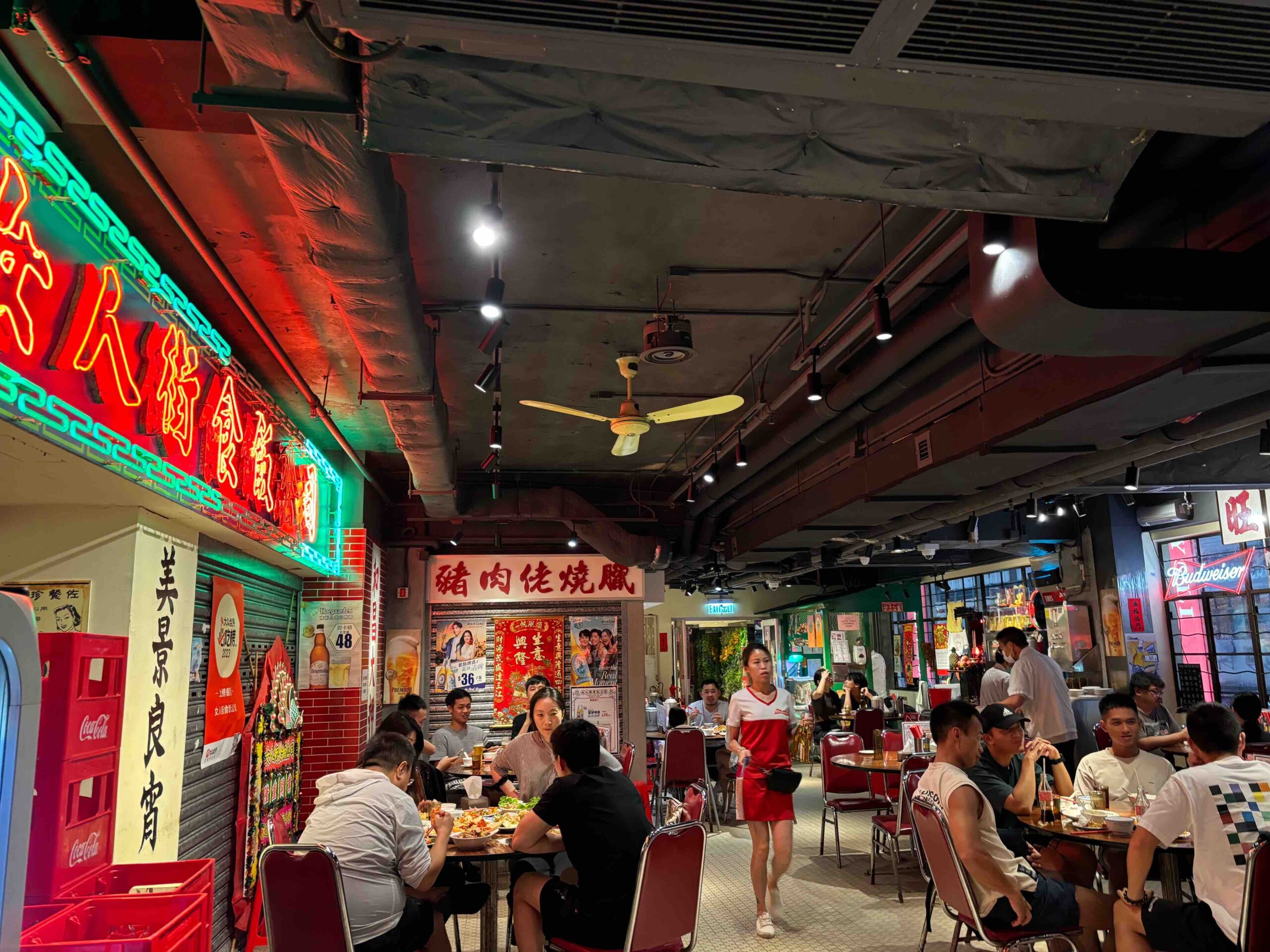
Ladies’ Street Sik Faan Co., Ltd. takes you back in time with its retro themed interiors featuring iron gates and neon lights. When dai pa dongs were flourishing in the 1950s, there were as many as 40 in the city of Hong Kong.
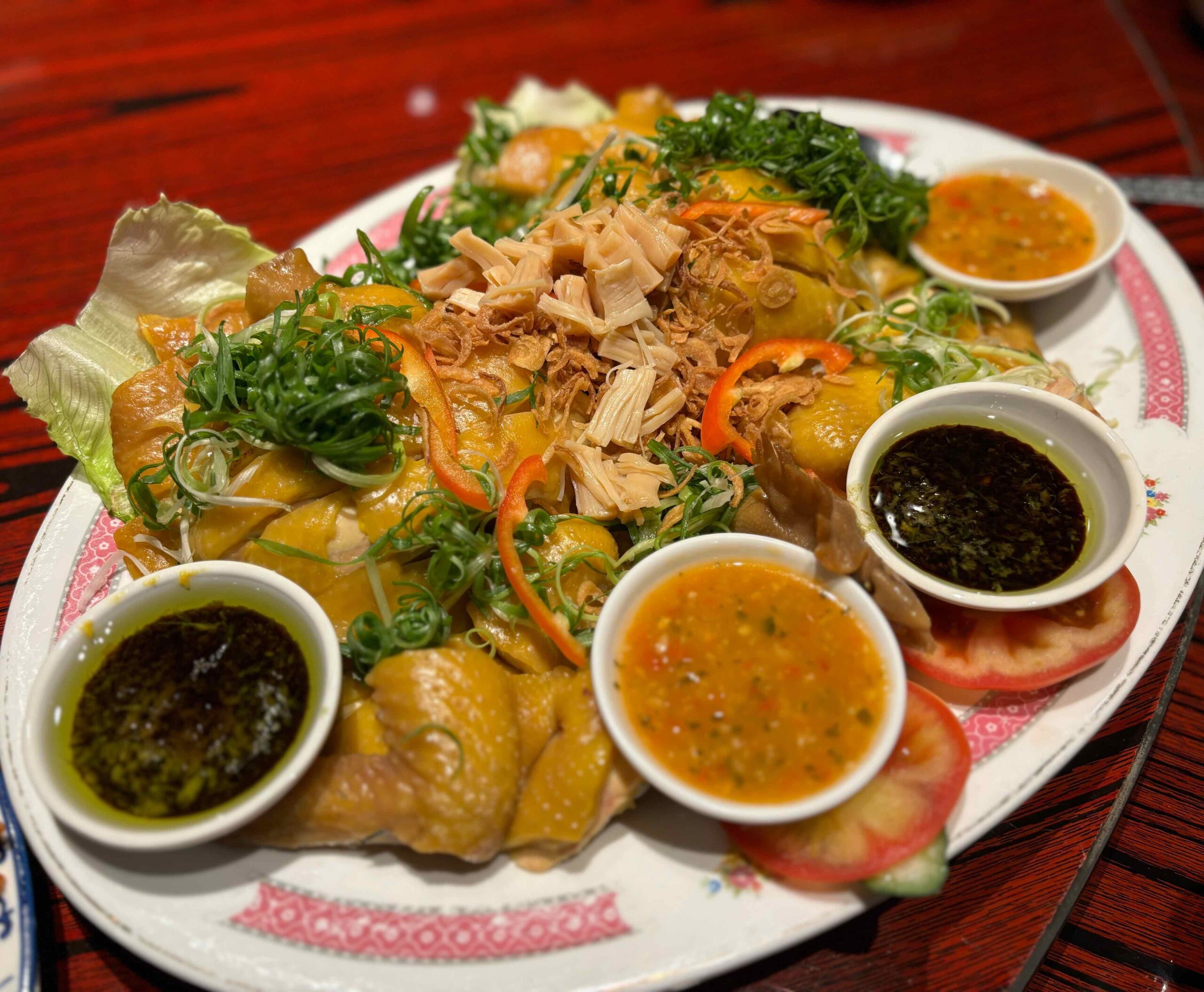
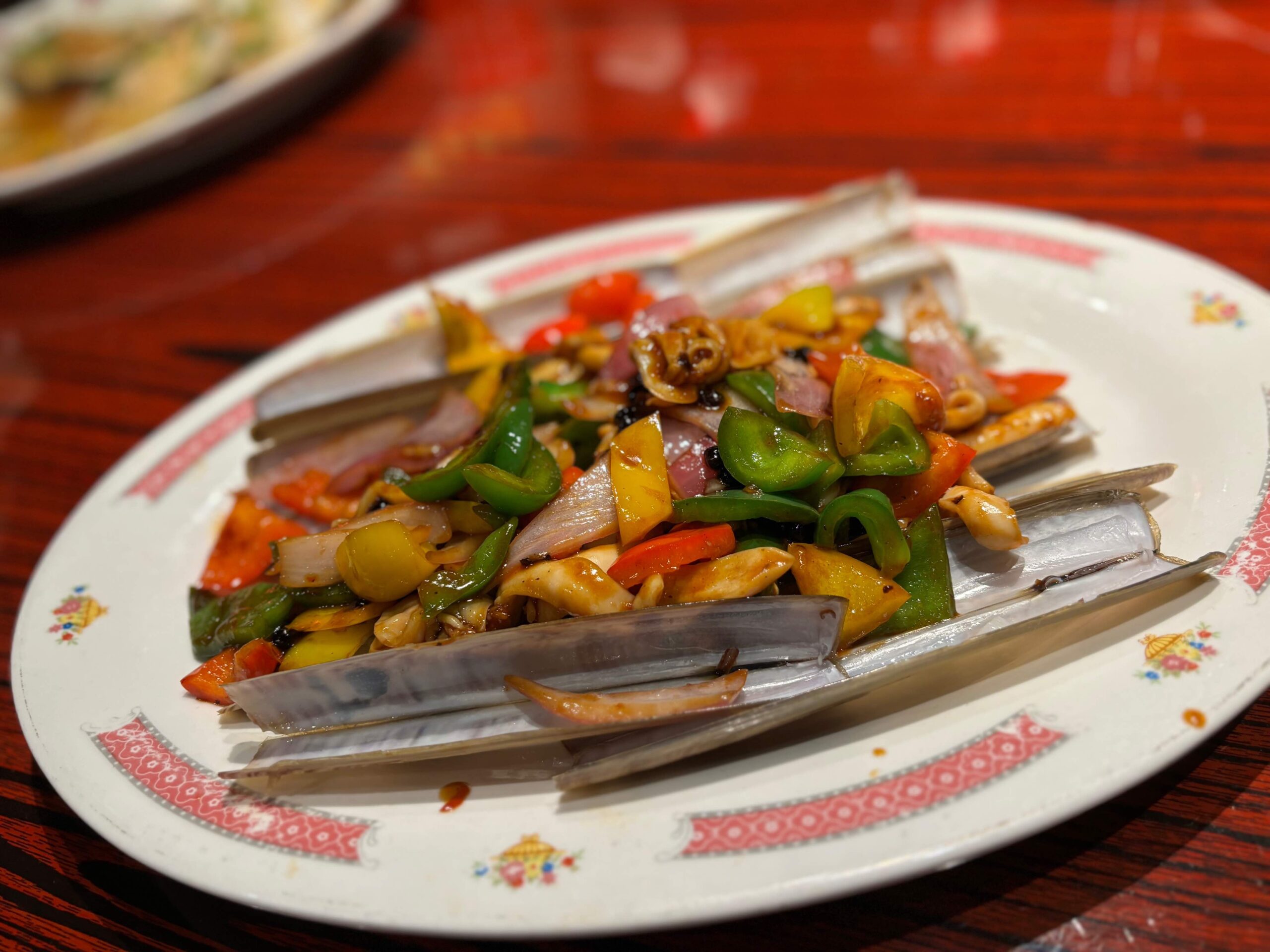
The ‘Village Triple’ – Pig Intestine, Duck Gizzard, Cuttlefish and Stir Fry Clams with Black Bean Sauce
Today, only about 20 still remain, encouraging the next generation of operators to continue keeping this cultural cuisine of dai pa dongs alive and thriving.
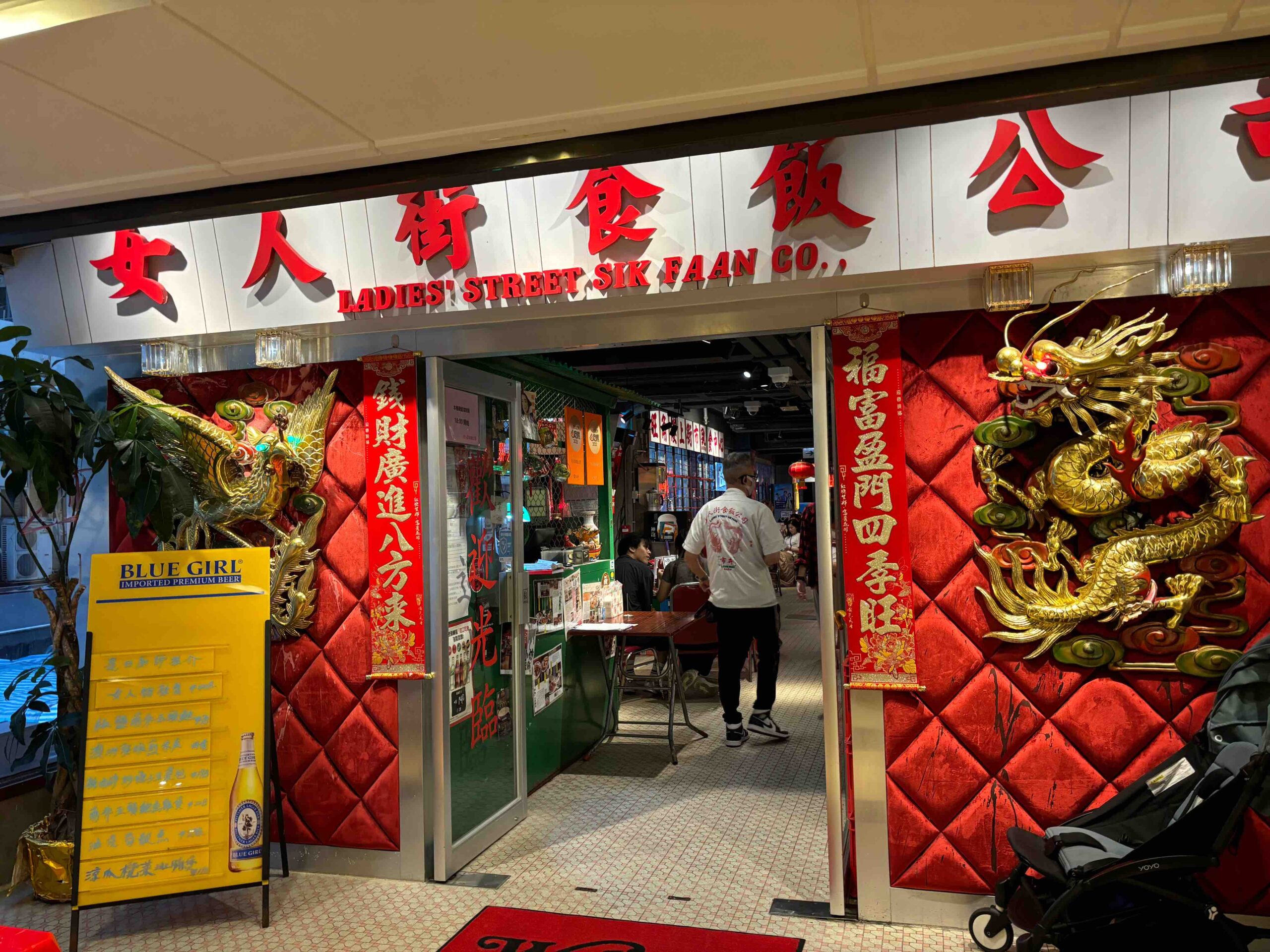

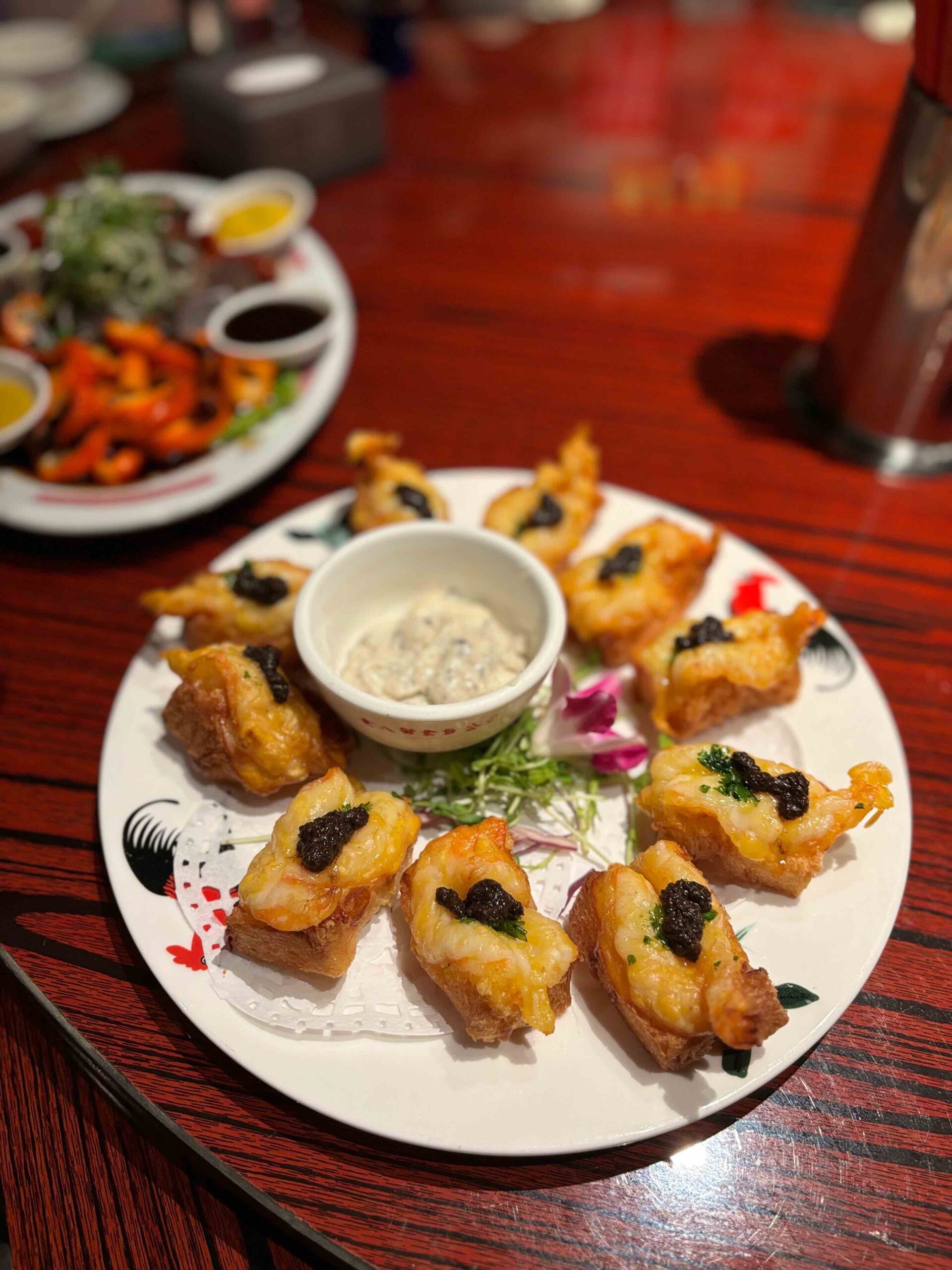
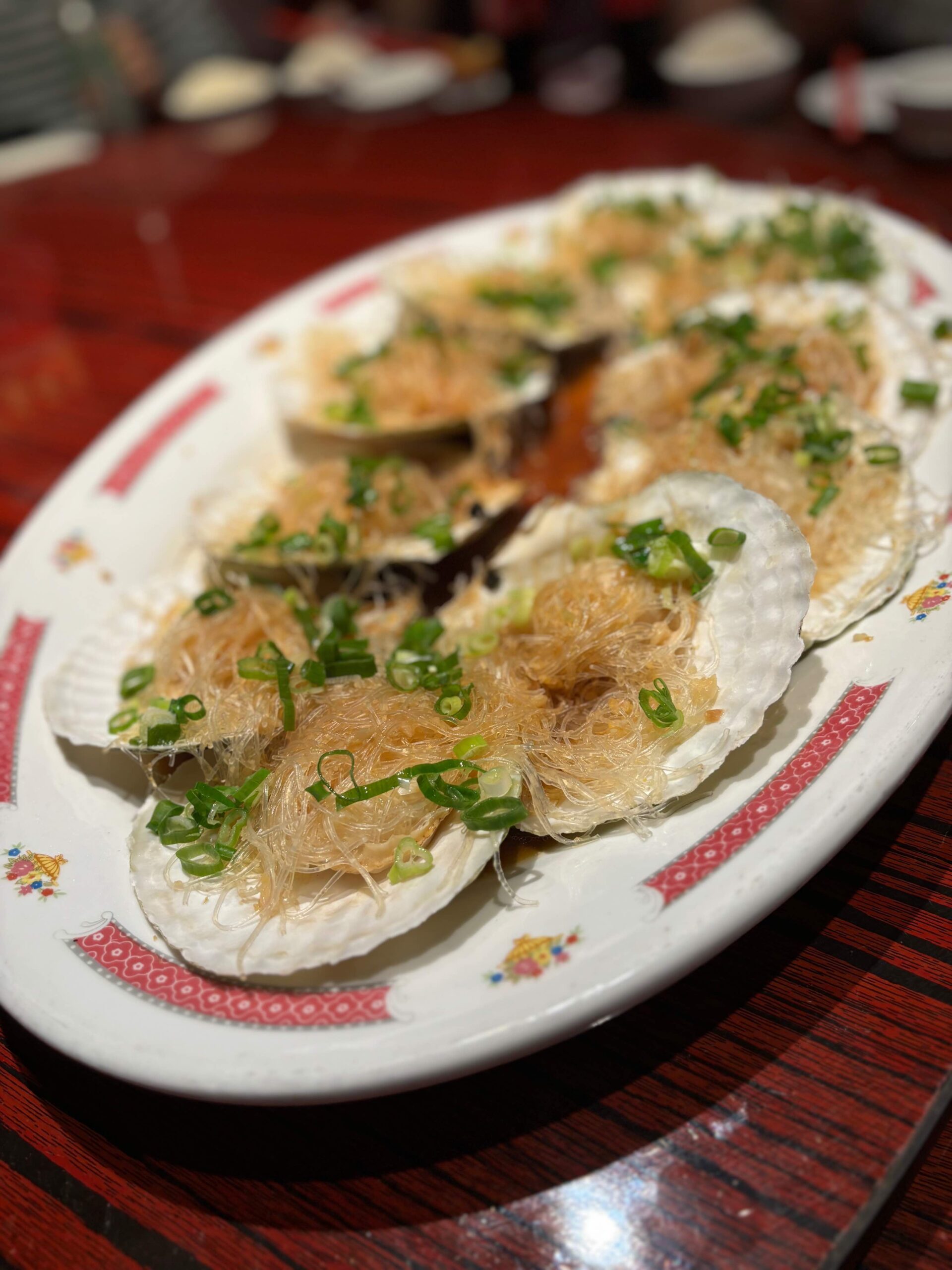
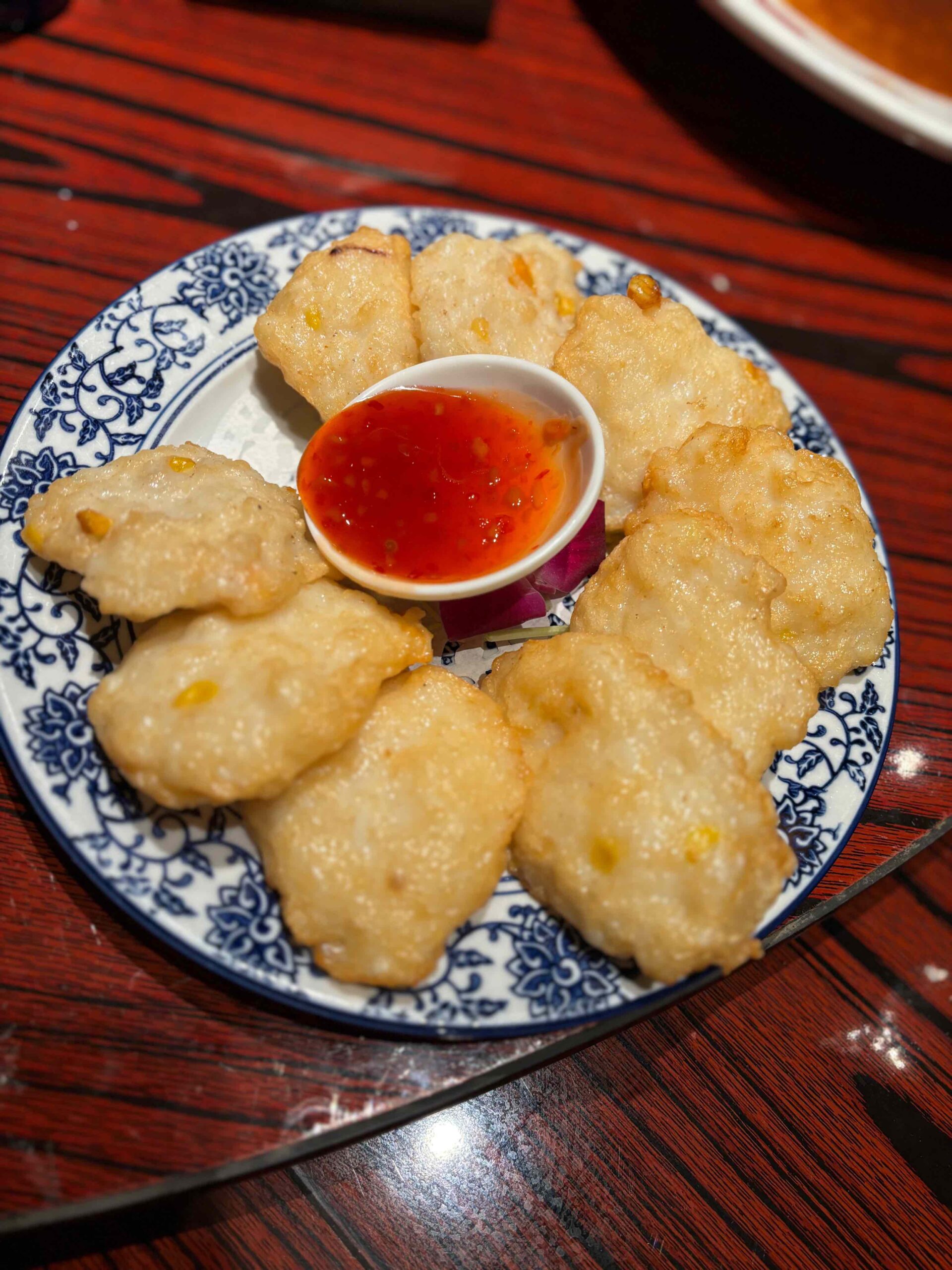

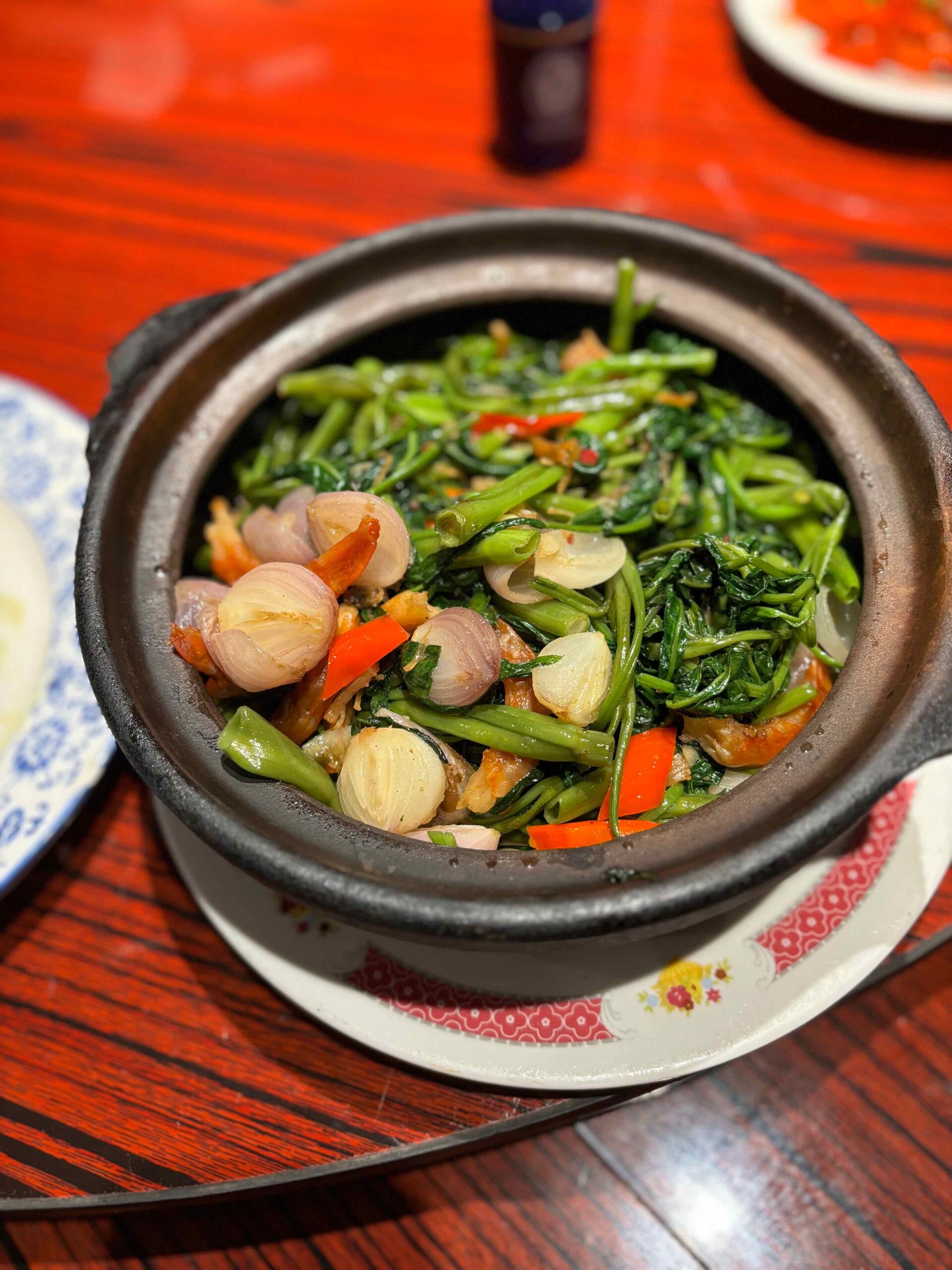
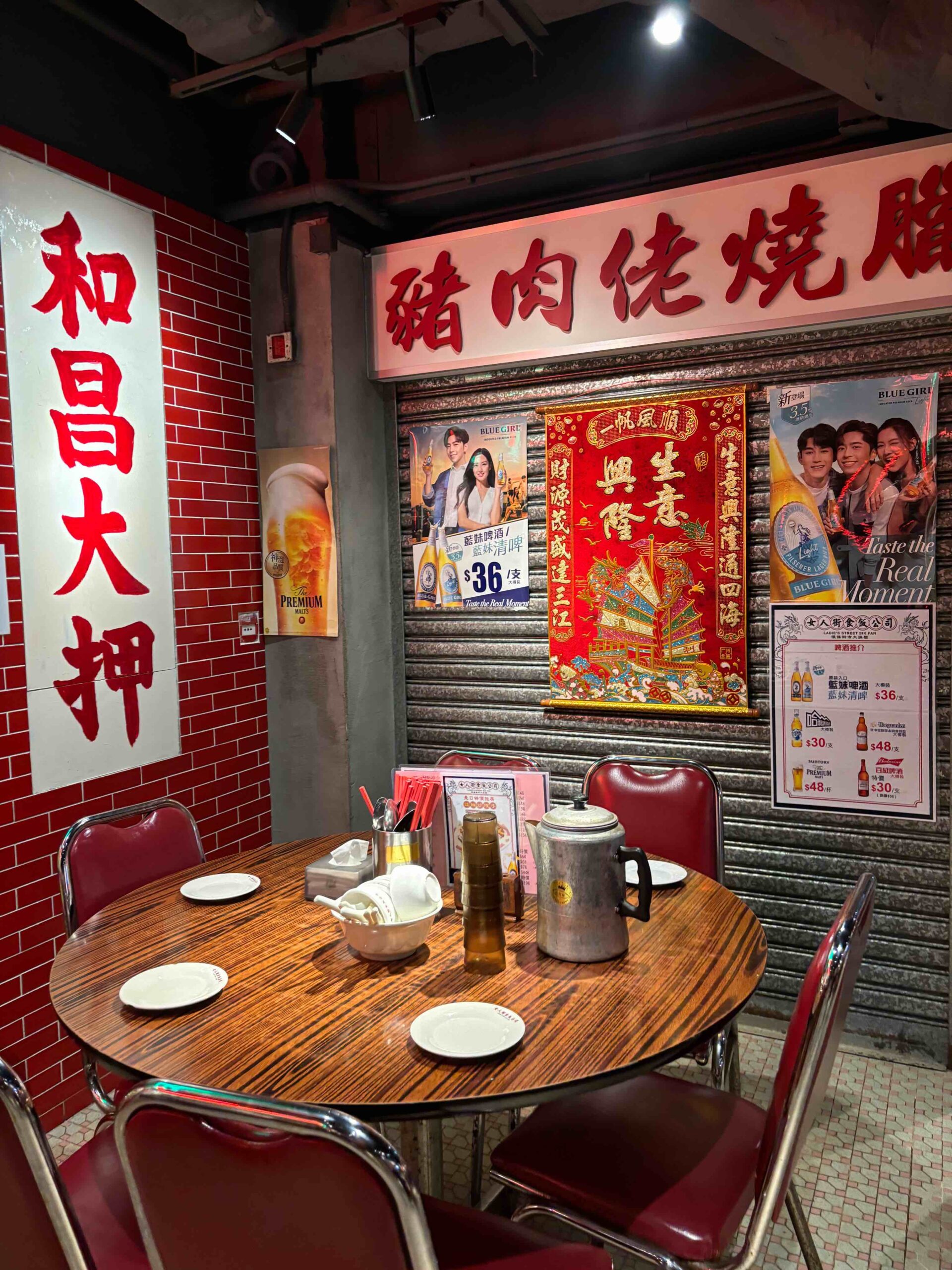
Top to bottom, left to right: Signature Poached Free Range Chicken with Conpoy, Deep Fried Shrimp Toast with Black Truffle, Steamed Japanese Giant Fan Scallops with Vermicelli and Garlic; Fried Fish Cake, Sweet and Sour Pork with Pineapples, Chinese Kale with XO Sauce and Shrimp Paste in Claypot
Ladies’ Street Sik Faan Co., Ltd. is located in Shop B, 1/F, Witty Commercial Building, 1A-1L Tung Choi St, Mong Kok, Hong Kong.
Billow
While indulging in tranquil views of the lake, it was easy to enjoy Billow’s modern fusion menu that features fresh treasures from the land and sea, with seasonal ingredients from around the world.
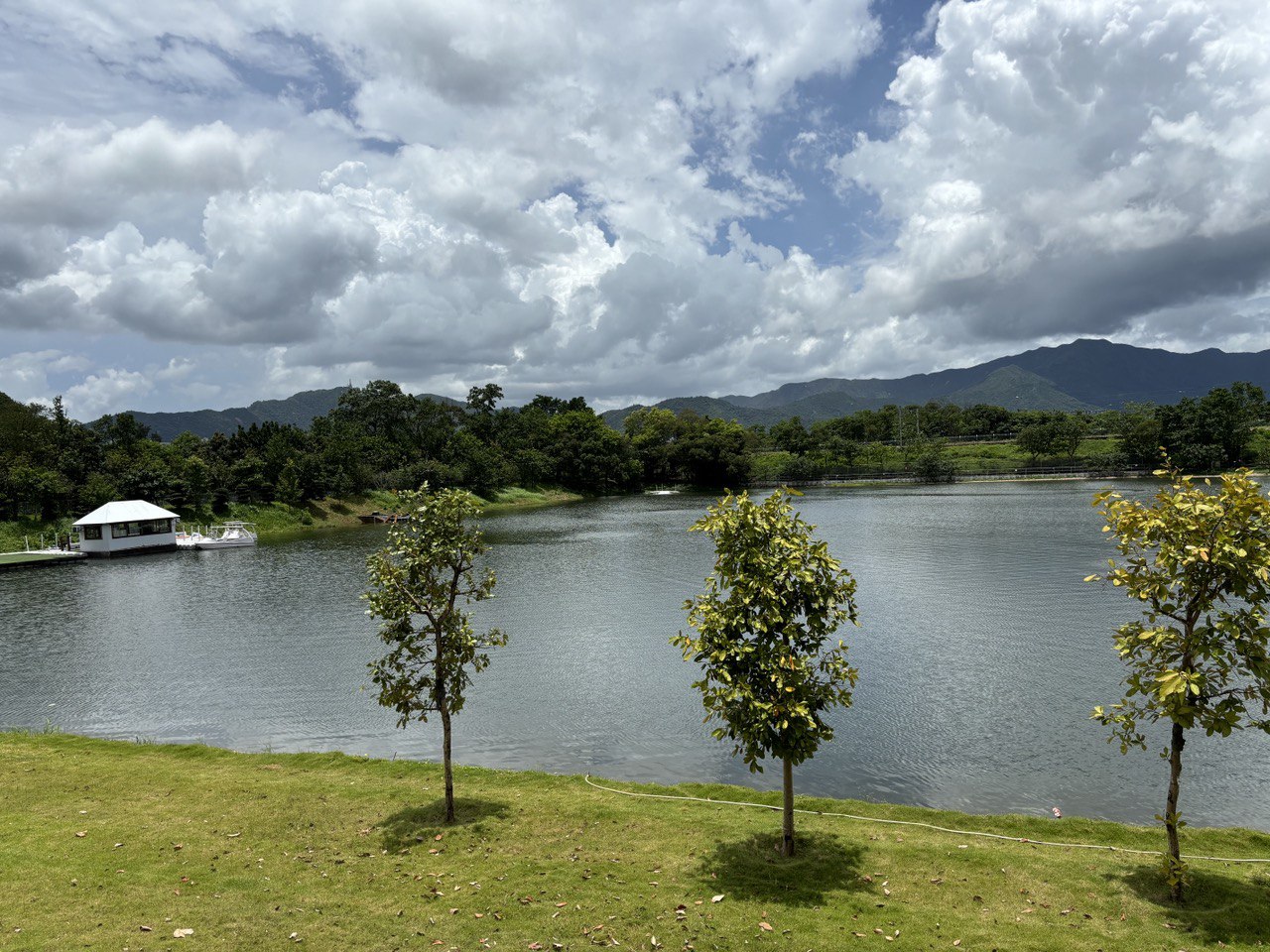
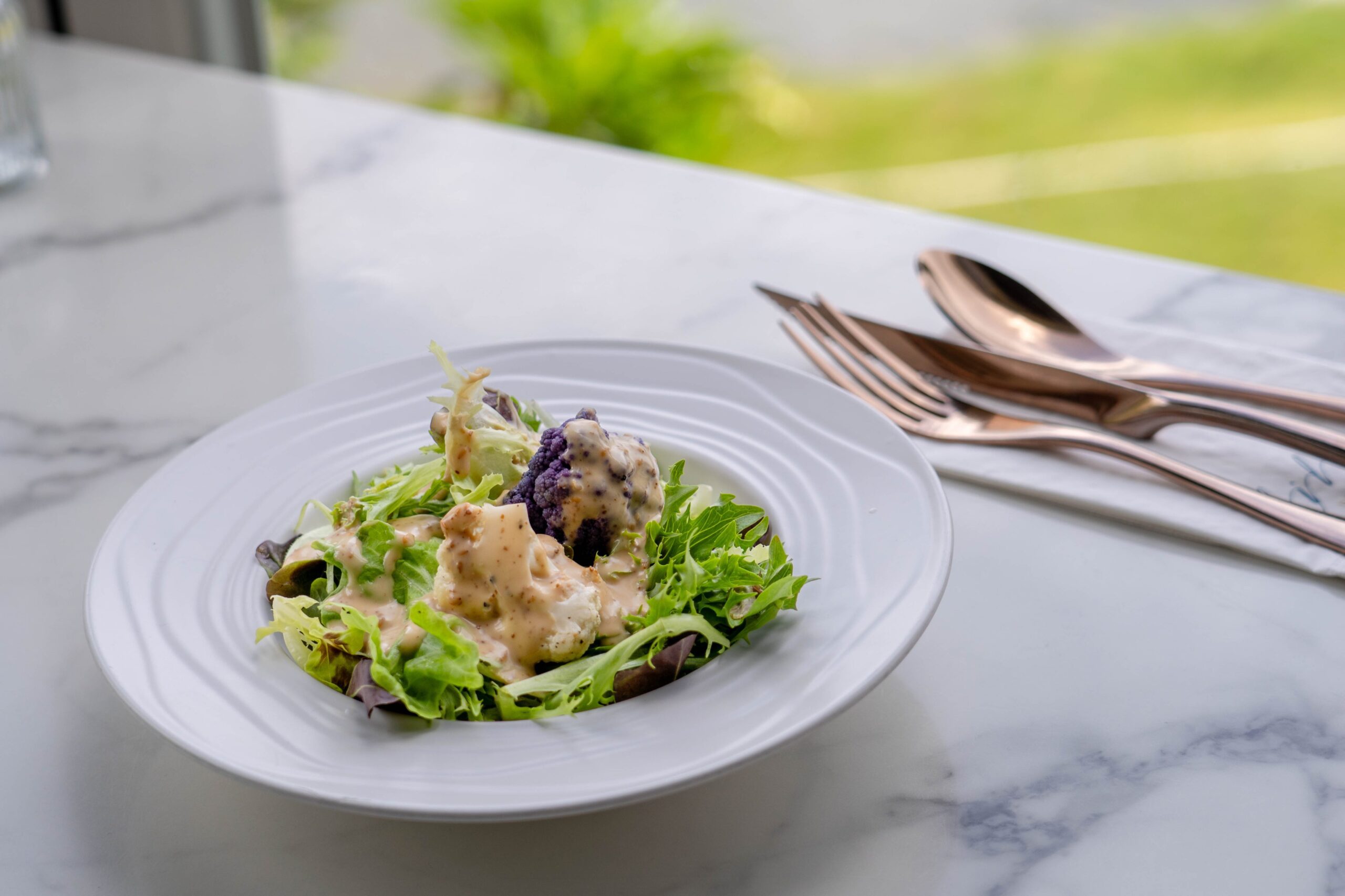
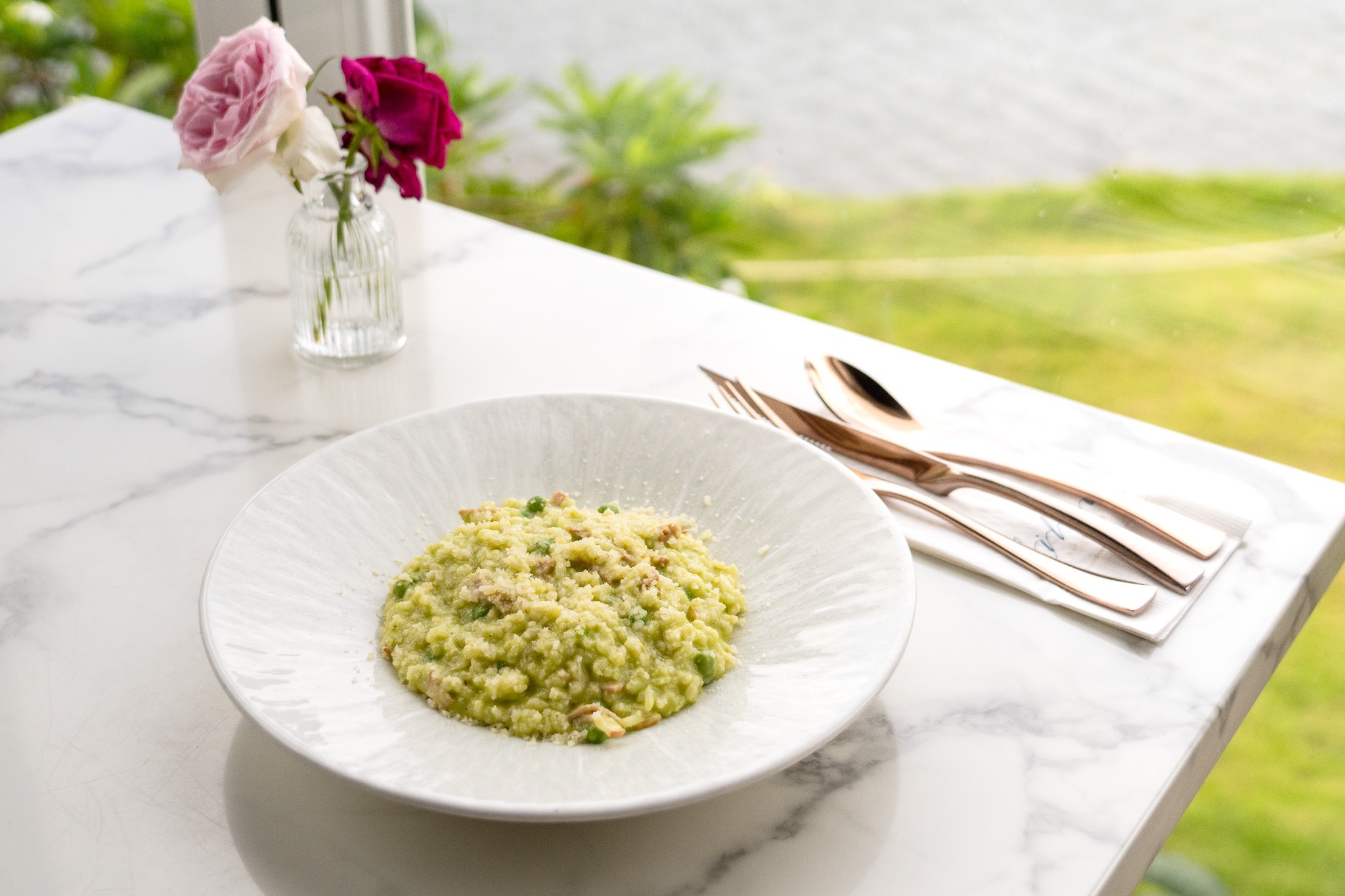
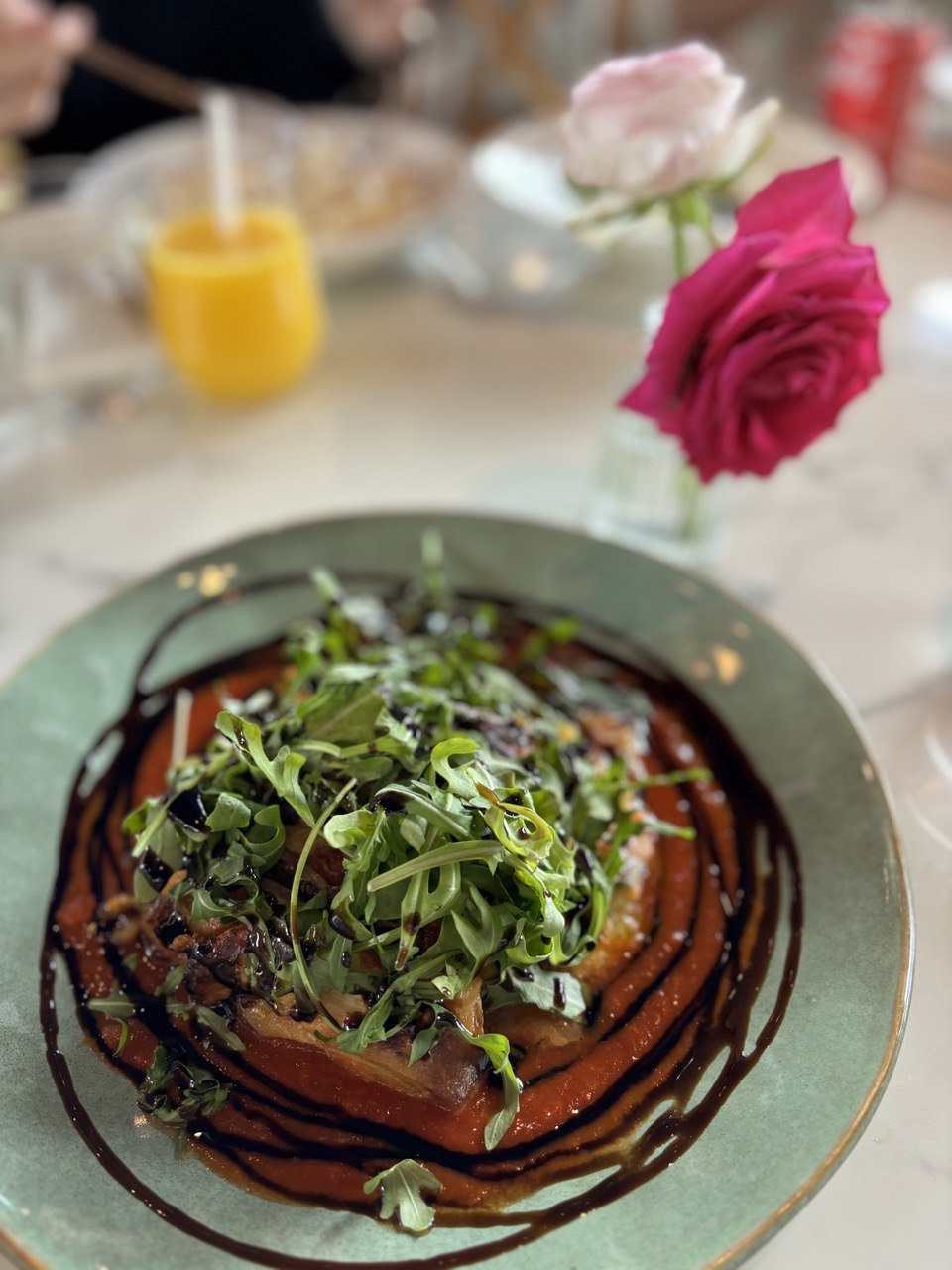
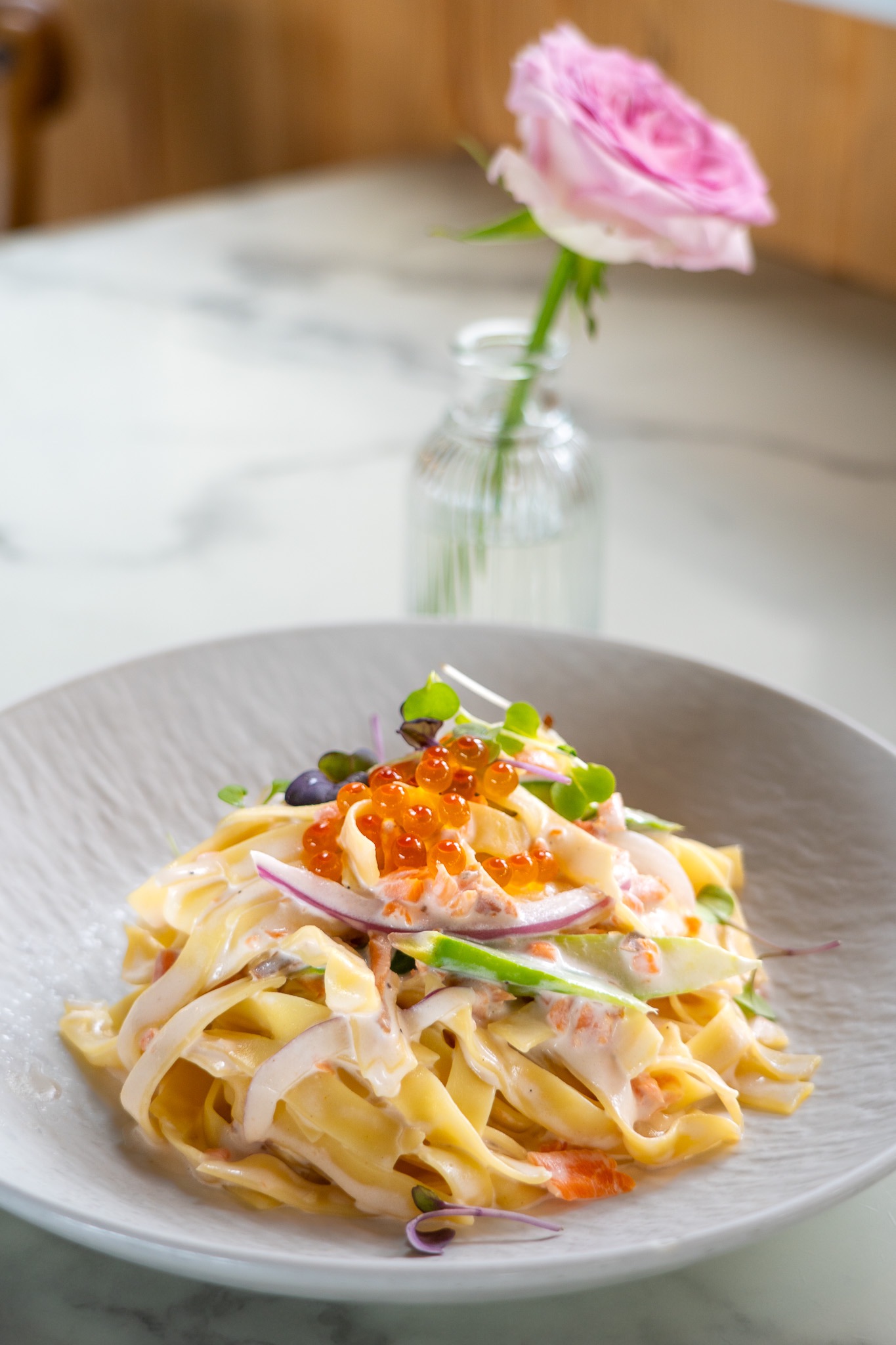

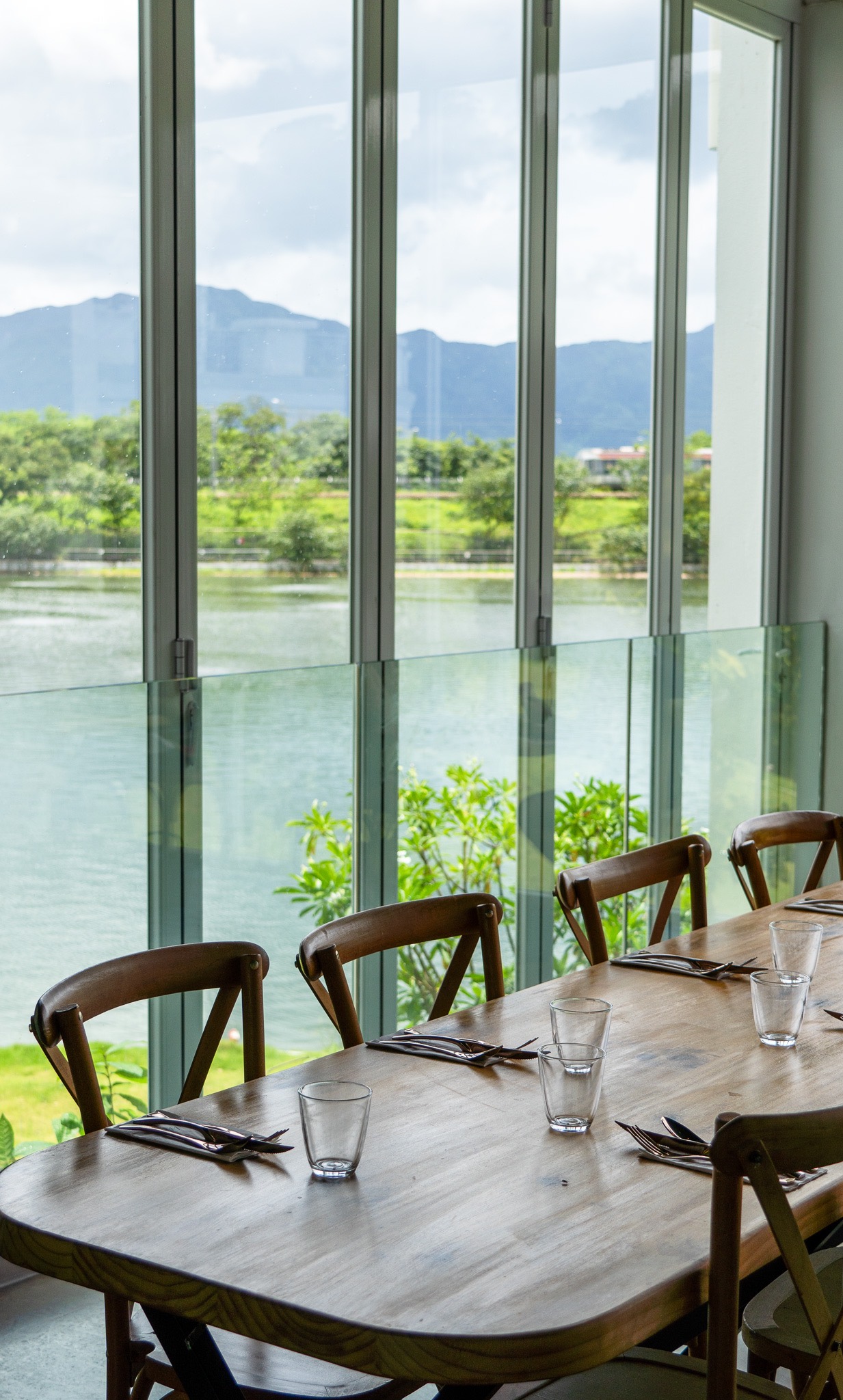
Top to bottom, left to right: Garden Salad and Green Pea and Bacon Risotto with Mint; Baked Vegetables Ratatouille with Tomato Sauce & Mozzarella and Fettuccine with Smoked Salmon, Asparagus, & Cream Sauce
Visit the website for inquiries or click here for reservations. You can find Billow in 2 Hung Lam Drive, Hong Kong, Tai Po Kau, Hong Kong. Have a look at Billow’s menu here.
Taiyuan Street Restaurant
After a full day that began with visiting the serene Tsz Shan Monastery Buddhist Art Museum followed by exploring Sha Tau Kok and Lai Chi Wo, our appetites were ready for Taiyuan Street Restaurant in Fo Tan. The restaurant has been serving their clients for over 30 years and offers an authentic dai pai dong experience.

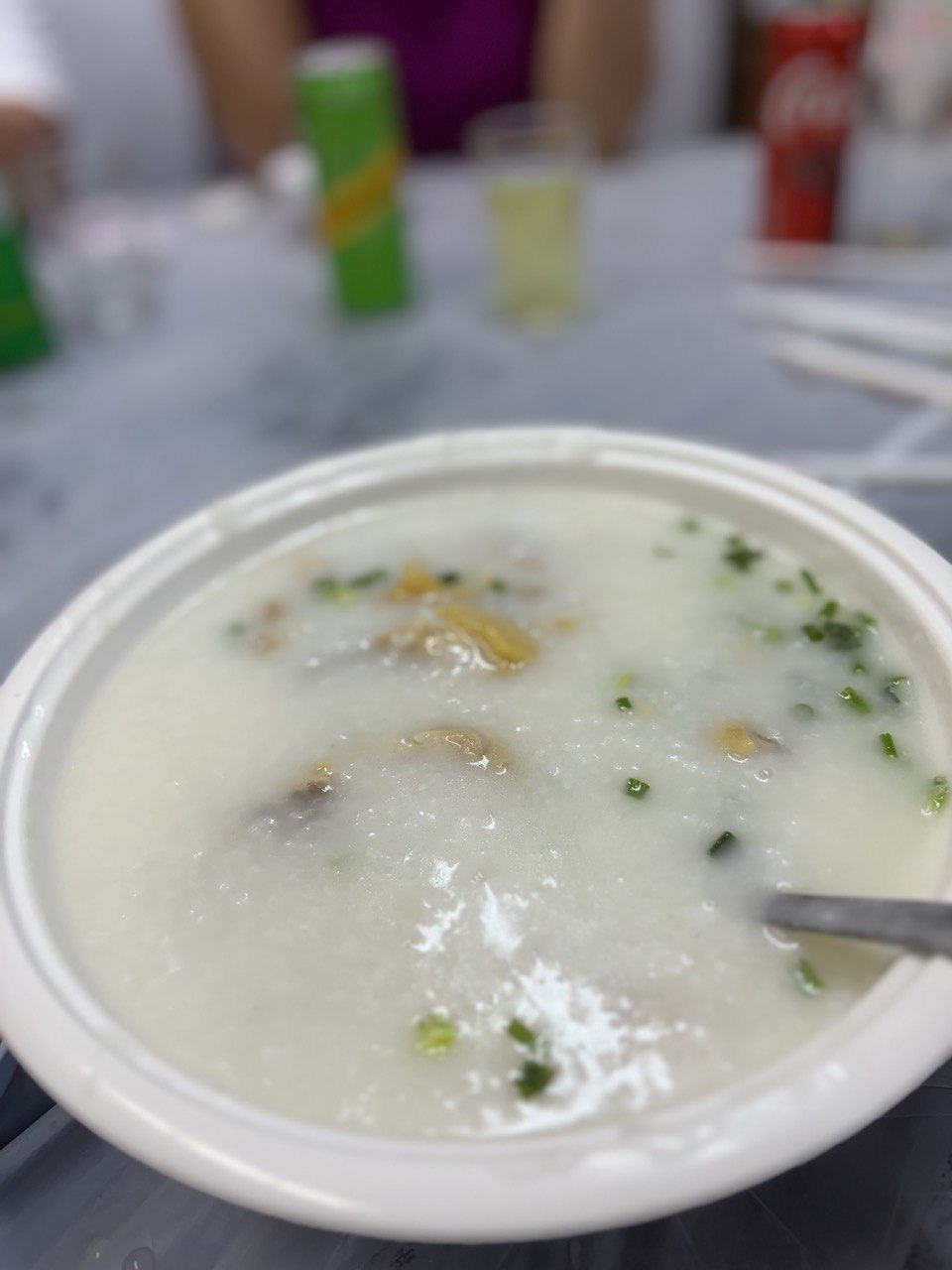
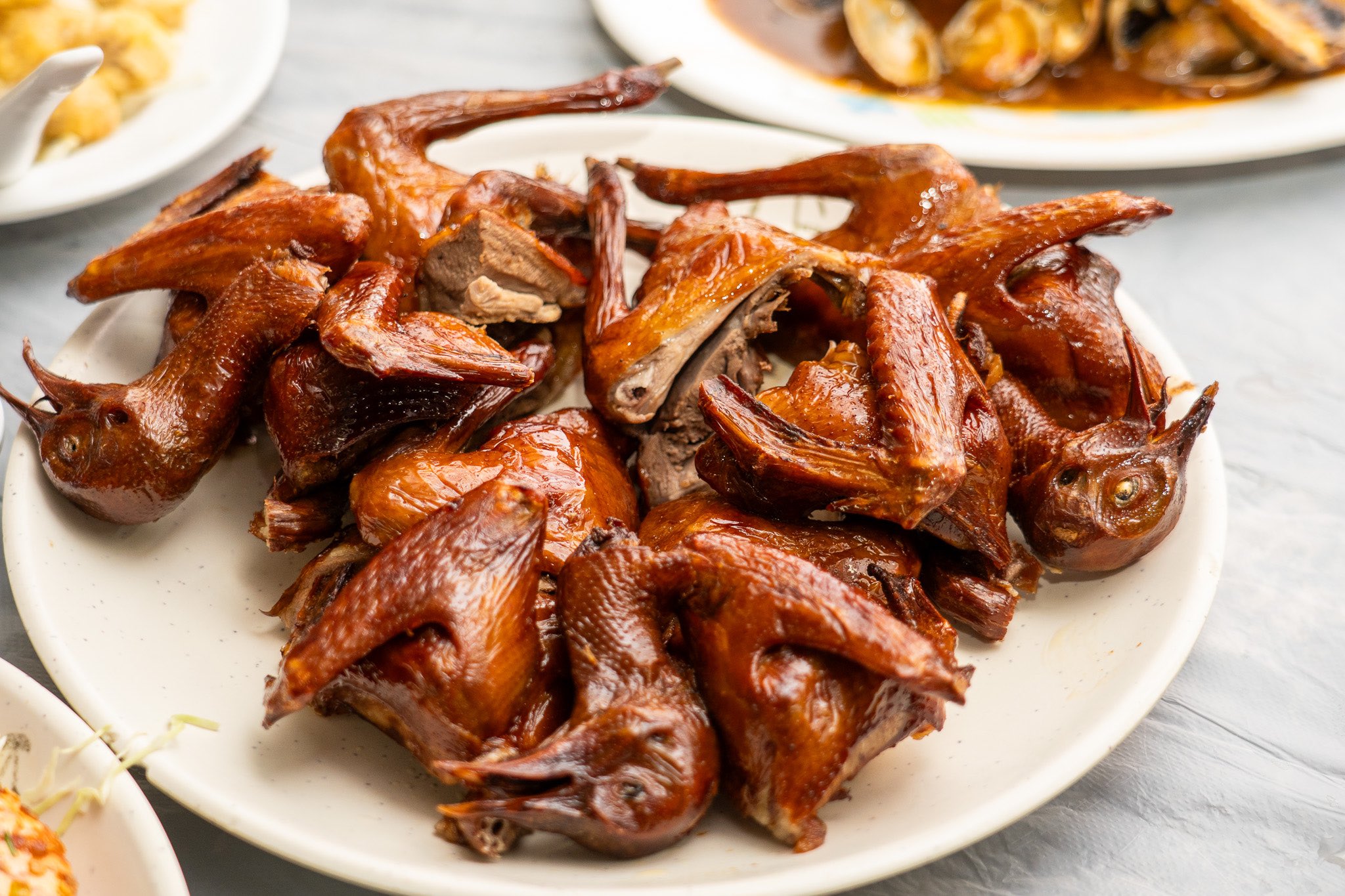
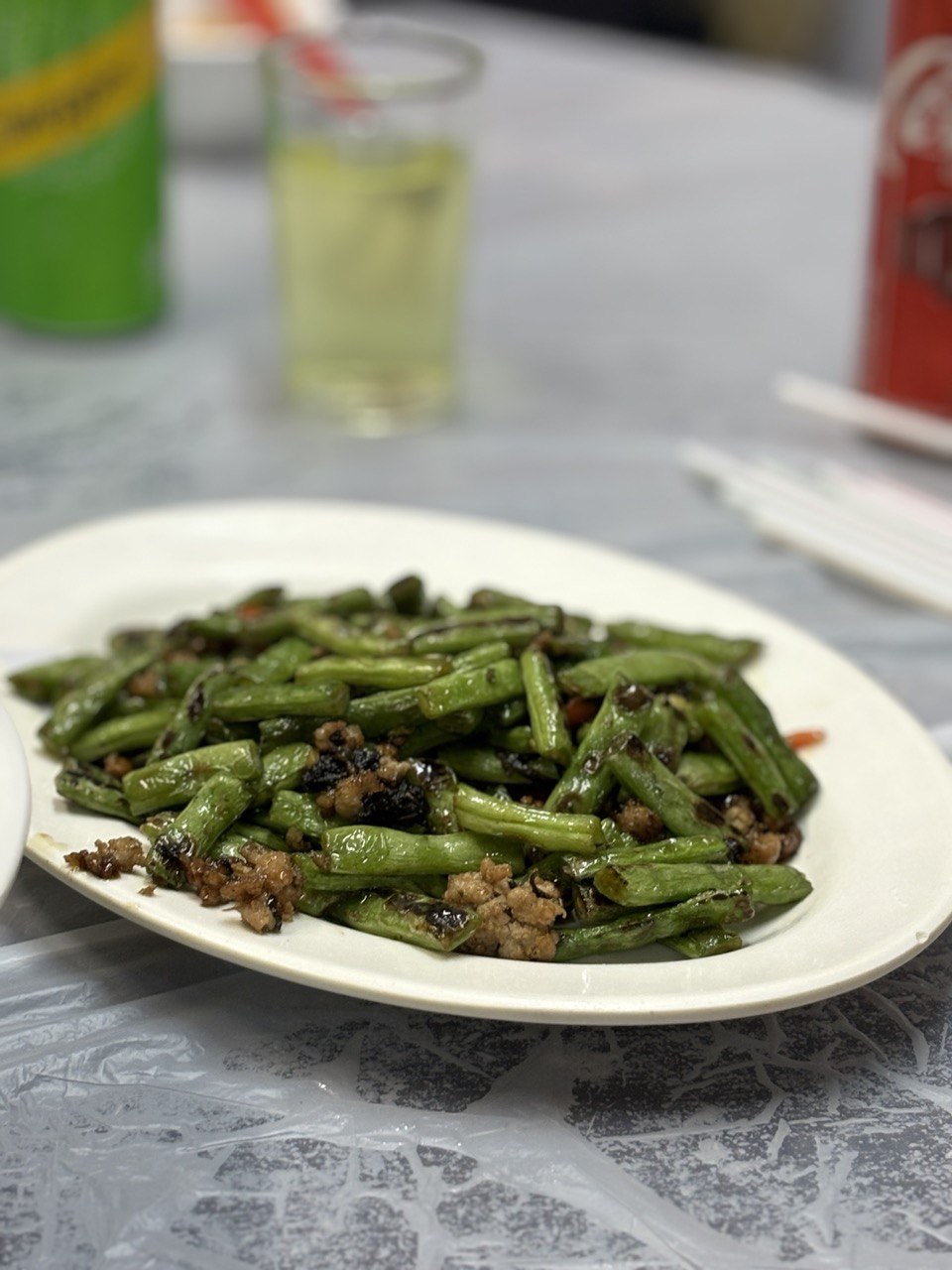
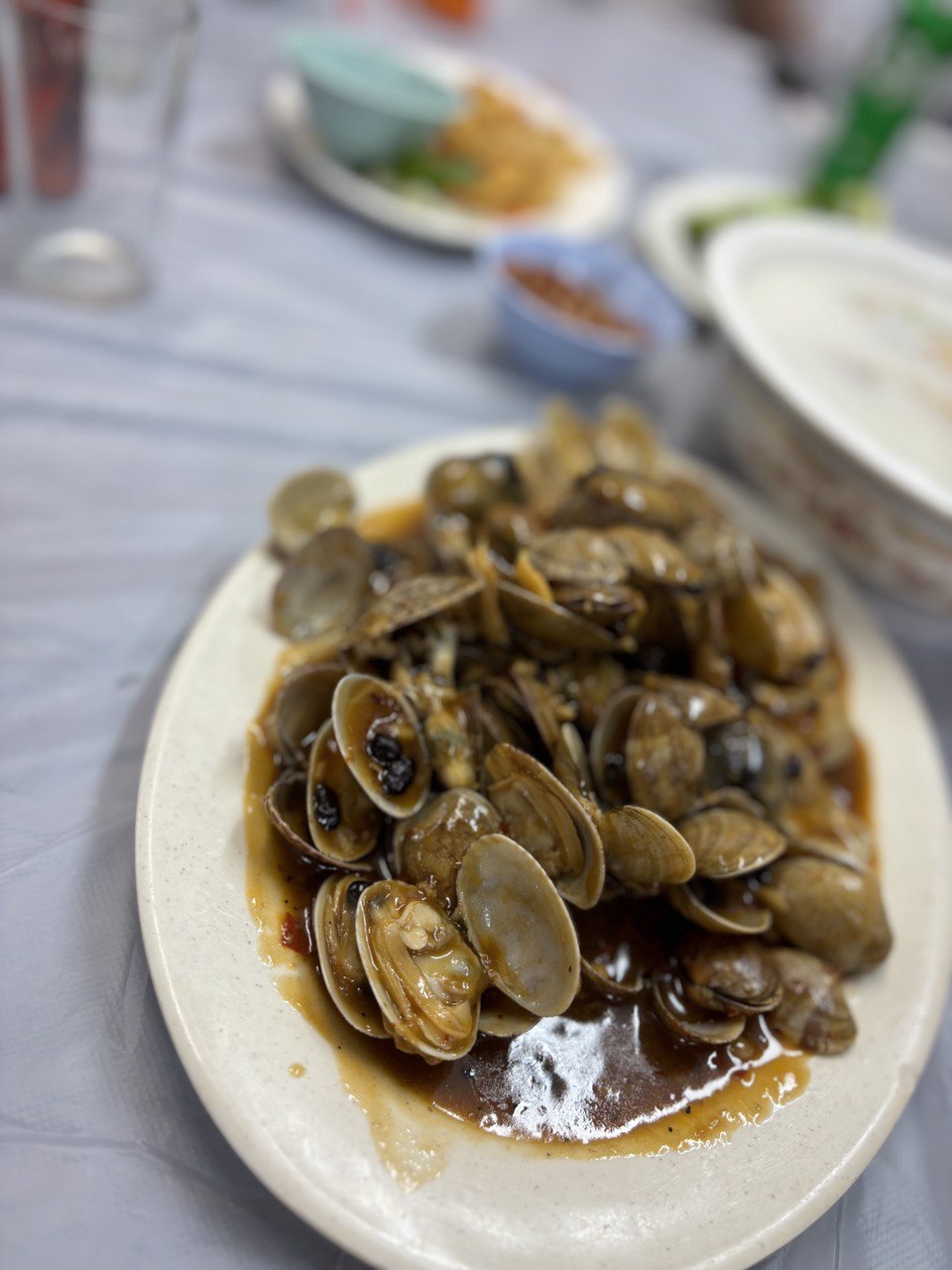


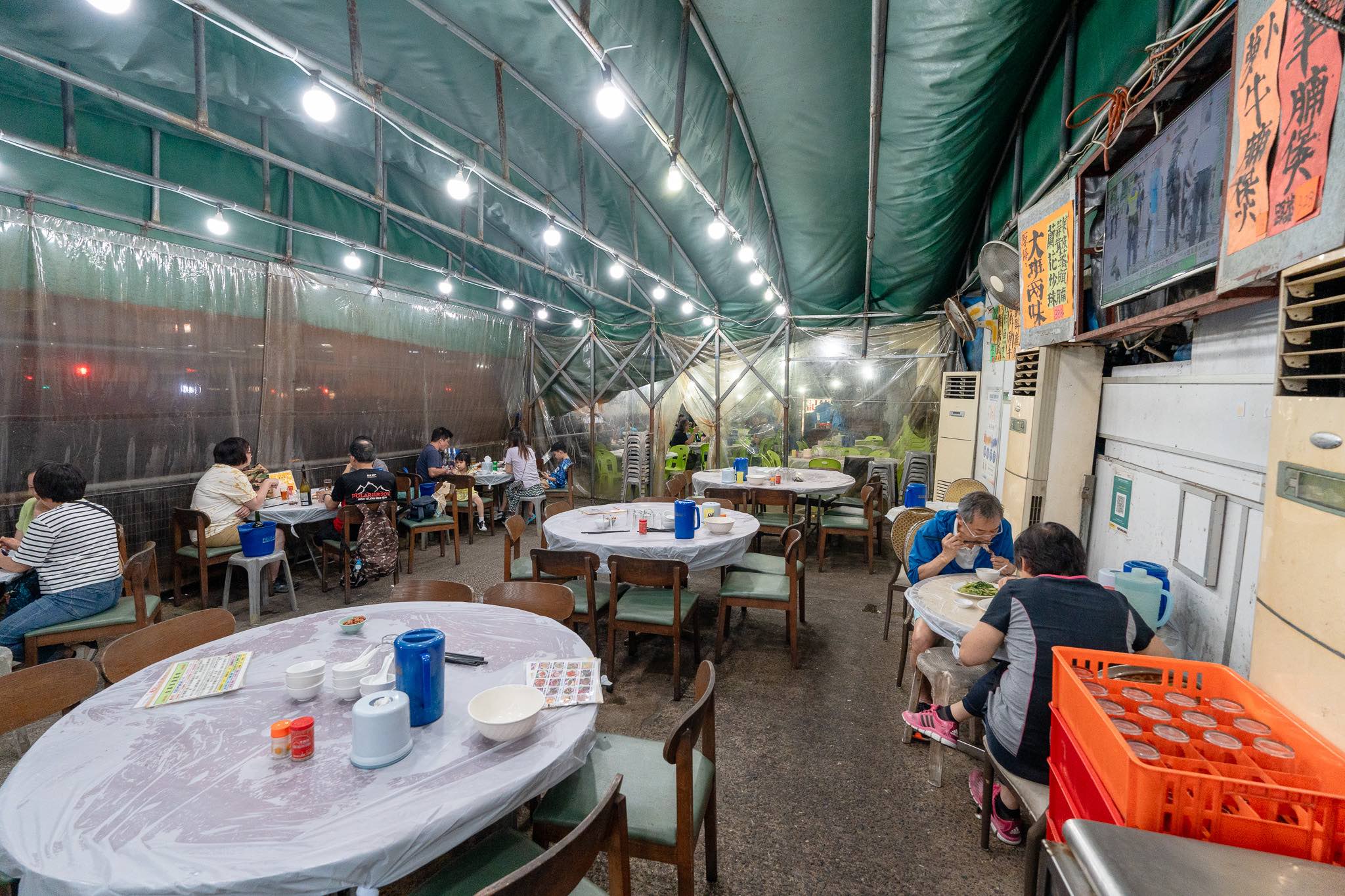
Top to bottom, left to right: Chicken Congee, Roasted Pigeon, Sauteed Green Beans; Fried Clams with Black Bean Sauce, Salt and Pepper Squid, Salted Egg Yolk Cuttlefish Mouth
Taiyuan Street Restaurant is located in Fo Tan Cooked Food Market (East), Shan Mei Street, Fo Tan.
So Bor Kee Restaurant
So Bor Kee is a well-known seafood restaurant at Cheung Chau, facing the island’s famed waterfront filled with numerous fishing boats, moored side by side. Expect a gastronomic adventure featuring a mix of Cantonese and Hunan cuisine.
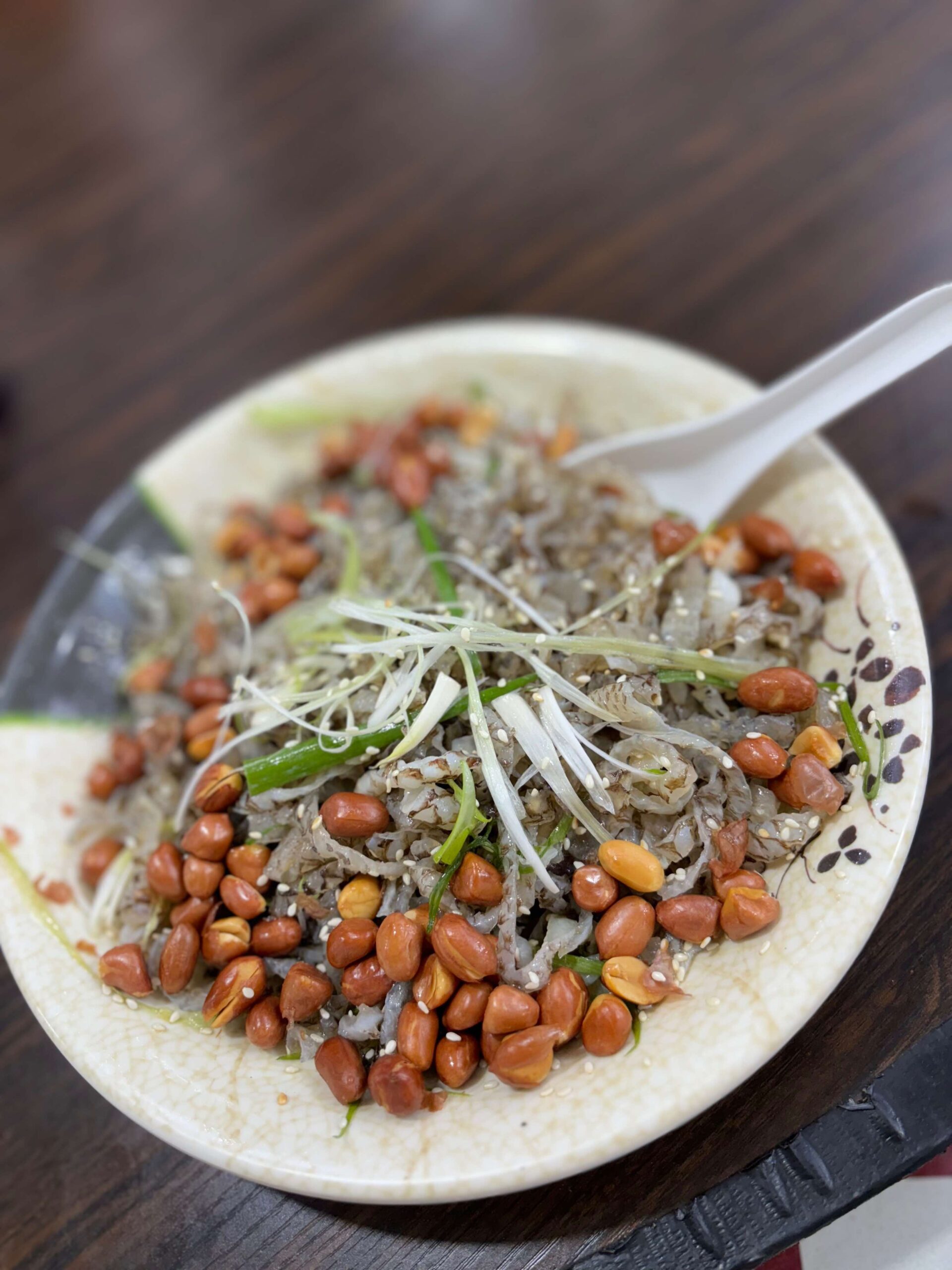
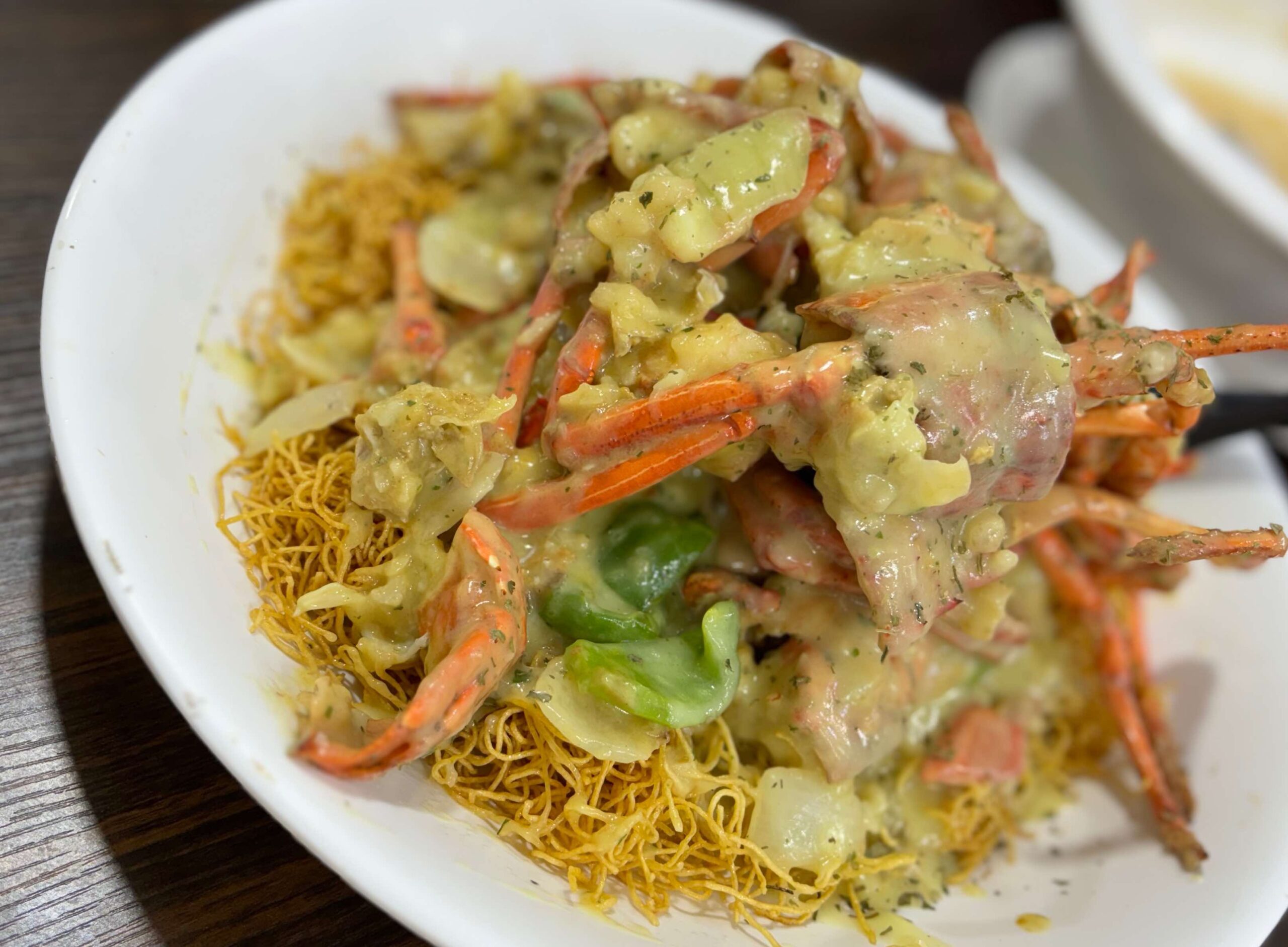
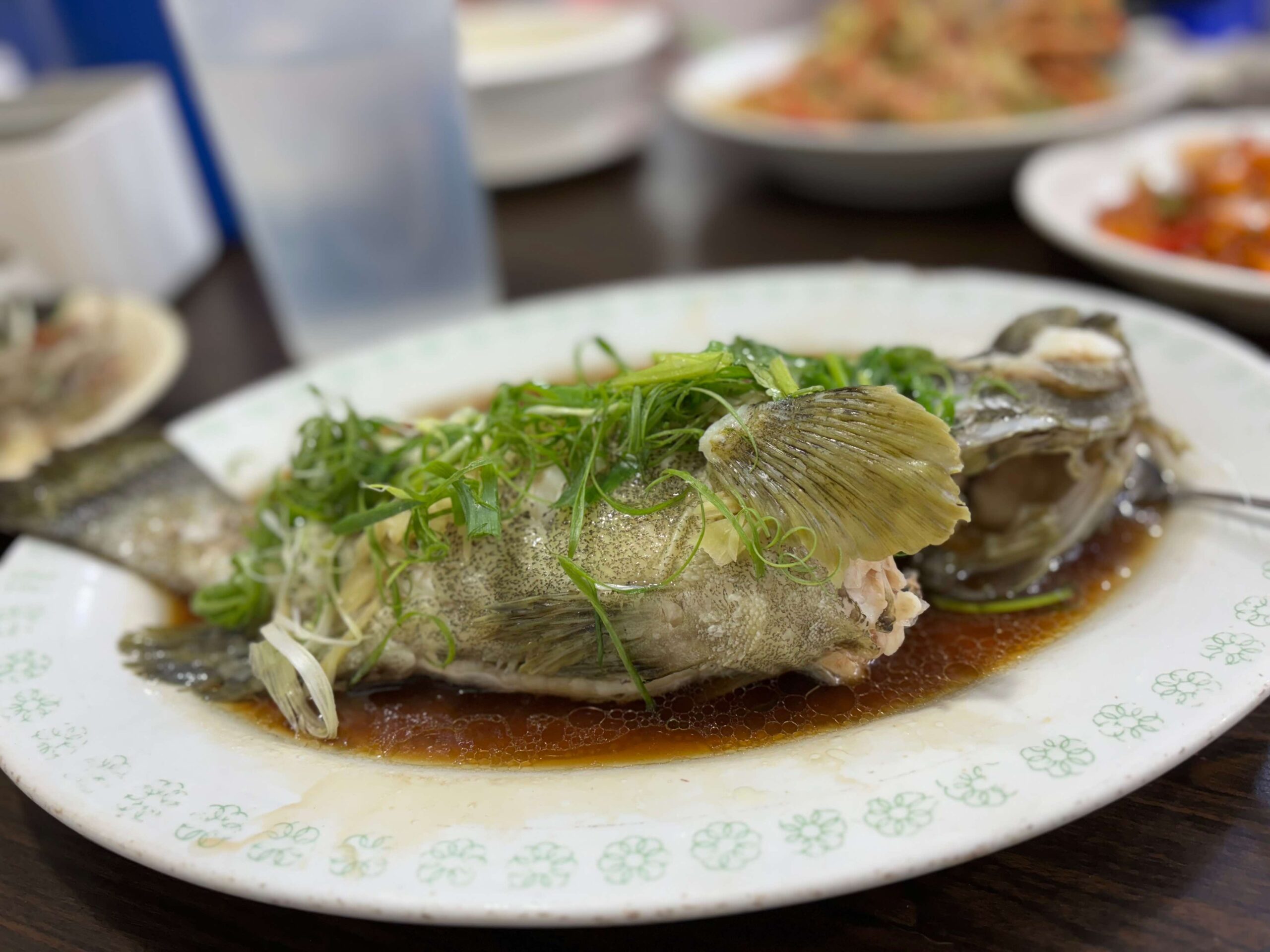

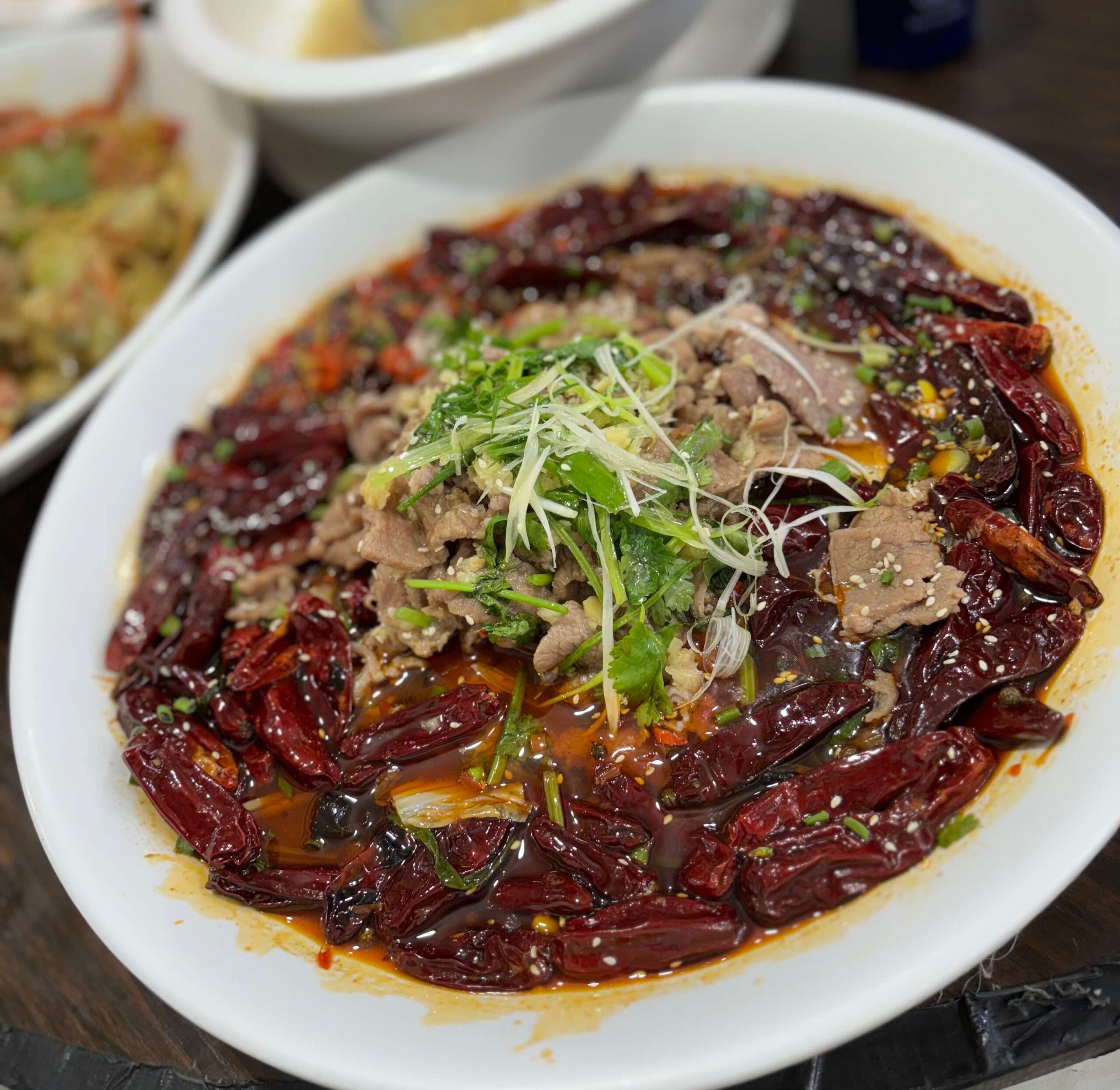
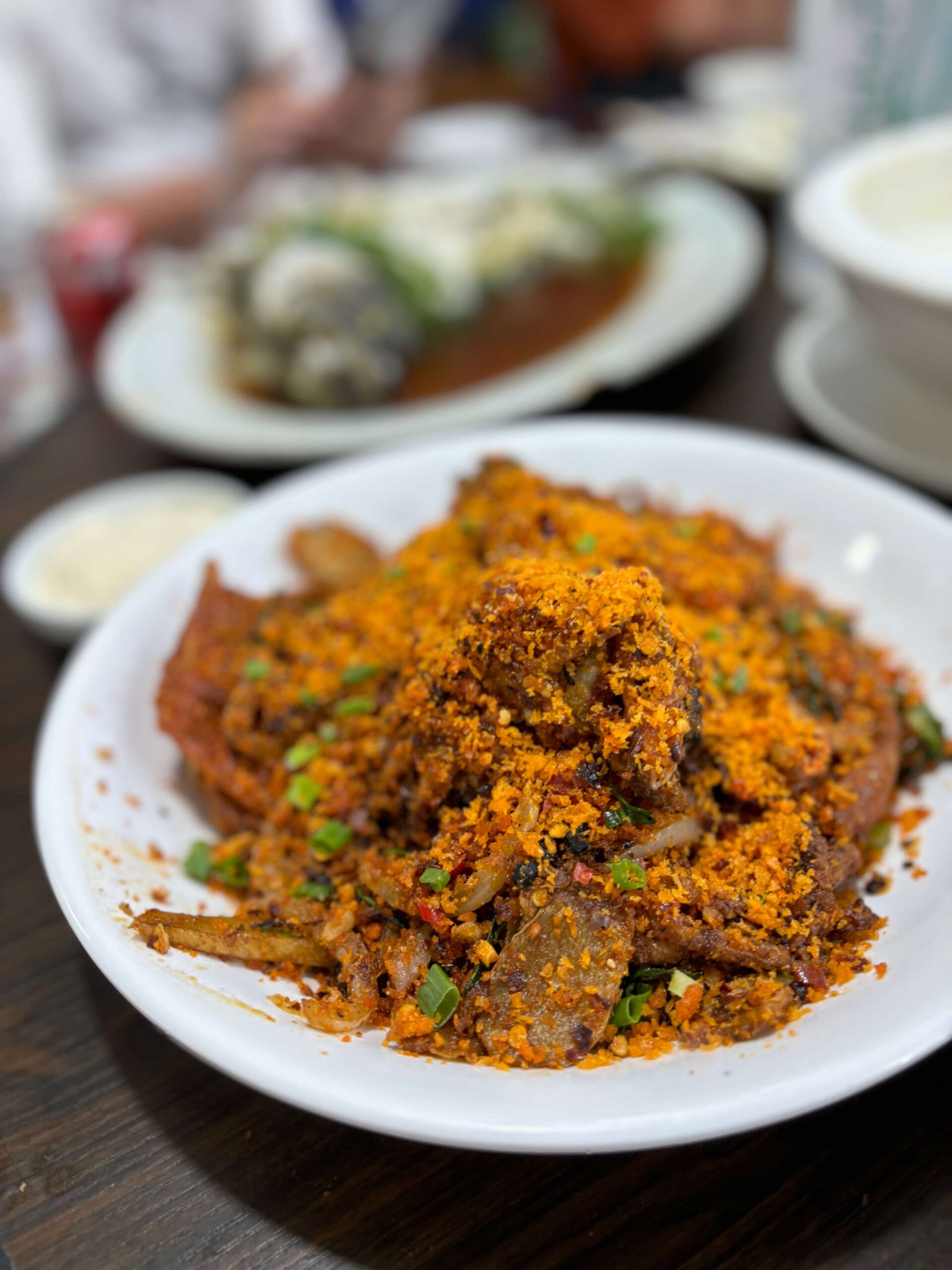

Top to bottom, left to right: Fish Skin; Cheese Lobster with Noodles, Steamed Fish, Pineapple Sweet and Sour Pork; Sichuan Boiled Beef, Fried Mantle Shrimp with Chili and Salt, Bok Choy
So Bor Kee is located at G/F, 11C Pak She Praya Road, Cheung Chau Island.
Tai Ping Koon Restaurant
Blessed with a long and rich history, Tai Ping Koon (TPK) Restaurant was opened by Mr. Chui Lo Ko in 1860. Initially a chef for a Western trading company in Guangzhou, China, who specialized in Western dishes, Mr. Chui left the company and his job as a chef and pursued a career as a hawker. His fusion of Chinese and Western dishes were born and in 1860, he opened his own restaurant in Tai Ping Sha, Guangzhou.
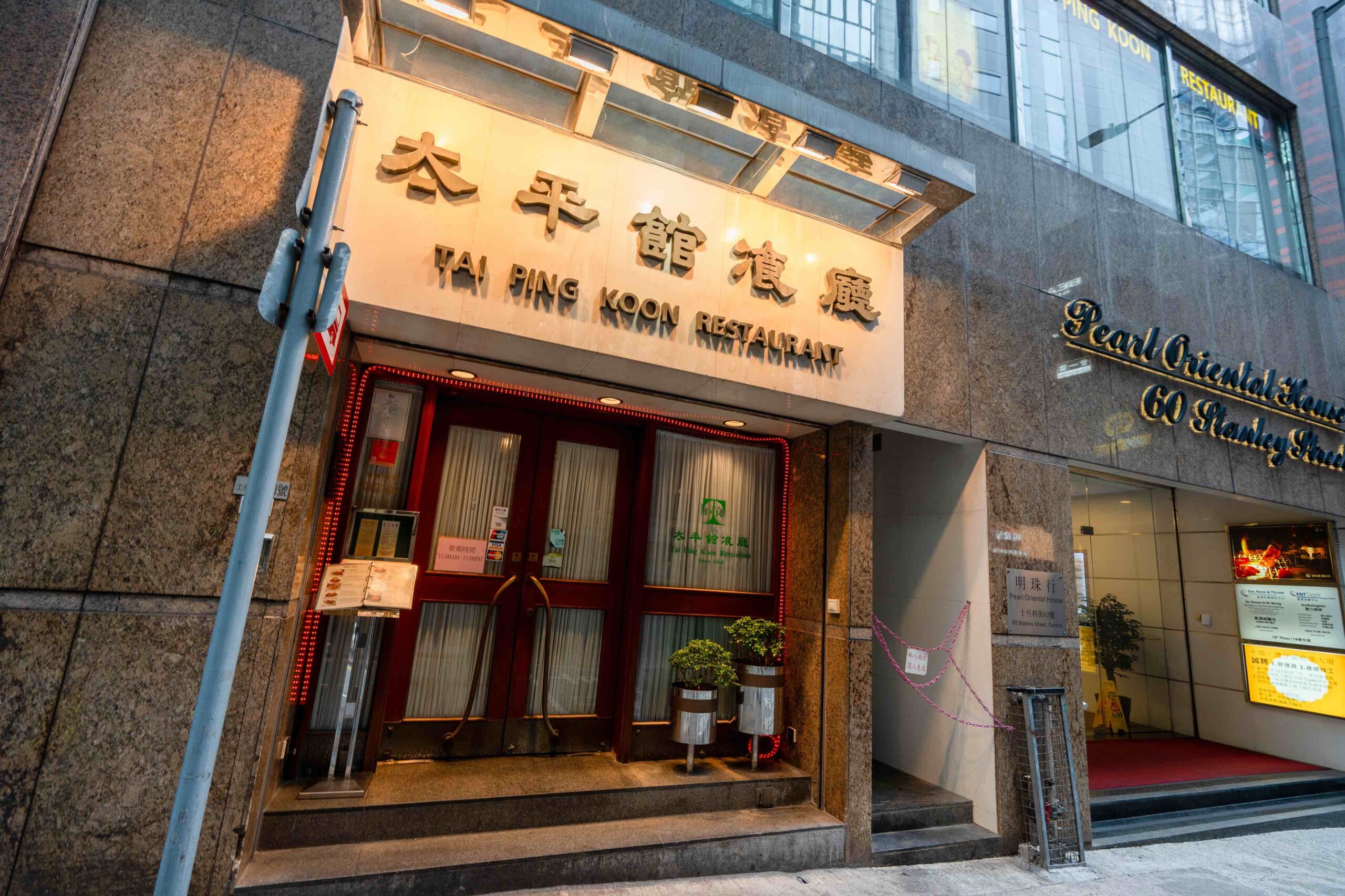
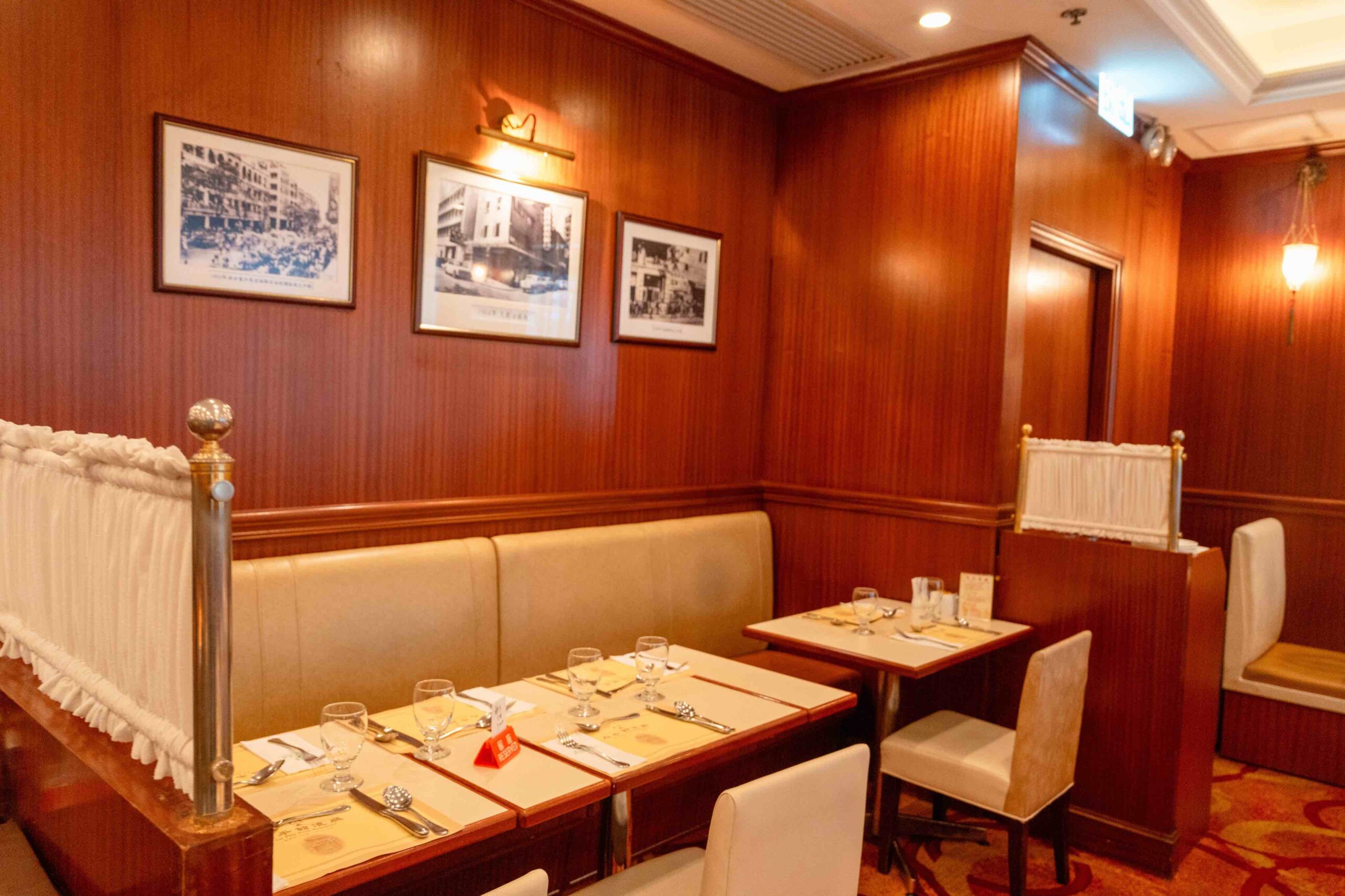

He named the restaurant after the location and it became the first restaurant to specialize in Western cuisine in Guangzhou. Today, TPK holds an important status in the culture of Hong Kong’s gastronomy and up to this day, the Chui Family still operates the restaurant.
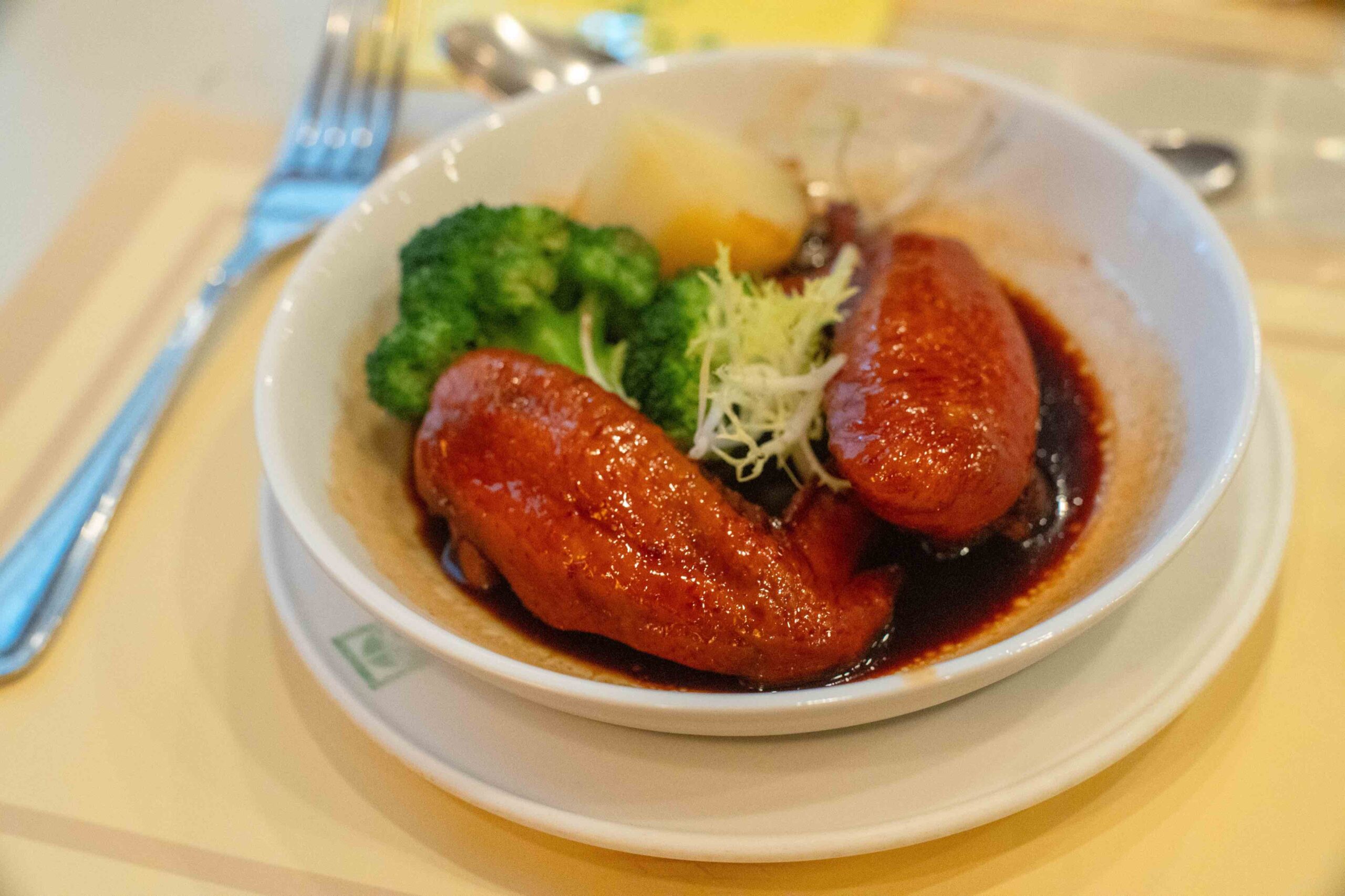
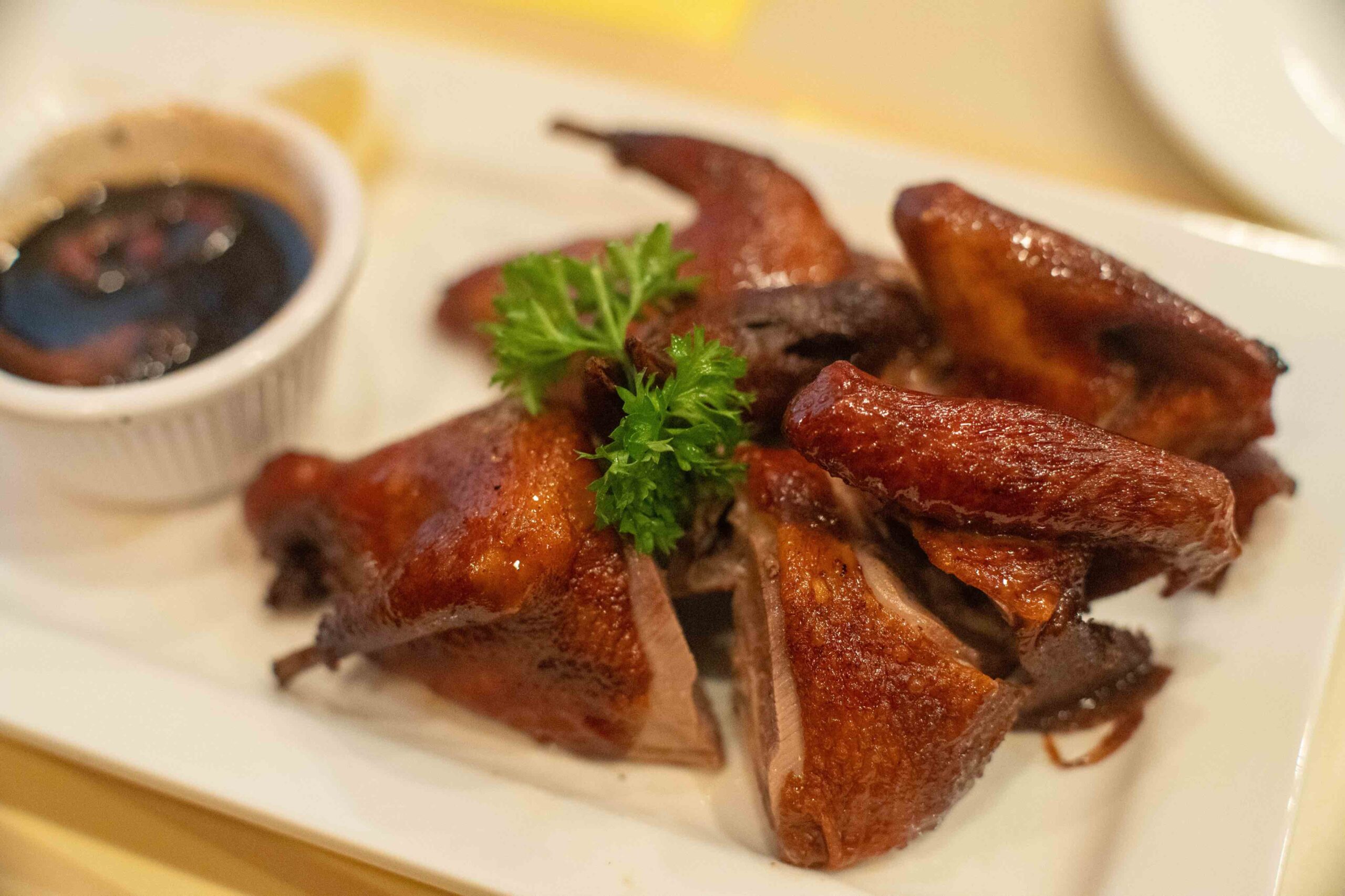

Top to bottom, left to right: Chicken Wings in Swiss Sauce, Whole Roasted Pigeon, and Baked Soufflé
There are four locations in Hong Kong today: Central Shop in 60 Stanley Street, Central; Causeway Bay Shop in 6 Pak Sha Road, Causeway Bay; Tsim Sha Tsui Shop in 40 Granville Road; and Yau Ma Tei Shop in 19-21 Mau Lam Street.
Visit the website for more information or click here for complete addresses and contact information.
001 Bar
It all started in 2010, when the bar inspired by New York City’s speakeasy culture, was established in the heart of Central, Hong Kong. Its name refers to the bar as the pioneer speakeasy bar in Hong Kong.
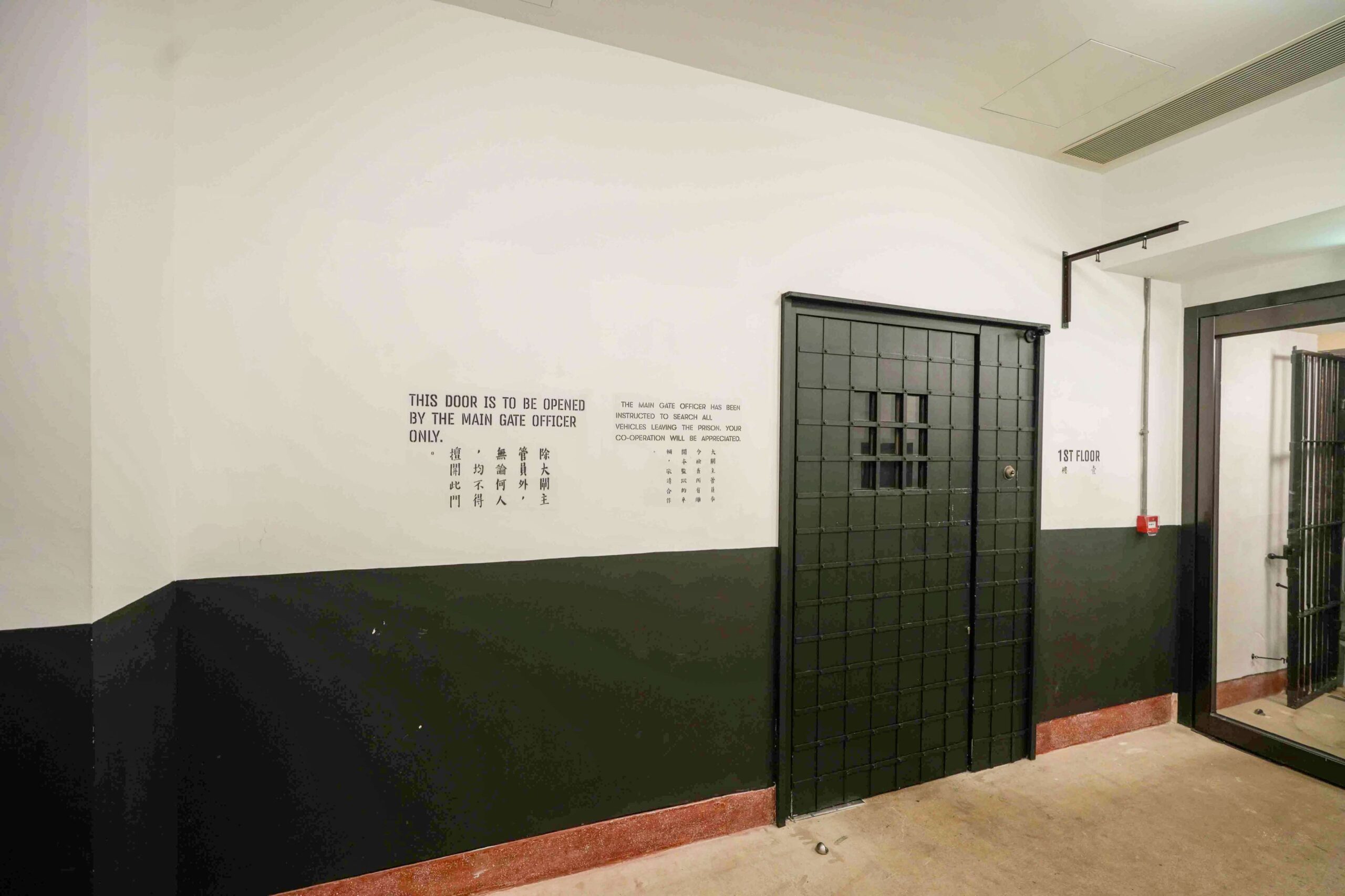
Following its temporary closure in 2022 due to lease expiration, 001 Bar has reopened within the historic precinct of Tai Kwun.
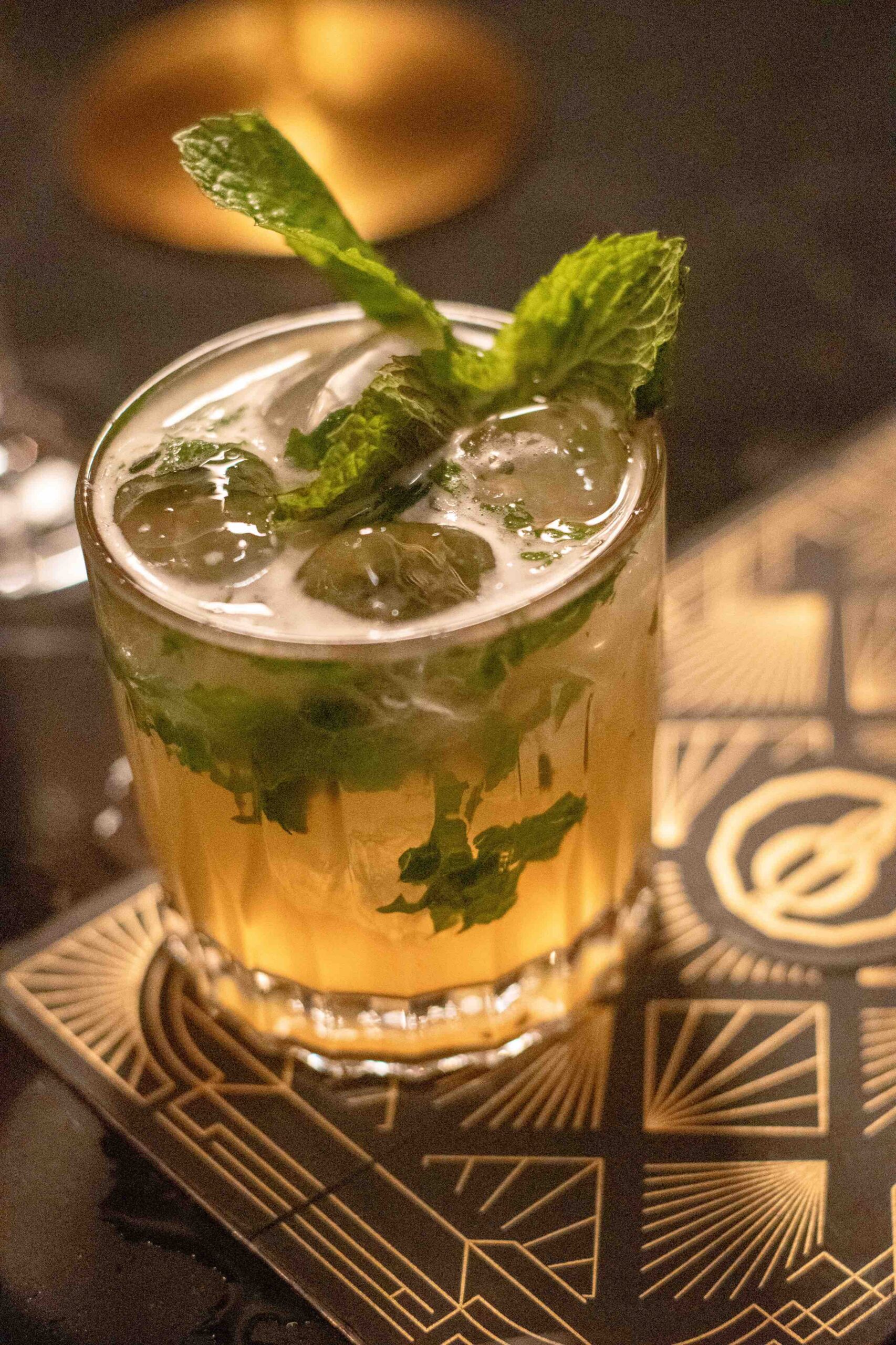
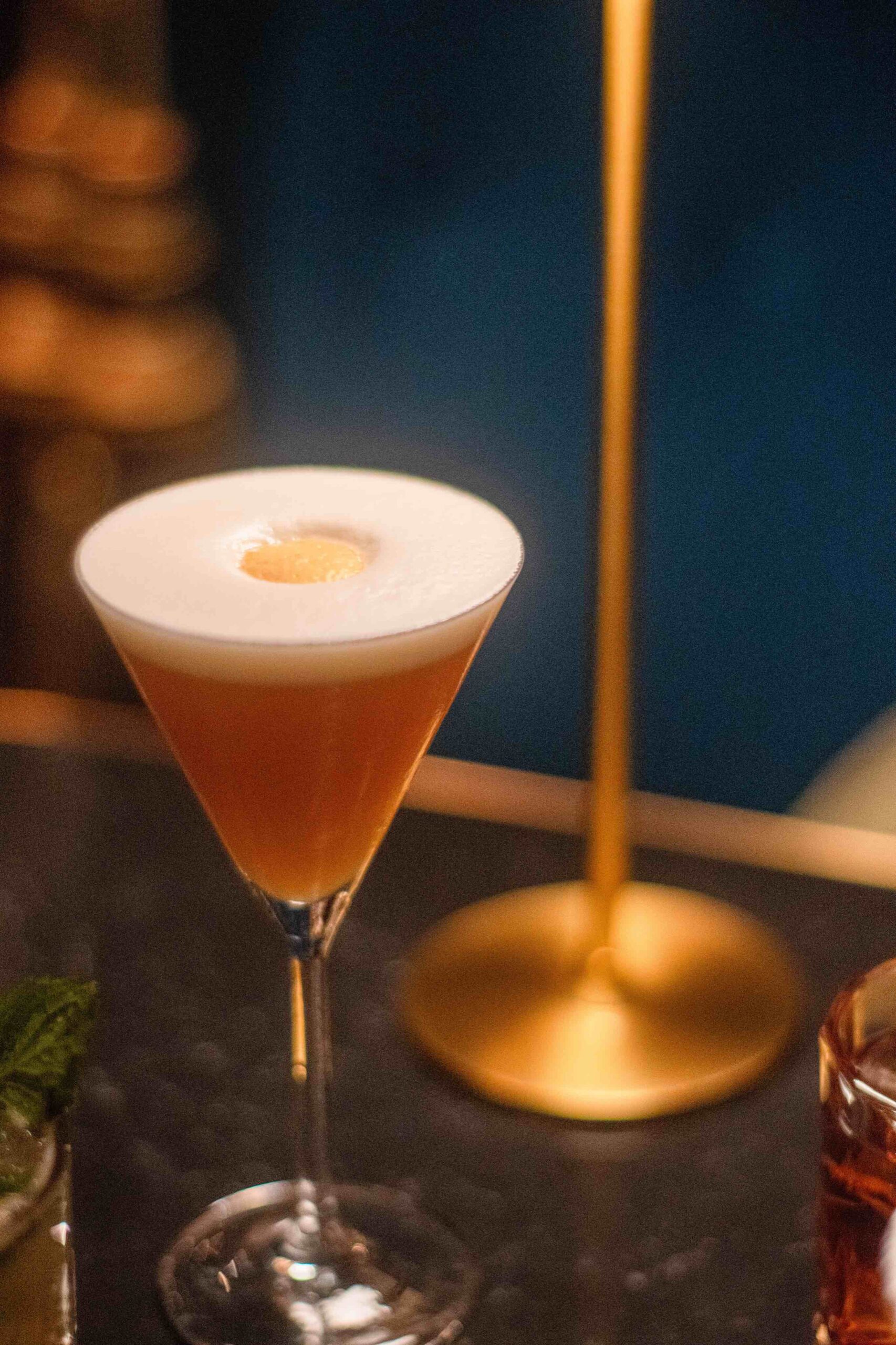

Left to right: Old Kentucky, Earl Grey Marteani, Pinacillin
Its new location within the former police station in Central has successfully preserved the bar’s discreet charm.
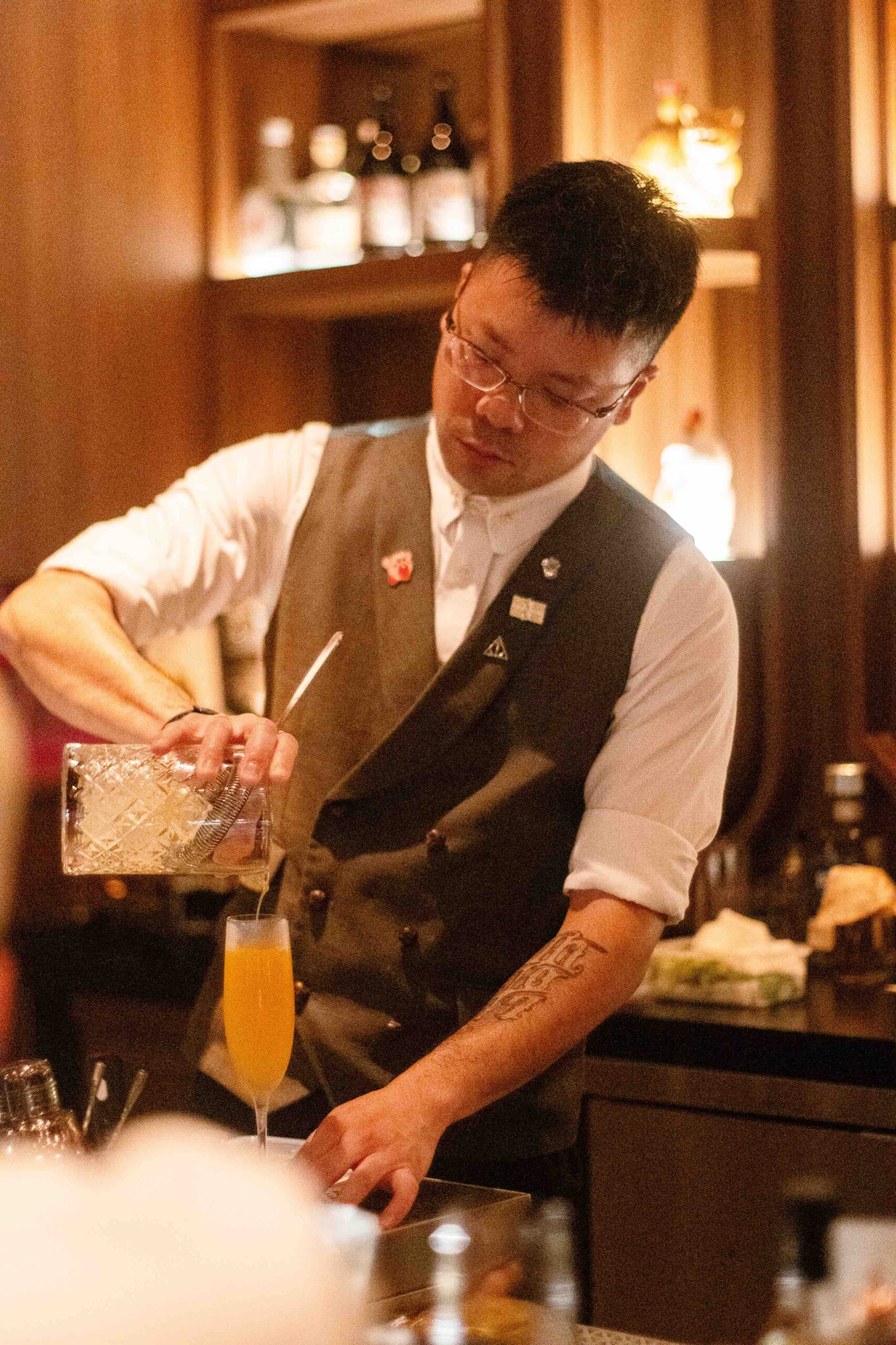
For more information, please visit the website at001.xxx, email Jameson Ang, the managing partner through [email protected] or call +852 67636679.





